Photo report “Pantanal. On the trail of the jaguar”.
The Pantanal is the largest wilderness wetland in the heart of the South American continent. Its area exceeds 190 thousand square meters. kilometers, which is comparable to the area of such a European country as Portugal.
It has one of the most diverse ecosystems in the world. Moreover, the natural conditions of this region are very contrasting.
Floods in the wet summer season, when the Pantanal turns into a huge flowering swamp with many lakes, alternate with winter droughts, while the air temperature under the scorching sun reaches fifty degrees and turns these endless swampy places into savannah with rare reservoirs.
Now in mid-September and the height of the dry season, this is the best time to explore the unique wildlife of the Pantanal. We have to overcome more than a thousand kilometers through the wildest places of the Southern Pantanal, where there are practically no roads. And in the North, in the valley of the Cuiaba River, we hope to meet with the indisputable ruler of these places, the elusive jaguar.We have to overcome more than a thousand kilometers through the wildest places of the Southern Pantanal, where there are practically no roads. And in the North, in the valley of the Cuiaba River, we hope to meet with the indisputable ruler of these places, the elusive jaguar.
So, we begin our expedition “On the trail of the jaguar”.
Today we have to spend the whole day on the road and overcome more than three hundred kilometers off-road deep into the South Pantanal.
By the end of the day, we finally got to the place of our first overnight stay.
Morning came and there was no trace of yesterday’s heat. With the loud roar of male howler monkeys, we wake up to meet the dawn.
Not far away, on the branches of a tree, Big Toucans settled down. Their bright orange beak with a black spot at the end is striking in its enormous size – as much as twenty centimeters, with a body length of 55 – 60 centimeters. They bask in the rays of the rising sun, watching our camp from above.
And nearby, in the shady foliage of palm thickets, hides the largest parrot – the hyacinth macaw. The length of an adult male can reach one meter, and the wingspan is eighty centimeters. These graceful birds prefer to nest in the hollows of tall trees, often widening and deepening them with their powerful beak.
They live a long time – up to fifty years, while creating a couple once and for life.
And we go in search of howler monkeys. These are the largest primates of the New World. Focusing on the roar of the males, we go deeper and deeper into the thickets of the tropical forest.
And finally we noticed, resting in the crown of a tree, a couple of howler monkeys. The male is larger and has black hair, and the female is yellowish-brown, while the face of the monkeys is devoid of hair, the only exception is the eyebrows.
Howler monkeys are territorial animals and make themselves known with a loud deep roar, which males emit to indicate to relatives where their family is located. Through such negotiations, primates keep away from each other and avoid battles for territory.
Having rested enough in the rays of the morning sun, the male goes to patrol his territory.
Howler monkeys live in groups, where there are up to four females per male, while the size of the group can reach up to twenty individuals. There is a constant competition for leadership between the males, so every few years a new alpha male appears in the group, who, upon ascending the throne, prefers to kill all not his cubs.
Howler monkeys feed on plant food, and often use their long tail as a fifth hand to reach young shoots. The diet is dominated by leaves, fruits, buds and flowers.
Females usually give birth to one calf every year and a half. At first, the baby is on the mother’s stomach, firmly grasping her fur with all its paws. After a few weeks, growing up, he climbs onto her back. Up to six months, the cub does not part with its mother and only by the year it begins to move independently.
Howler monkeys are diurnal and spend most of their time in the trees, alternating between feeding and rest periods during which the young and adolescents periodically play under the supervision of adults. In the midday heat, when the air temperature rises to fifty degrees, they hide in the shady foliage of trees. At the same time, they do not build nests and prefer to sleep on the branches of the upper tier. In these harsh conditions, the average lifespan of howler monkeys is about fifteen years.
And we travel further into the thickets of the rainforest in the hope of new encounters with the wild animals of the Pantanal.
While exchanging impressions, we noticed not far away, on the edge of forest thickets, a very interesting animal and decided to get closer to it.
It nosuh. They got their name for their elongated, very sensitive and mobile stigma-nose. These small mammals belong to the raccoon family. While feeding, the nosoha rummages with its mobile nose in the forest litter, puffing and puffing out the foliage, looking for insects there. They also eat plant foods, especially fruits, and feed on them with great pleasure.
Noses live in groups of 5-6 or more individuals. At the same time, sexually mature males prefer a solitary lifestyle. And the neighboring tree was chosen by the Capuchins. These cute monkeys are considered the smartest primates living here. They prefer to spend most of their lives in trees, taking up time looking for food and only occasionally descend to the ground.
The midday heat sets in. The air temperature rises to 47 degrees in the shade, and we go to our camp to take a break, especially since today we still have a long journey to the place of our next overnight stay, where we hope to meet another interesting animal – a large maned anteater.
So, after a little rest, we set off further into the South Pantanal to our next camp. These are the most remote places where there are practically no tourists. And it is almost impossible to meet local residents here. Unless, if you’re lucky, you can see local gauchos herding their flocks in these endless spaces.
There are no roads here and we have to move along the dry river bed, hoping for the experience and intuition of our guide.
After seeing the local gauchos, we decided to stop to check our landmarks.
In the dry season, when the water recedes and the land is exposed, the gauchos bring their herds to these endless pastures. Therefore, no one knows these places better than them. Having specified the route, we go further to the place of our next overnight stay.
To arrange the camp, our guides chose a picturesque place under the palm trees at the edge of the forest.
After setting up our tents and refreshing ourselves in the cool spring water, we decided to surprise our Brazilian friends and cook borscht.
The midday heat is over, and it’s time for us to go and get acquainted with the local inhabitants.
A large flat tapir wanders nearby. He is nocturnal, so we never expected to see him during the day.
Suddenly, at the edge of the forest, we saw deer grazing peacefully. This is a pampas deer, it is much more elegant than its European relatives. It is interesting that the male during the rut keeps only one female and both parents raise the cub together.
And here is the big maned anteater. It is covered with thick bristly fur forming a mane on its back. Without a definite lair, he wanders the plains all day in search of food and sleeps where night catches him.
Meeting this amazing animal, an excellent end to the day.
Morning has come, and we set off for the most swampy part of the South Pantanal. Today we want to get to know better the Paraguayan caimans living in the local swamps, and of course, if we are lucky, we hope to meet with anaconda.
Paraguayan Caymans love marshy lowlands with many islets where they can safely hide.
These reptiles are not very large and are not dangerous to humans. The length of an adult is 2.5-3 meters.
The Paraguayan caiman leads a solitary life, calmly transferring the accumulation of congeners nearby. He spends most of the time in the water, fleeing the heat.
And early in the morning and in the evening they love to bask in the sun.
The meeting with the Paraguayan Anaconda completes our stay in the South Pantanal. It is the smallest of all types of anacondas. The length of an adult usually does not exceed four and a half meters, while they are very aggressive and can bite without warning, and the spotted camouflage allows it to easily hide in swampy thickets.
At nightfall, not far from our camp, in the dark thickets, we came across the nocturnal inhabitants of the Pantanal.
Tomorrow we have a long way to the north of the Pantanal to the Cuiaba River, where an amazing hunter and the rightful owner of these places, jaguar, is hiding in the tropical thickets.
North Pantanal, Cuiaba River Valley. Here in the kingdom of the jaguar, we will spend the next seven days hoping to meet this indisputable ruler of the Pantanal wildlife.
Even in our time, little is known about the life of the jaguar, and we will try to tell another story of acquaintance with this mysterious cat.
This time we settled in the territory of the national park, in rather comfortable houses, arranged near the banks of the Cuiaba River.
From here we will begin our acquaintance with the animals living in the river valley, and of course we hope for an unforgettable meeting with the jaguar.
Here in the Pantanal, jaguars are most active during the morning and evening hours, when it is not yet so hot. Therefore, with the first rays of the sun, we go on a boat along the winding channel of the Cuiaba River, enjoying the virgin nature and the richness of the animal world of these places, in search of a jaguar.
Now, in the midst of the dry season, the water continues to evaporate, and the Cuiaba River remains almost the only source of fresh water in the district.
Its shores become a refuge for most of the animals that the jaguar feeds on, so right now our chances of meeting this indisputable ruler of the Pantanal are highest.
And here is our first meeting with the capybara family. Their young are born in the midst of the dry season when the water subsides. They swim great from the very first days, although they get tired quickly, often becoming easy prey for a jaguar or caiman.
This time they were lucky, their mother noticed in time a jaguar hiding in the coastal bushes.
Having moved with her large family to the opposite bank of the river, she can finally take a breath.
And the jaguar that has discovered itself has no choice but to hide in the thickets of the coastal bush.
The retreating water exposed sandy beaches, which were chosen by the caimans. They rest, basking in the rays of the morning sun, and having gained energy, they go in search of food, since there is plenty of it at this time of year.
Not far off, another caiman, annoyed by our presence, reluctantly leaves its beach.
And we go further into the depths of the national park, peering into the overgrown shores, in the hope of seeing the silhouette of a jaguar under the shadow of the thickets.
And suddenly a jaguar appears from the thickets. This young female went out to hunt for caimans.
It slowly moves along the coast in search of its prey.
Jaguars are at the top of the food chain, but life is not easy even for them. It is very difficult to find enough food even at the best time – the height of the dry season. The behavior of a potential prey is unpredictable and these hunters have to make great efforts to track down prey, while their spotted camouflage plays an important role, which merges with the natural background of coastal thickets.
Jaguars’ ability to stalk their prey is assisted by their sneaking skills and near-perfect camouflage. But more often than not, the prey escapes. So this time the caiman turned out to be more agile.
With each new attack, the young female gains the vital experience she needs, and soon, if fate is favorable to her, she will become the most formidable predator of these places.
In the meantime, she continues her morning searches for prey, in the hope of satisfying her hunger and she does not have much time for this. To survive, the jaguar must kill its prey at least once every two to three days. Therefore, she cannot relax, and she continues her search for prey.
The morning hunt for our female was unsuccessful, and she hides in the coastal thickets. Let’s hope she gets better luck tonight.
In a good mood, we set off further into the park along the numerous channels of the Cuiaba River in search of a large male jaguar. They say that the largest individuals are found here and their weight reaches one hundred and sixty kilograms.
The channels are getting narrower and it is more and more difficult for our rangers to steer the boat skillfully maneuvering between the caimans. One of them caught our attention, he caught too big a fish, and we decided to stop and see how he could cope with it.
Yes, this is not a sight for the faint of heart, but it is a part of wildlife life where anyone can become a victim.
It is now noon, and at this time jaguars often rest on the banks of the river under the shade of trees. Turning into one of the quiet creeks, we unexpectedly came across a large male jaguar, freely walking along the coast in search of a shady tree, the only escape from the midday sun. According to our rangers, this is the largest male in this area.
He is far from young, but his authority in this territory is indisputable.
Stunningly beautiful coloration, muscular body and the most powerful jaws among big cats, which allow him to cope with the mortal enemy – caiman. All this made the jaguar a real ruler in the kingdom of the Pantanal.
Today he is well fed and calm and will rest until the midday heat subsides. And tomorrow. Who knows what awaits him tomorrow, but let’s hope that this graceful cat will delight us with her beauty for more than one year.
And we continue our way into the depths of the reserve, enjoying the virgin beauty of the Pantanal wilderness. There are practically no tourists in this part of the park, and we are moving along a quiet channel, peering into the shady banks, in the hope of a new meeting with the jaguar.
These secretive cats rarely move away from the water, swim perfectly and feel at home in this flooded world. So this time, not far from the coast, we noticed the elusive silhouette of a jaguar.
This is a rather large male. Under the shade of the trees, he seeks refuge from the midday heat.
And on the opposite bank of the channel capybaras graze peacefully. Now it is very hot and their main enemy, the jaguar, prefers to rest, which creates relative safety for them, while constantly being on the alert, watching the jaguar and the caiman lurking nearby, which will gladly take advantage of any oversight of the cub to dine.
In this world full of dangers, only a jaguar can afford a serene sleep. In the meantime, he sleeps caimans can feel safe.
There is a popular belief among local residents that a jaguar can hypnotize its victim. We don’t know how true this is, but we felt his piercing gaze when he looked into our camera.
Having had enough rest, he slowly leaves his refuge and dissolves in the coastal thickets, and we just have to follow him, share with each other the impressions of what we have seen and go further, enjoying the endless expanses of the wild Pantanal.
The water continues to recede, the flooded areas are becoming less and more and more animals are concentrated along the river bed. A friendly family of capybaras is relaxing on one of the beaches.
These chubby creatures seem clumsy, but in fact they are very fast and not easy for a jaguar to catch. But now they are calm, bask in the sun and do not suspect that their worst enemy – the jaguar – is wandering around nearby.
This is the female sneaking along the river bank in search of prey. Her speckled camouflage helps blend in with the natural jungle backdrop. She moves very carefully, since the slightest sound can inform the victim of her presence and the hunt will be interrupted.
For a moment, she freezes, noticing her favorite prey, this is the caiman.
Slowly moving her paws, she prepares to jump. Now everything depends on luck and surprise.
This time the caiman managed to escape, and our female will have to continue her search for food.
Finally, she spots a family of capybaras on the river bank and quickly hides in the thickets. It is very important for her to remain unnoticed and get as close to them as possible.
One careless movement and she was noticed.
Capybaras emit an alarming squeak and throw themselves into the water.
Now they are safe, and the hunt must start over.
It started raining unexpectedly, which in itself is very rare in the midst of the dry season. Having put on everything that was from waterproof equipment, we set off further in the hope of new meetings with the wild animals of the Pantanal. Under the onslaught of rain, the heat weakened and the friendly Capybara family went ashore to rest a little.
They are very caring mothers, they feed and raise their young together. Capybaras are always on the alert, because their babies are very vulnerable and often become easy prey for jaguars, caimans and anacondas.
Thanks to their webbed feet, they swim very well and often find salvation in the water, while under water they are able to hold their breath for up to five minutes. Adults grow up to sixty centimeters at the withers, and the weight can reach sixty-five kilograms. As you know, these are the largest rodents on Earth.
Usually, the capybara family consists of a dominant male, several adult females with their own hierarchy, cubs and subordinate males
While the capybaras were resting, another drama developed along the opposite shore. Cayman caught a huge eel.
First, he fought with his victim, and then with piranhas to save it.
Nobody was left without prey. The piranhas bit off half of the fish and tore it apart under water, while the caiman barely mastered the other half.
Here, on the Cuiaba River, another amazing animal lives, this is a giant otter, and we go in search of it. 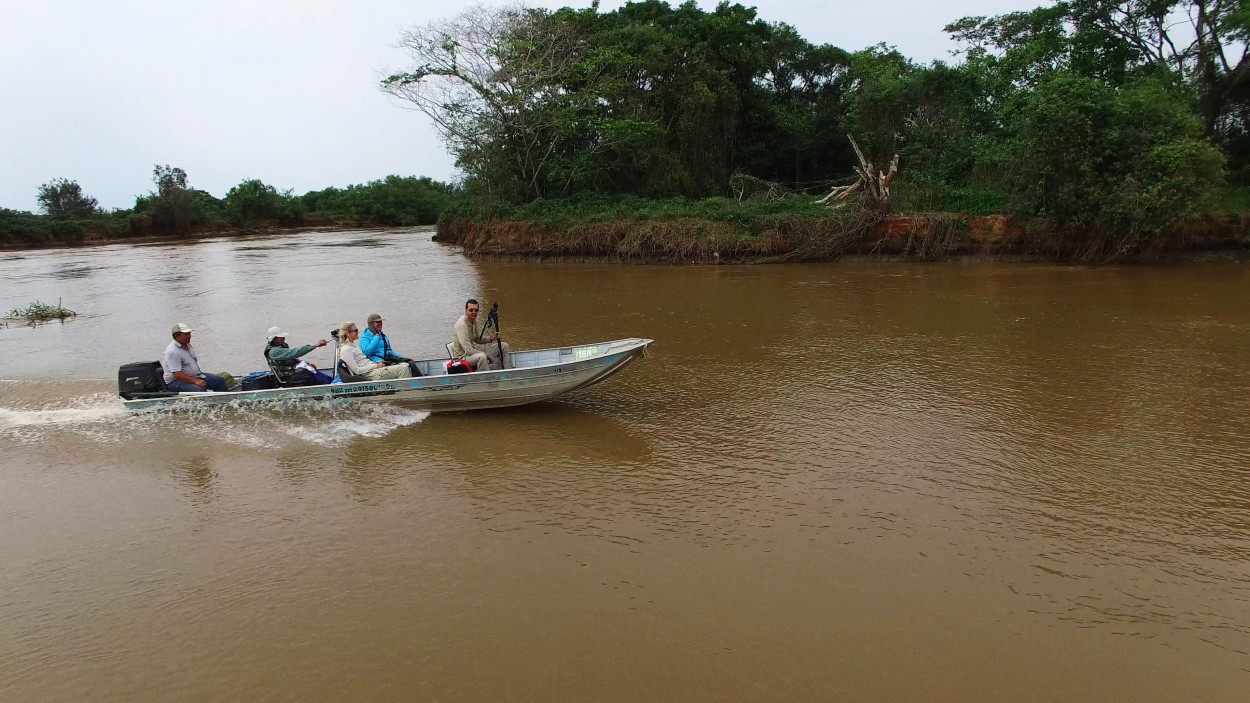
Most otters enjoy slow-flowing waters with a lot of living creatures in shallow waters. And here is our first meeting with the friendly family of a giant otter.
Surprisingly, they have practically no enemies! They are not afraid of even the most formidable predator of these places, the jaguar. Giant otters are territorial animals and will not tolerate strangers nearby, so our rangers lured the otters with the cry of a male that invaded their territory.
Pack members communicate with each other using a wide variety of sounds. Scientists were able to record nine signals that help otters to keep in touch while hunting.
Curiously, except for the dominant pair, no one has the right to mate and bear offspring. The grown-up cubs are not chased away, and they live with their parents as long as they wish, actively participating in the affairs of the family. However, at the age of two or three years, young giant otters are attracted by the thirst for new impressions, and they go in search of their soul mate and their own territory. Such a journey does not always end with the creation of a new family, so quite often young people return to their parents, who gladly accept their children back.
In general, all family members are very friendly. They often play together, brush each other’s fur and take turns looking after their little brothers and sisters.
Giant otters are fairly large animals. Their body length can reach two meters, including a seventy centimeter tail, and the weight of large males reaches forty kilograms.
Today in the wild, there are no more than five thousand giant otters, although half a century ago there were much more of them. It’s a pity, because besides a person, an adult giant otter has practically no enemies.
Today is the last day of our expedition and we go to the place of our piranha fishing.
Our piranha fishing turned out to be no less successful, in any case there will be enough fish for dinner.
This concludes our expedition. We say goodbye to this amazing place on Earth, the Wildlife Kingdom in the heart of the South American continent, and of course, the jaguar, the indisputable ruler of the Pantanal.




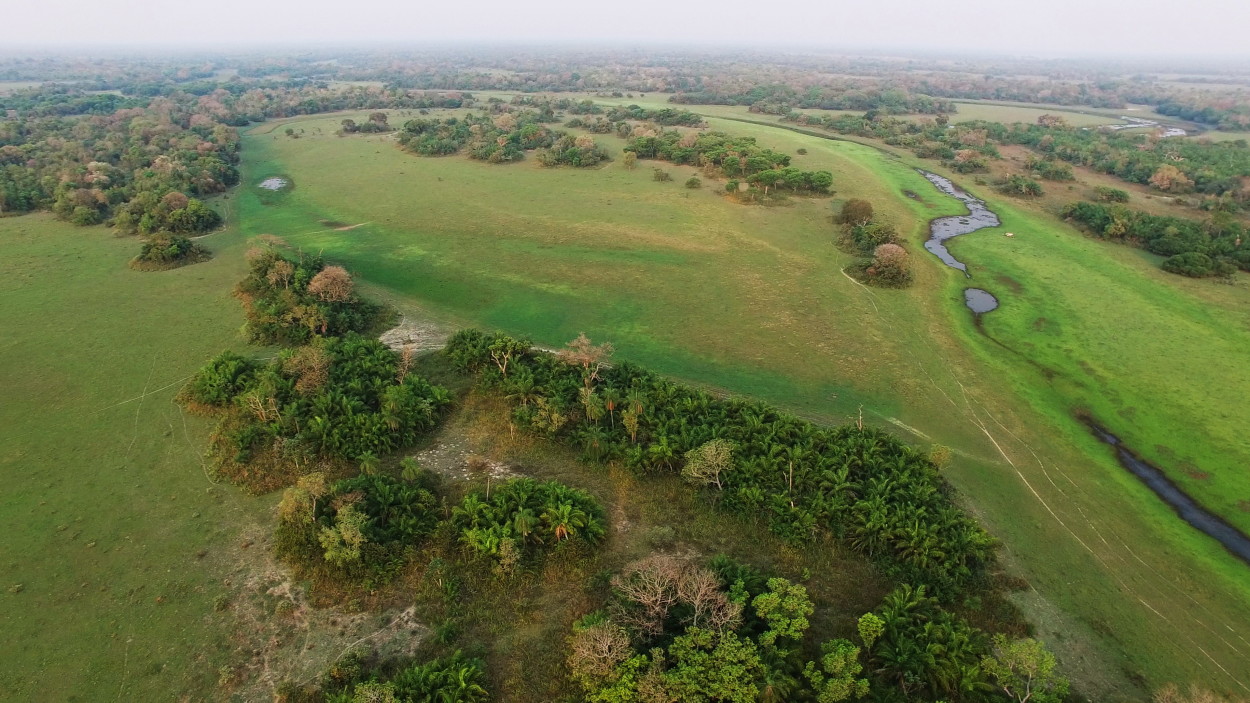
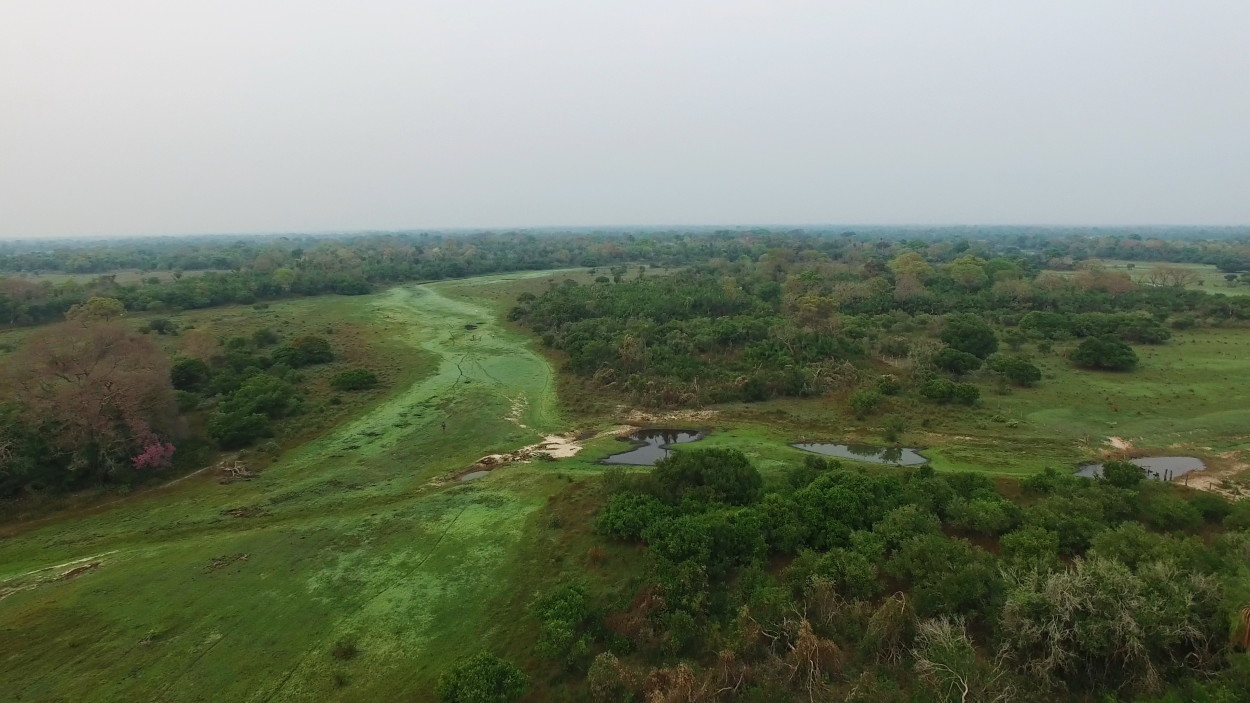

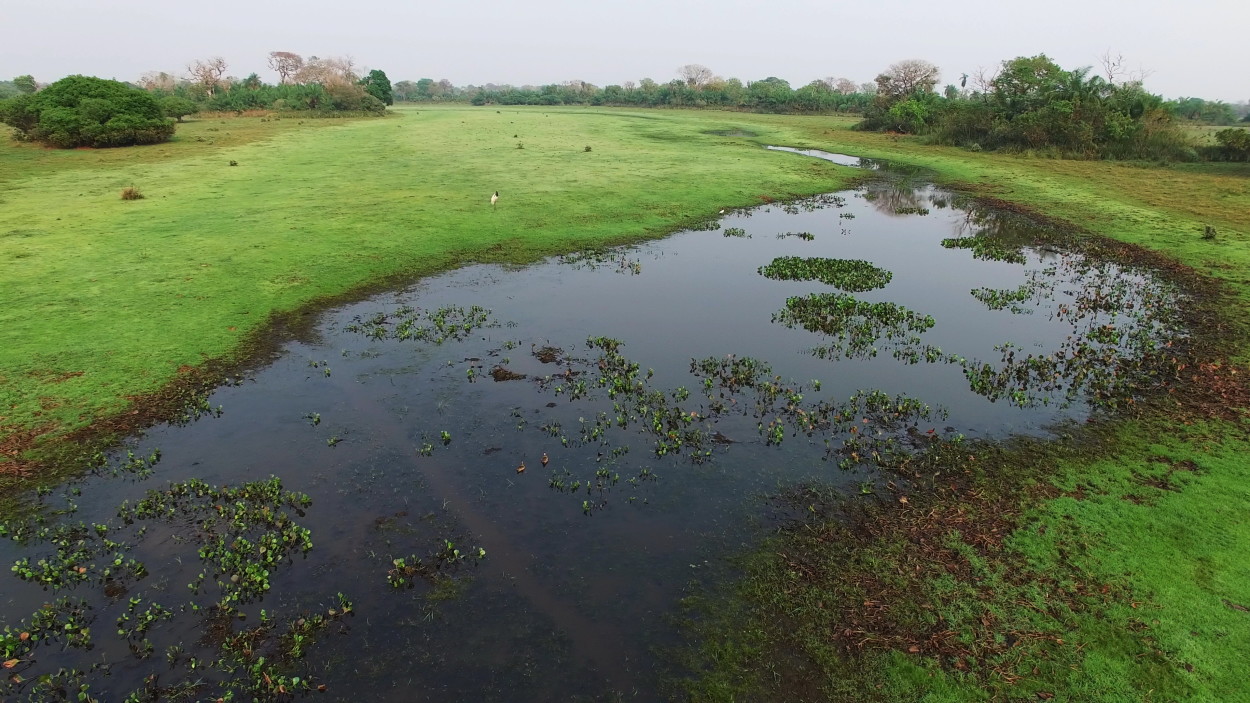

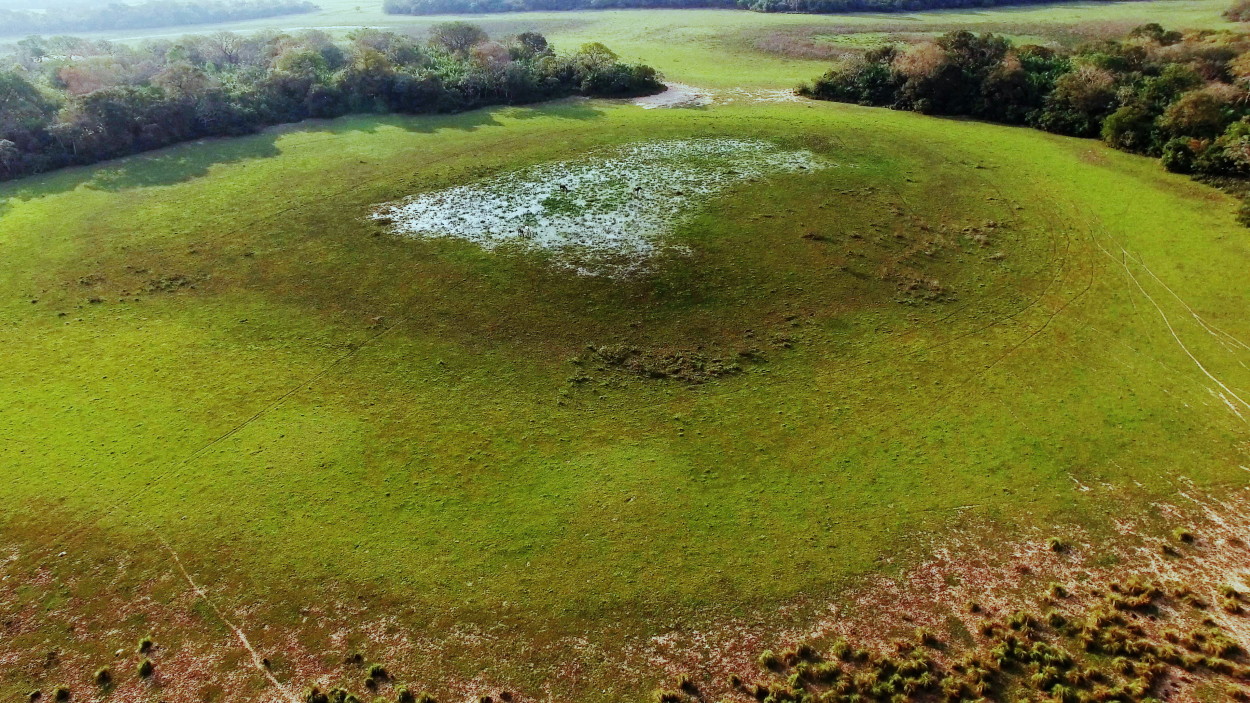
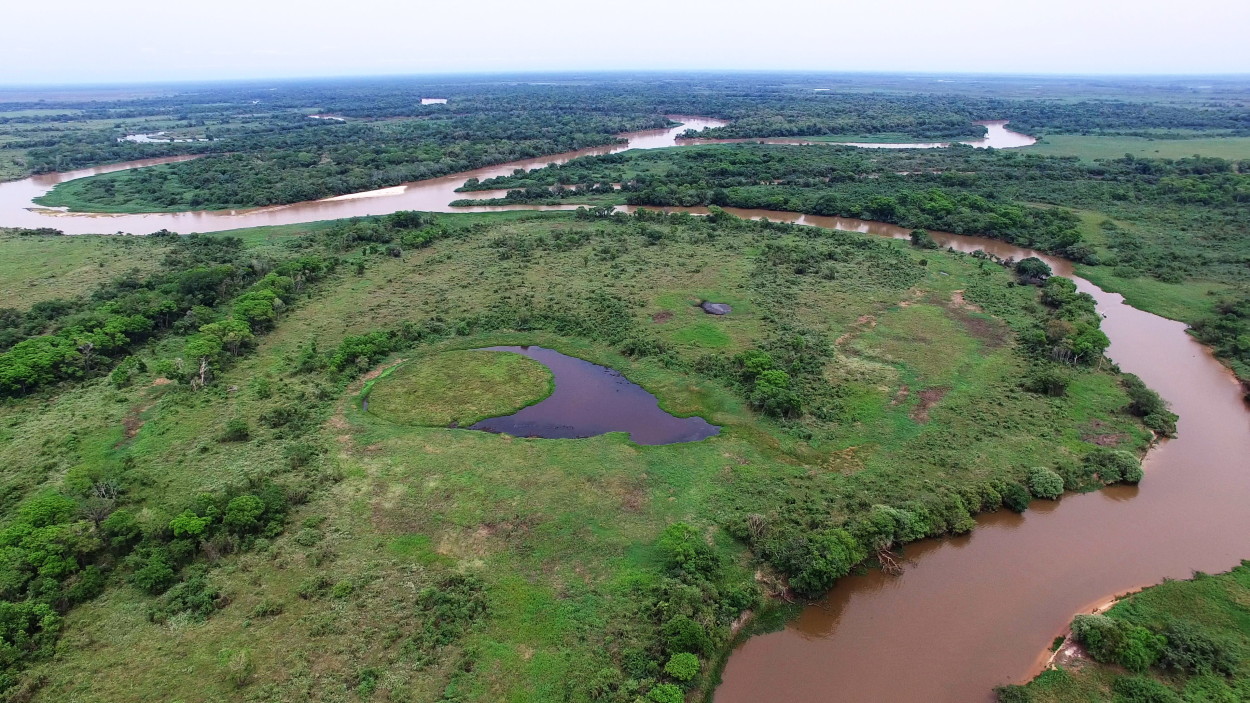
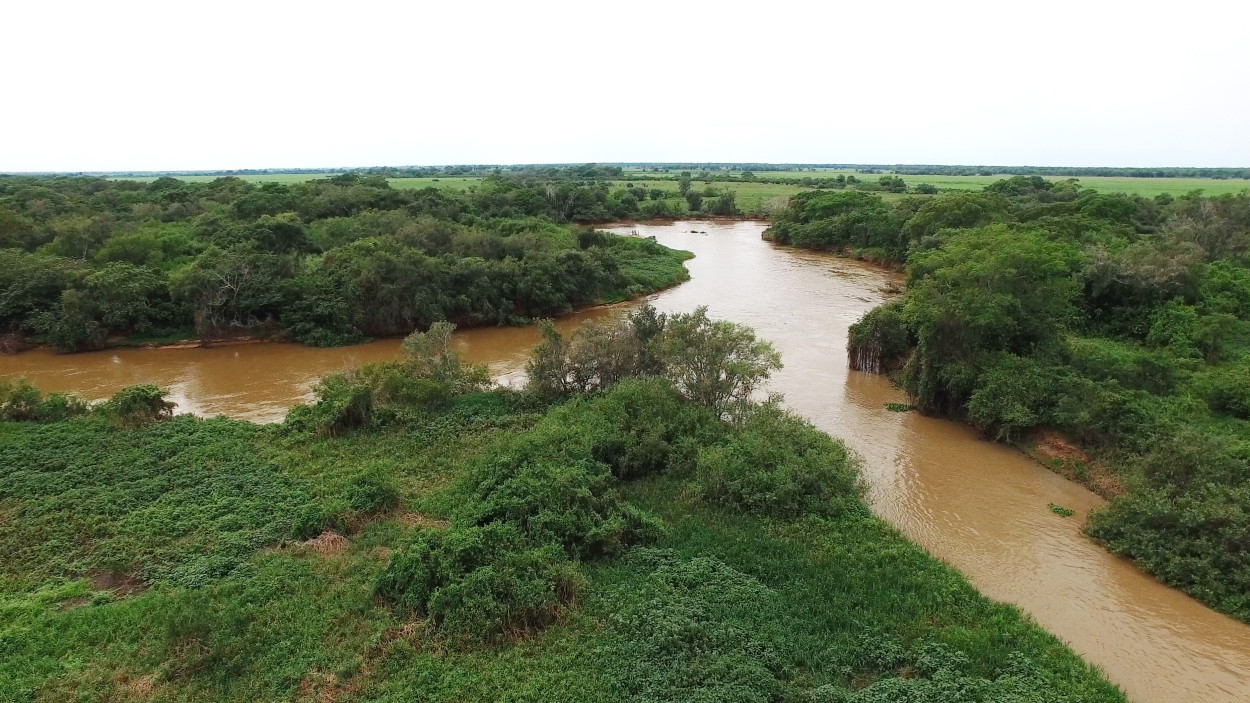
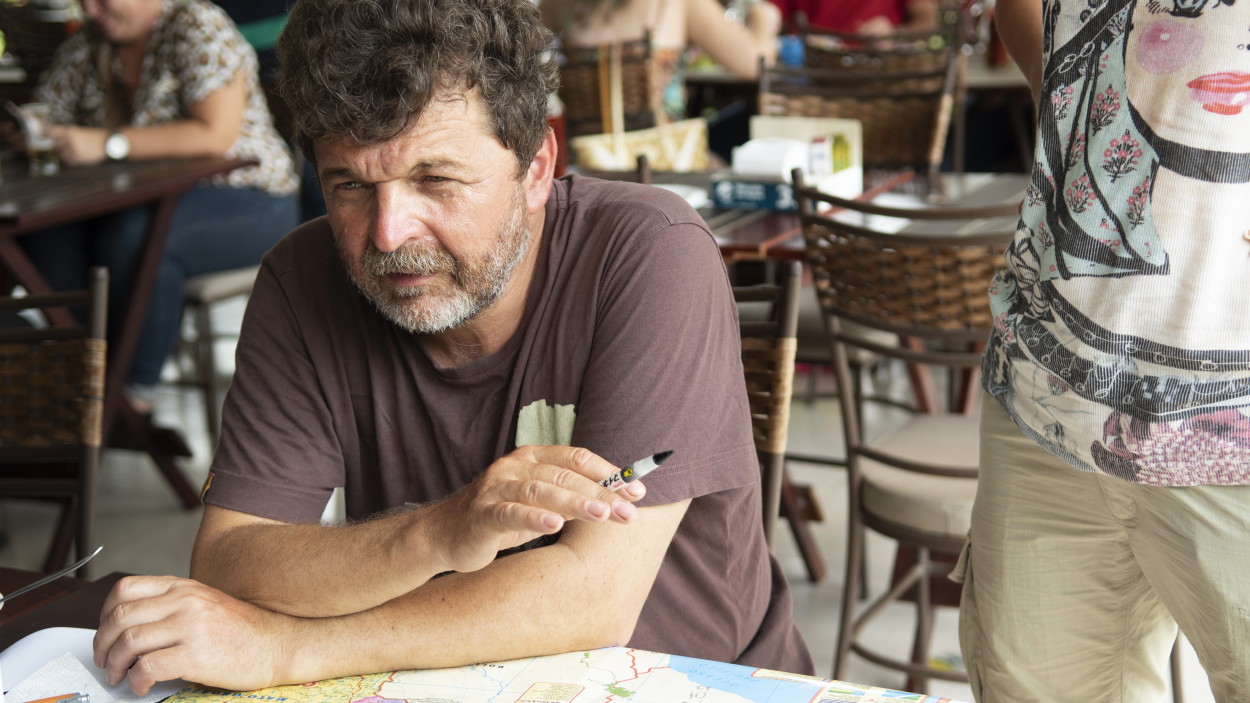
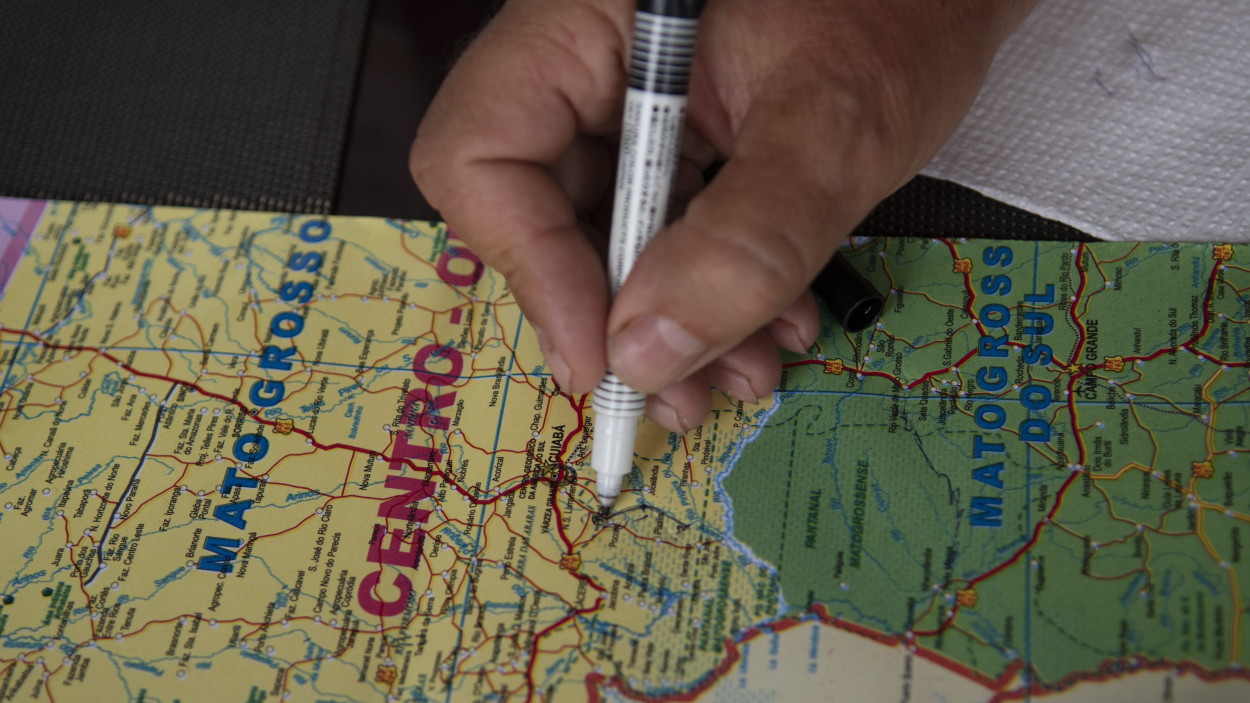
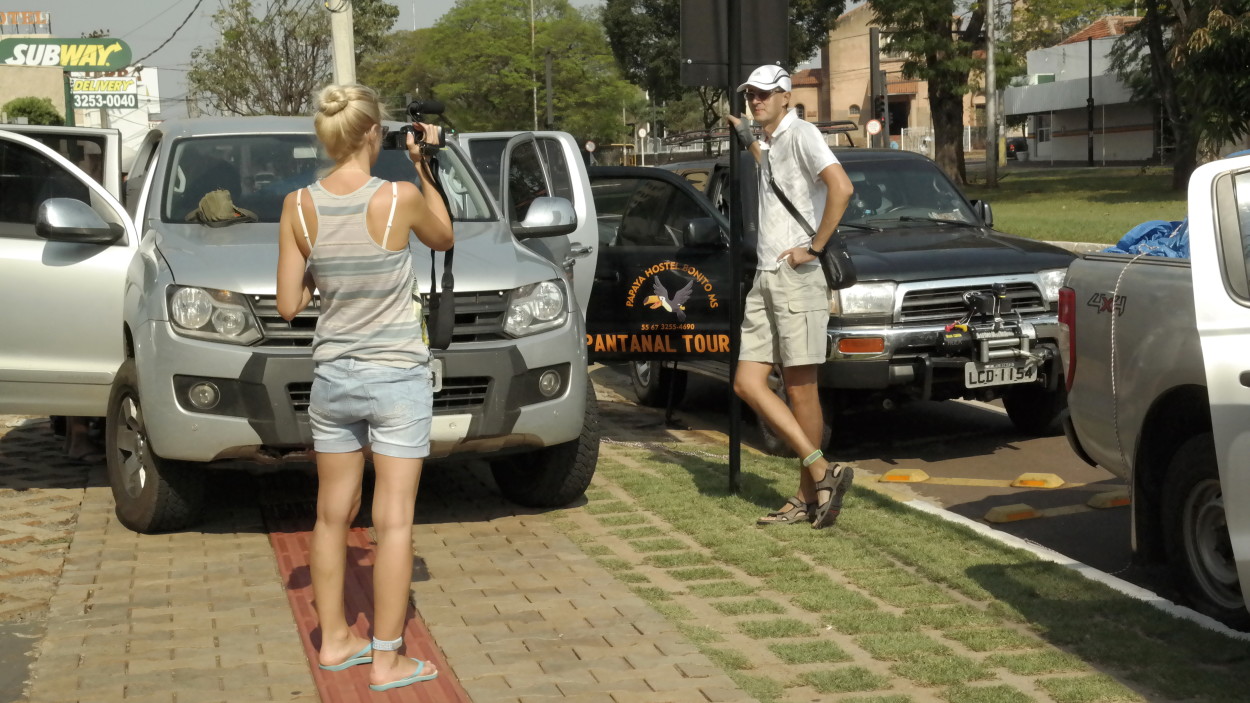
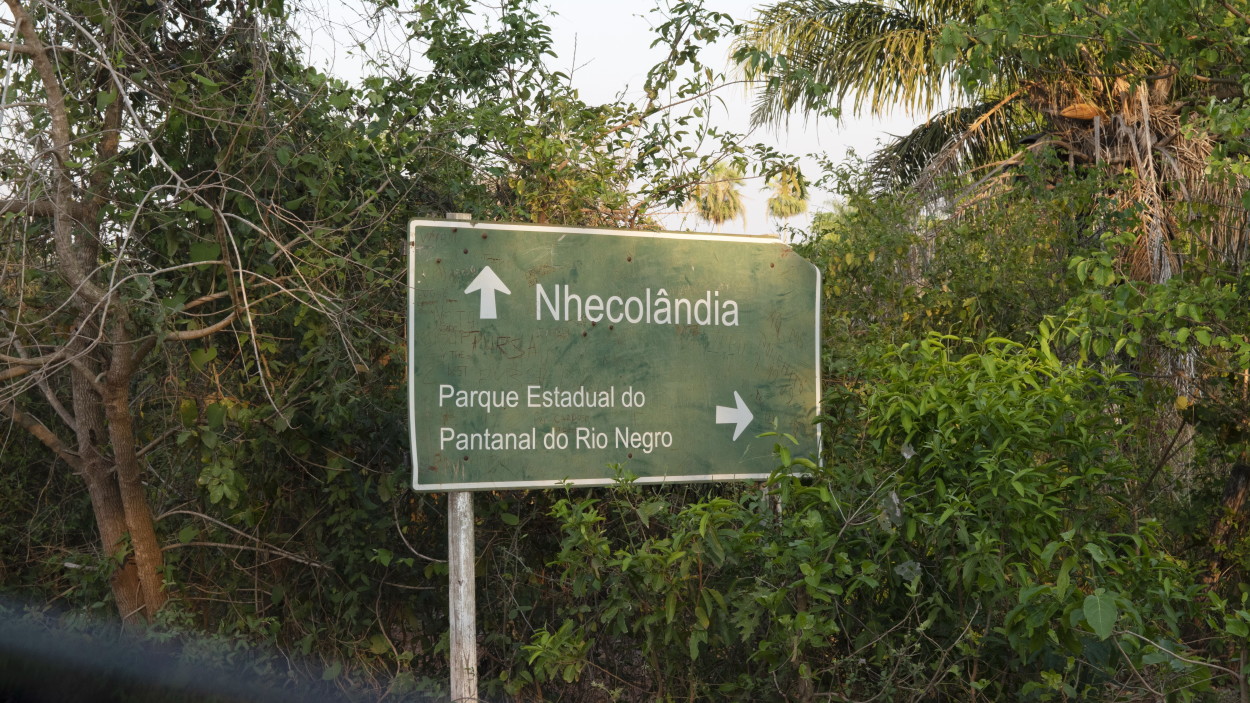
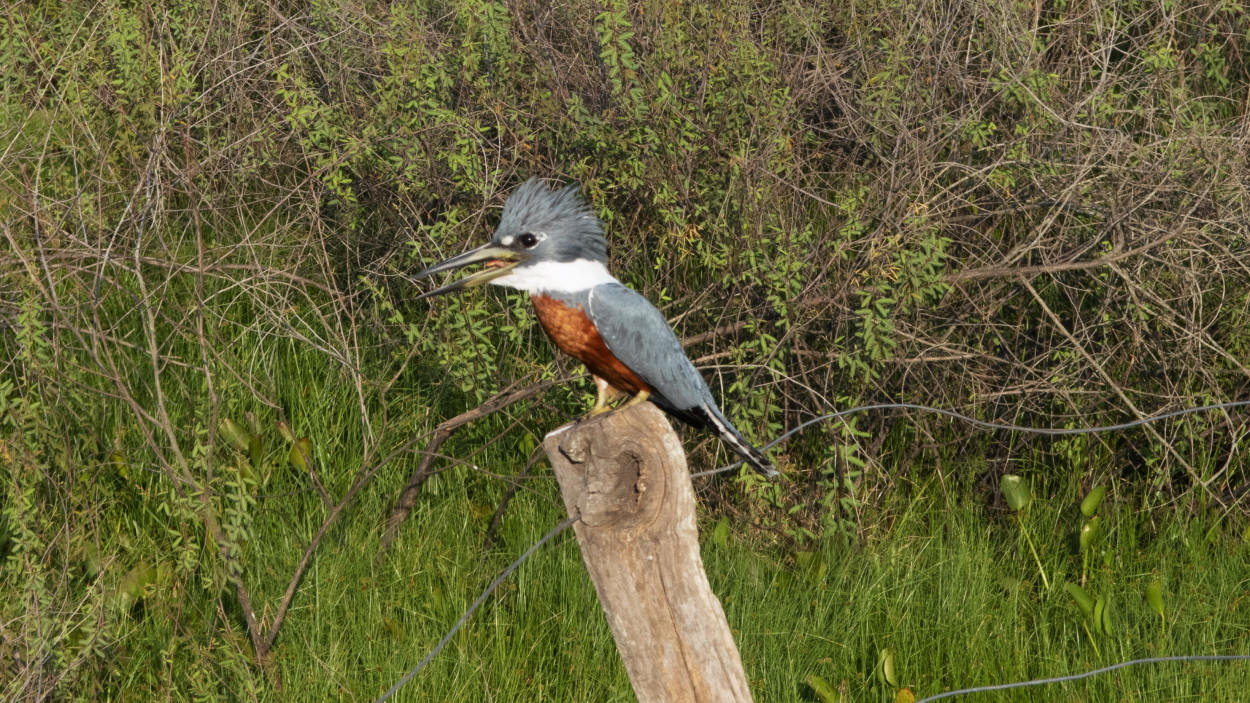

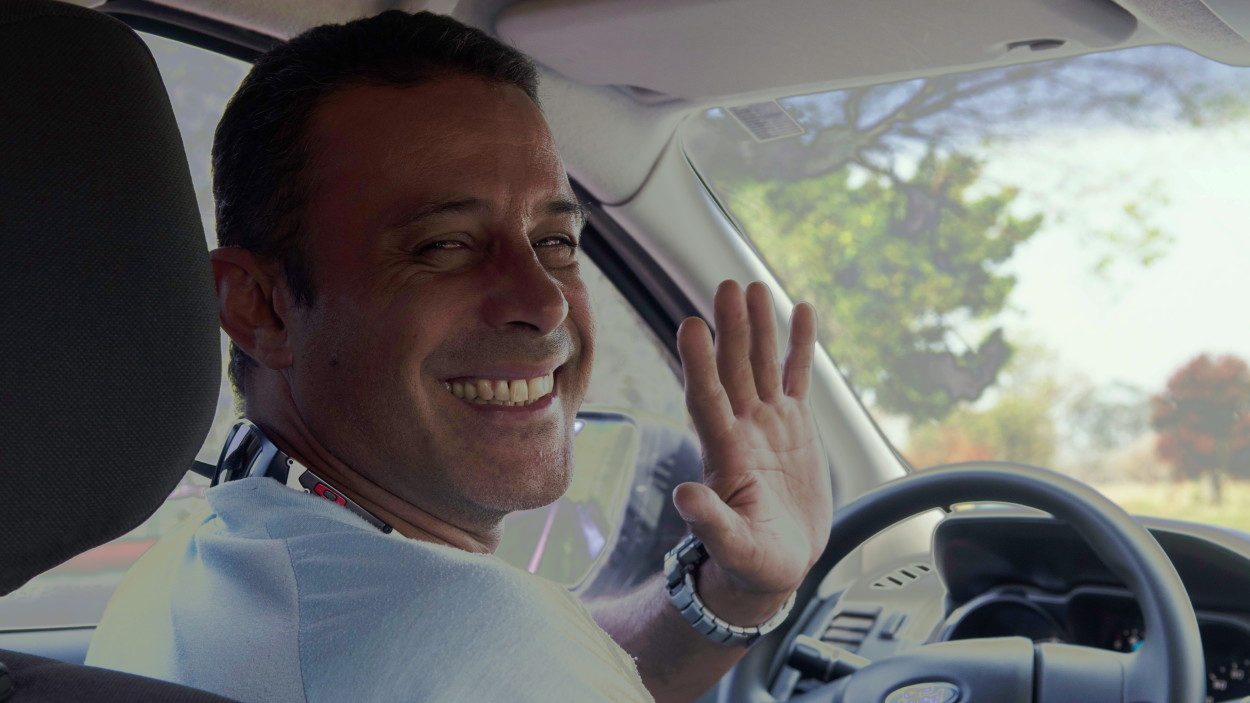
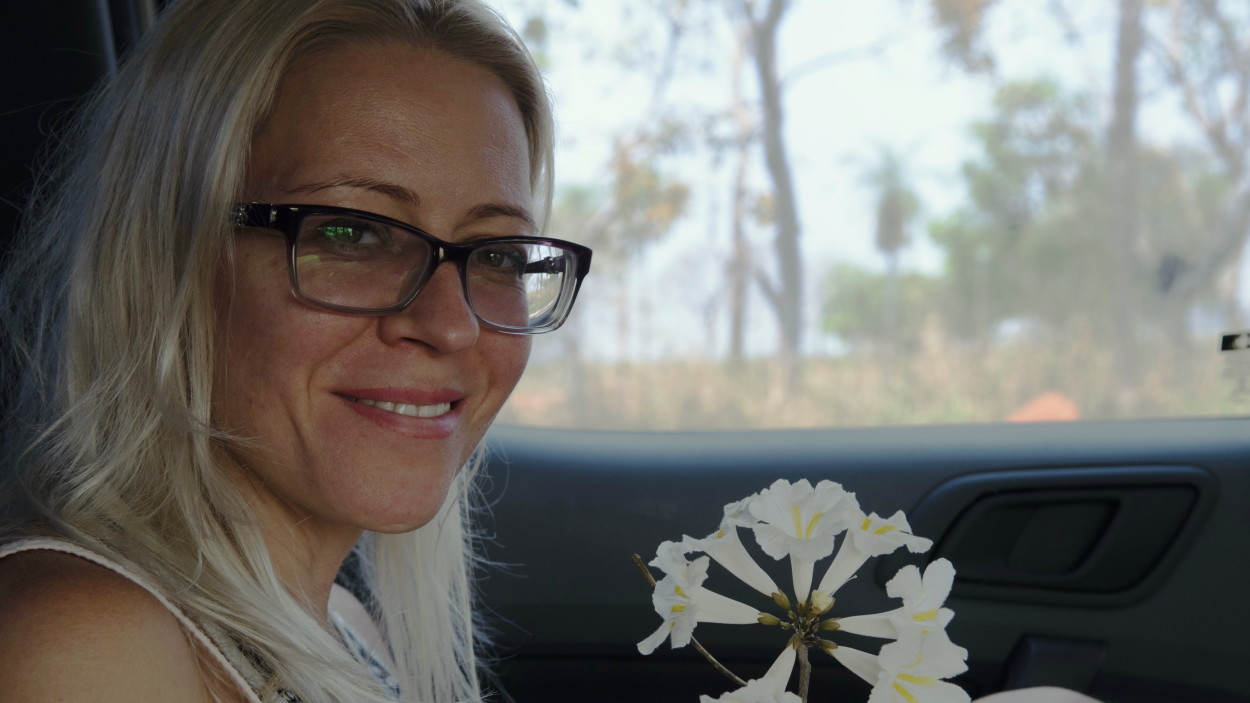
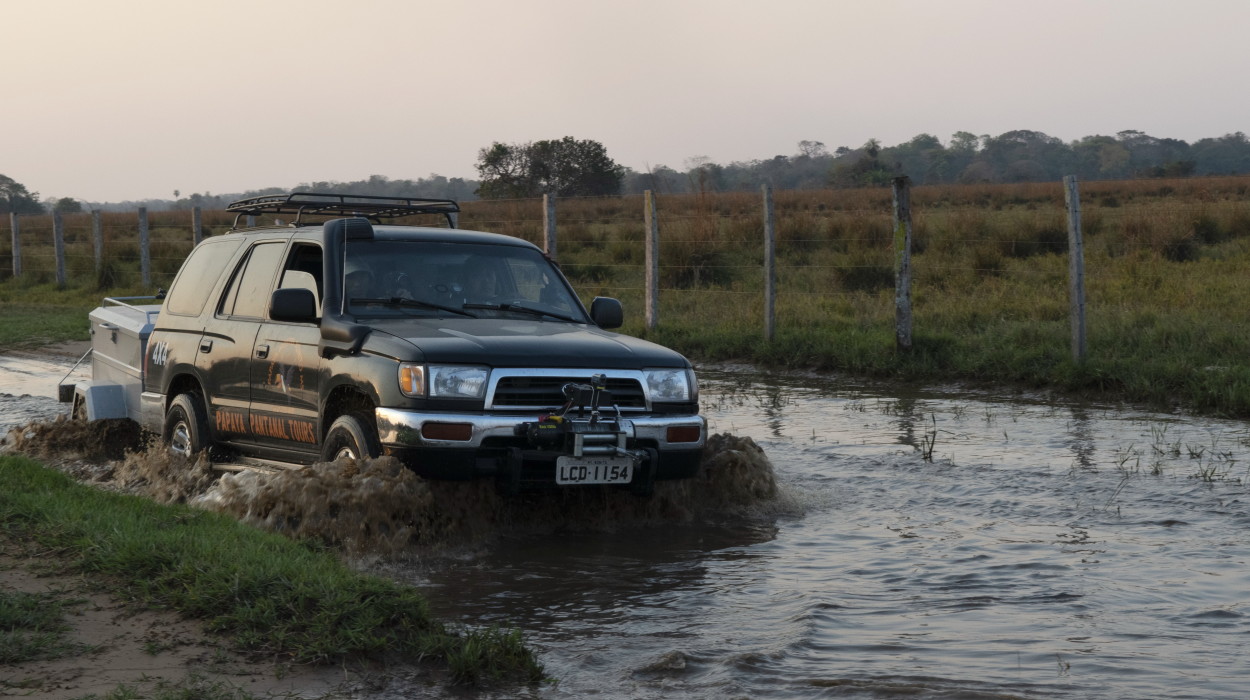
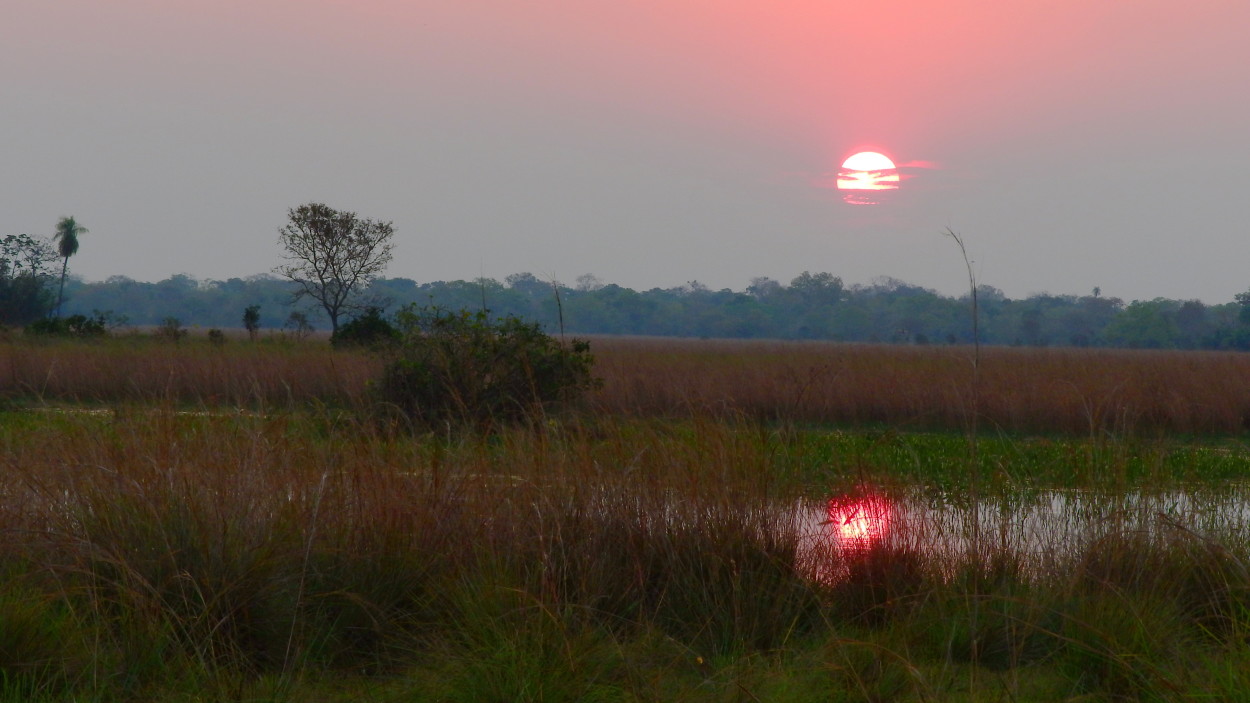
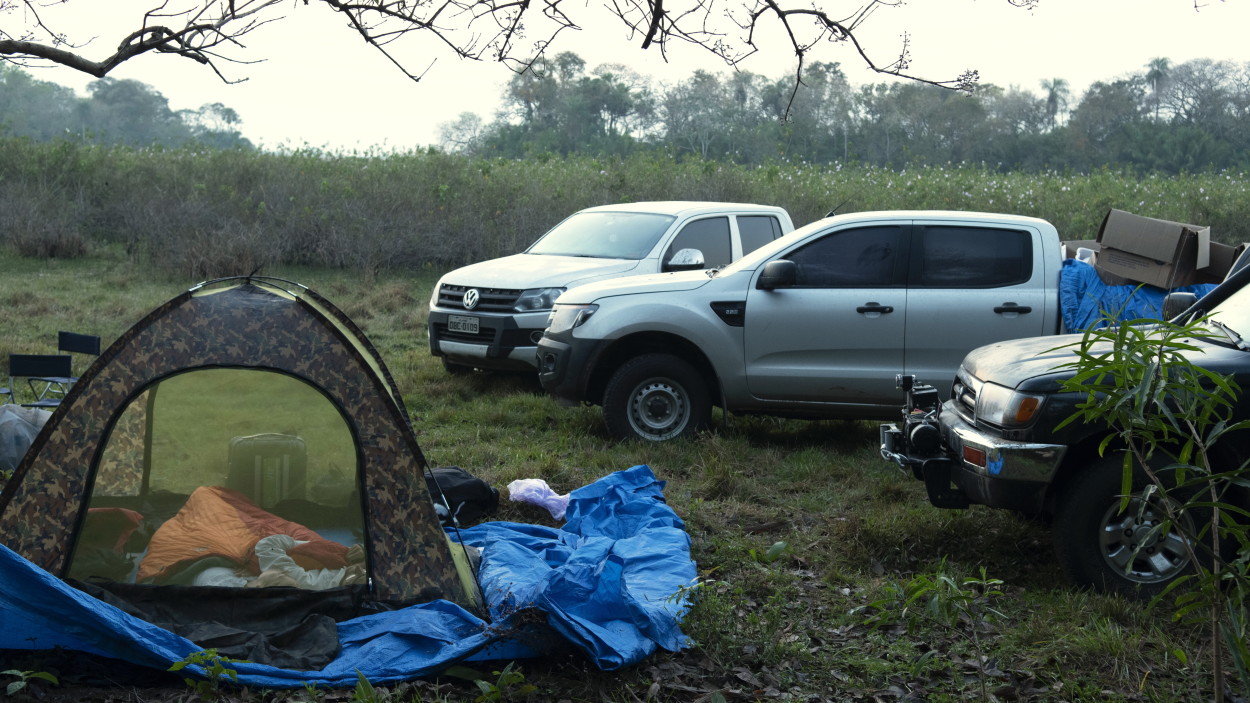
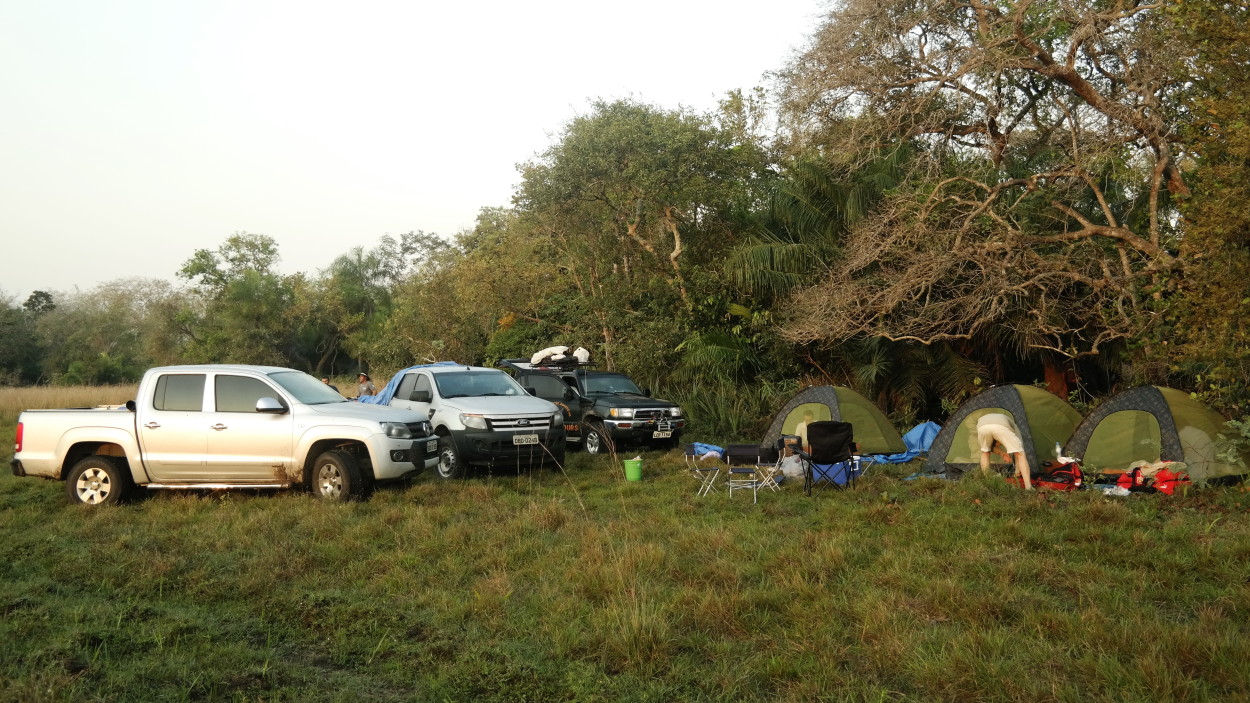
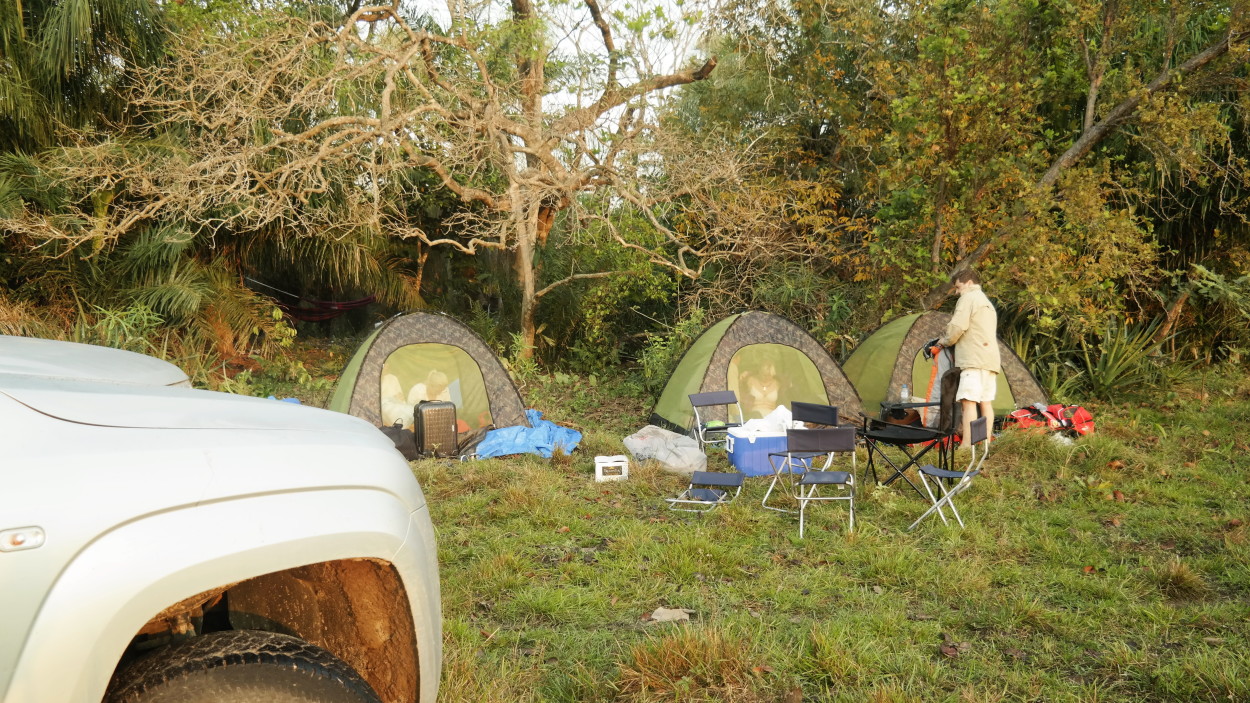
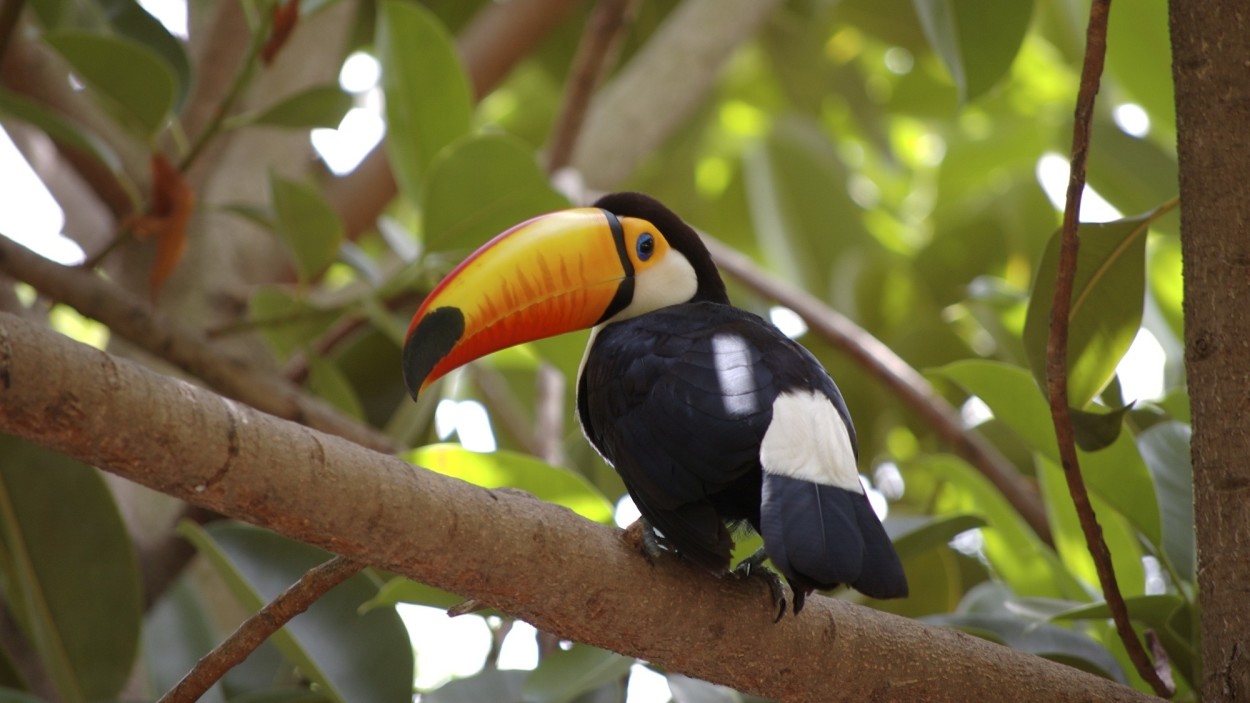
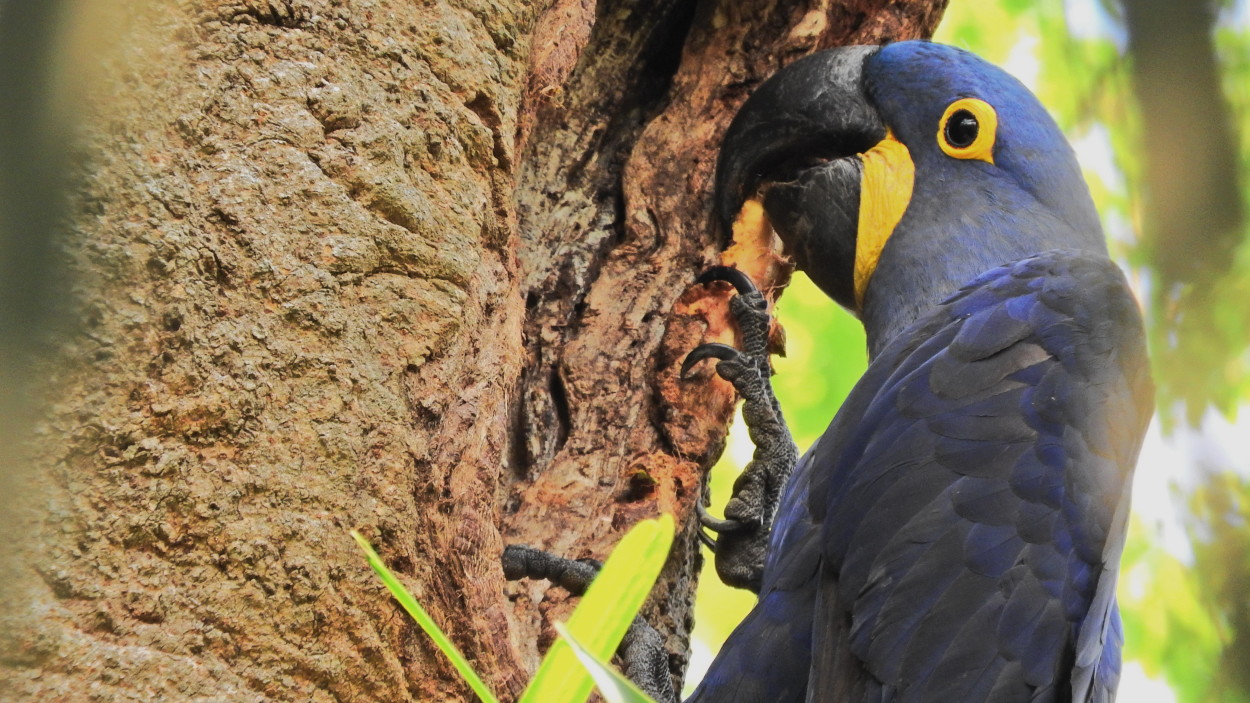
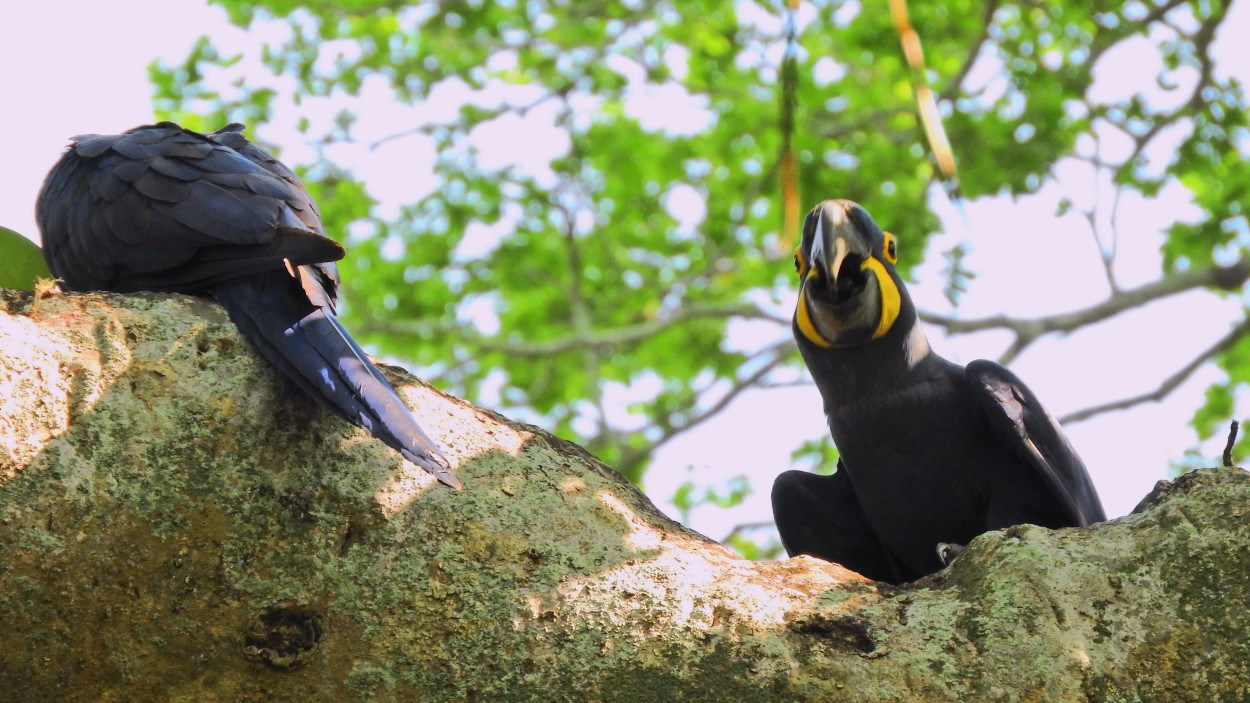
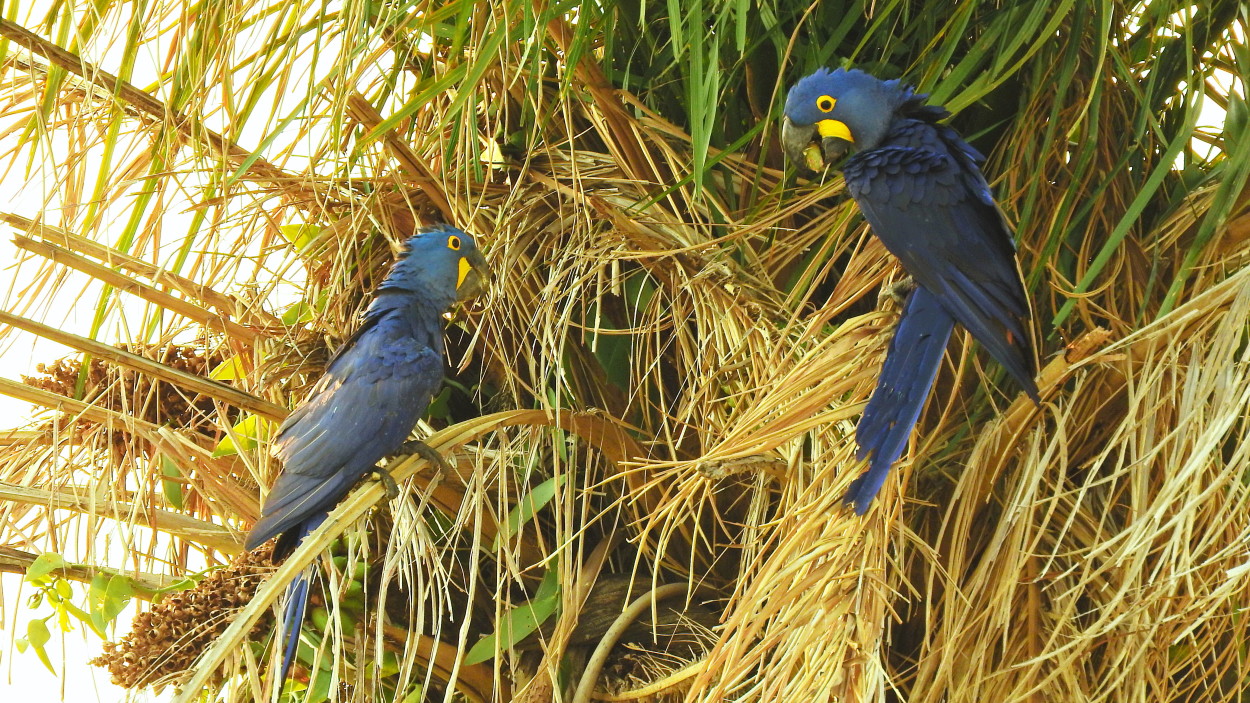
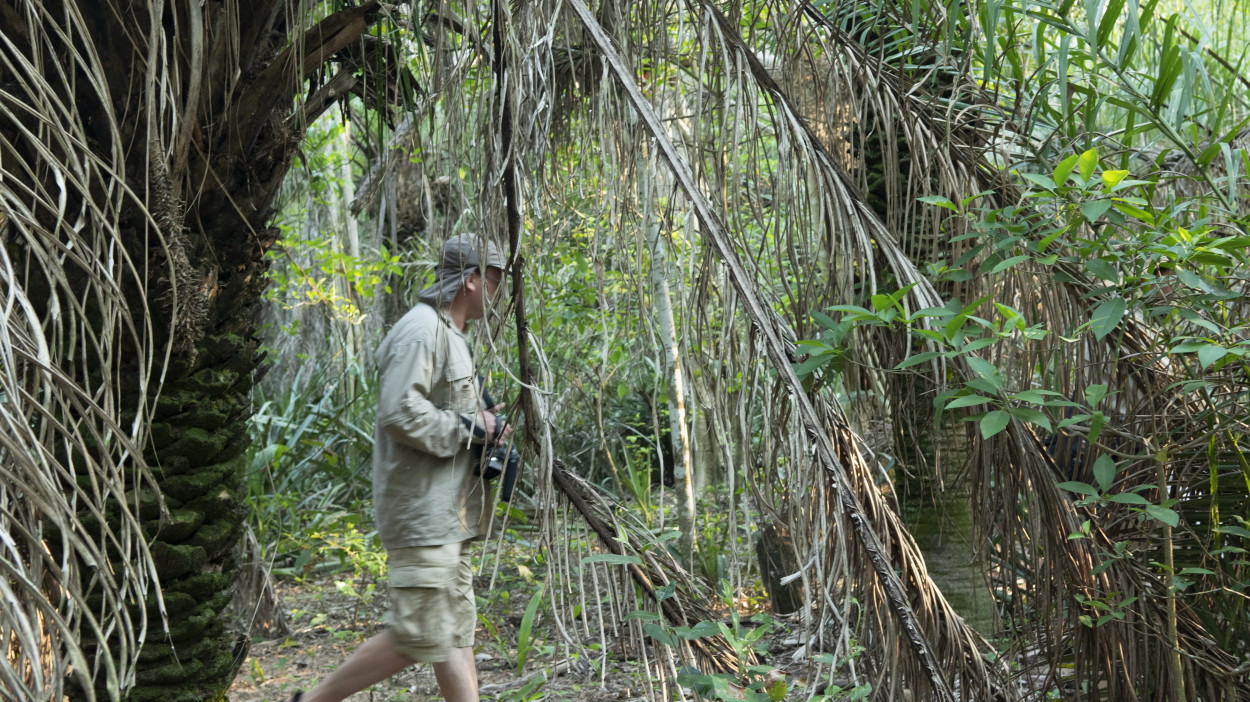
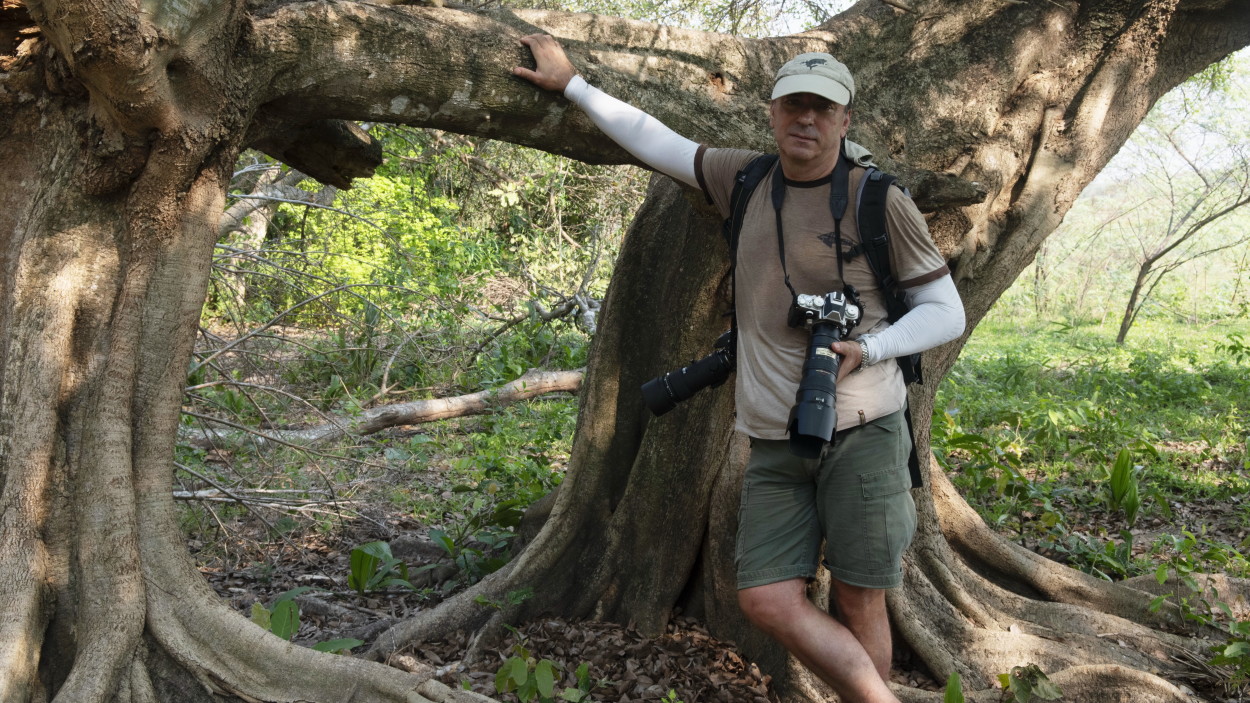
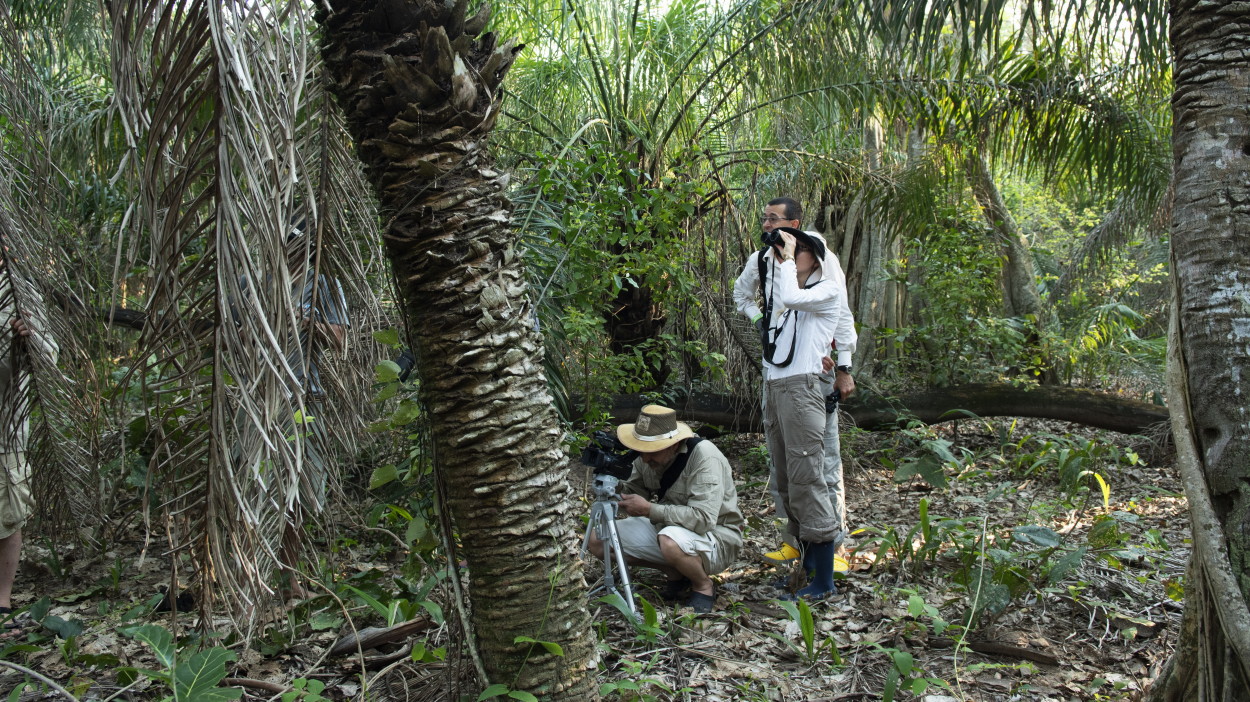
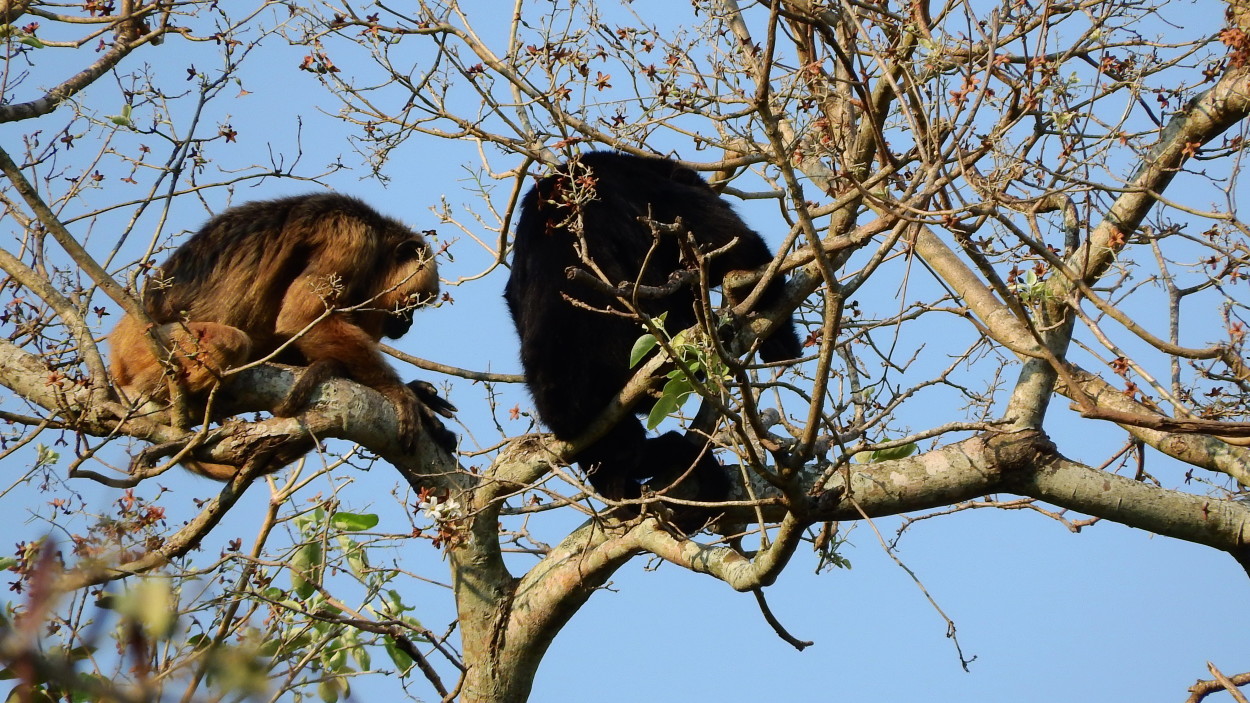
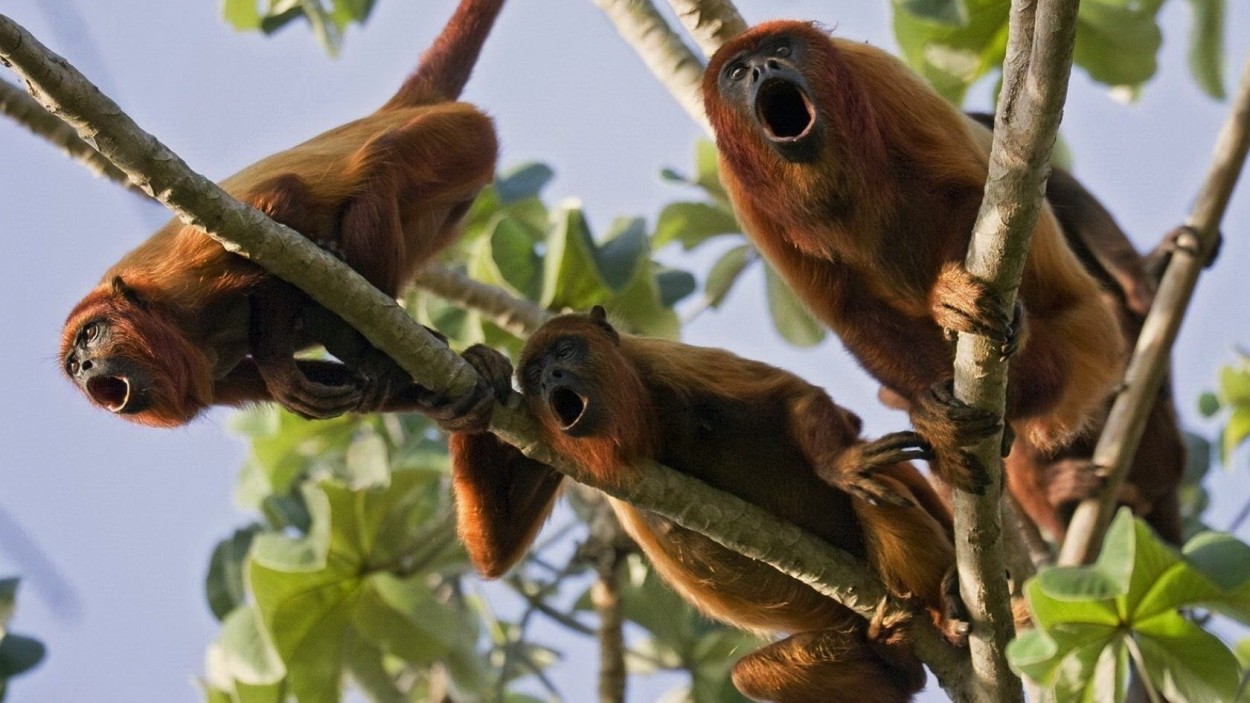
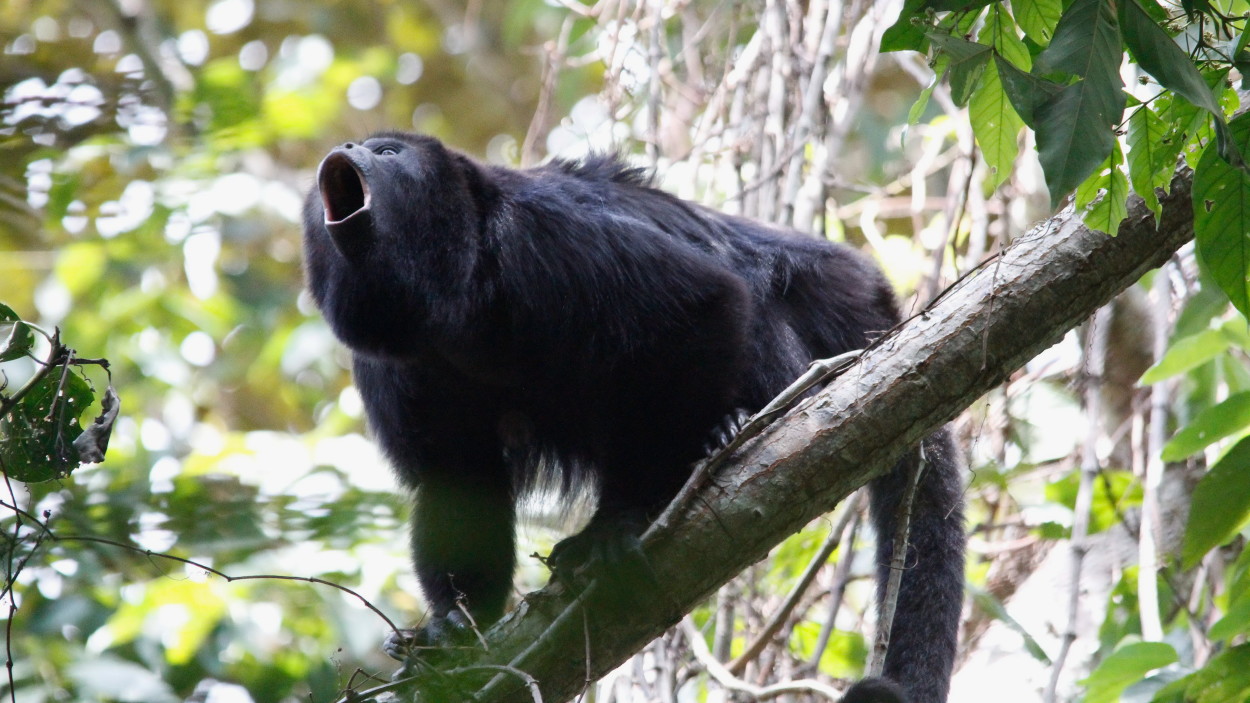
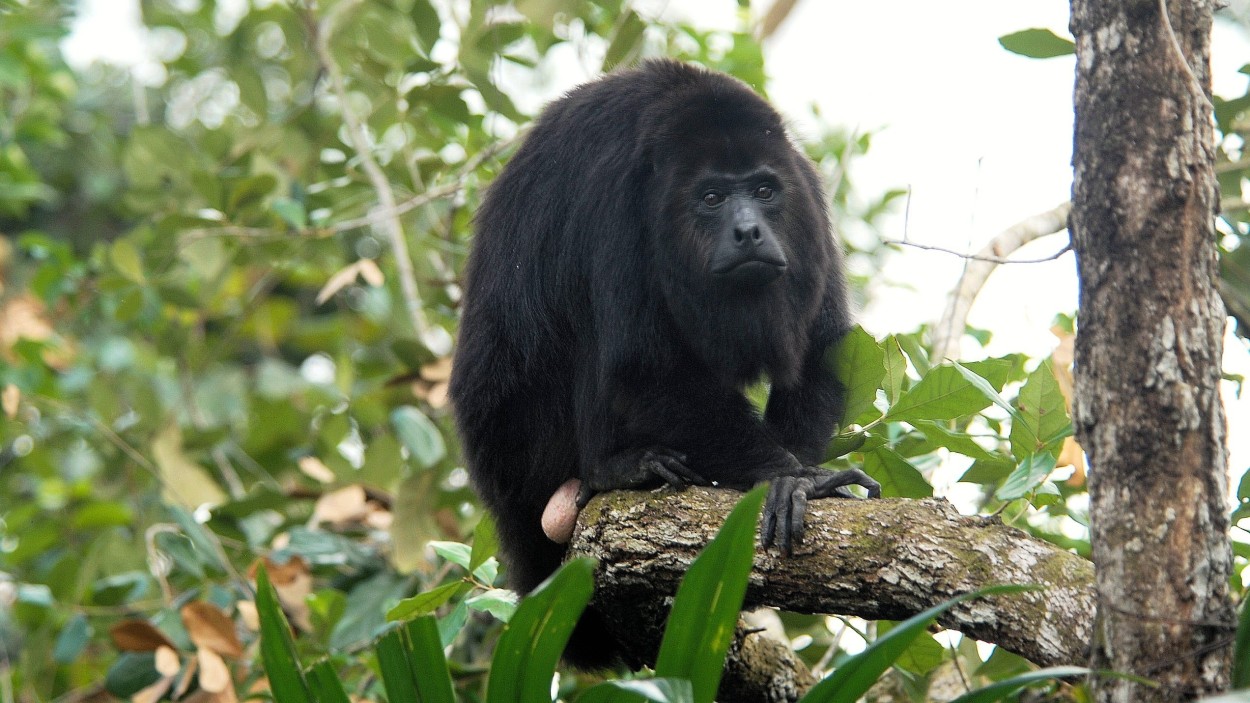

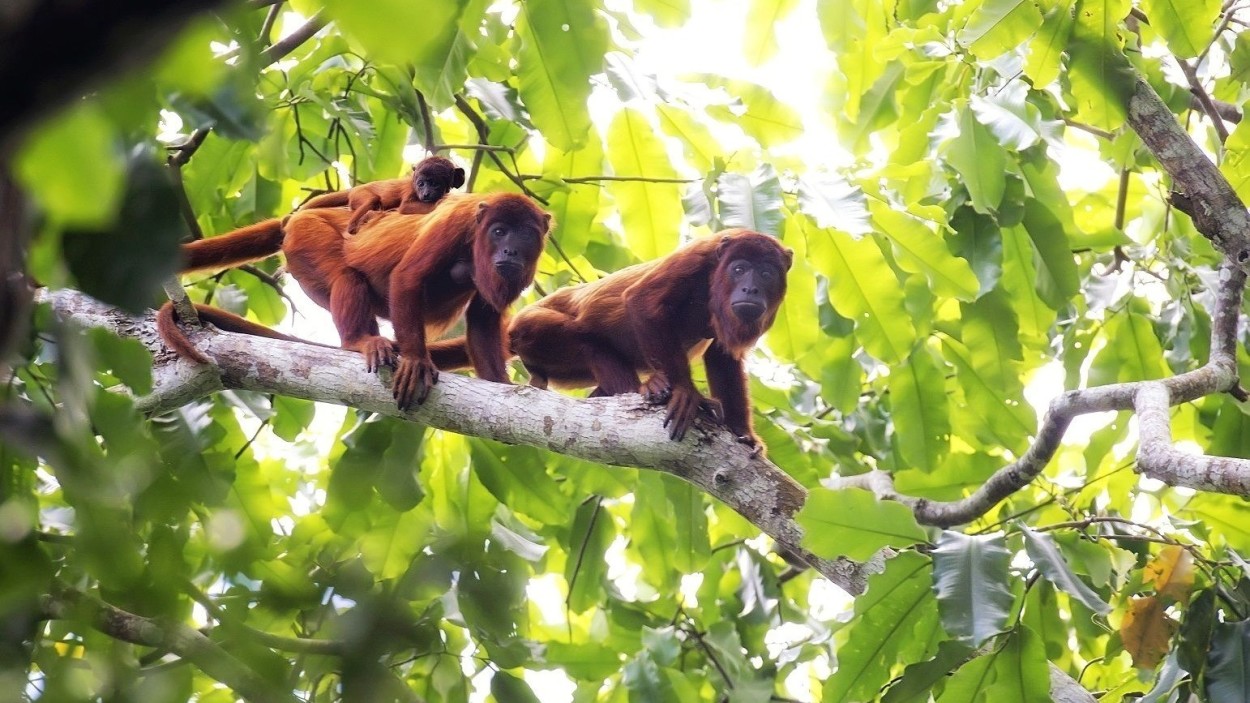
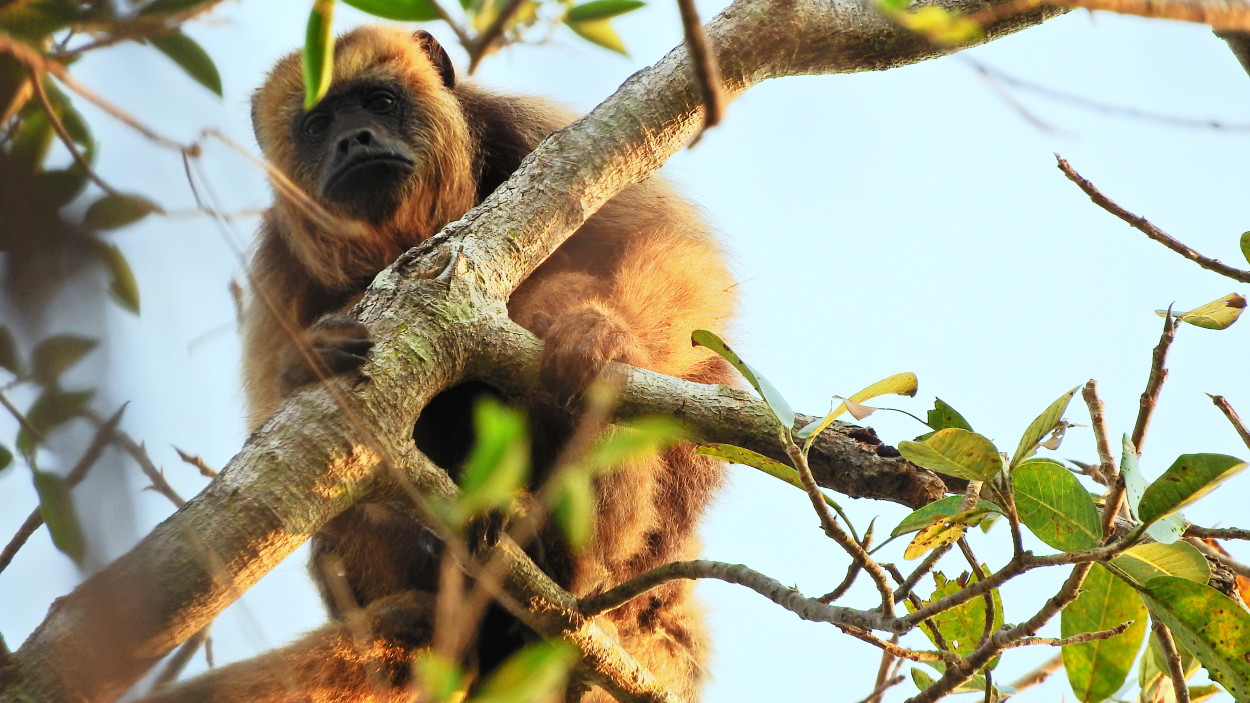
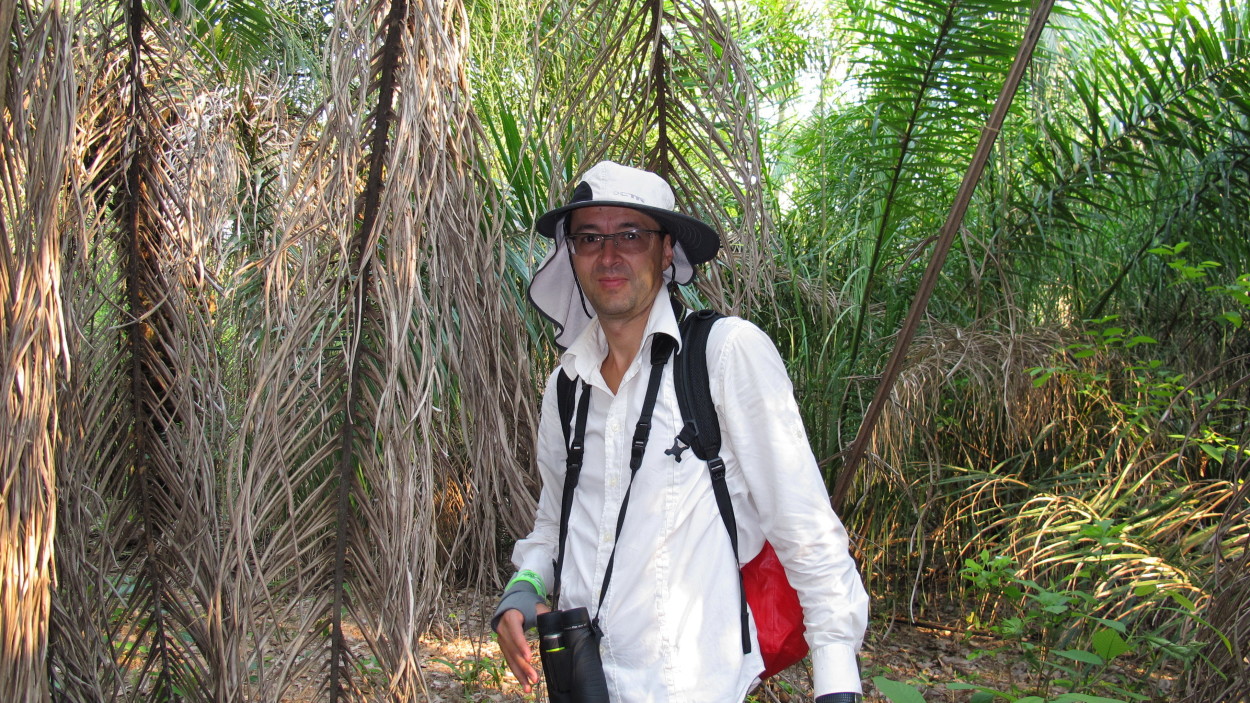
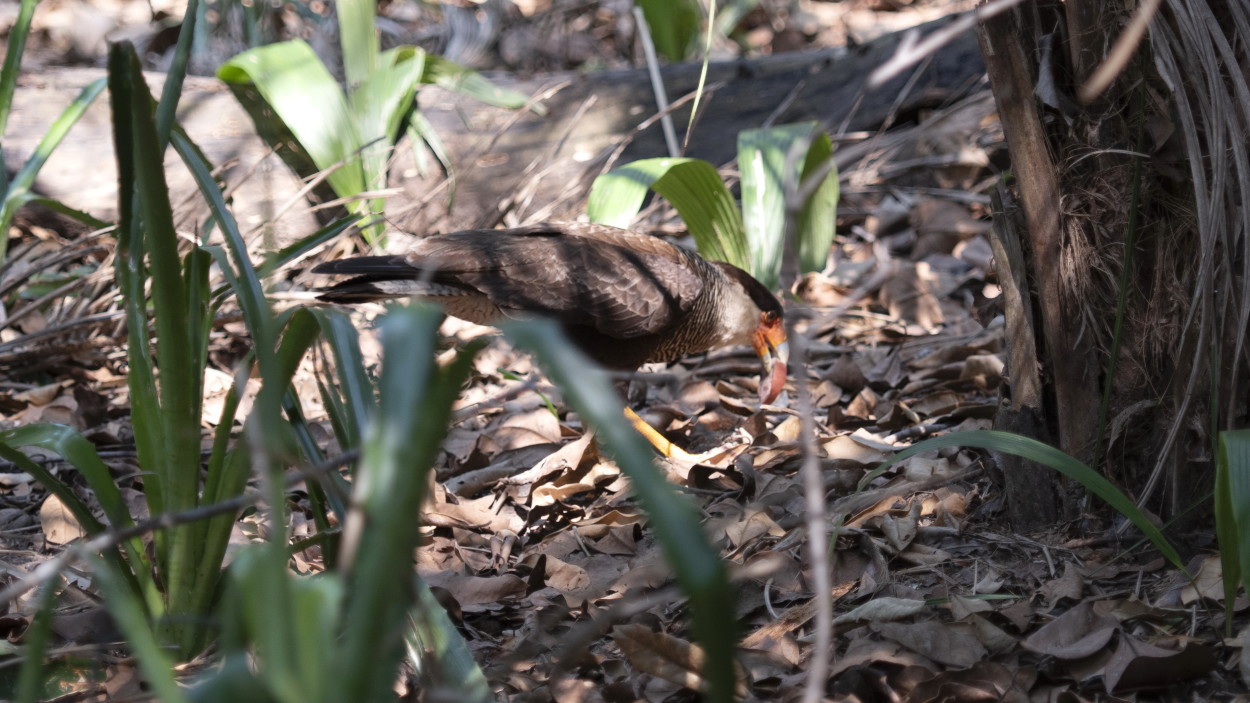
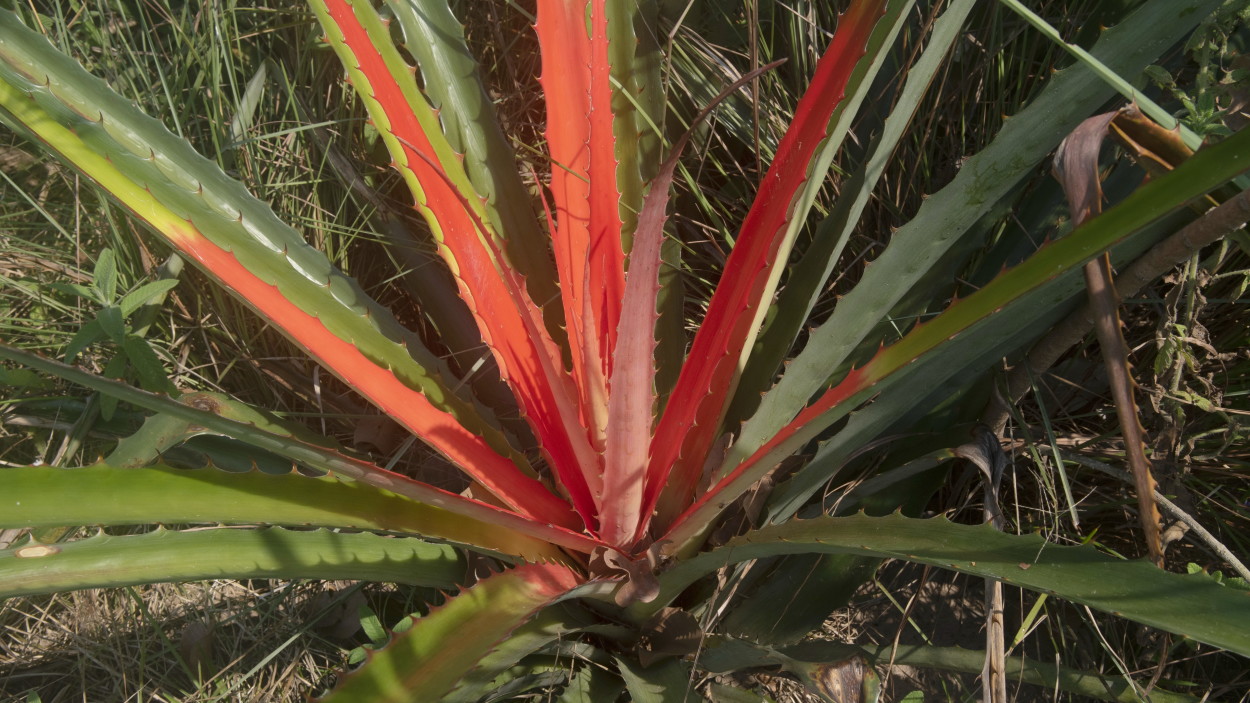
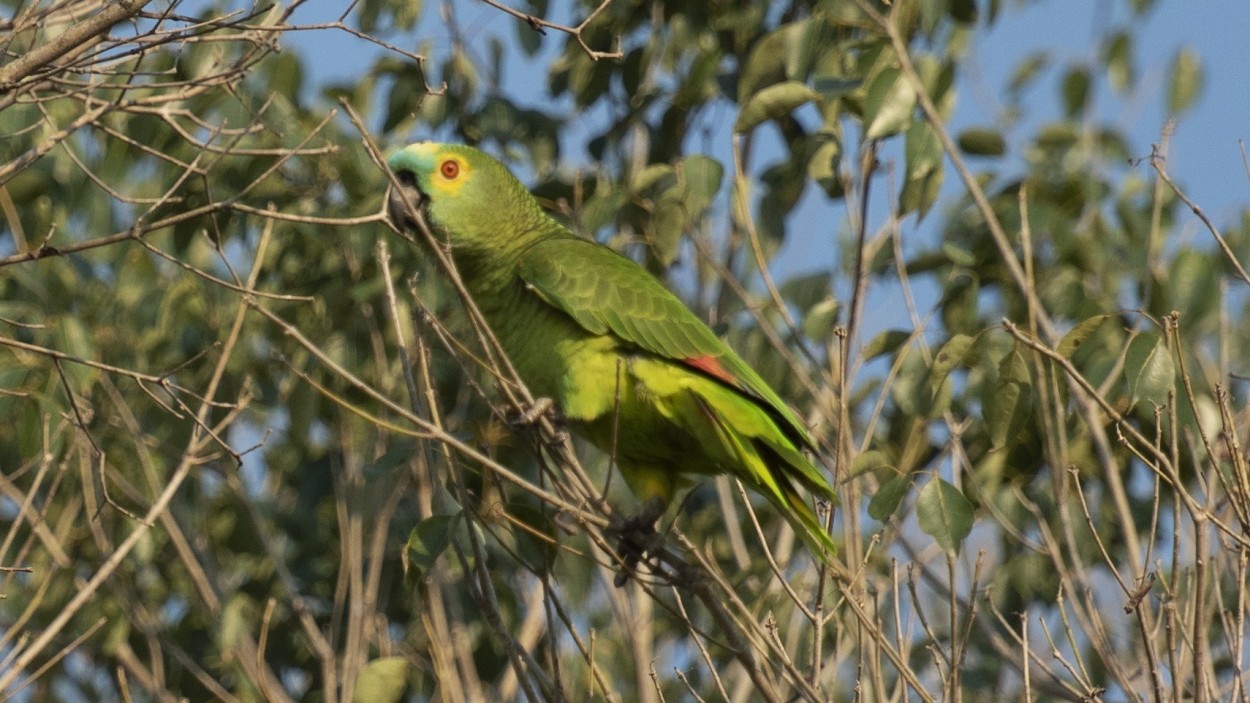
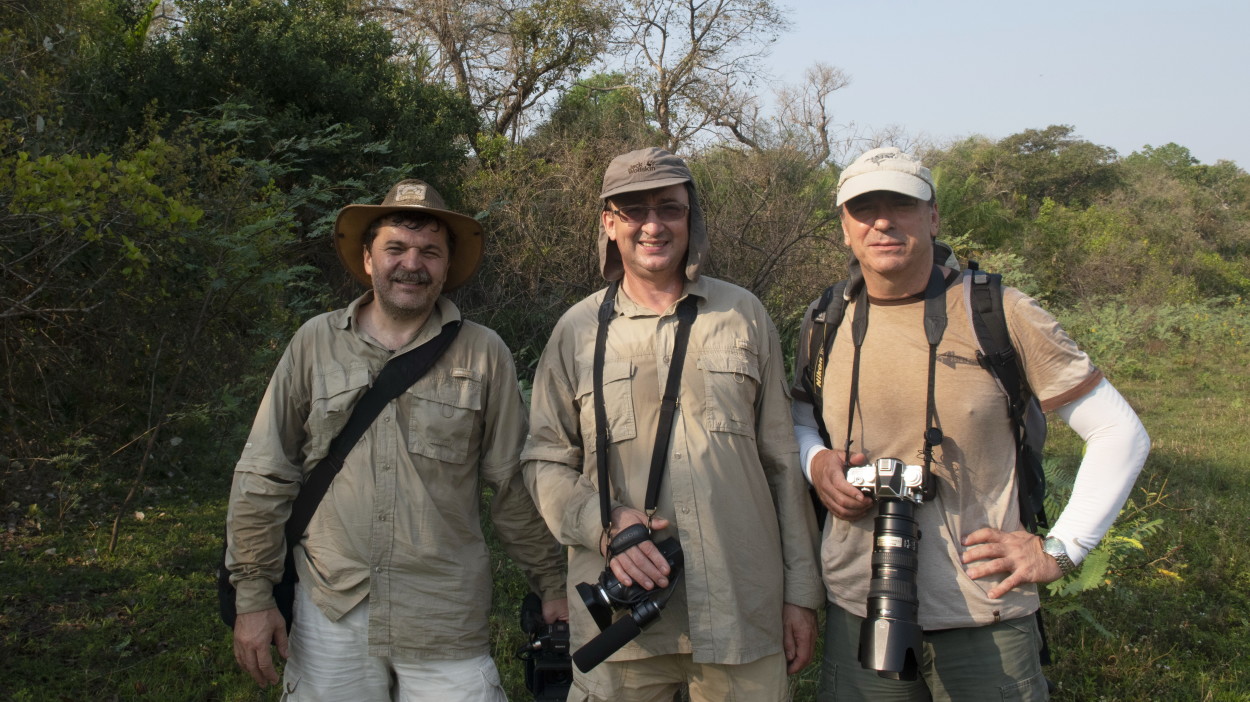
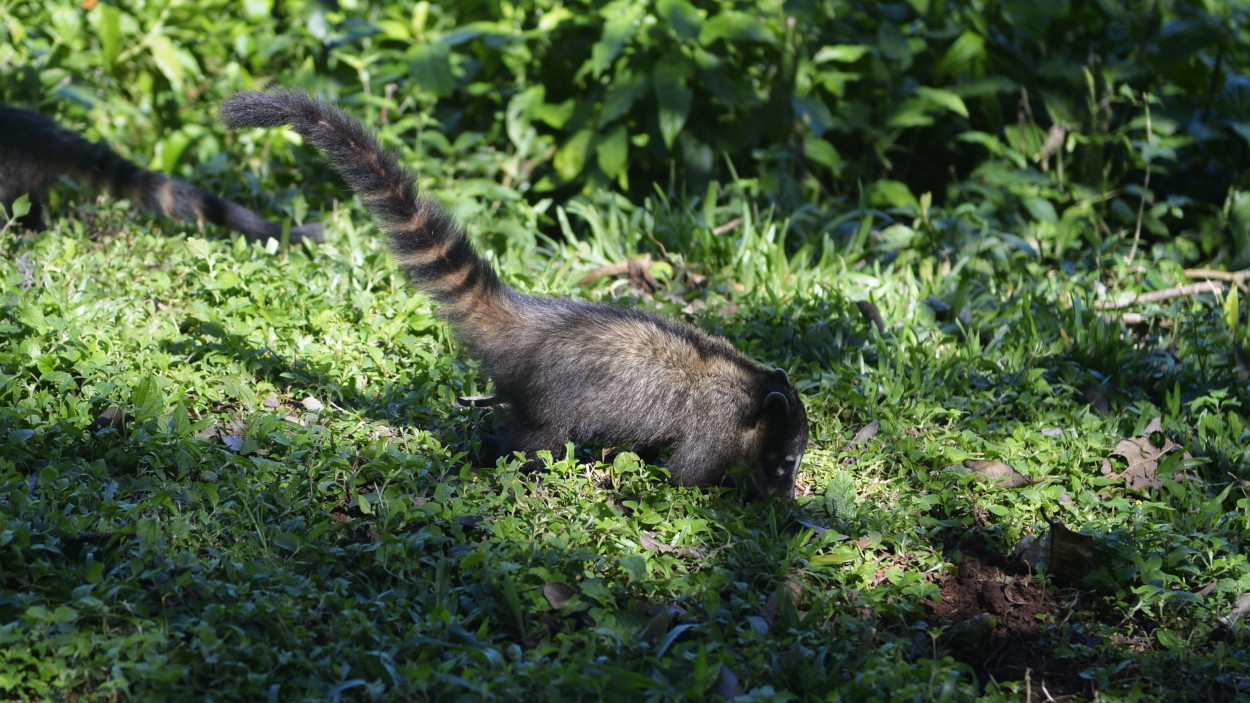
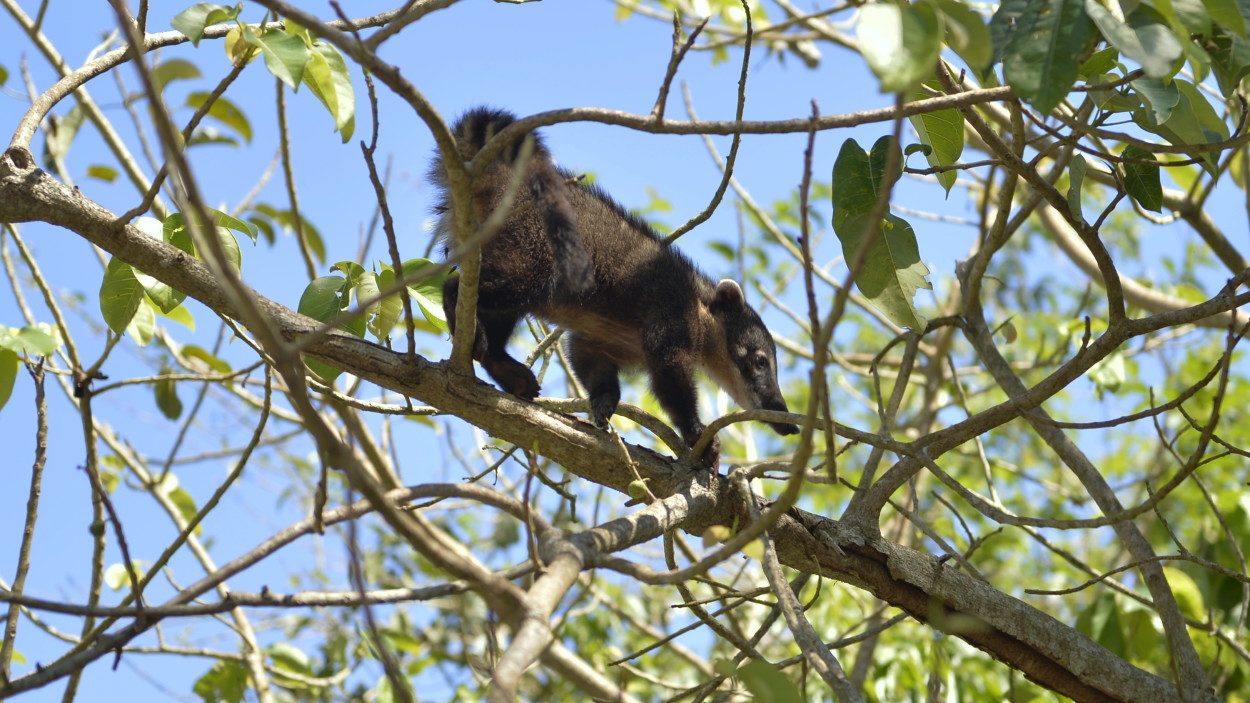
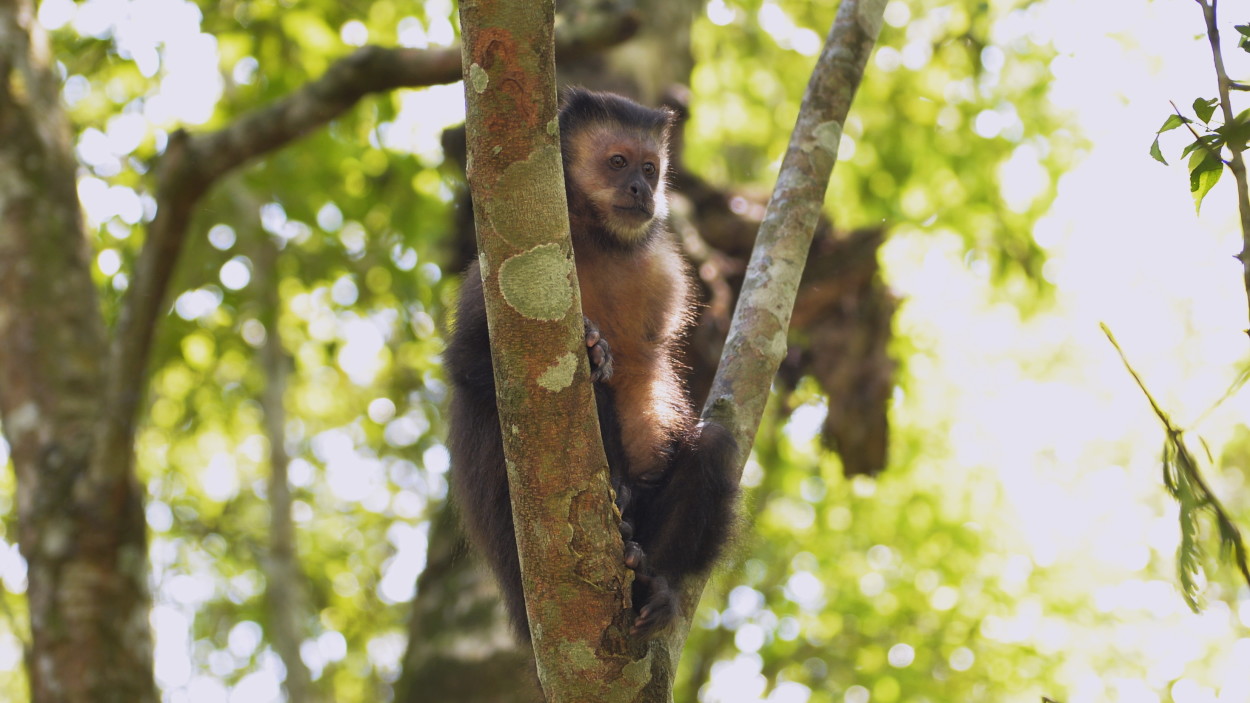
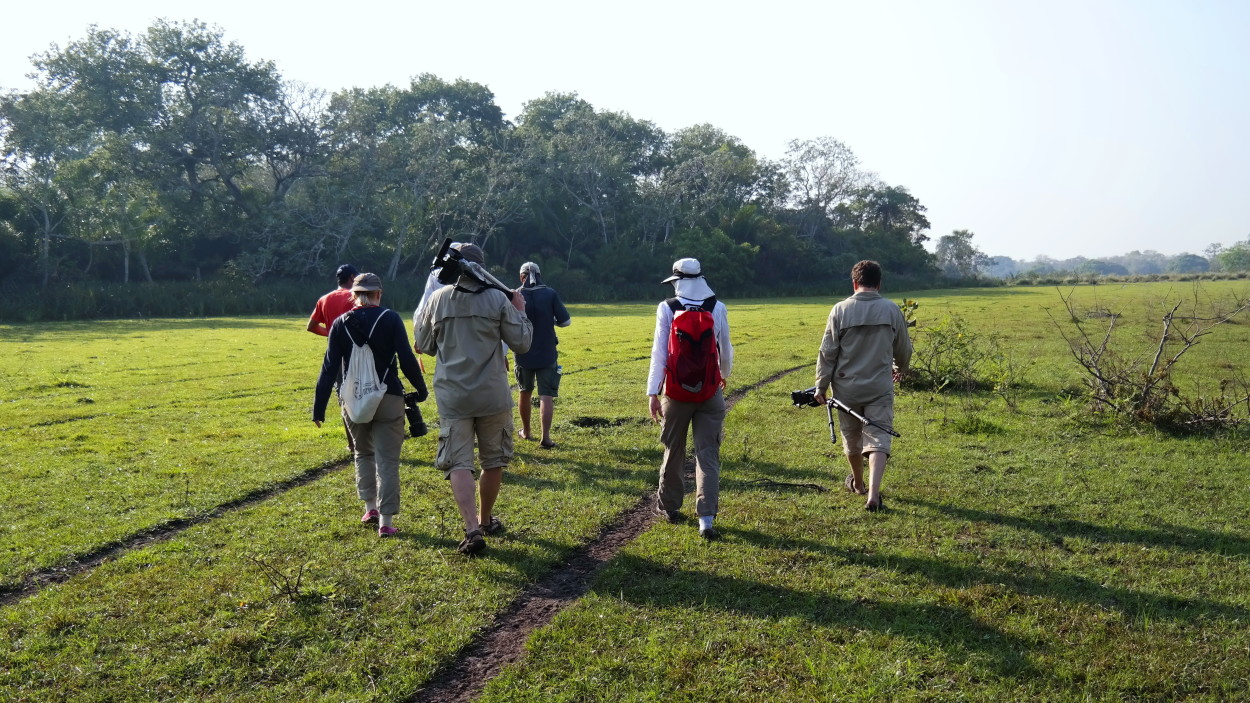
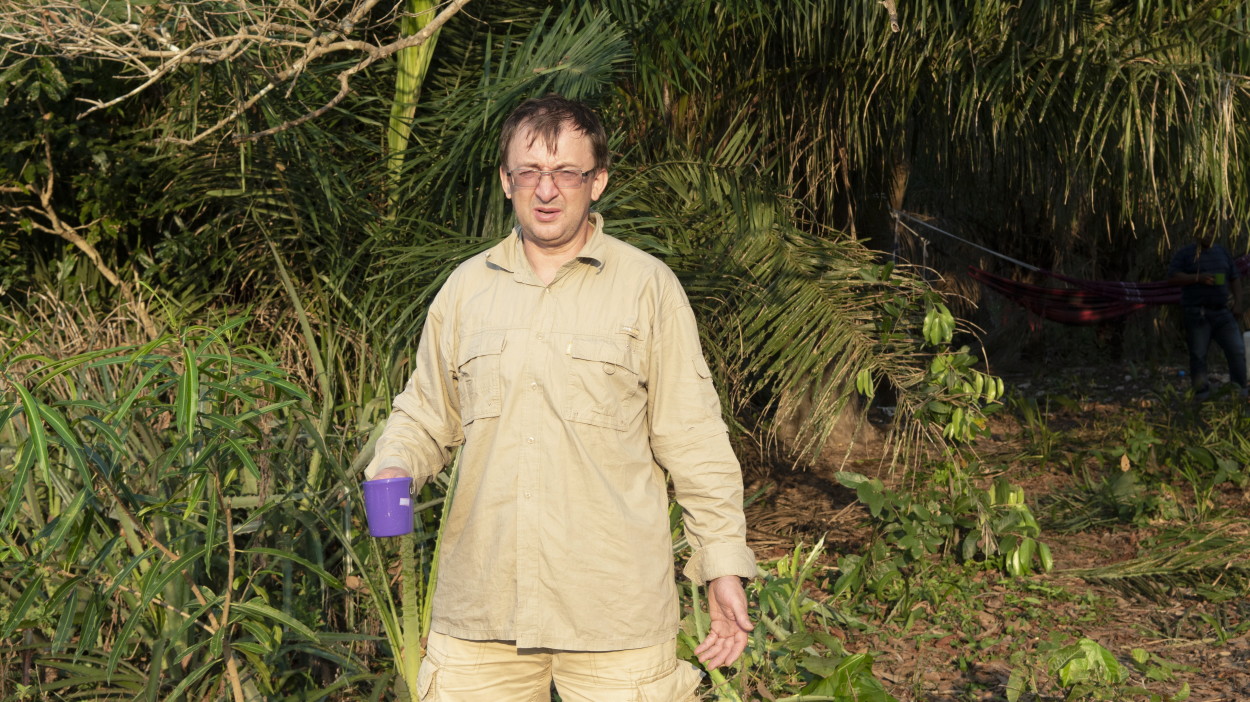
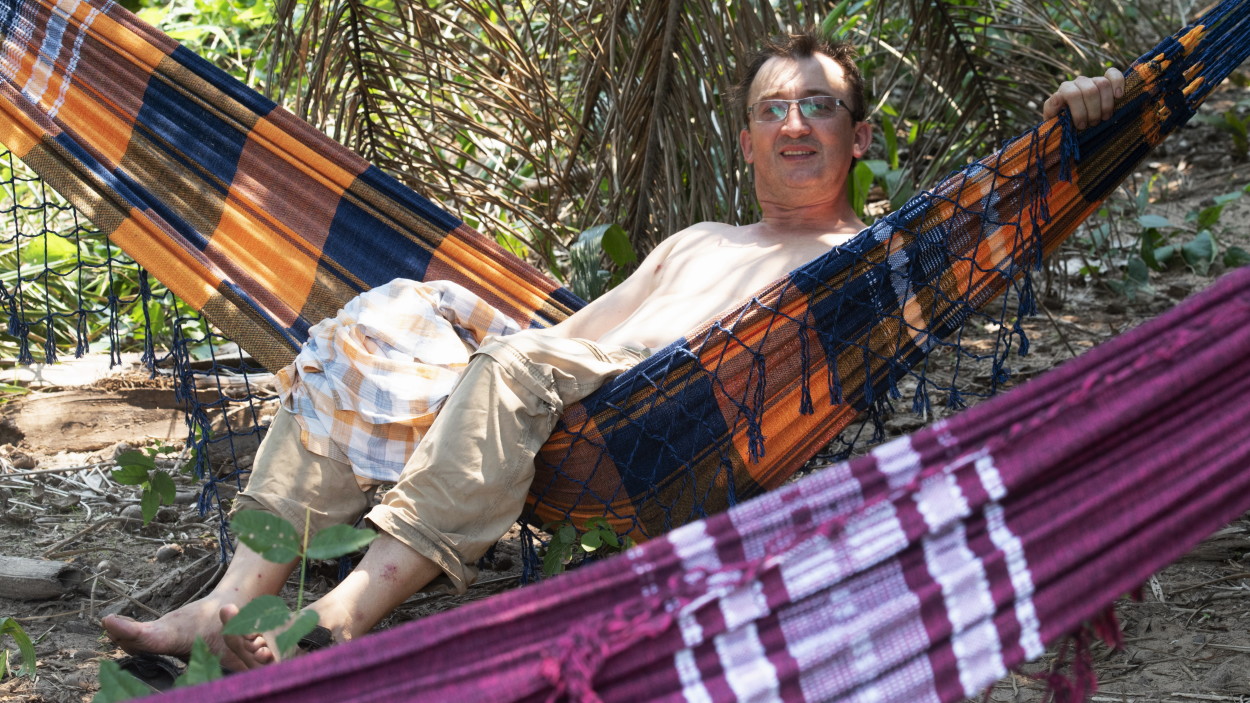
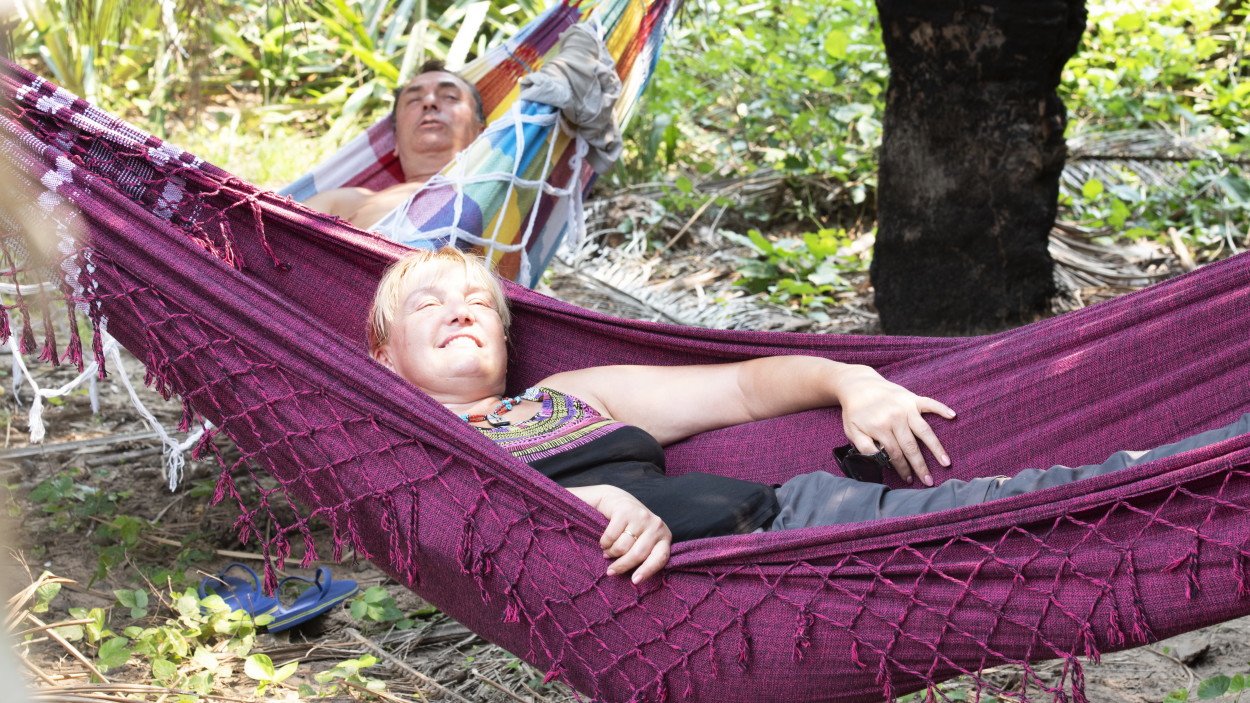
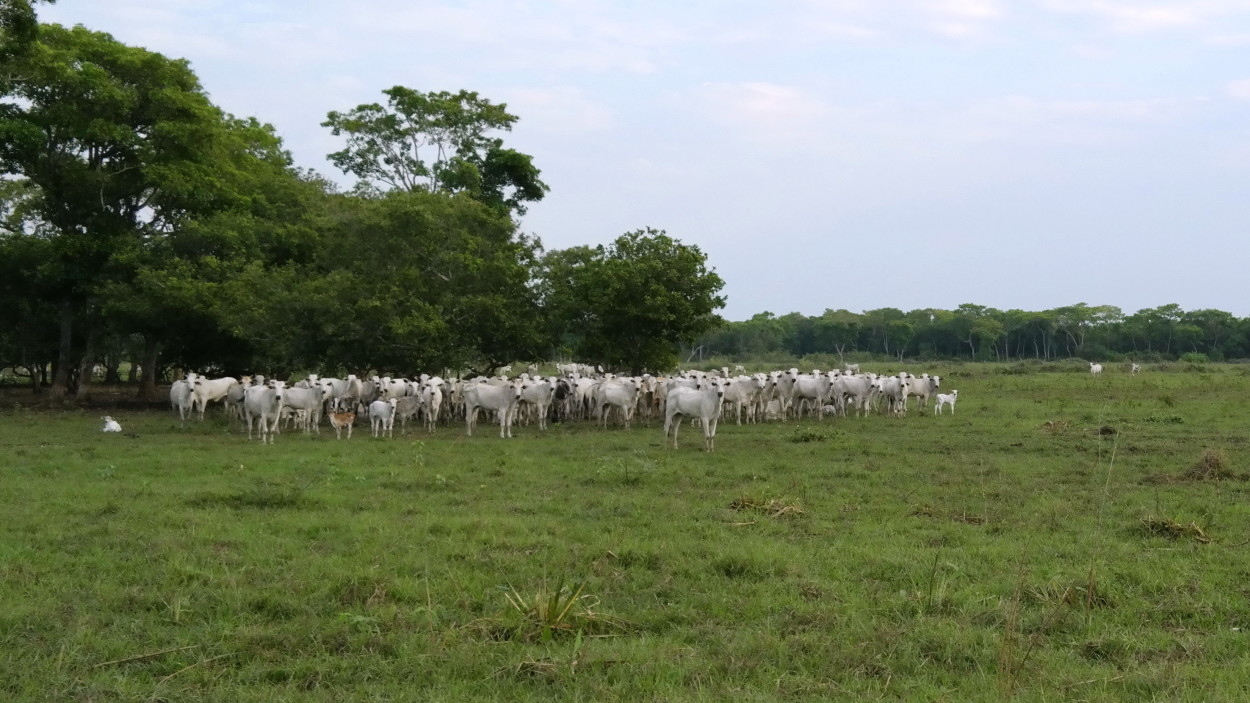
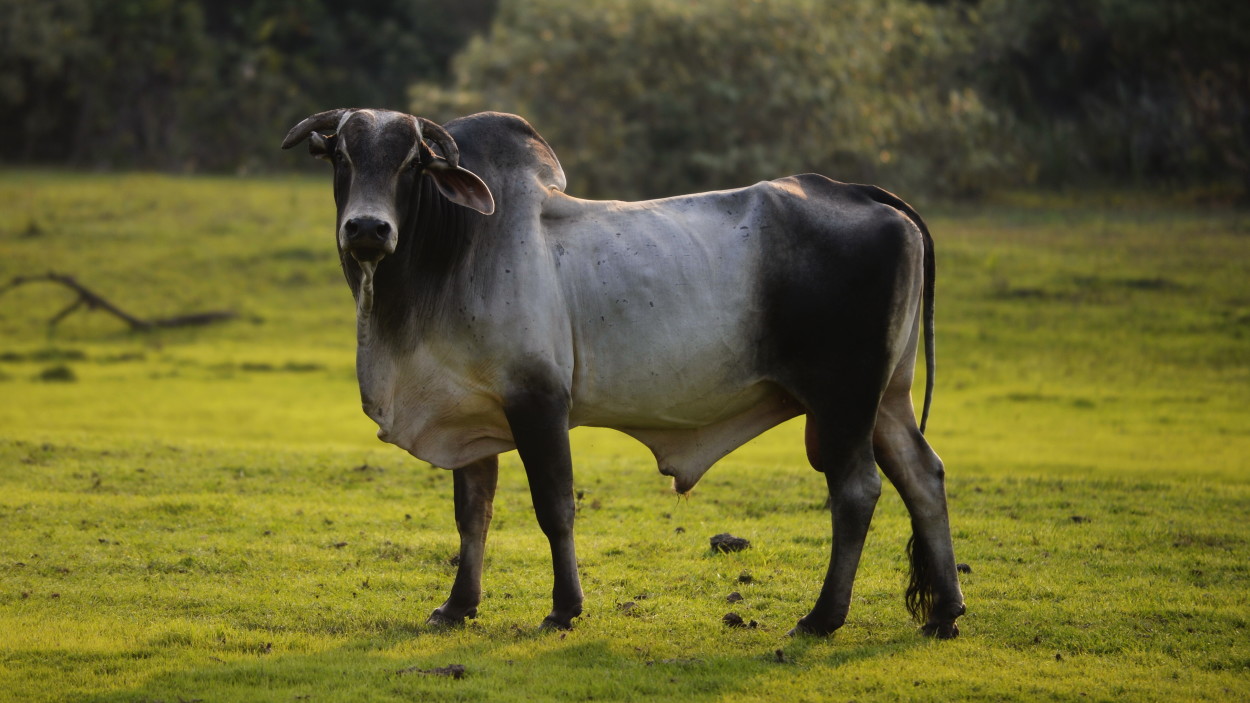
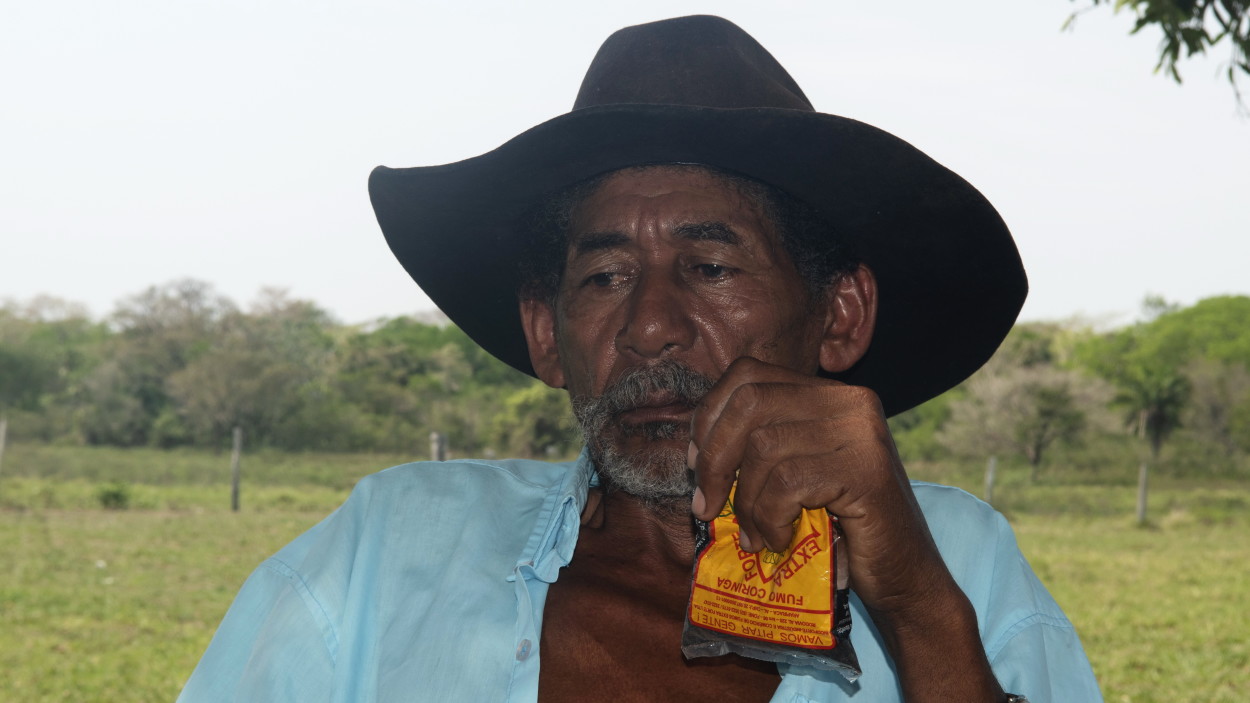
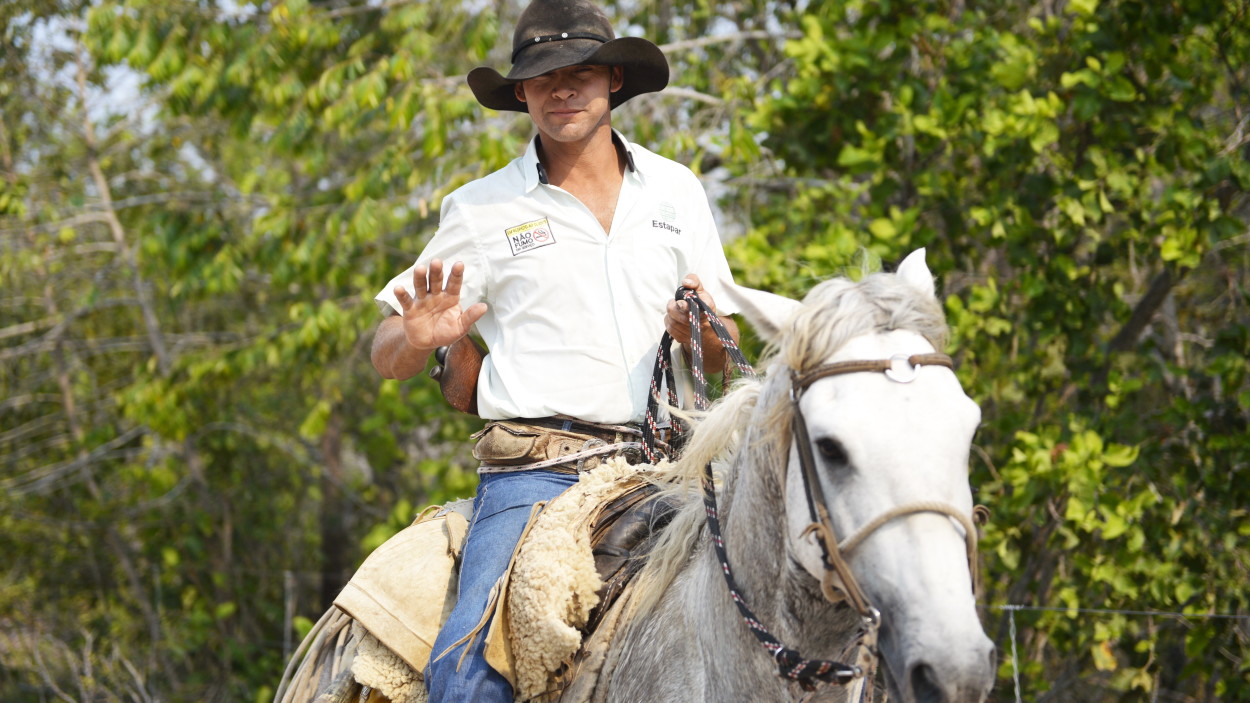

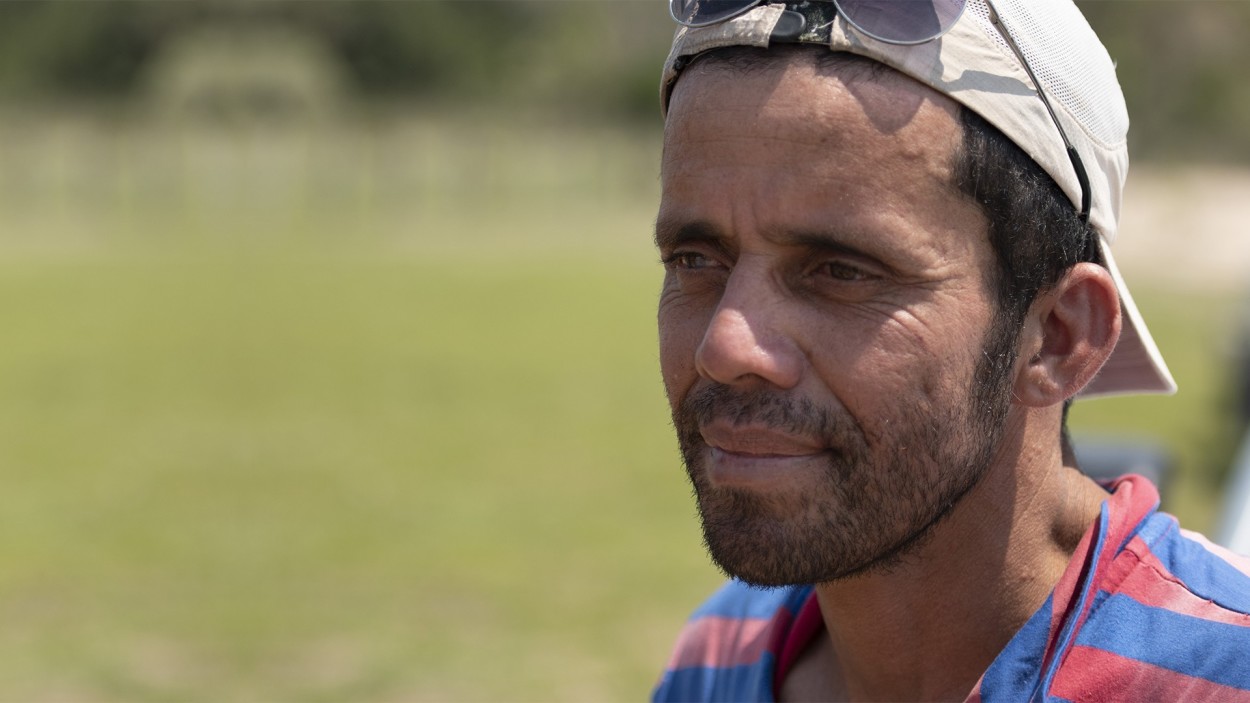
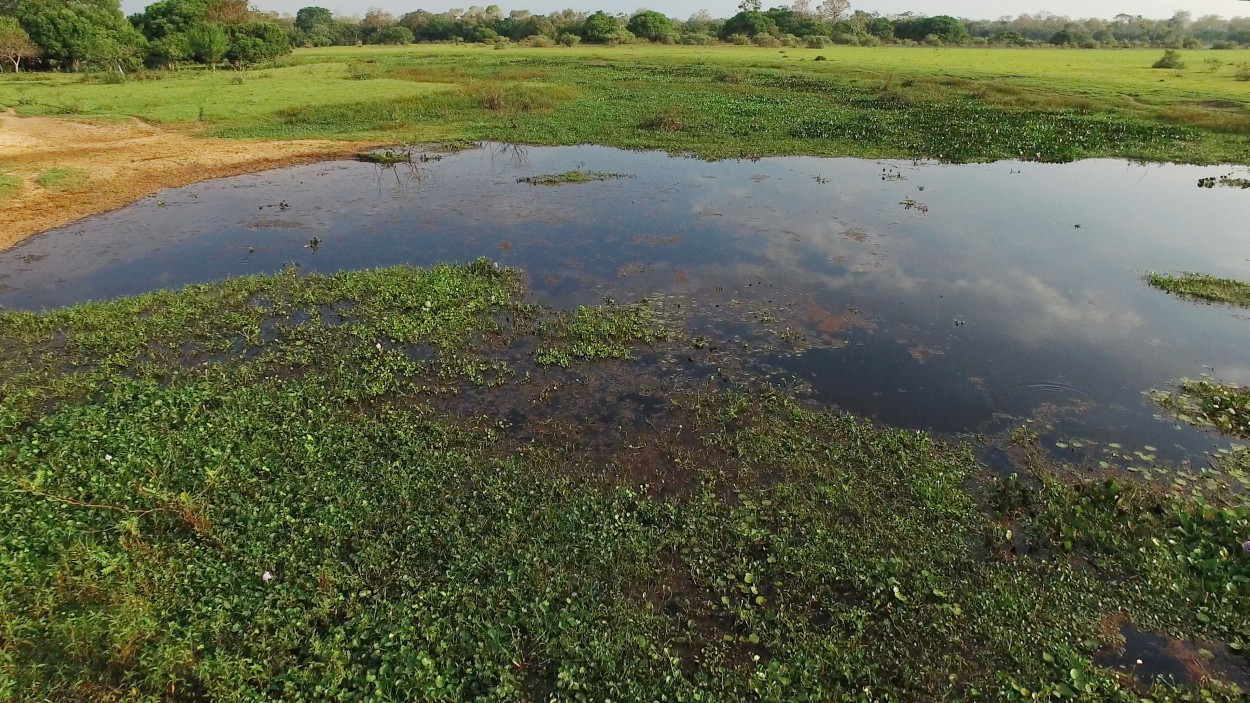
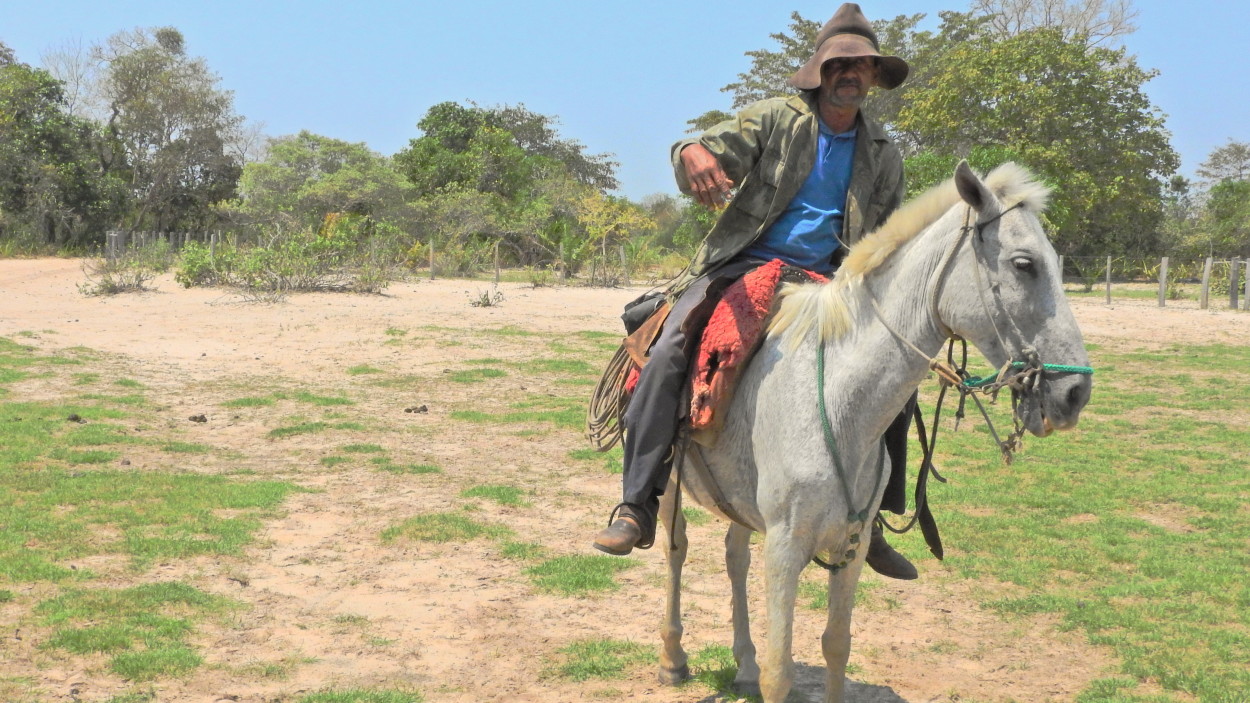
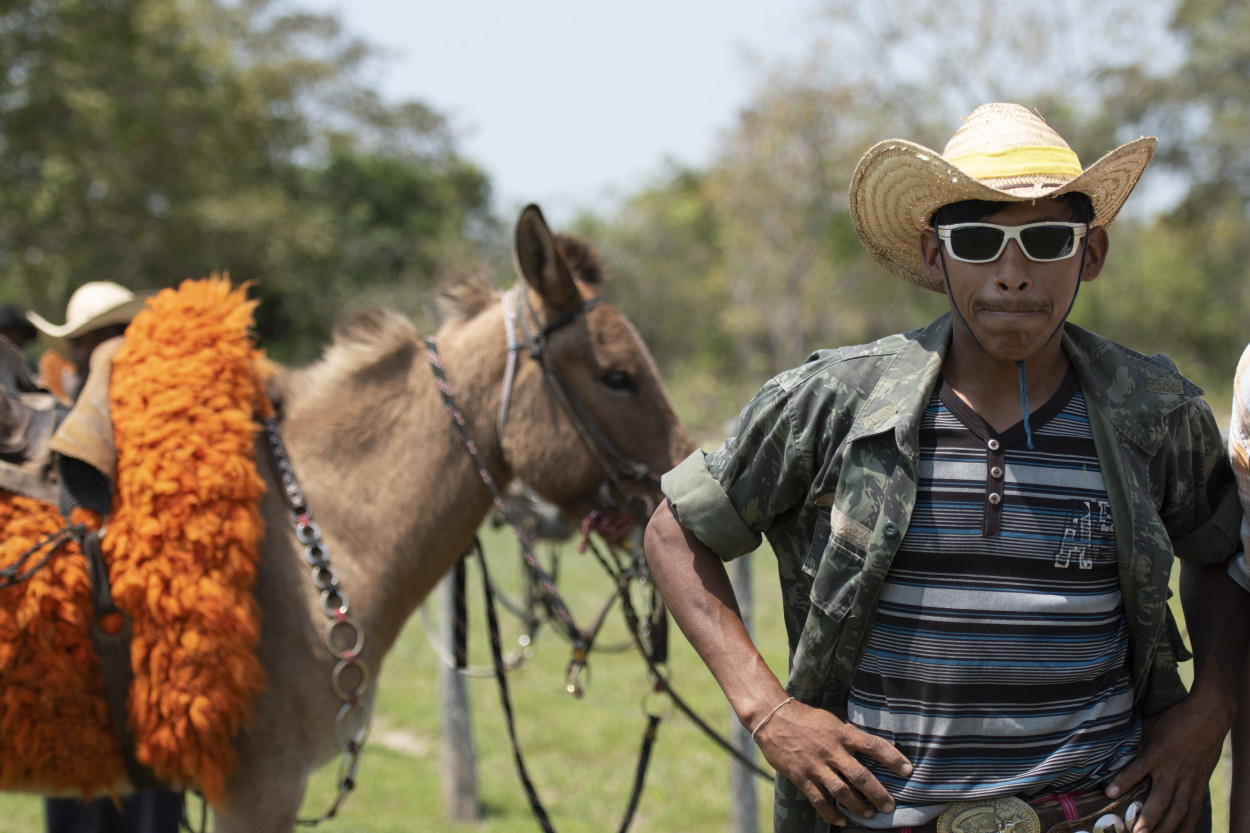
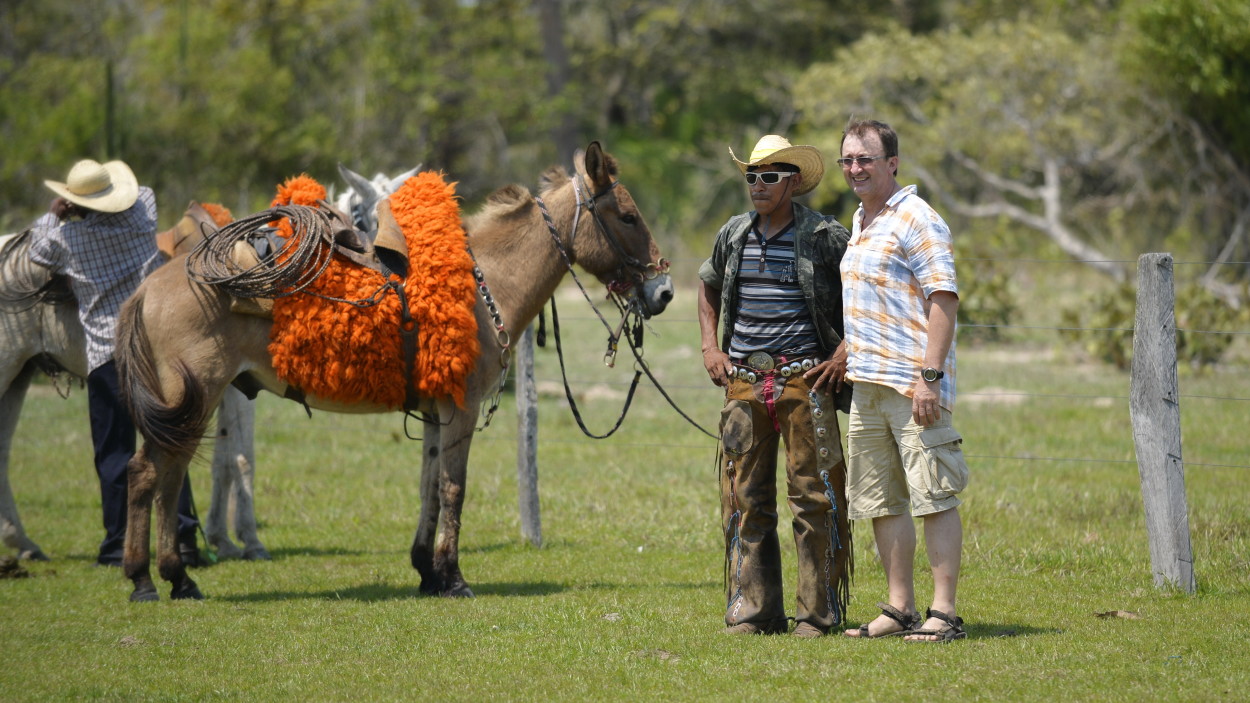
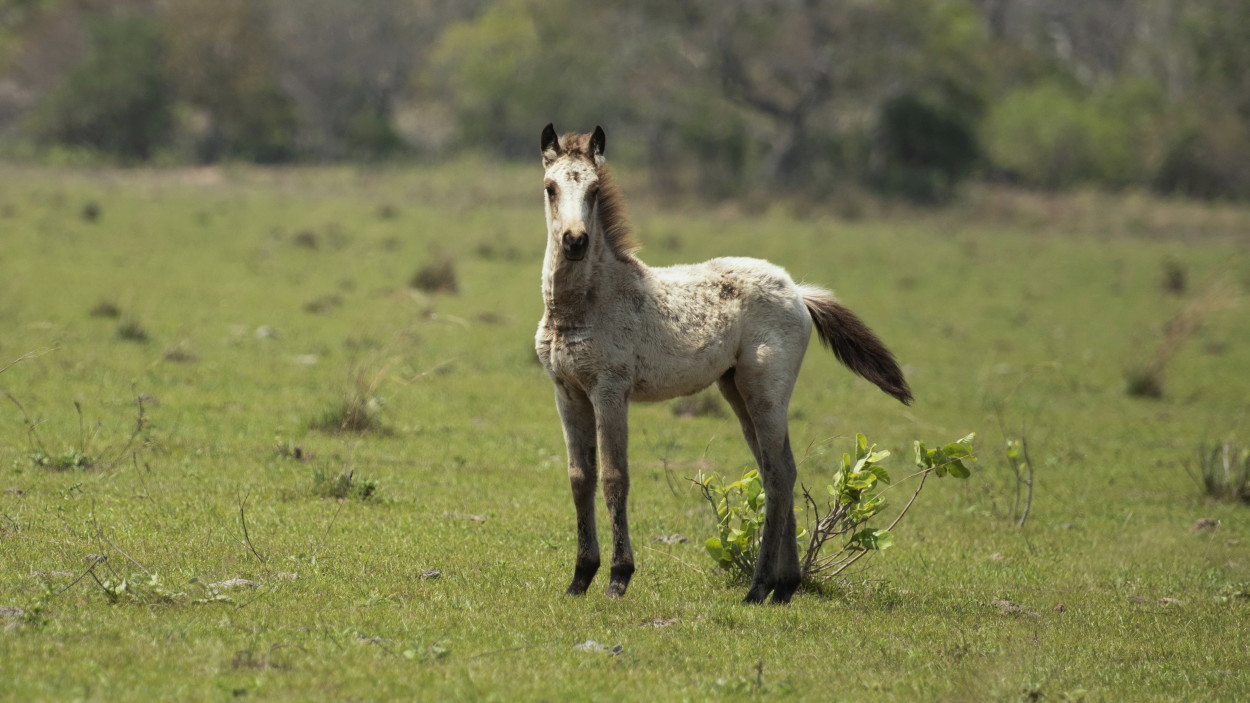
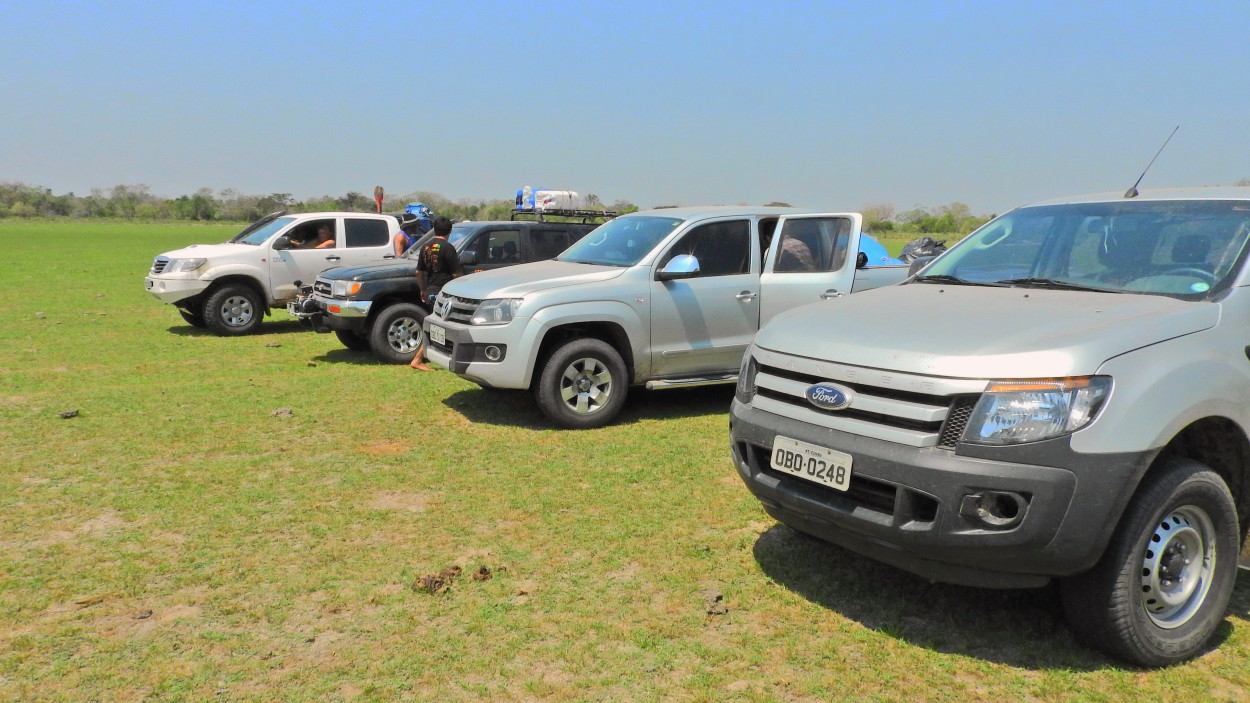
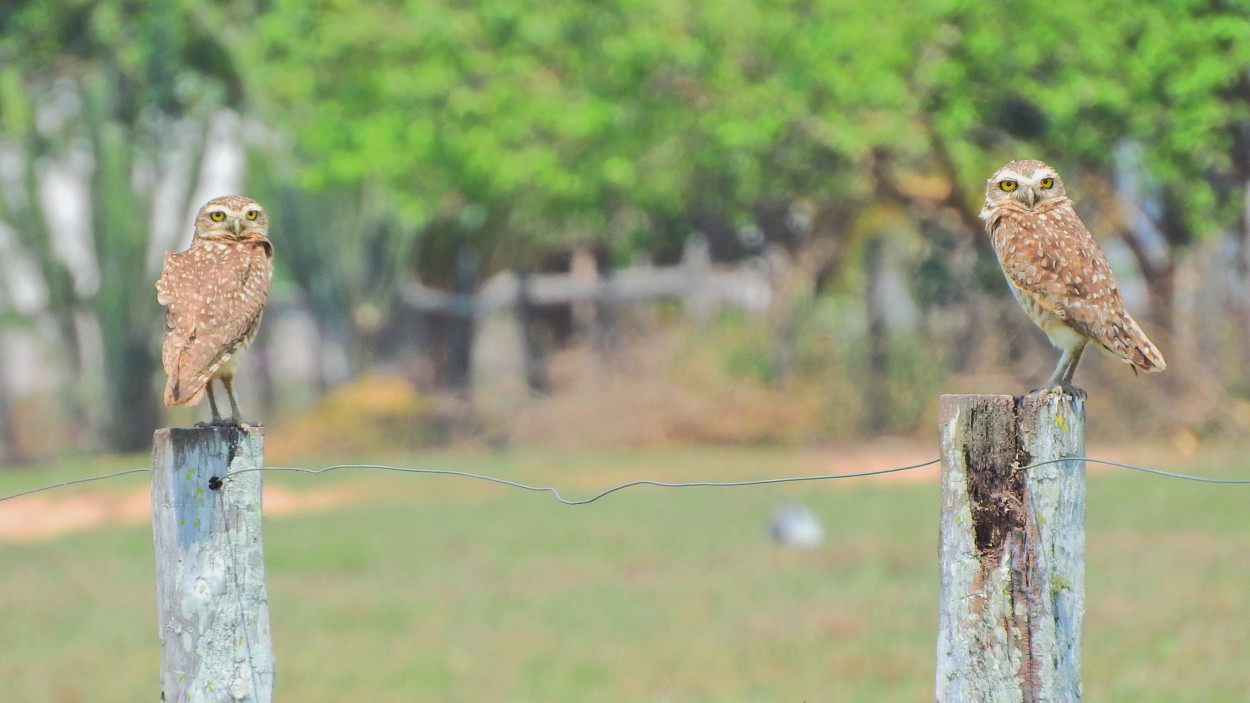
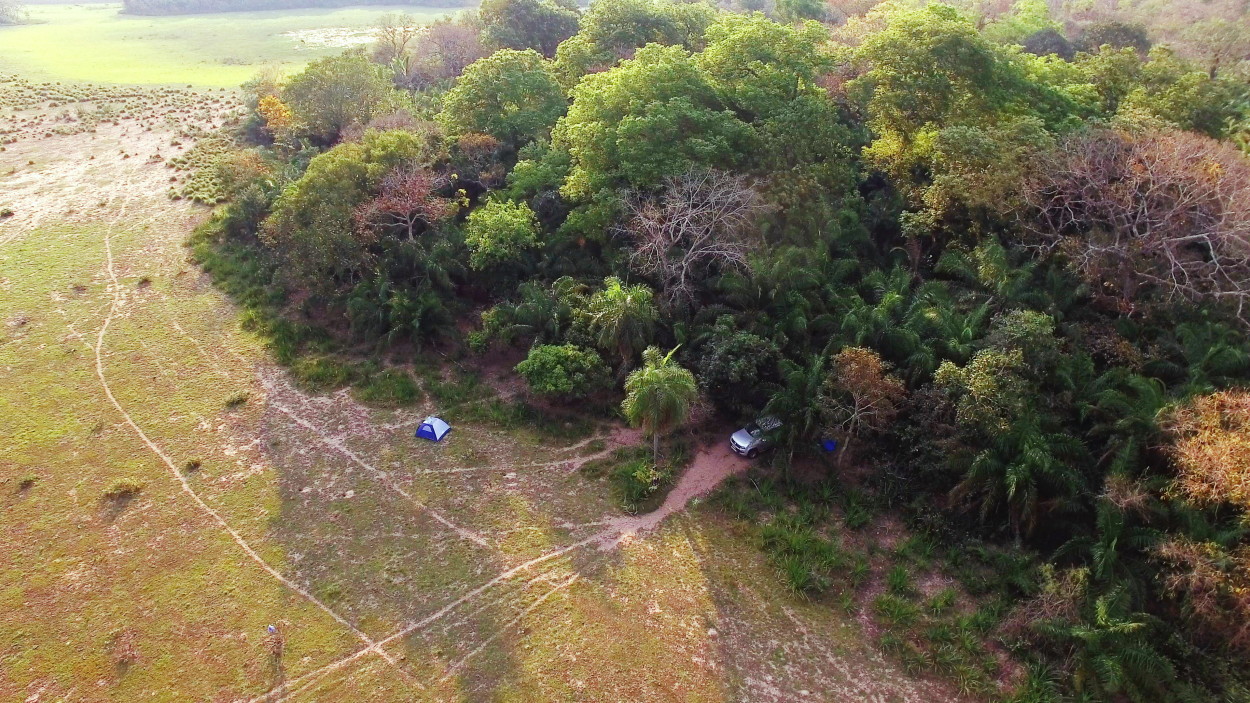
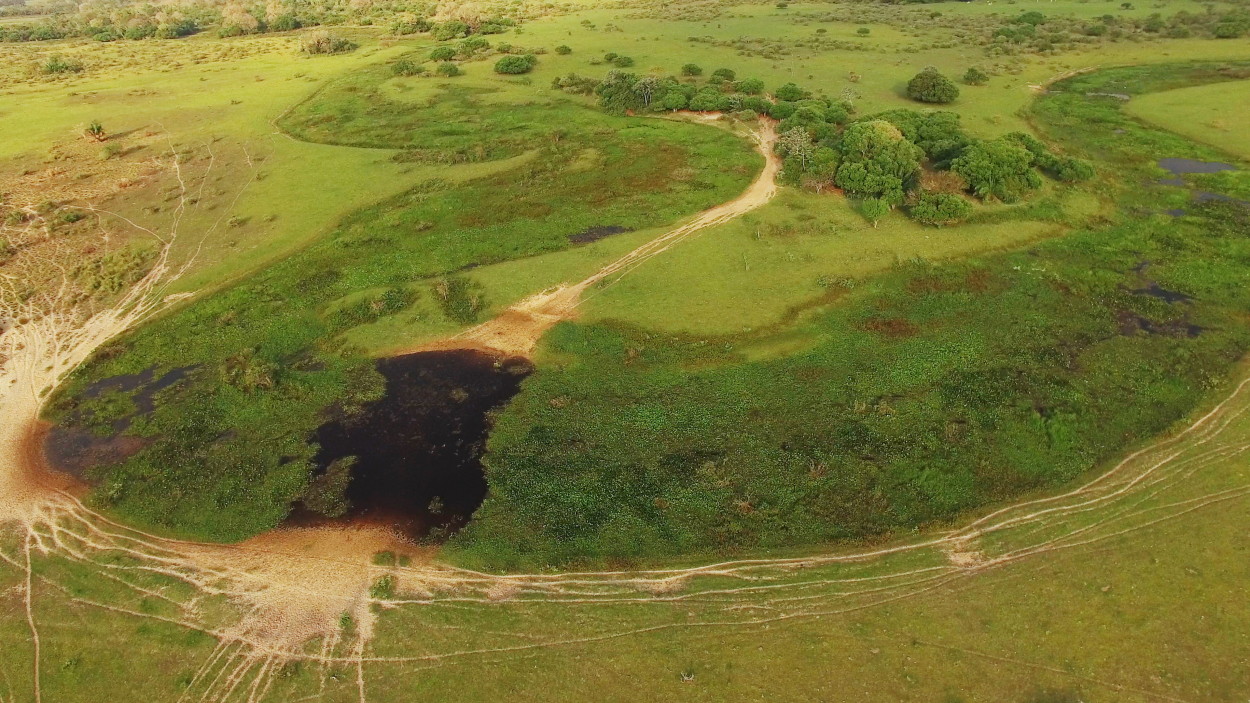
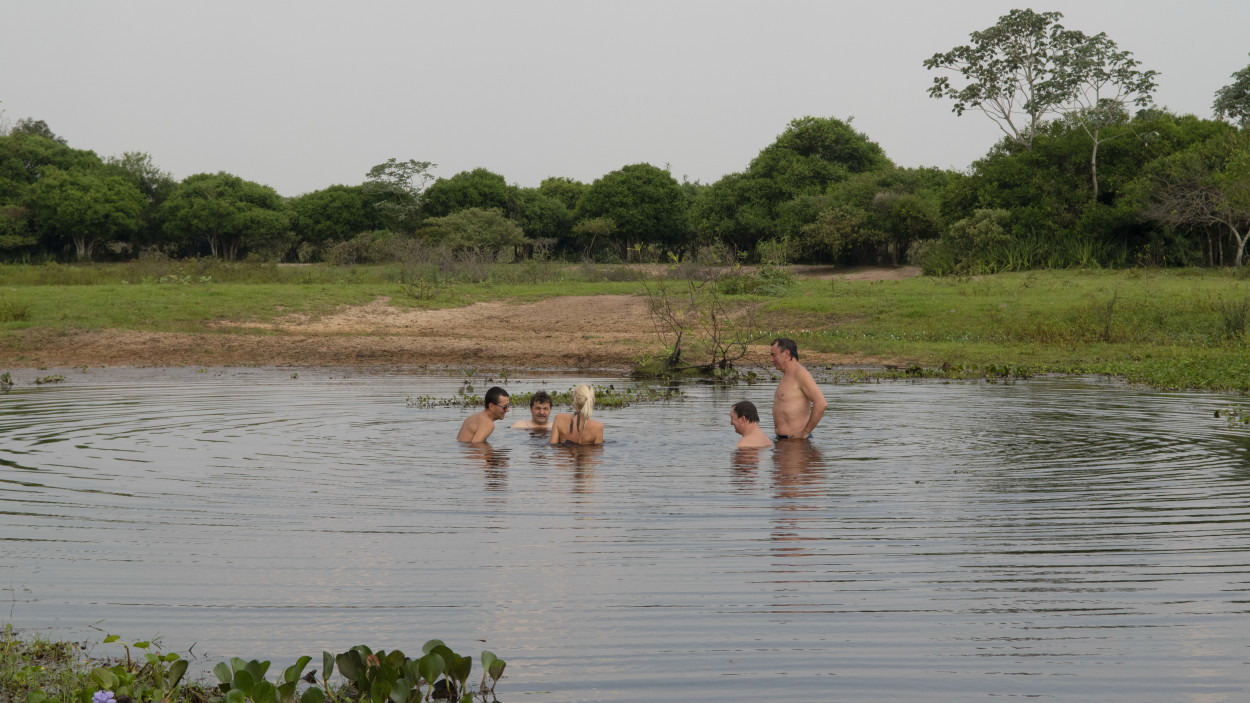
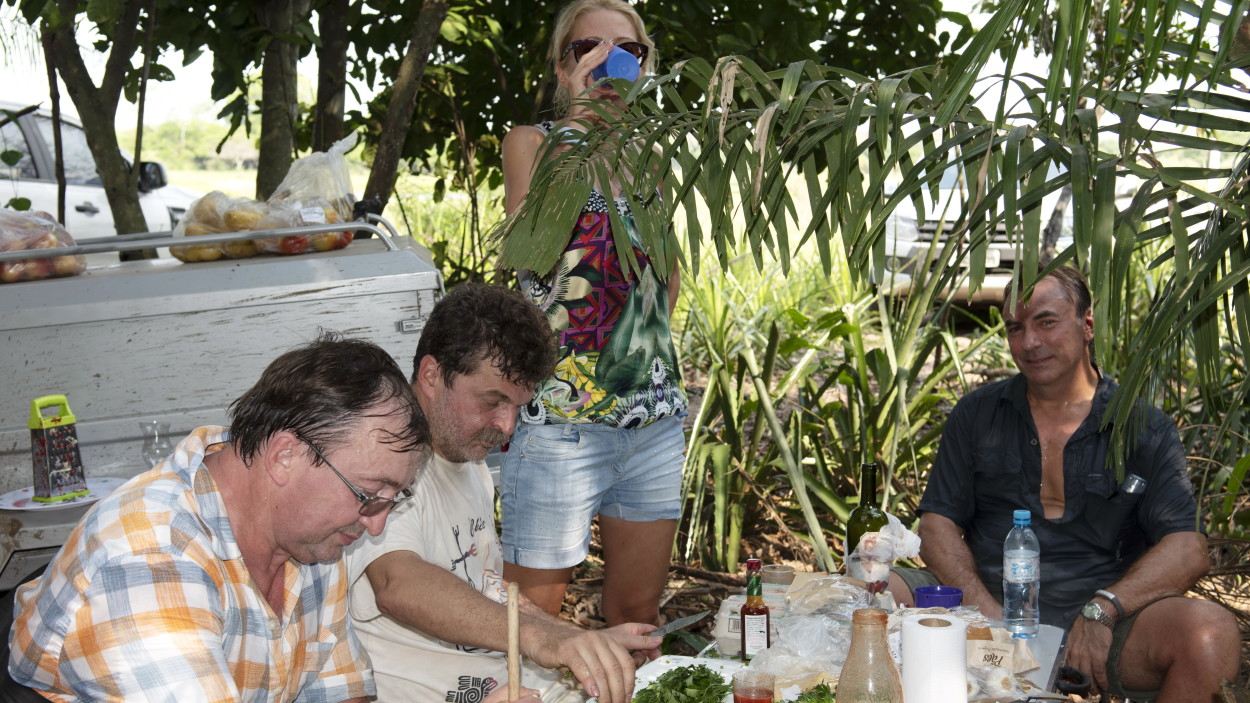
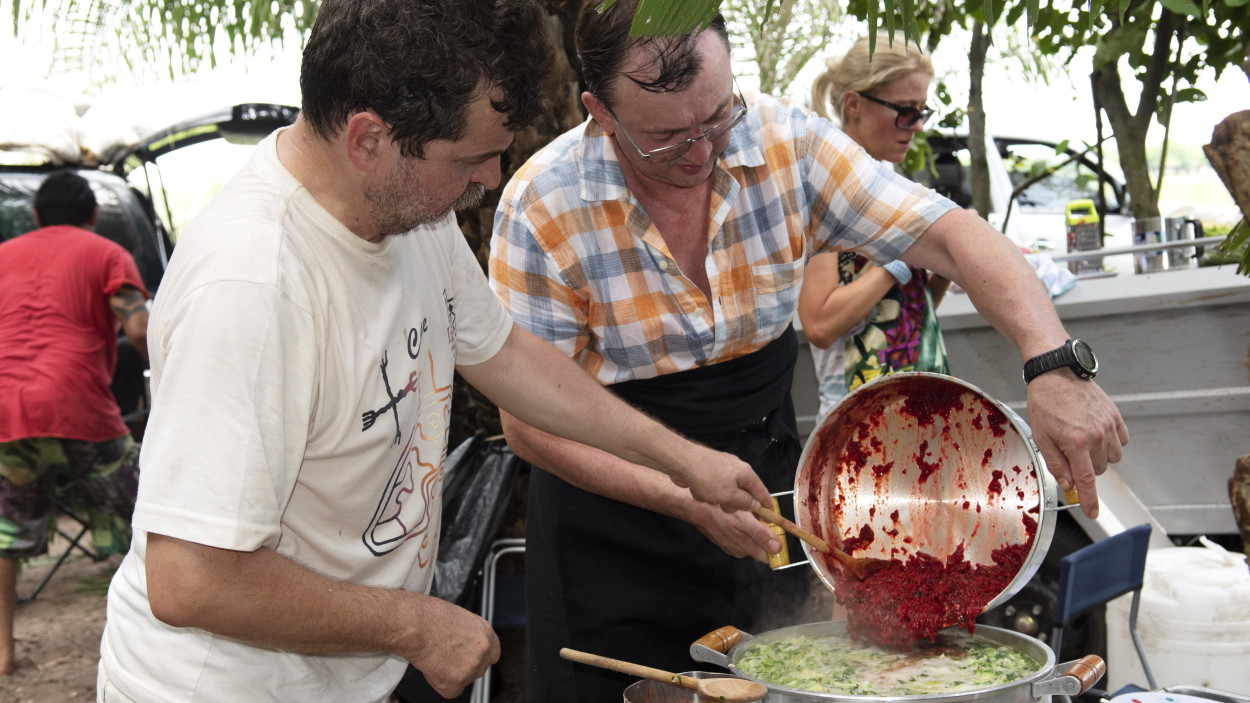
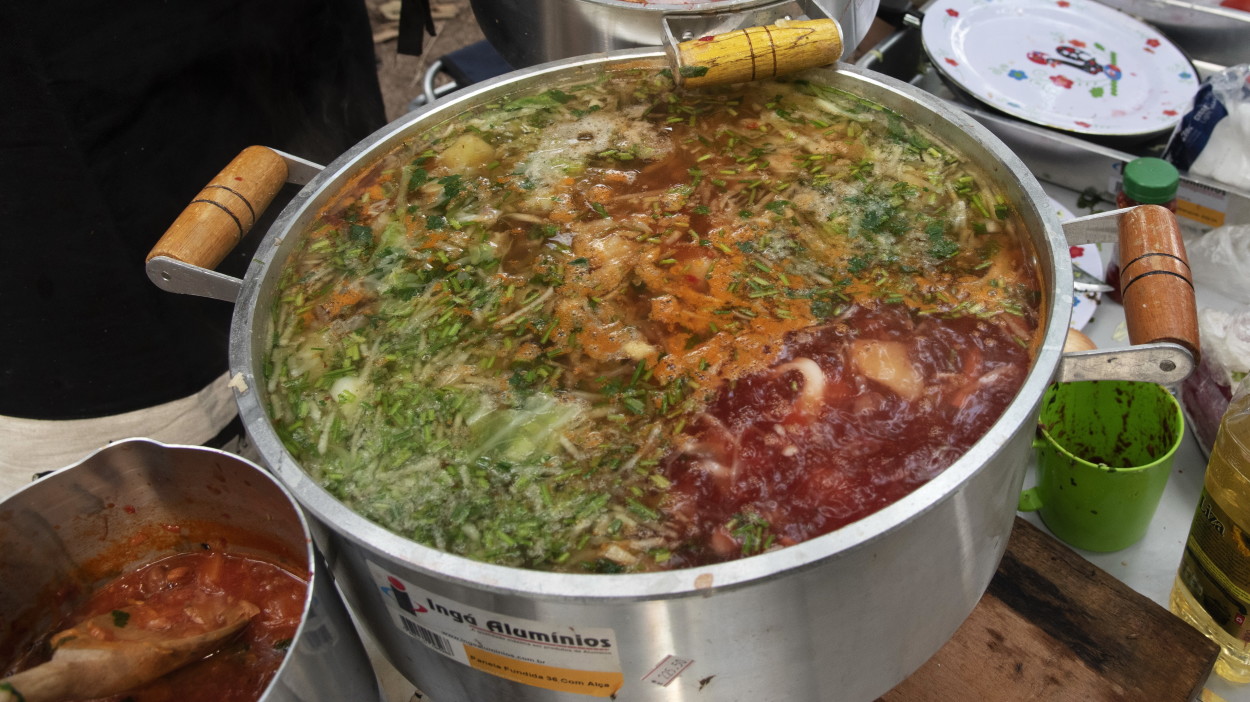
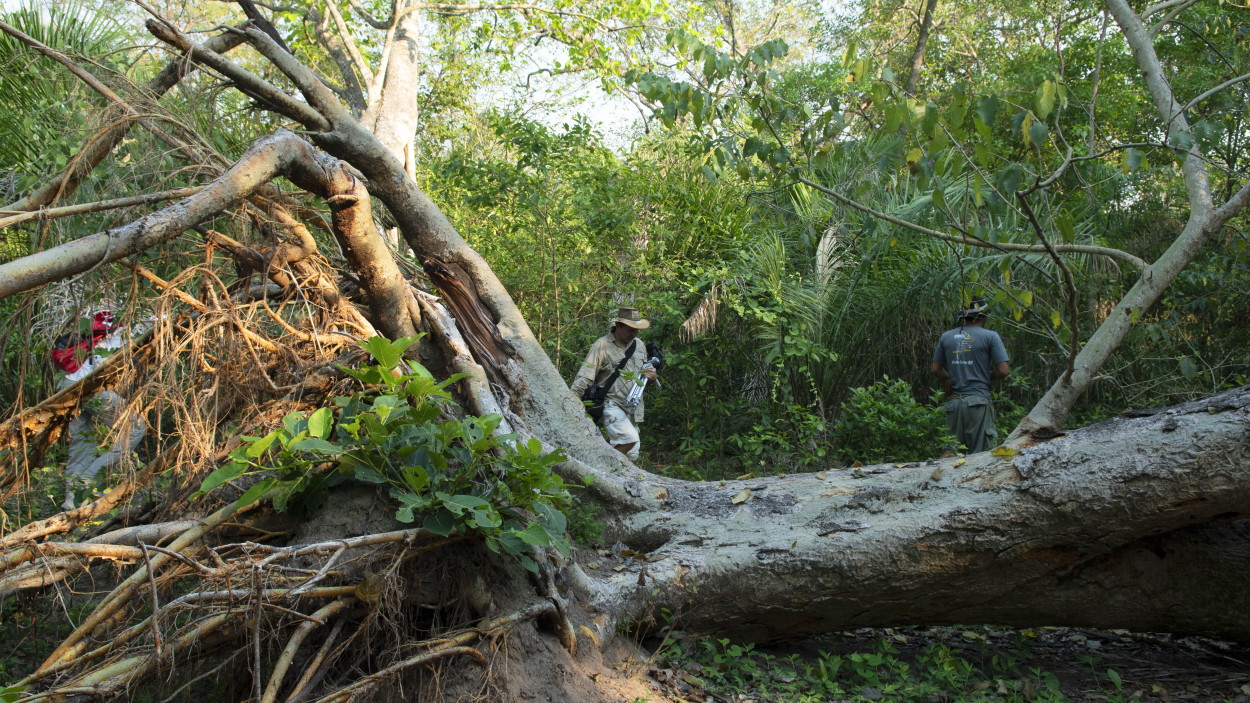
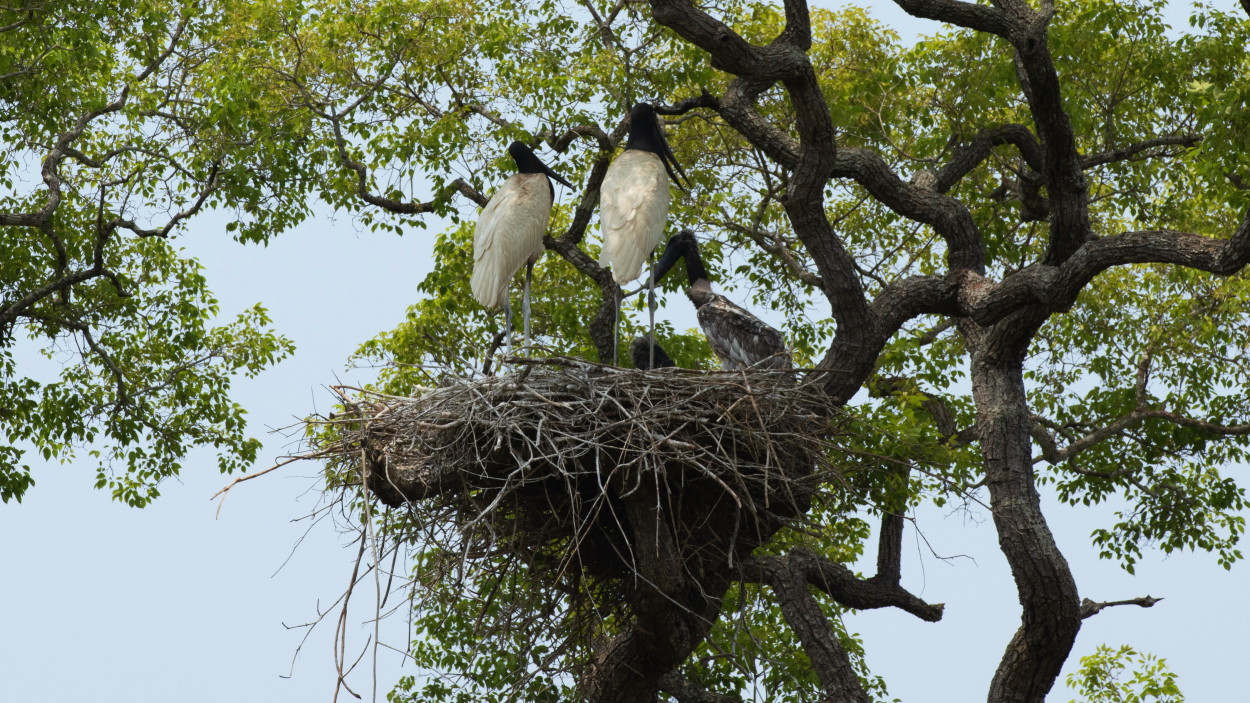
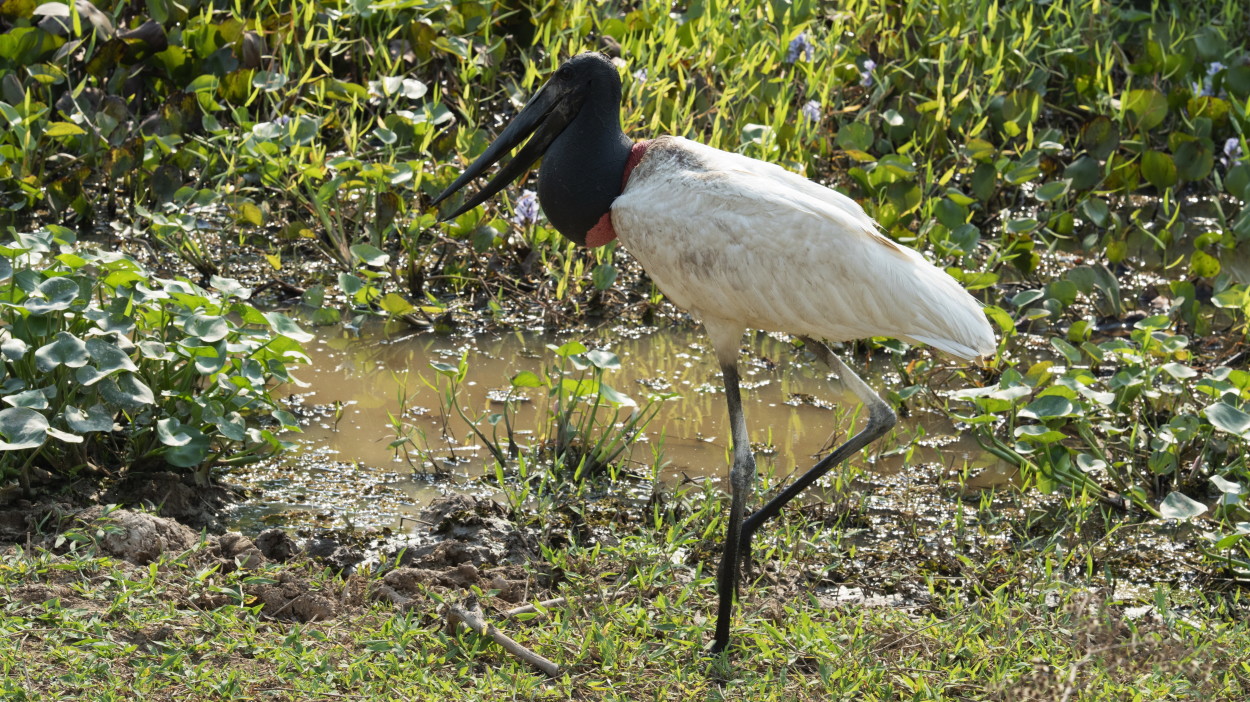
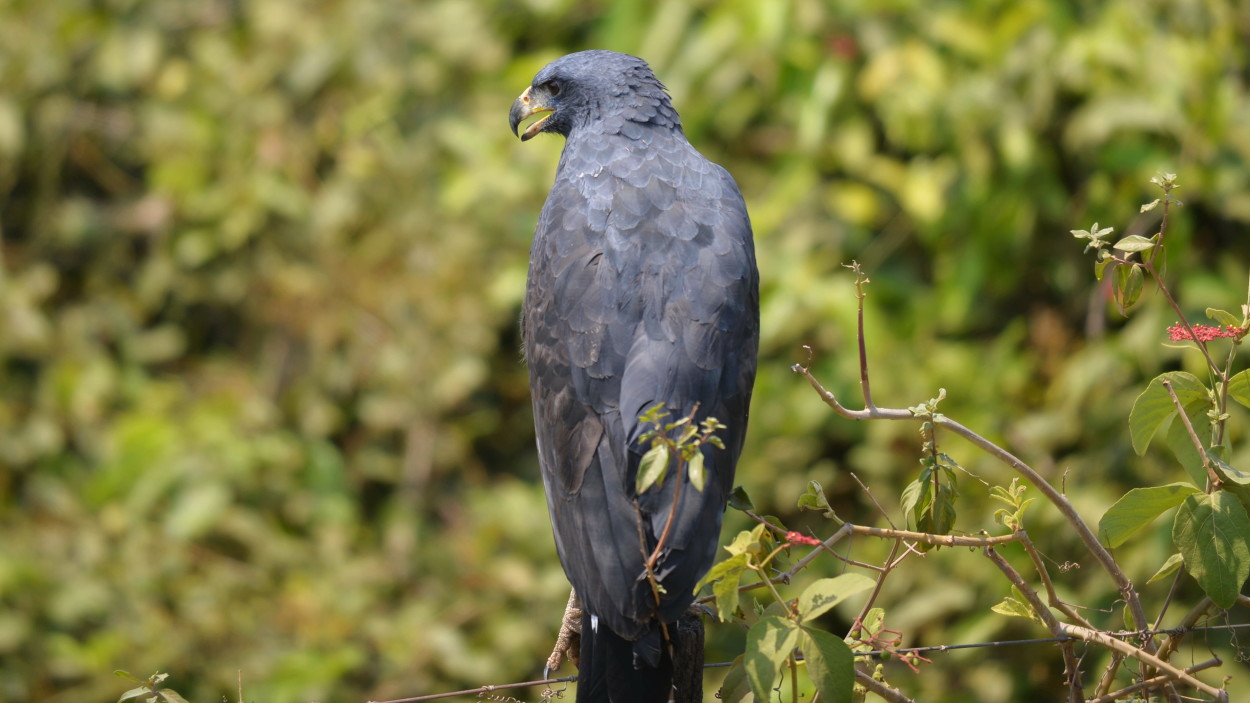

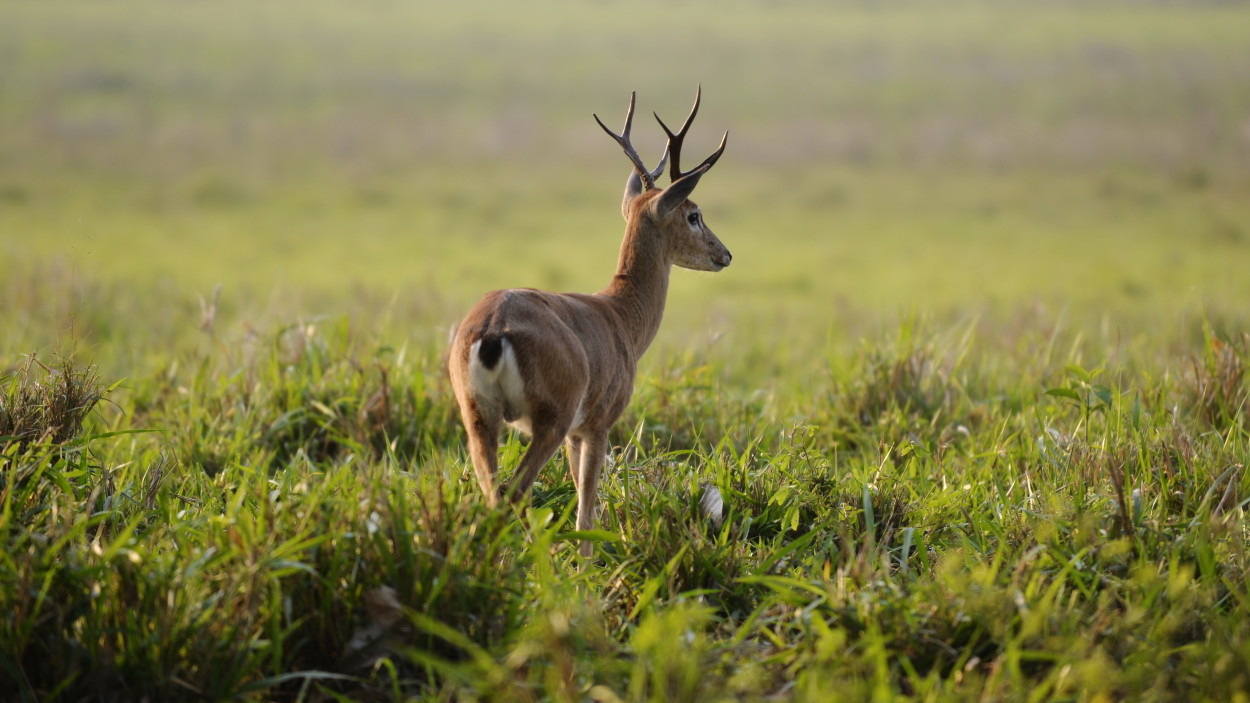
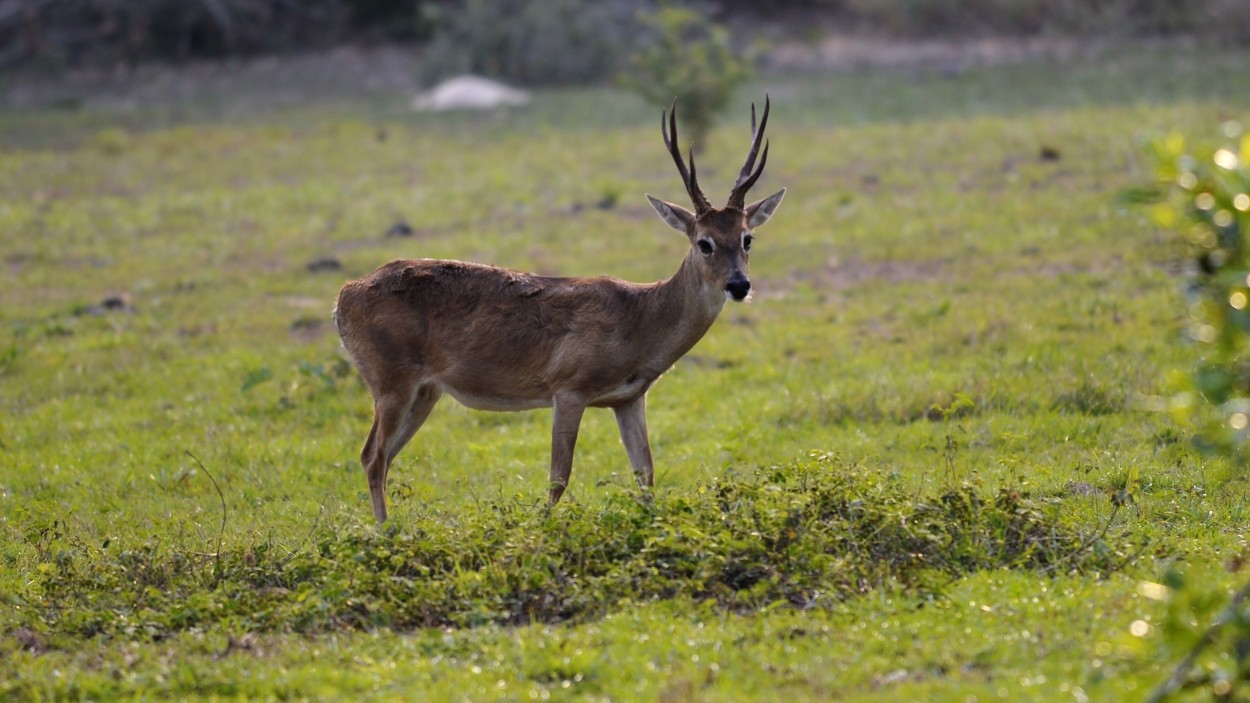
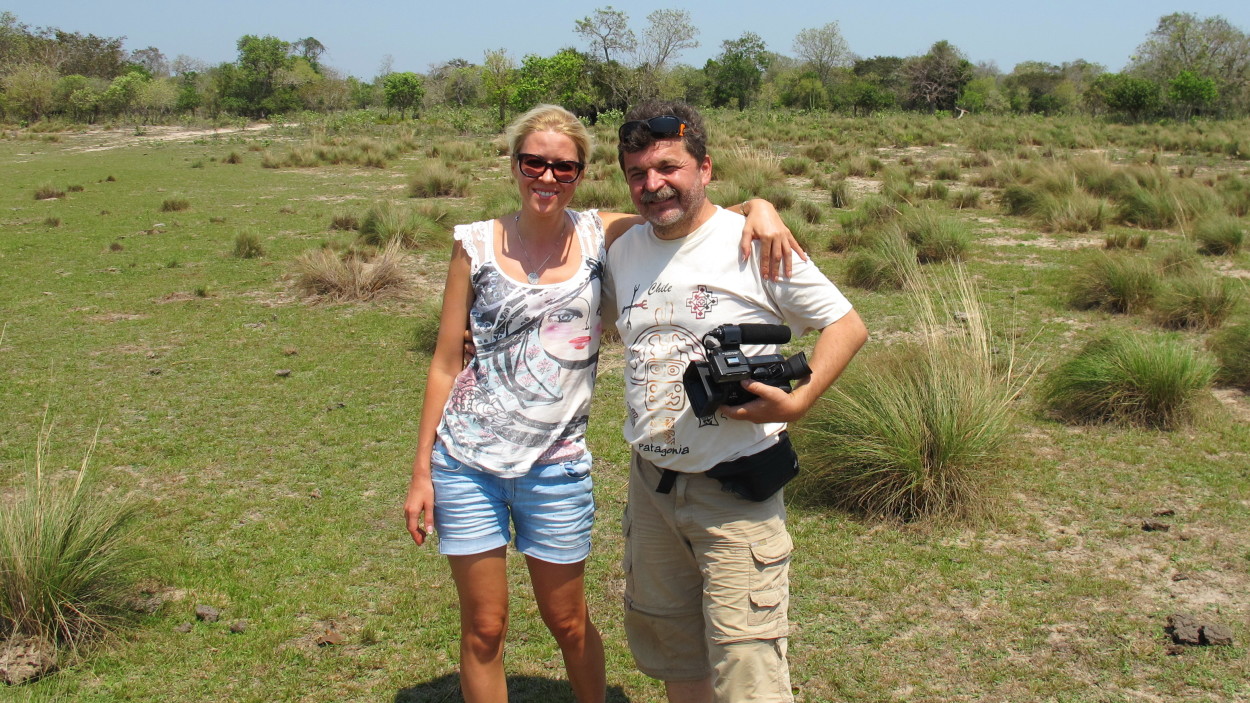
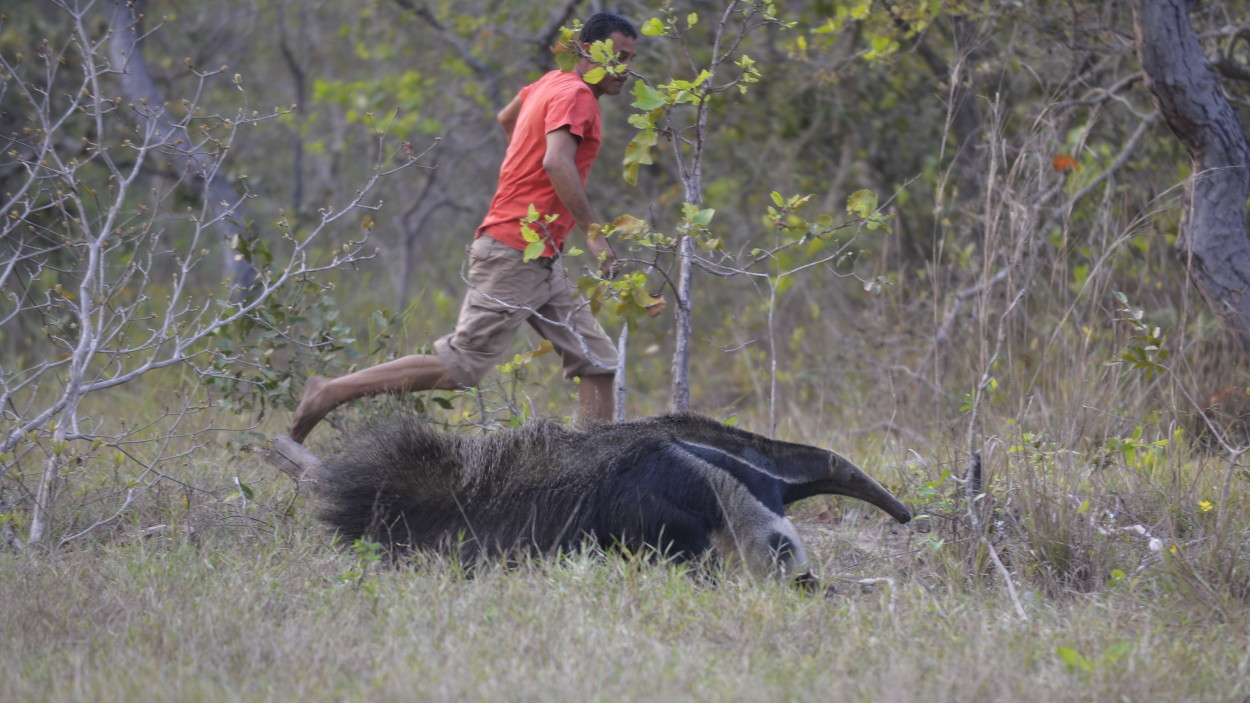
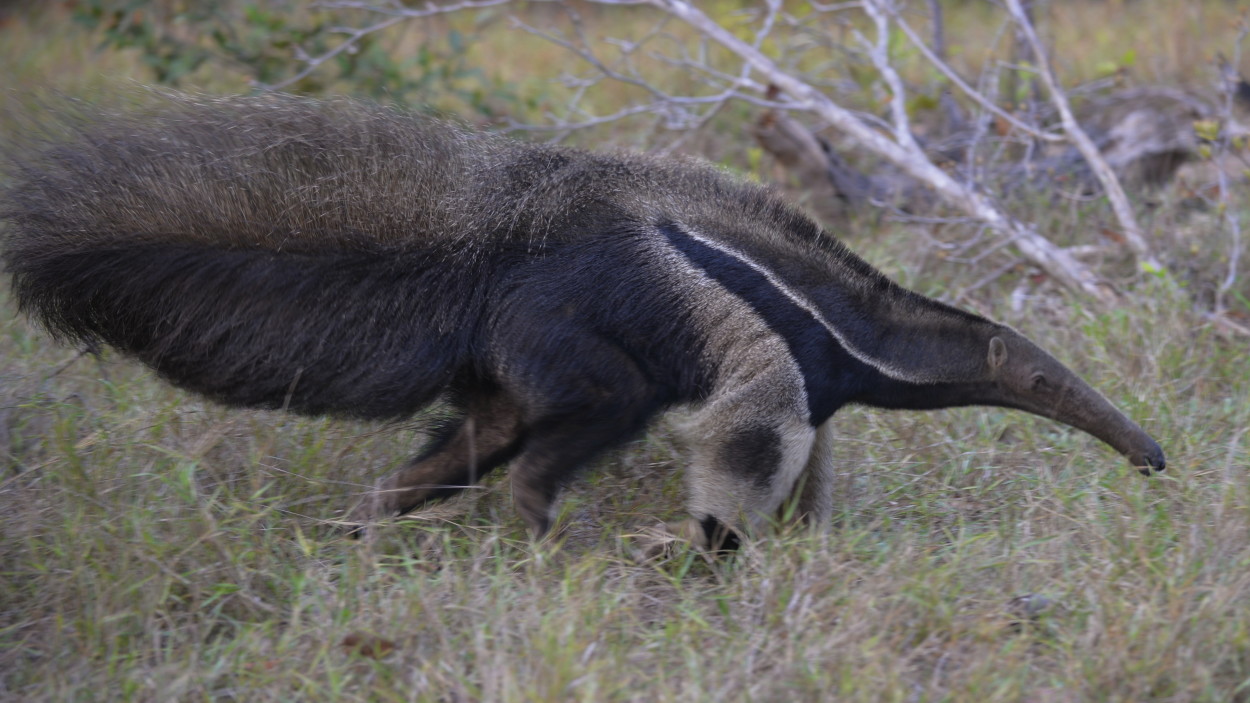
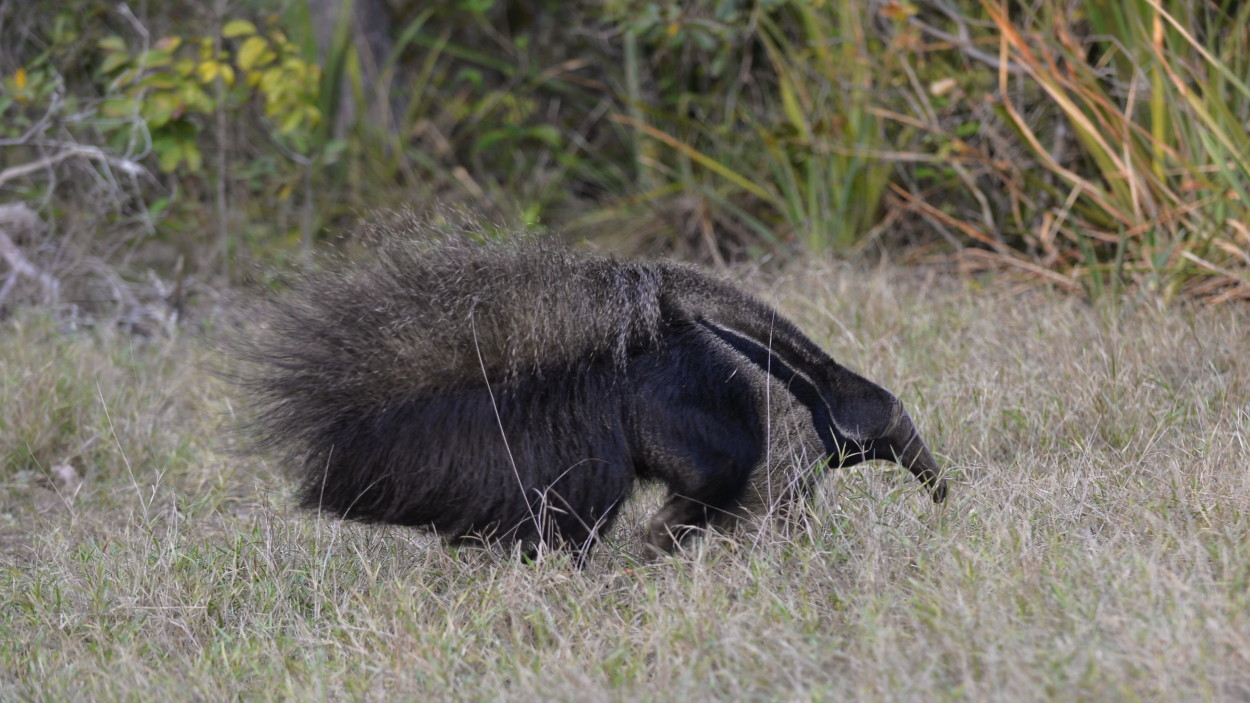
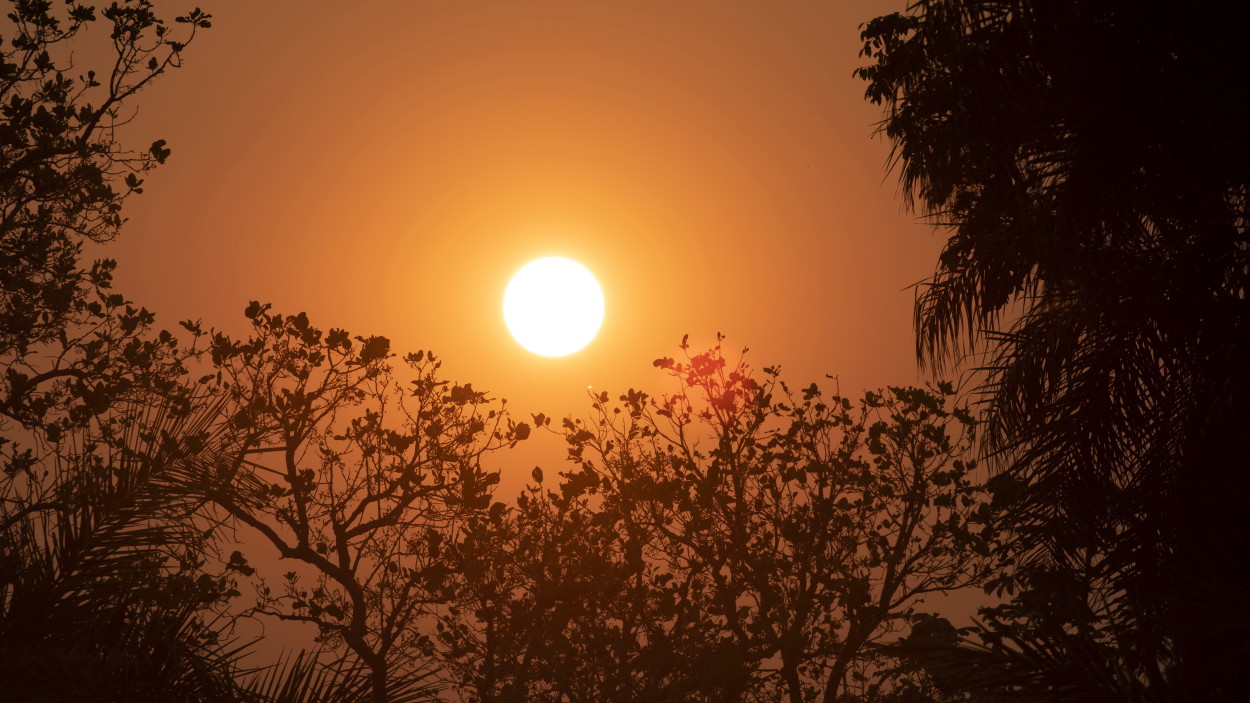
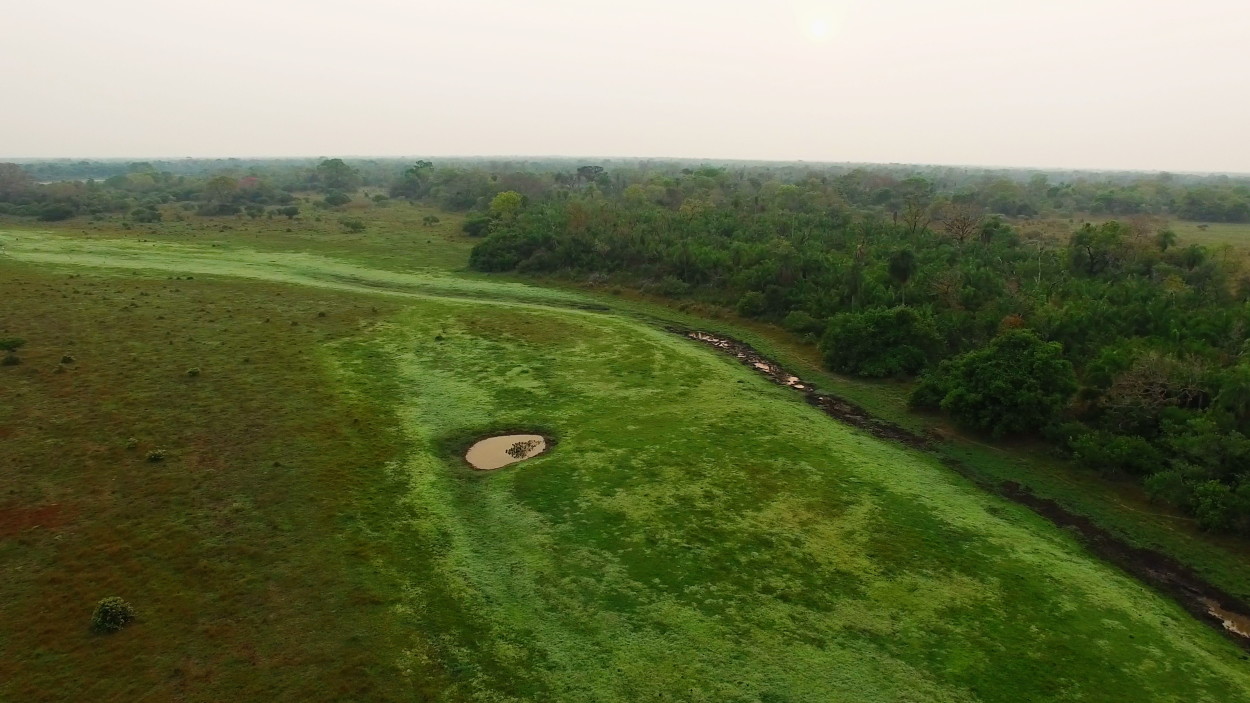
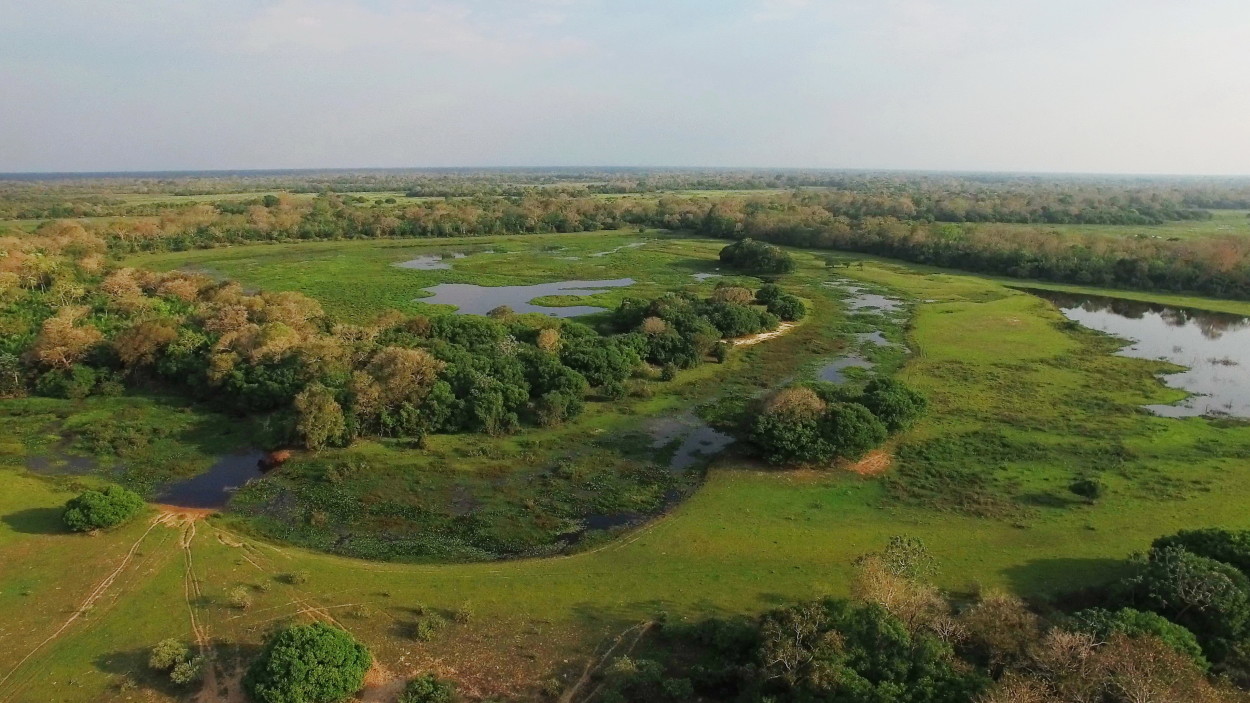
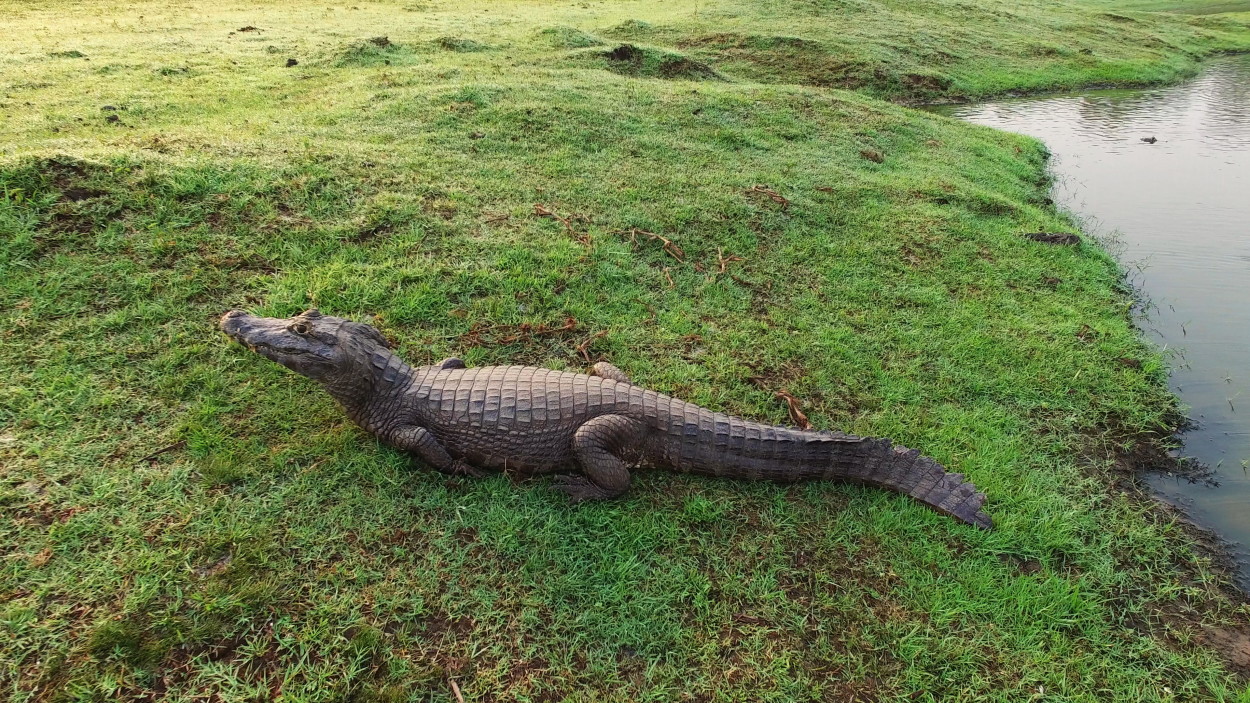
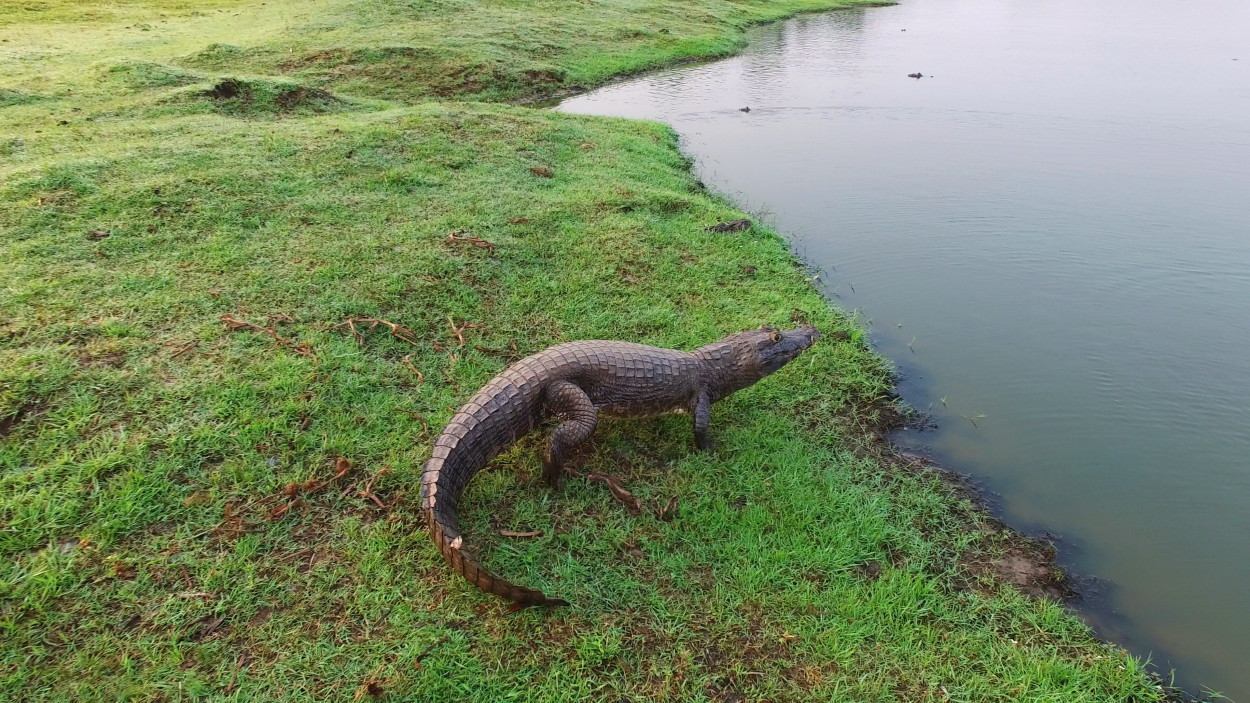
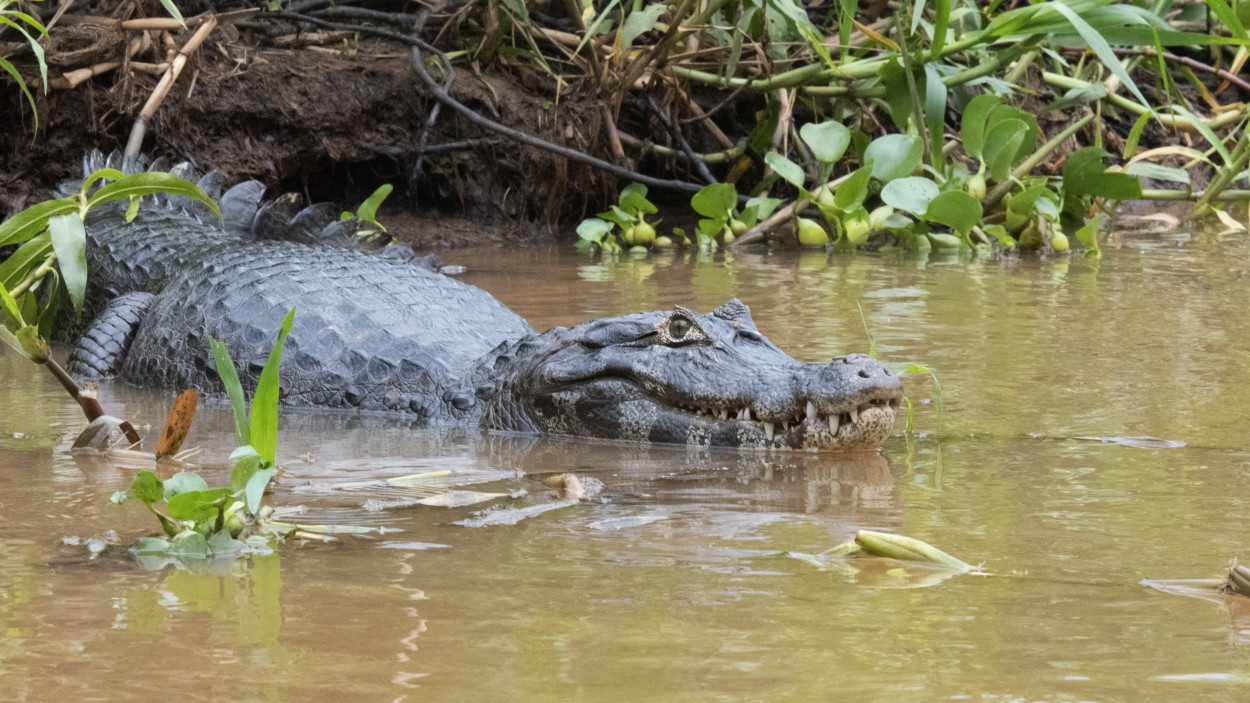
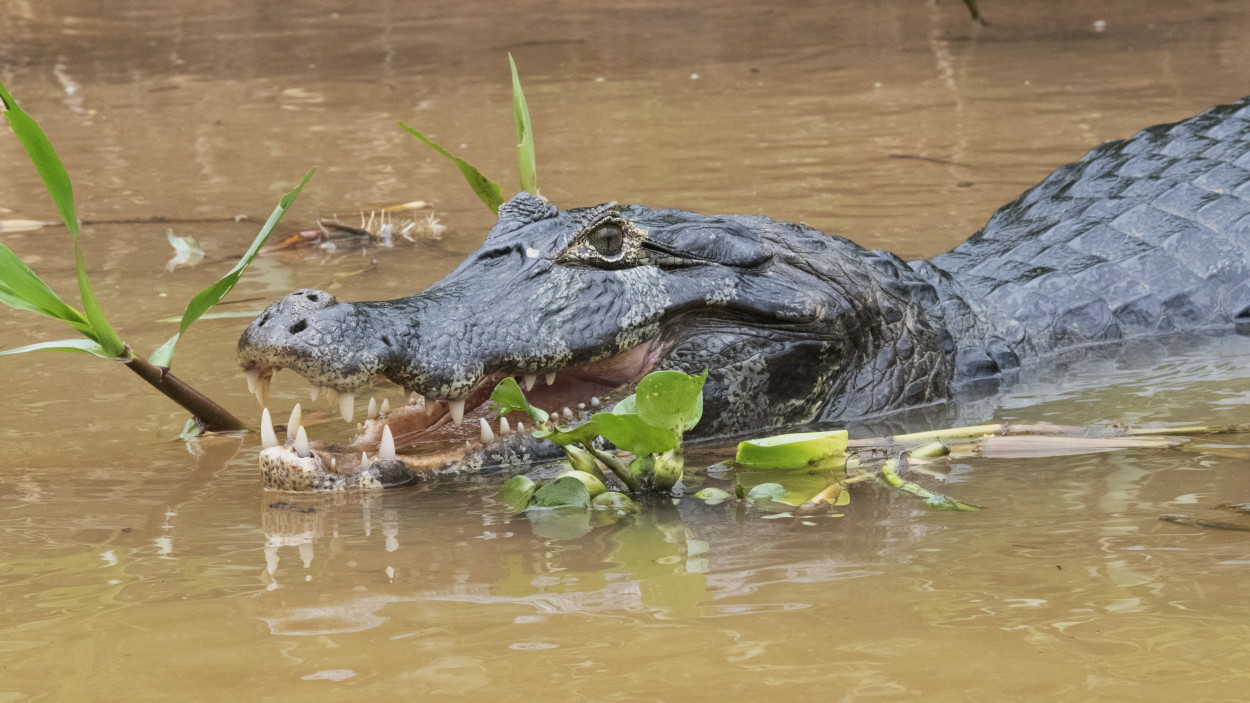
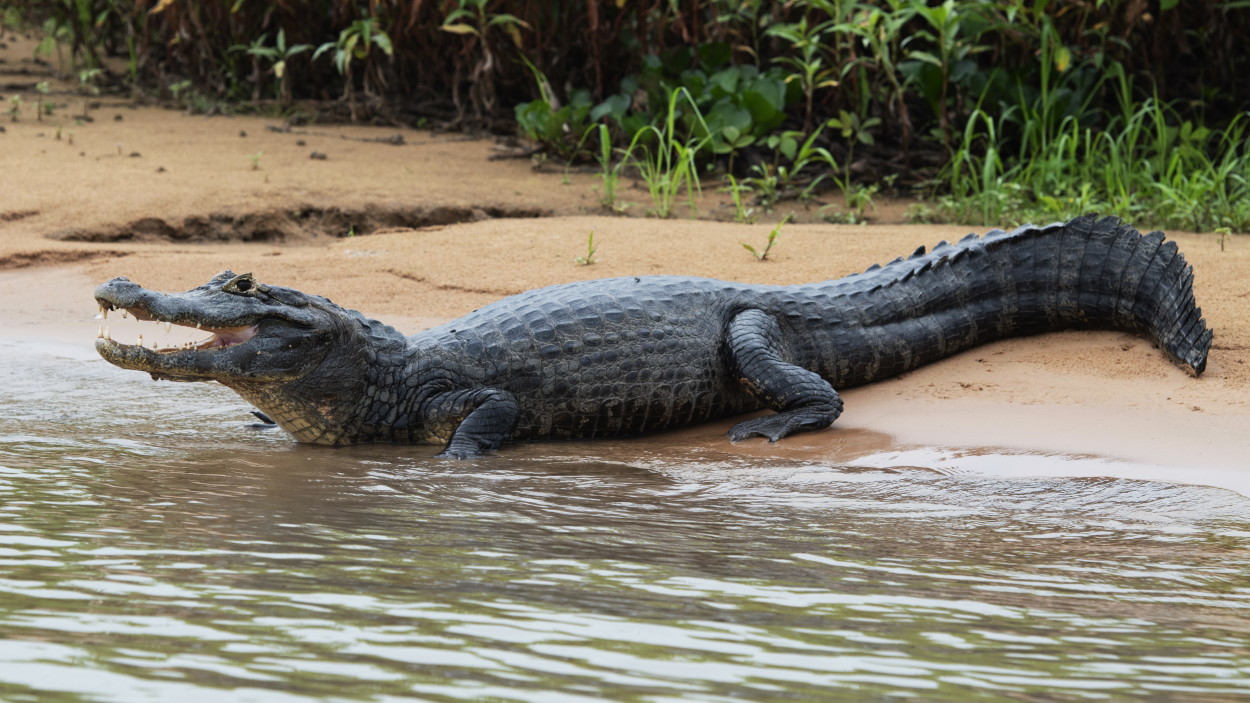
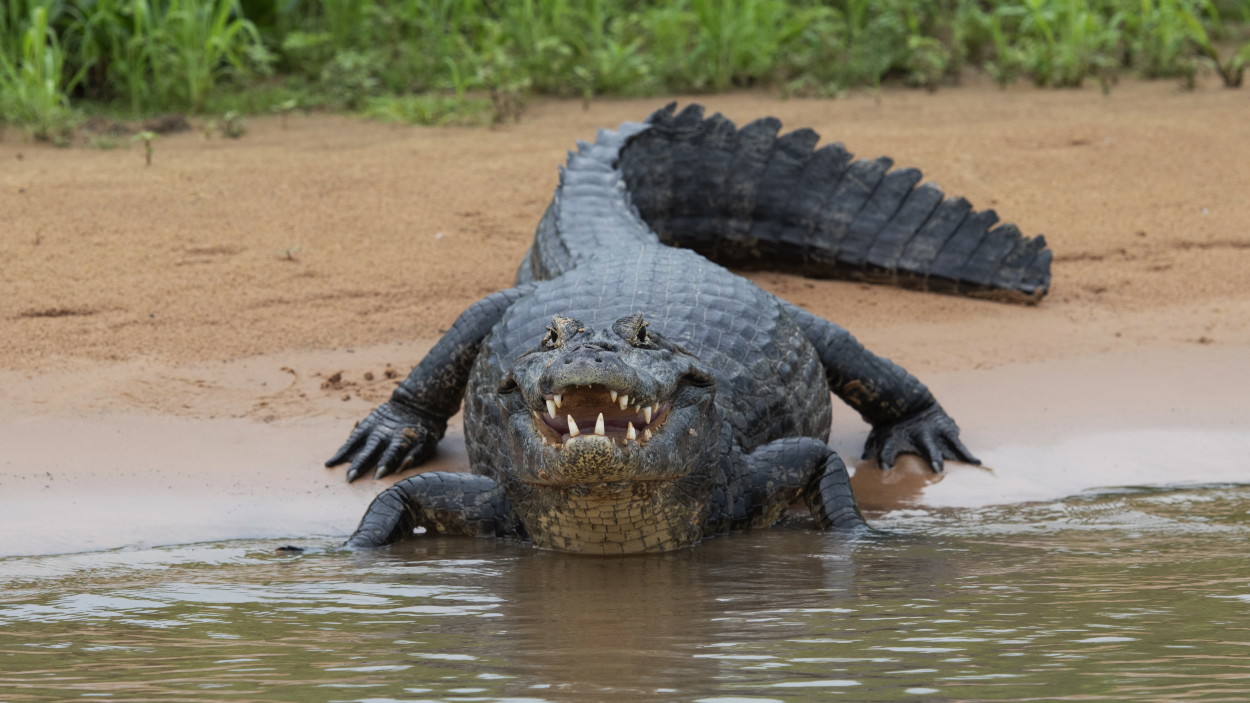
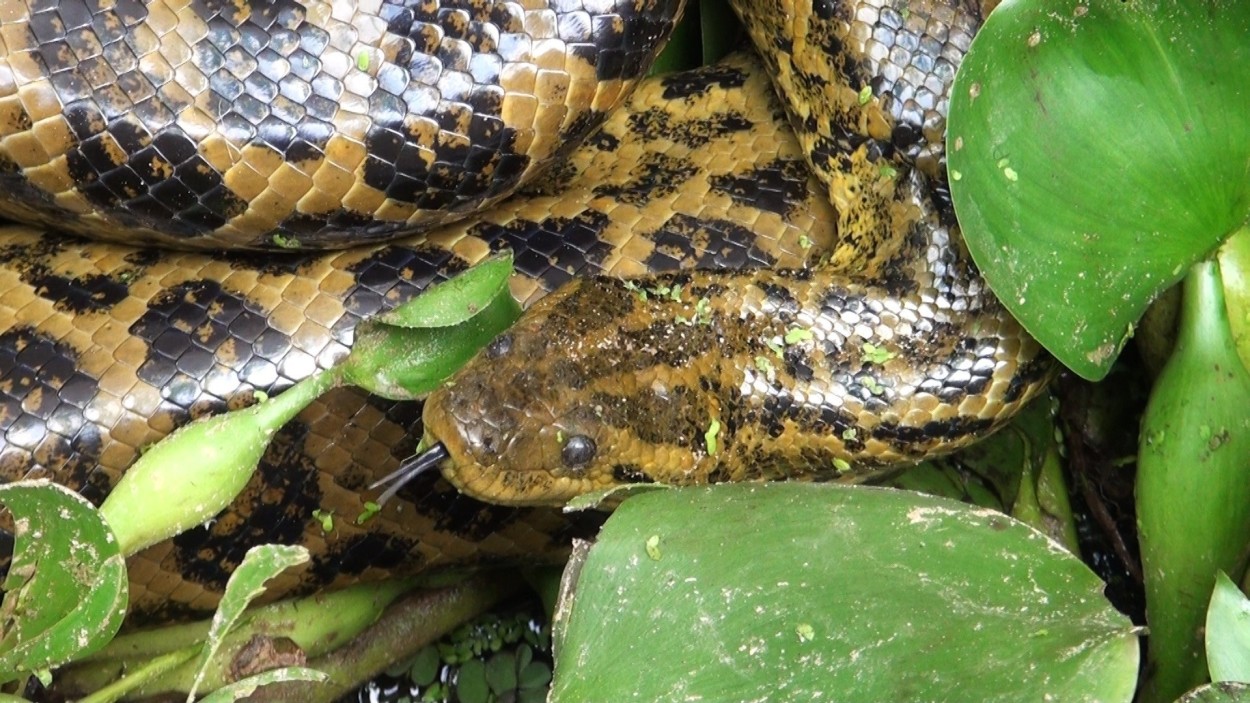
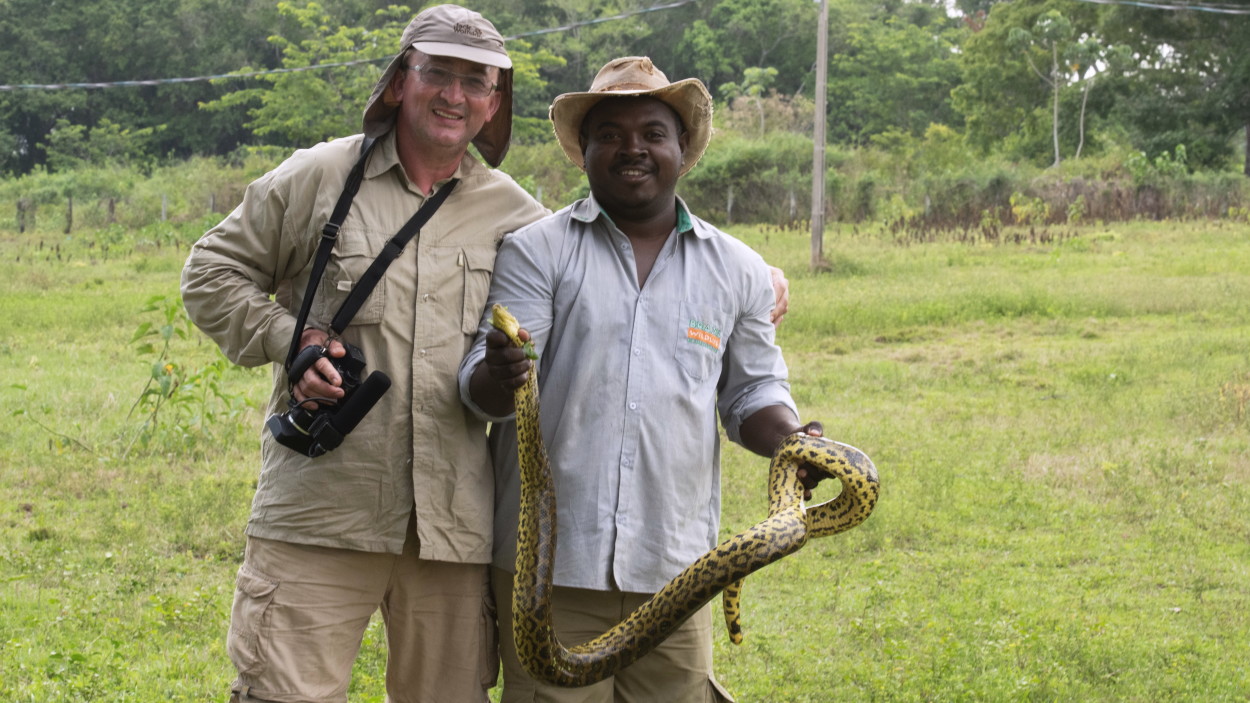
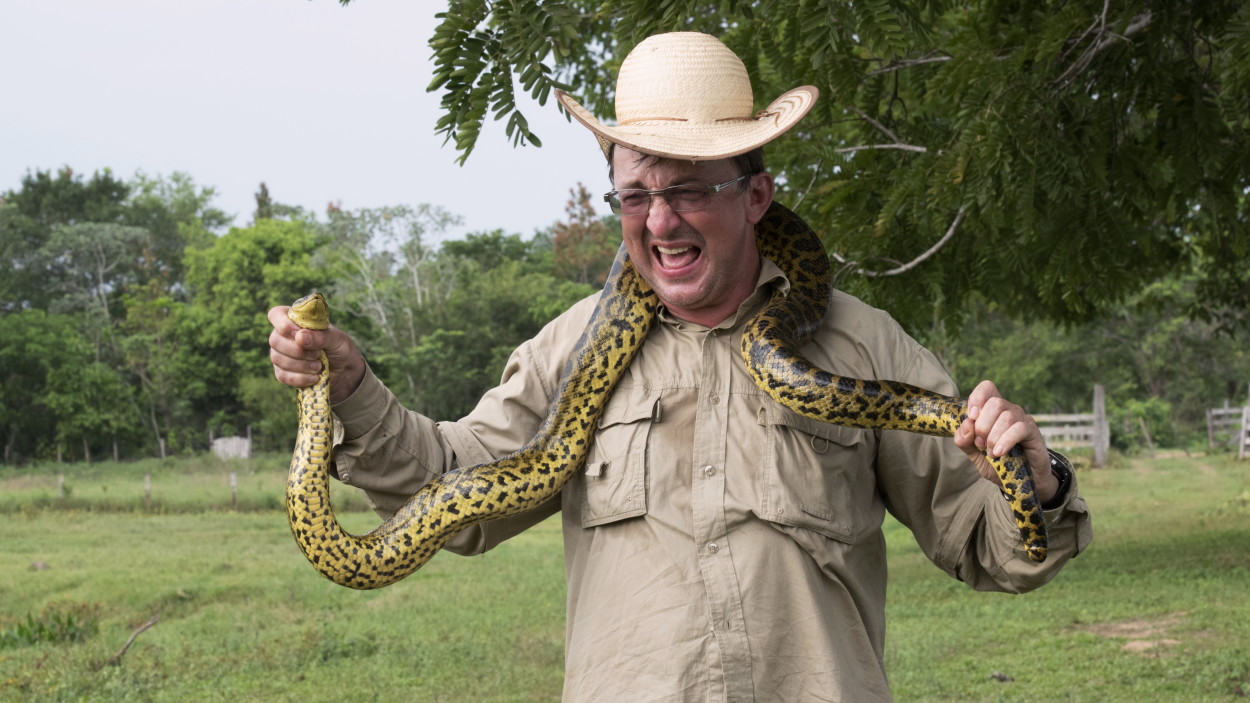
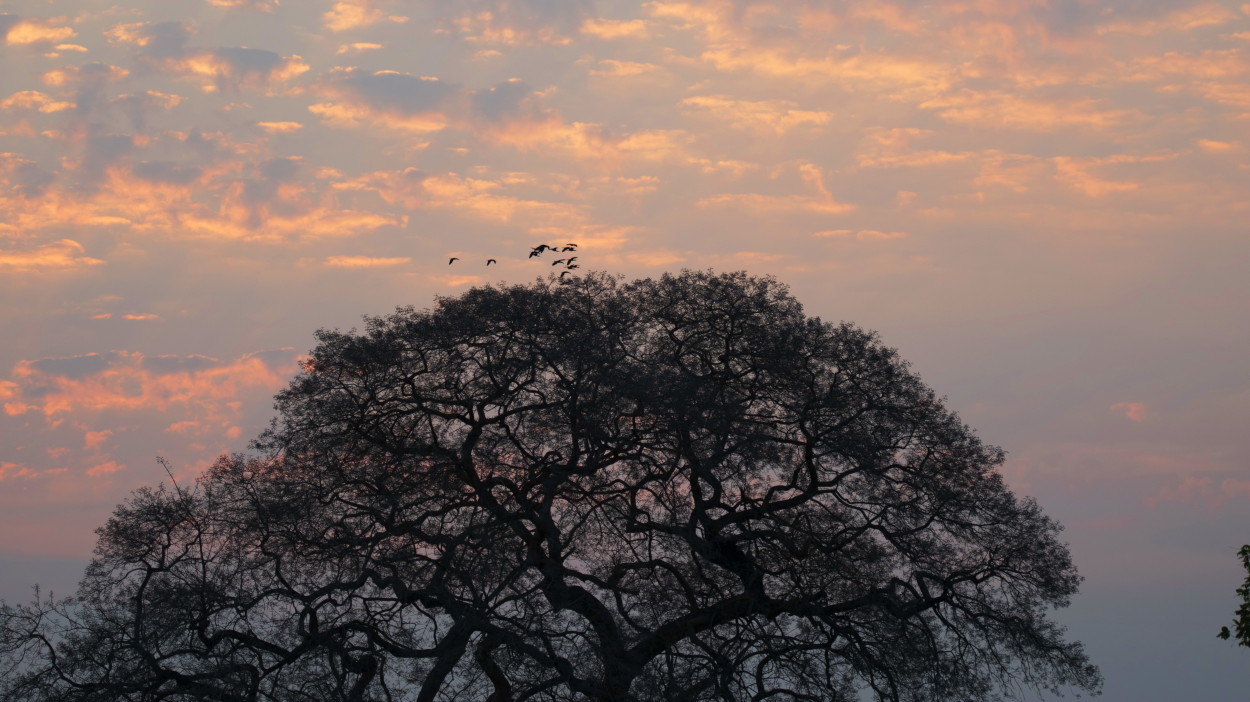
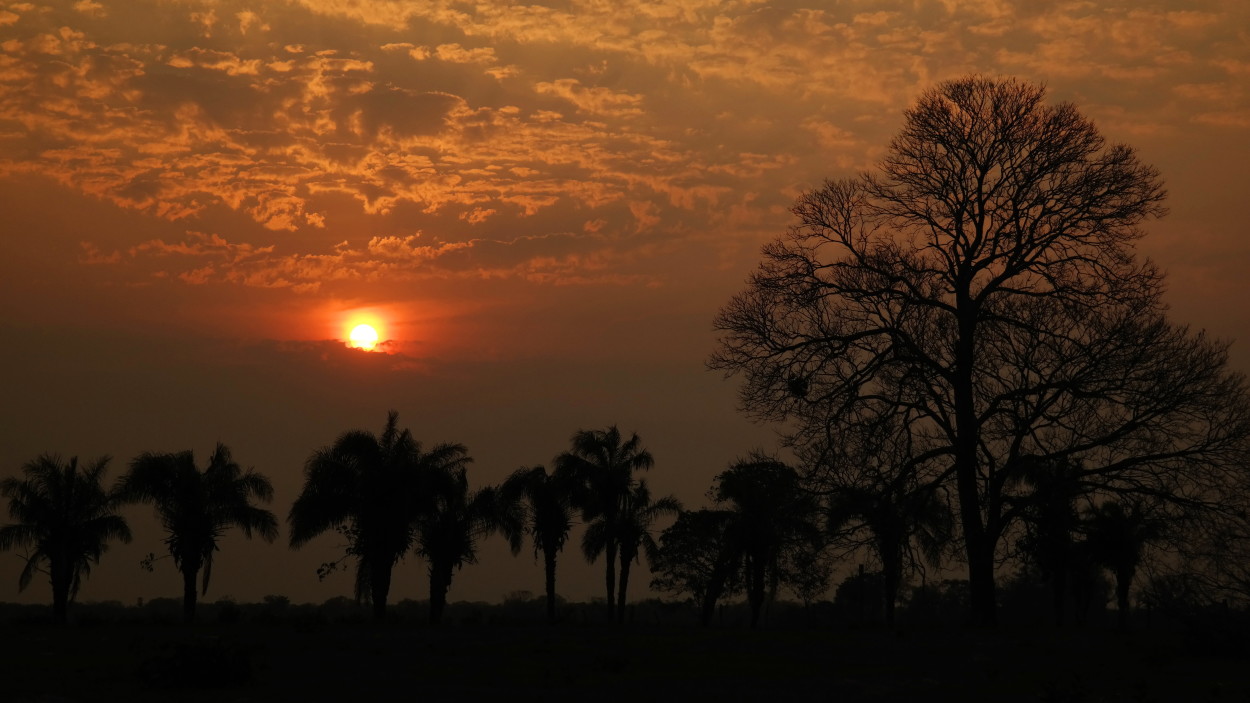
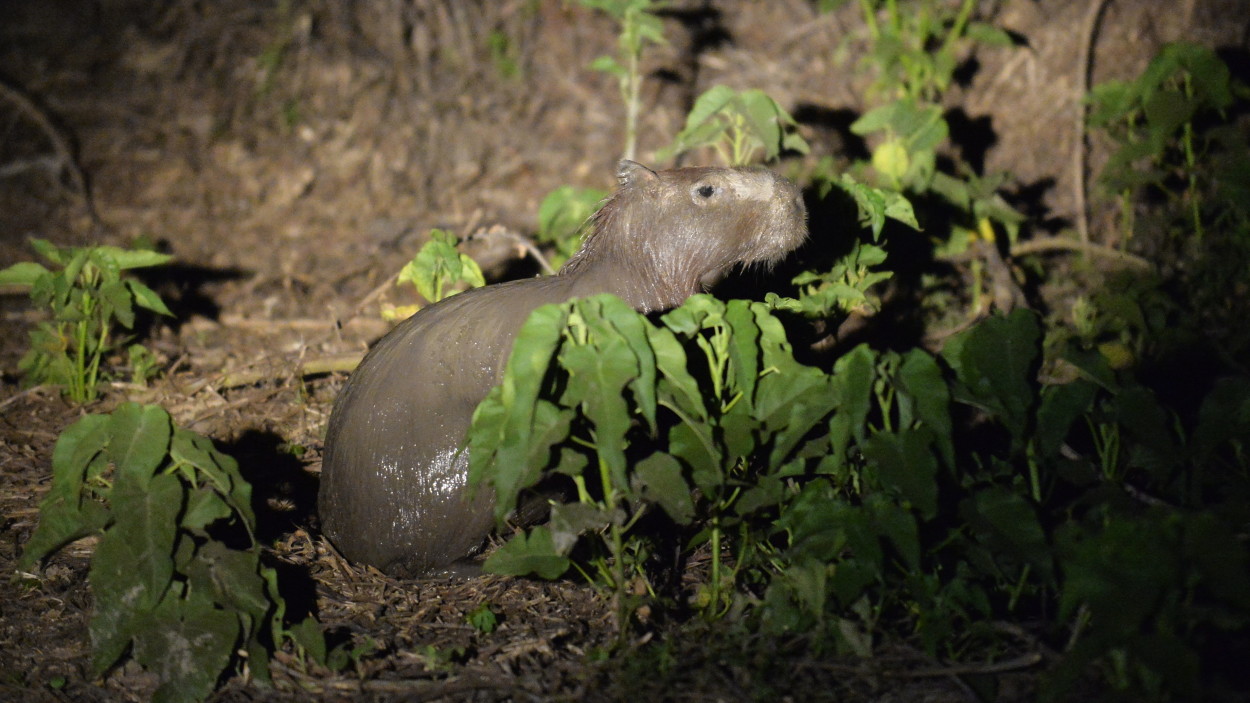
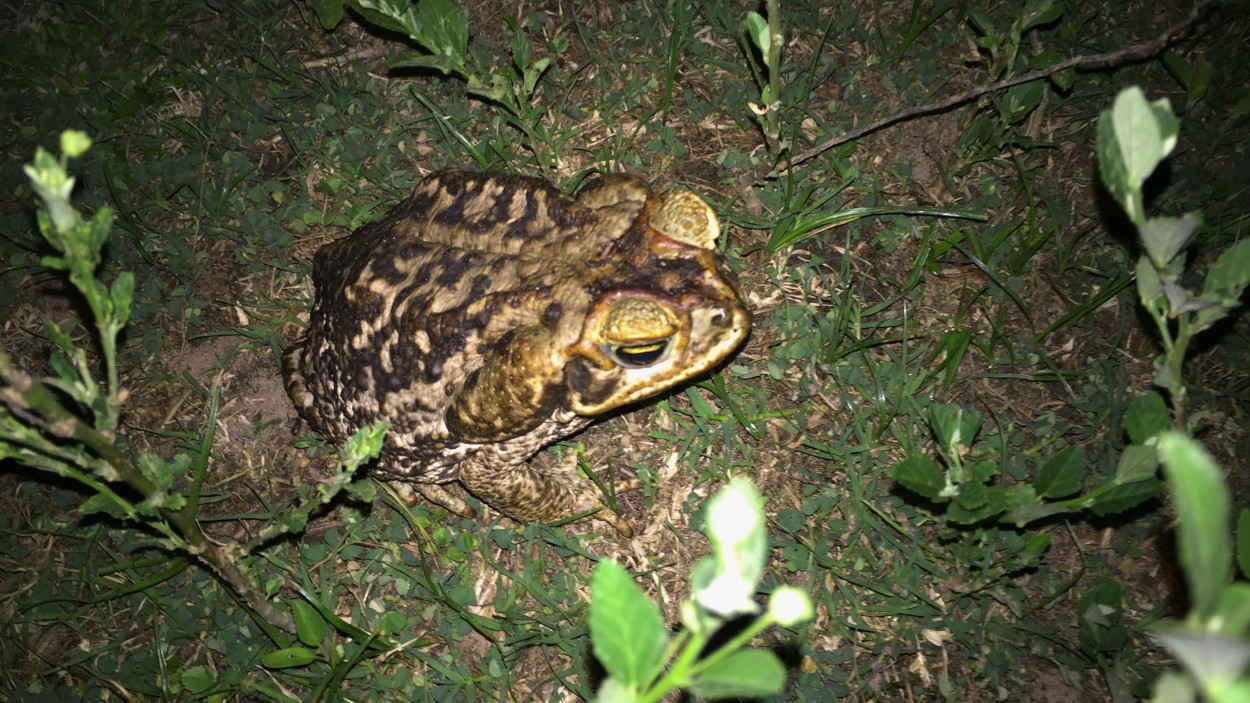
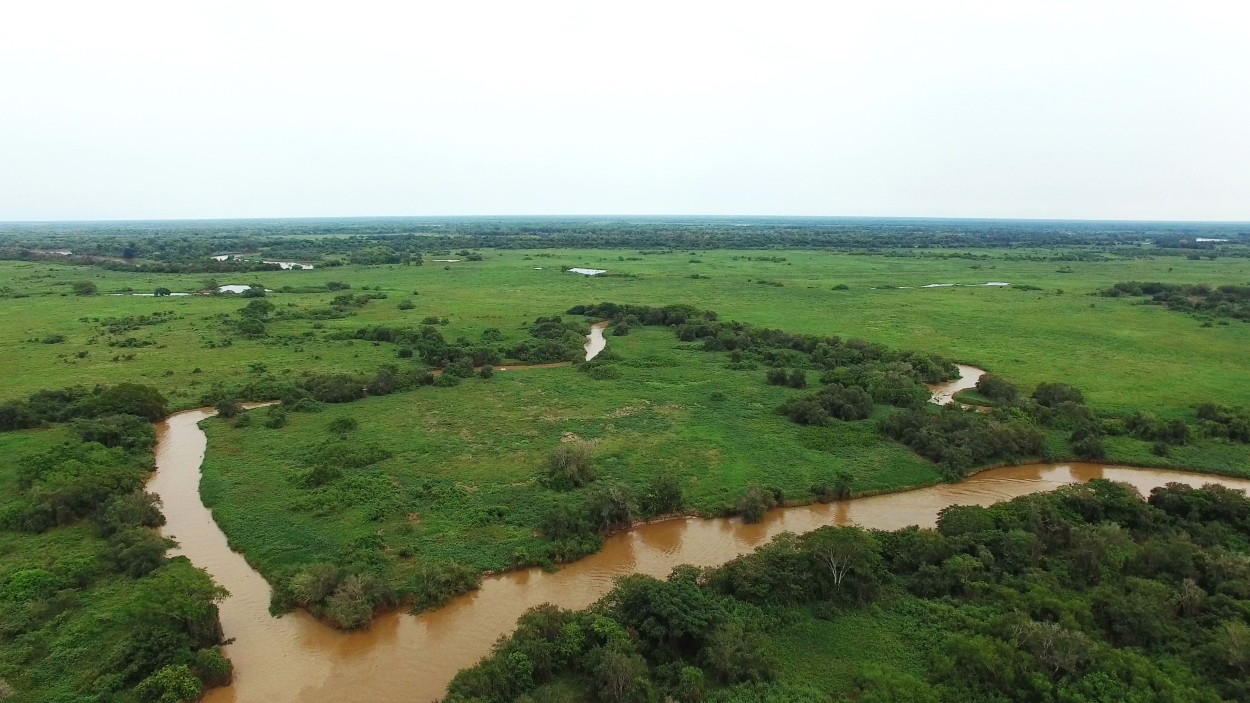
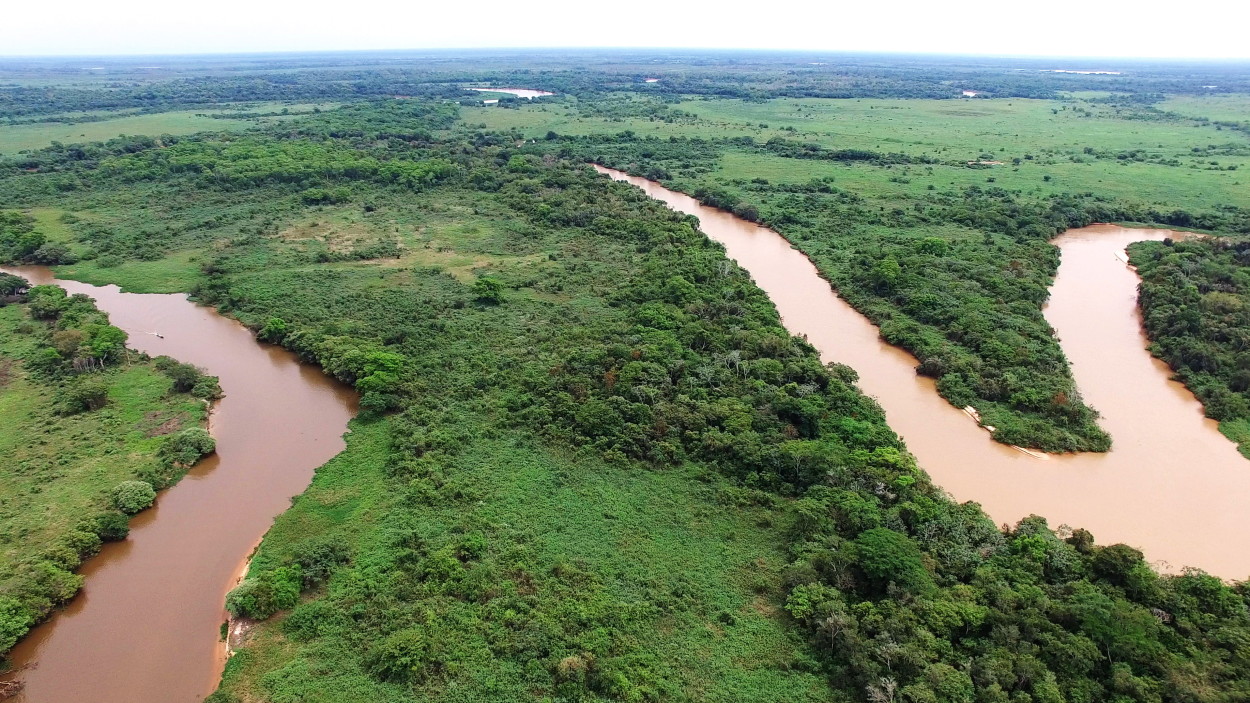
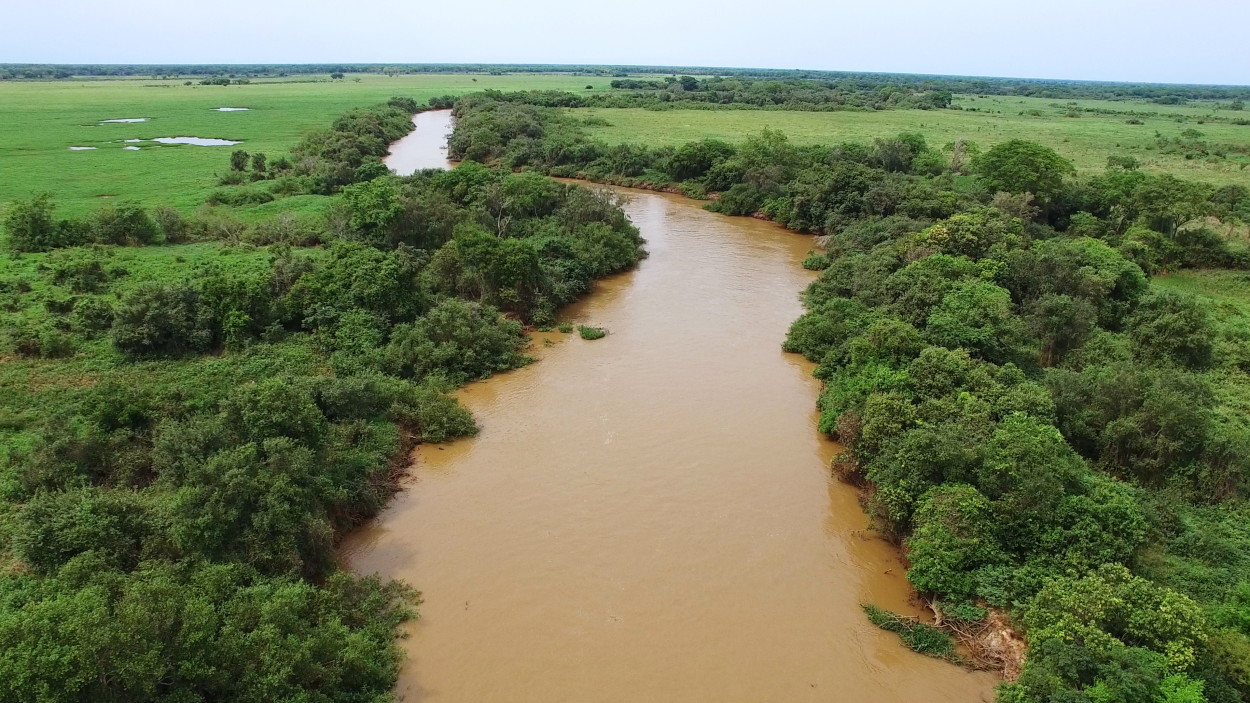
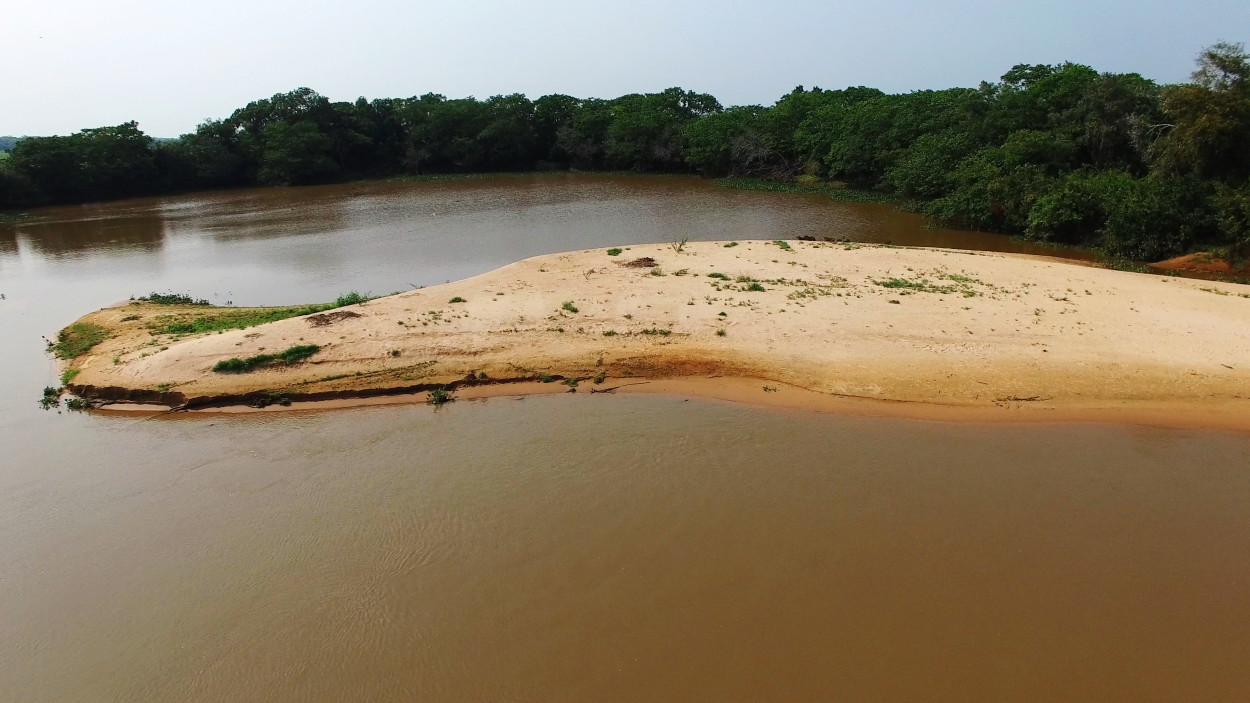
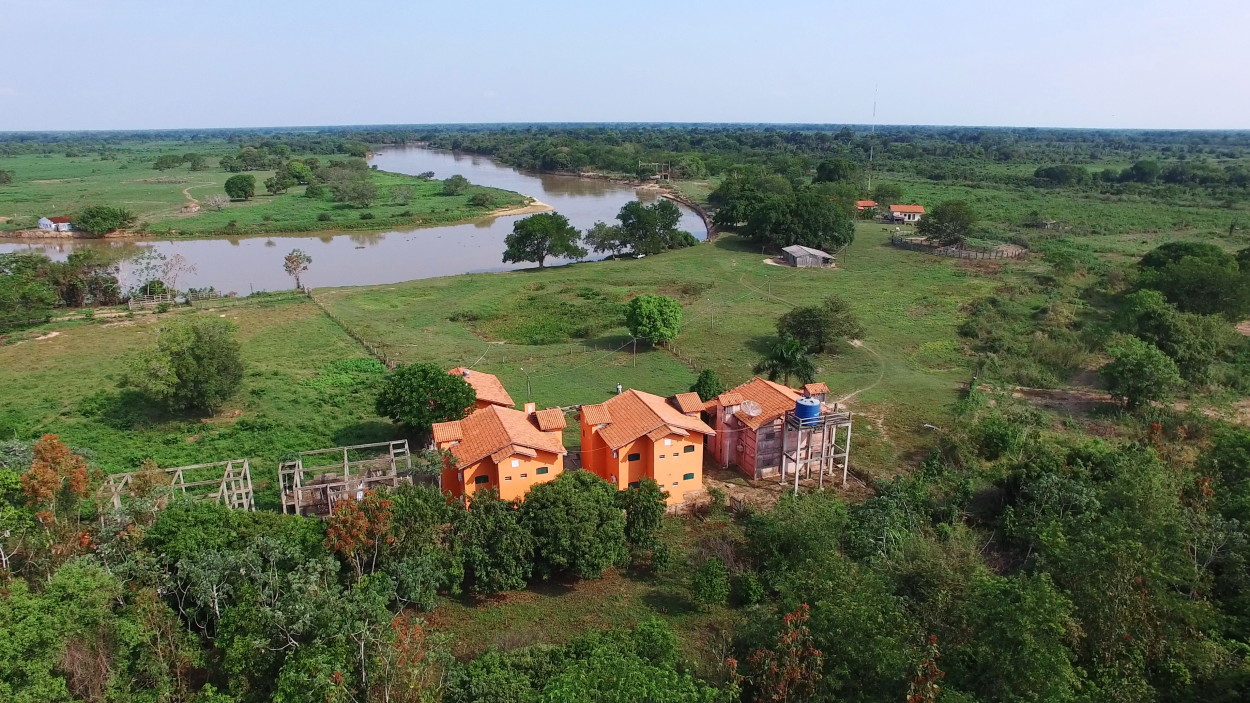
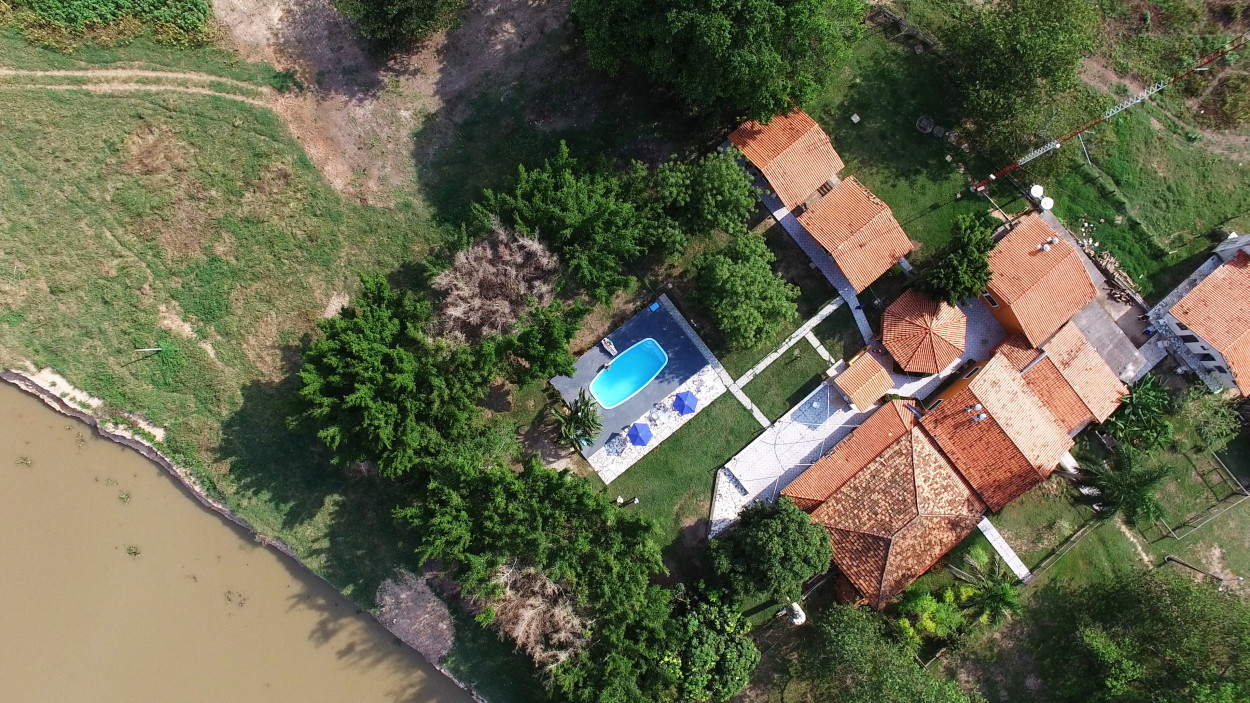
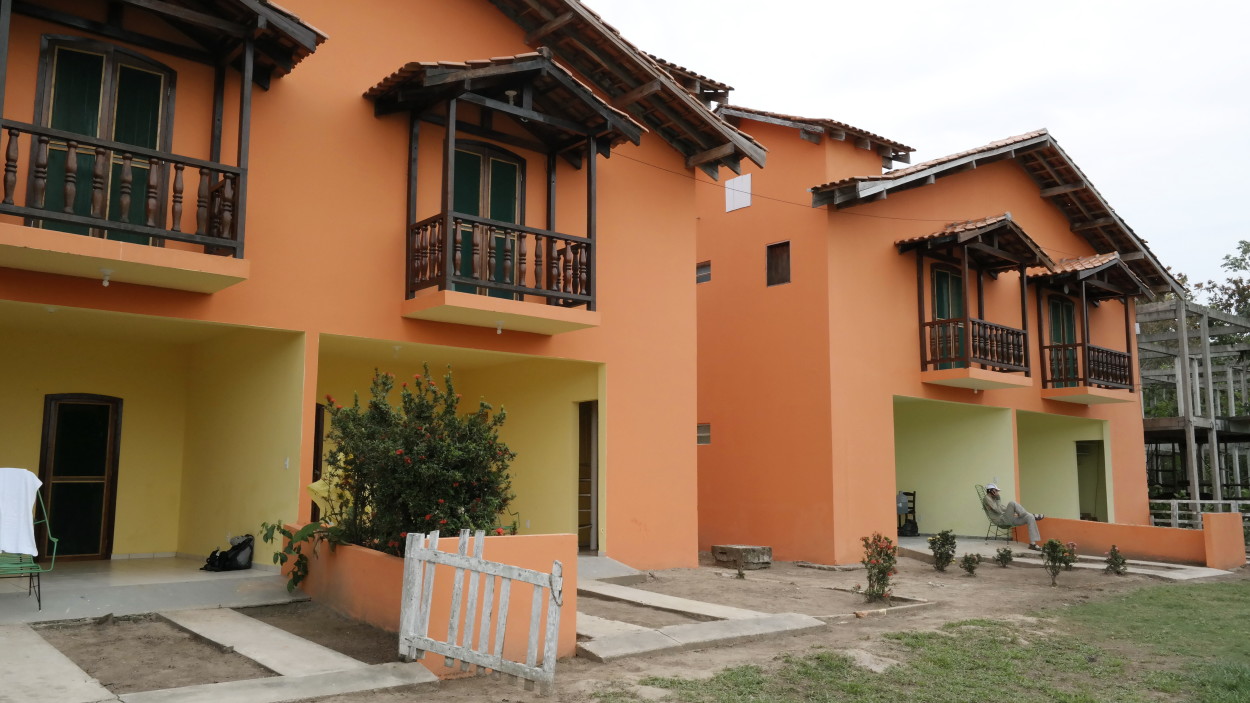
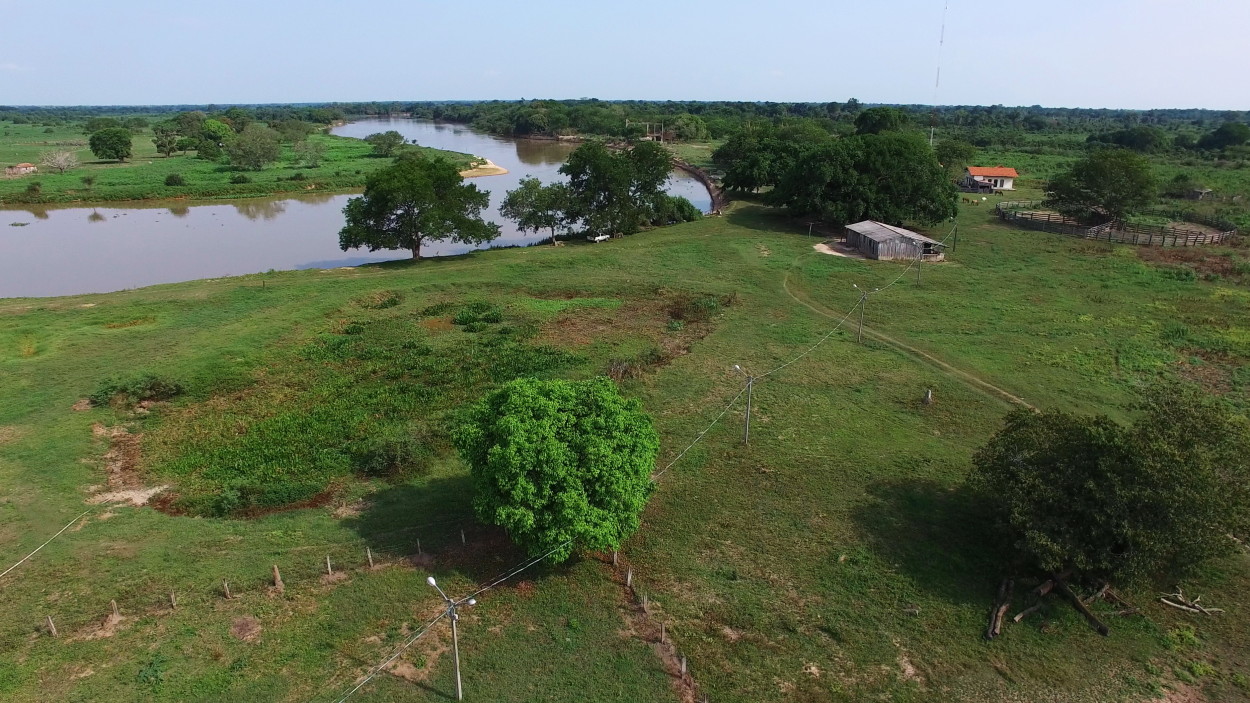

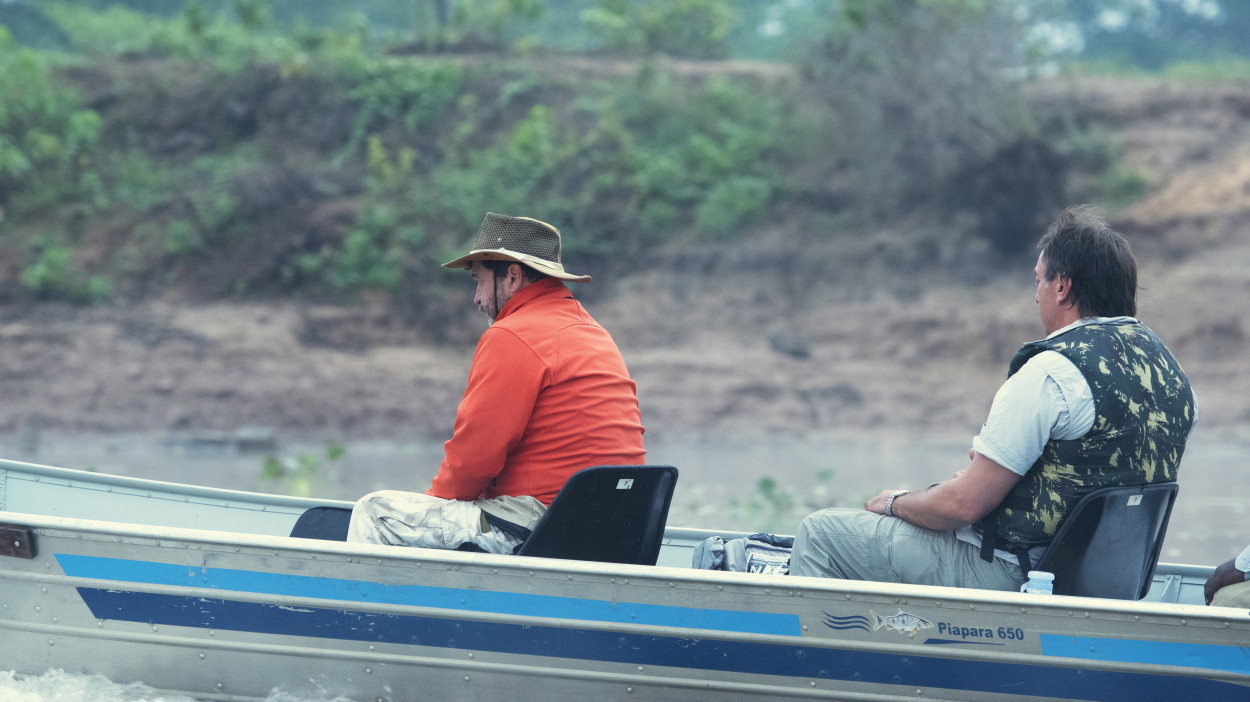
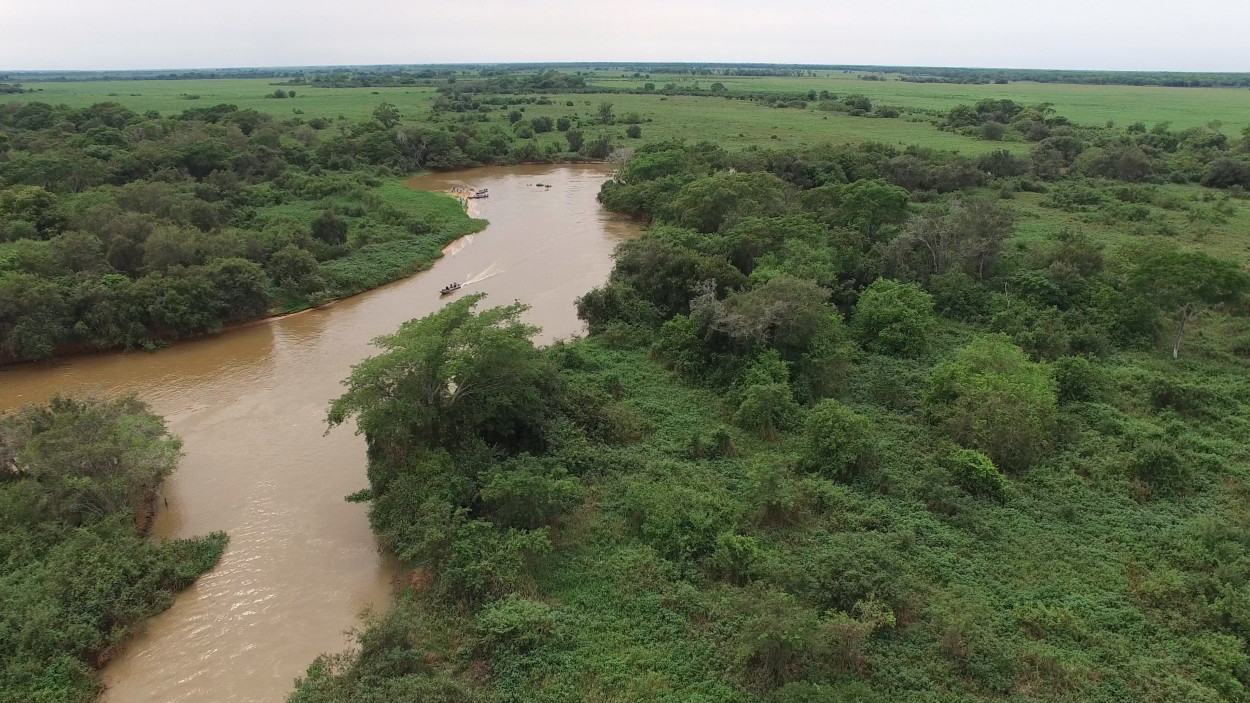
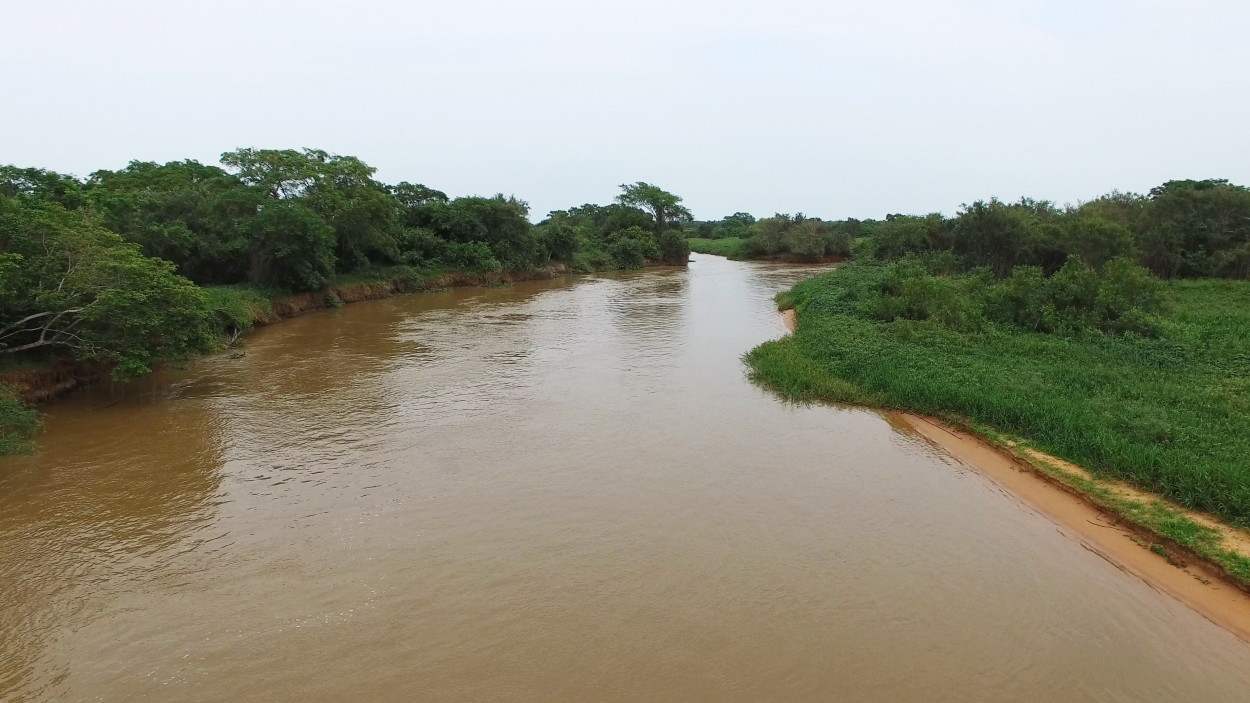
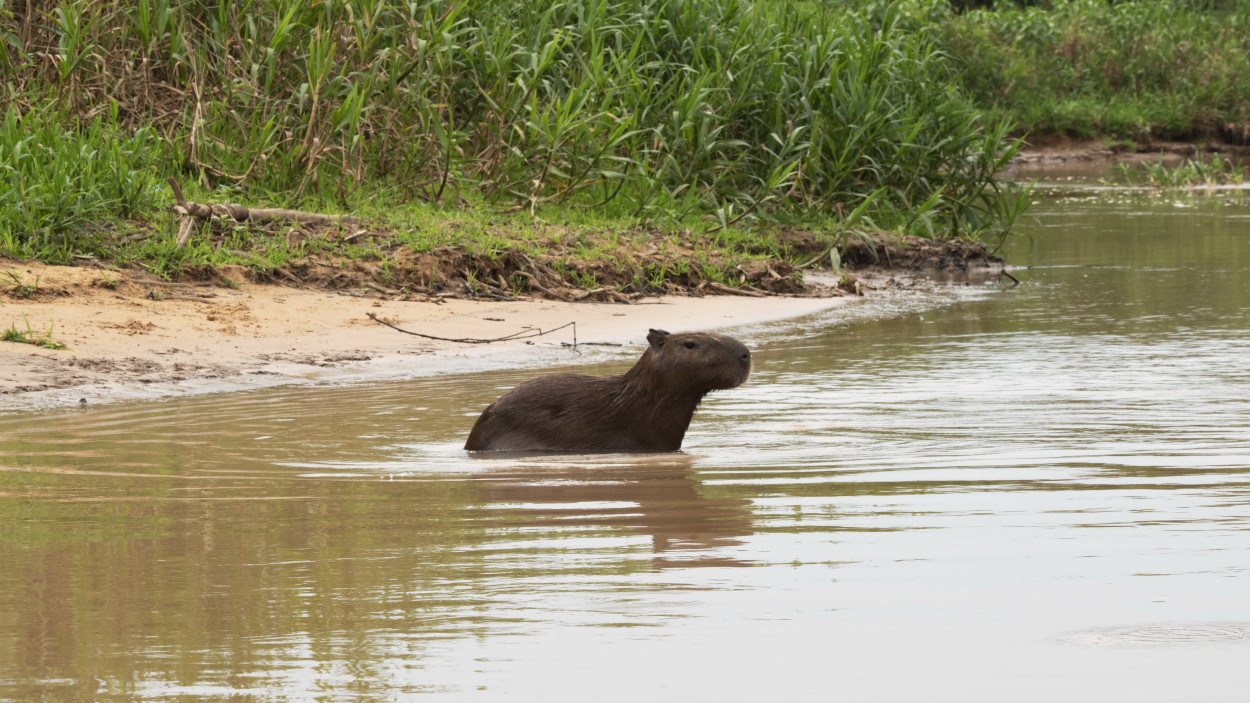
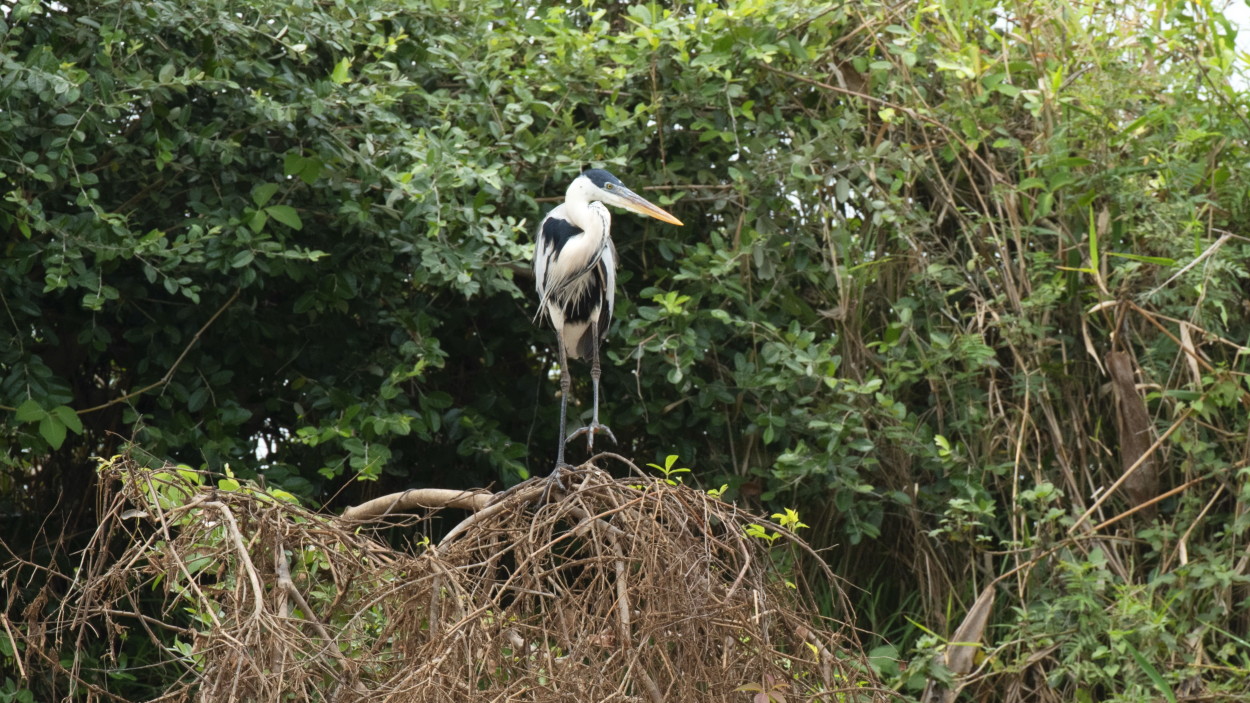
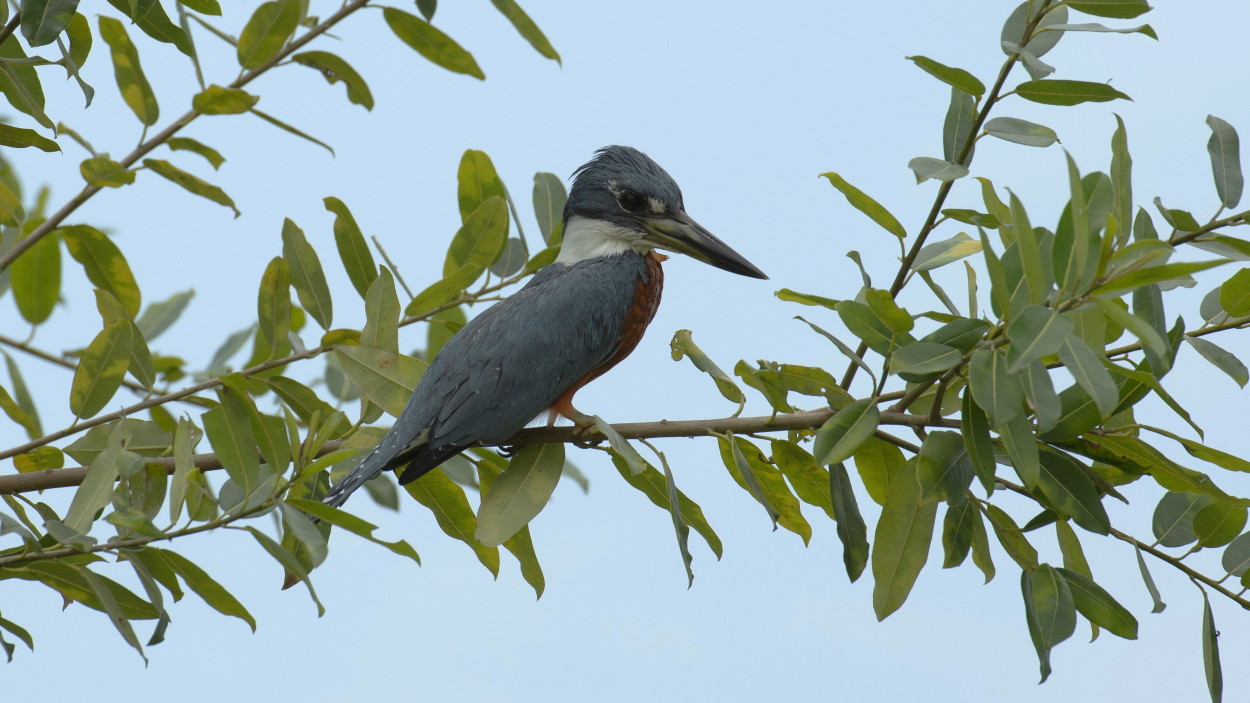
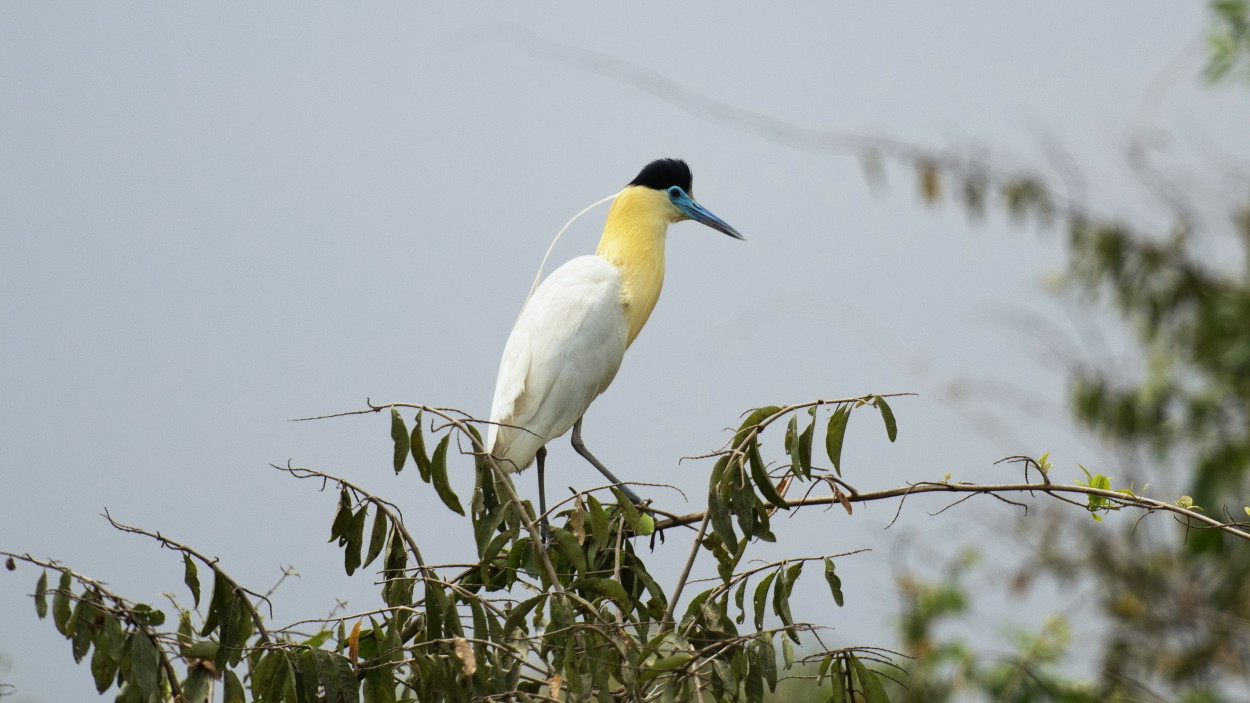
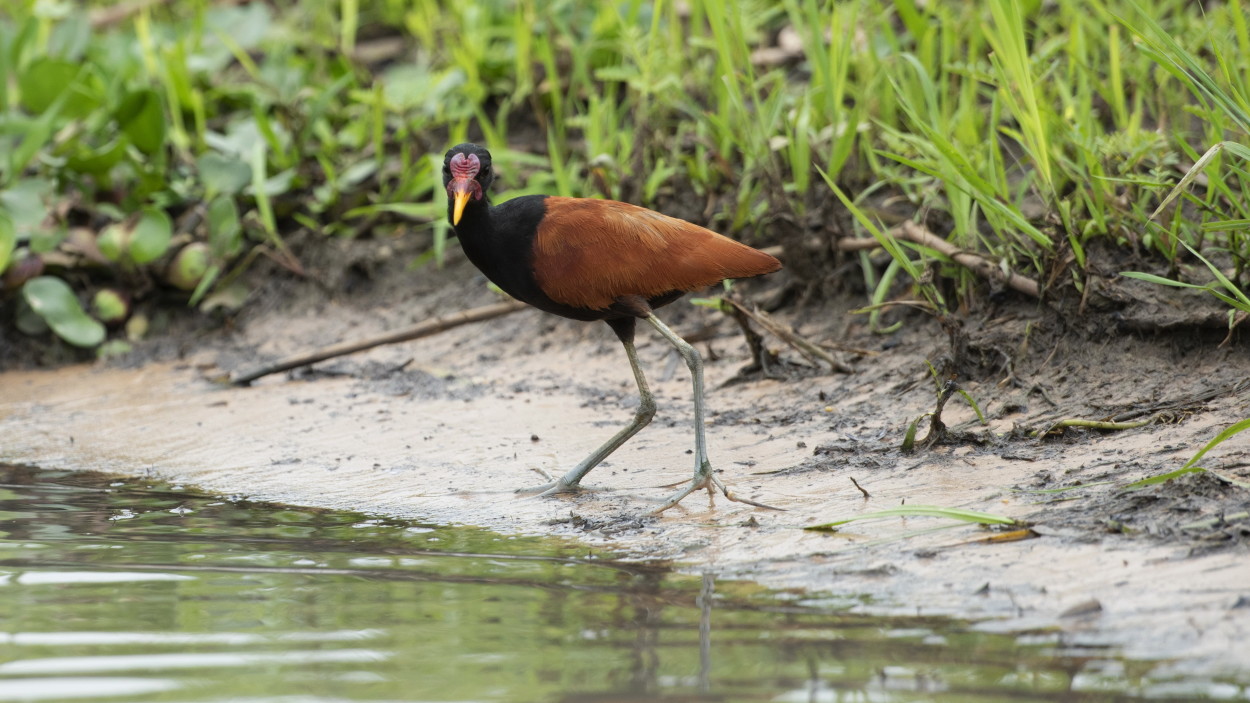
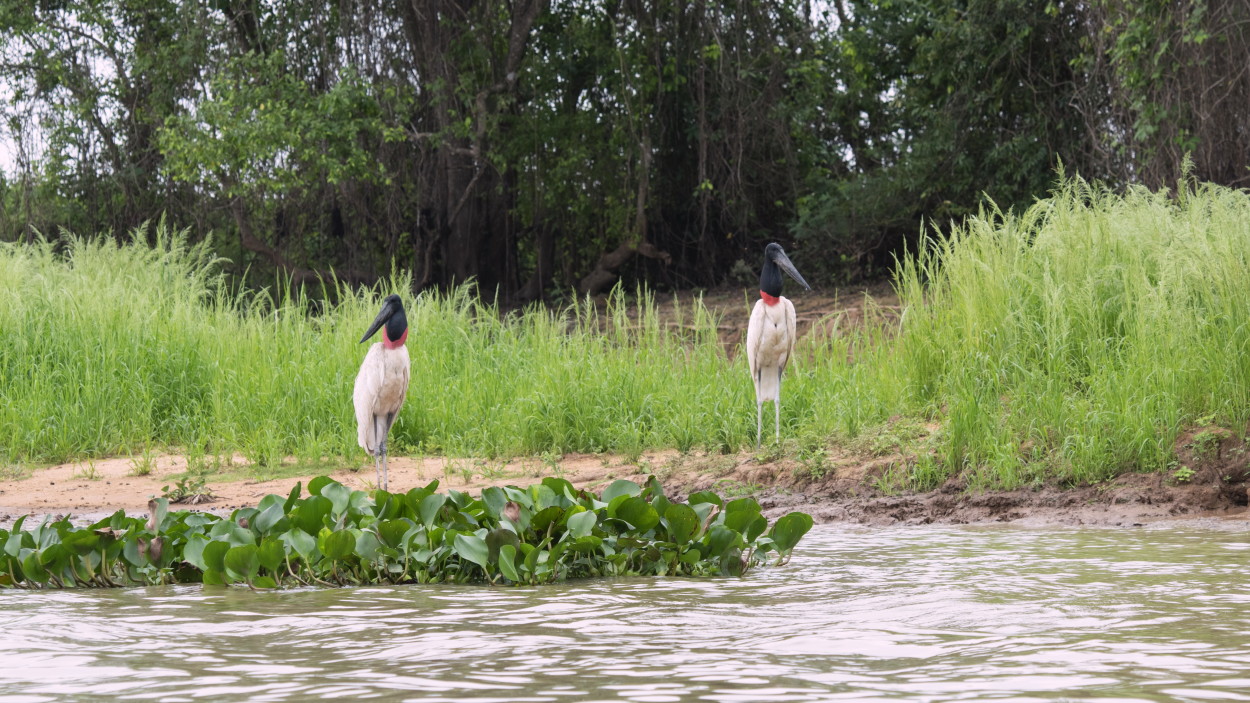
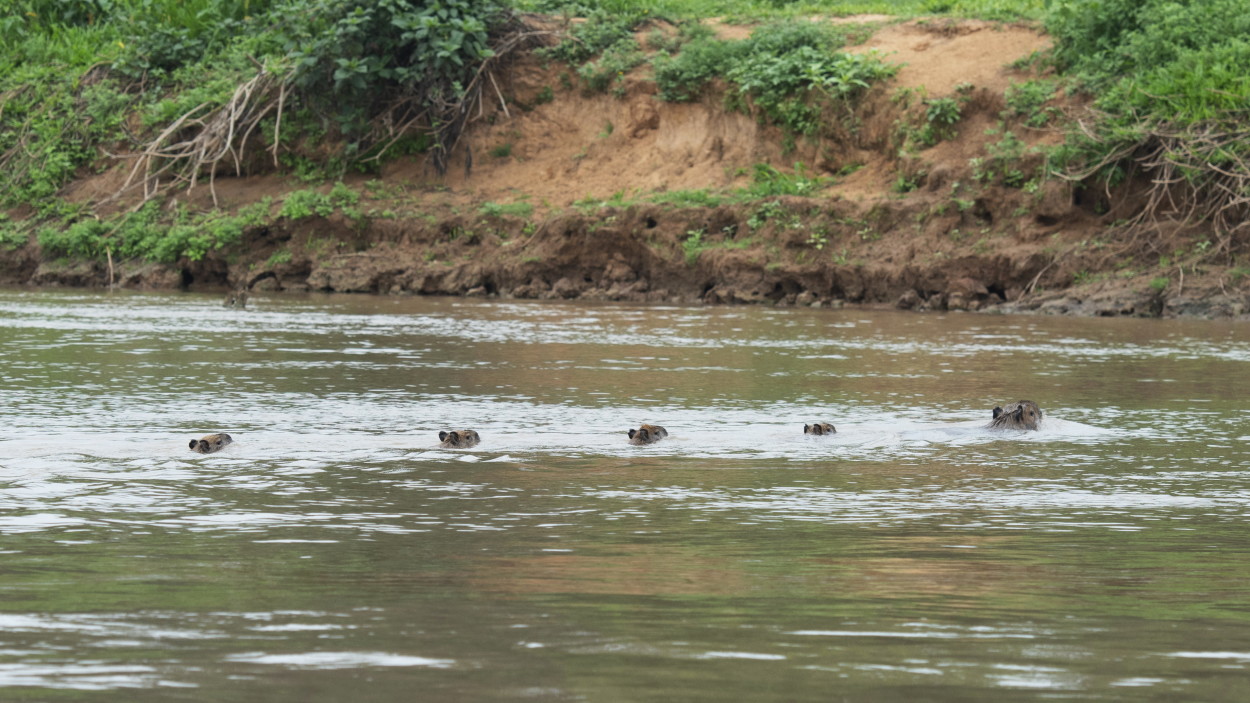
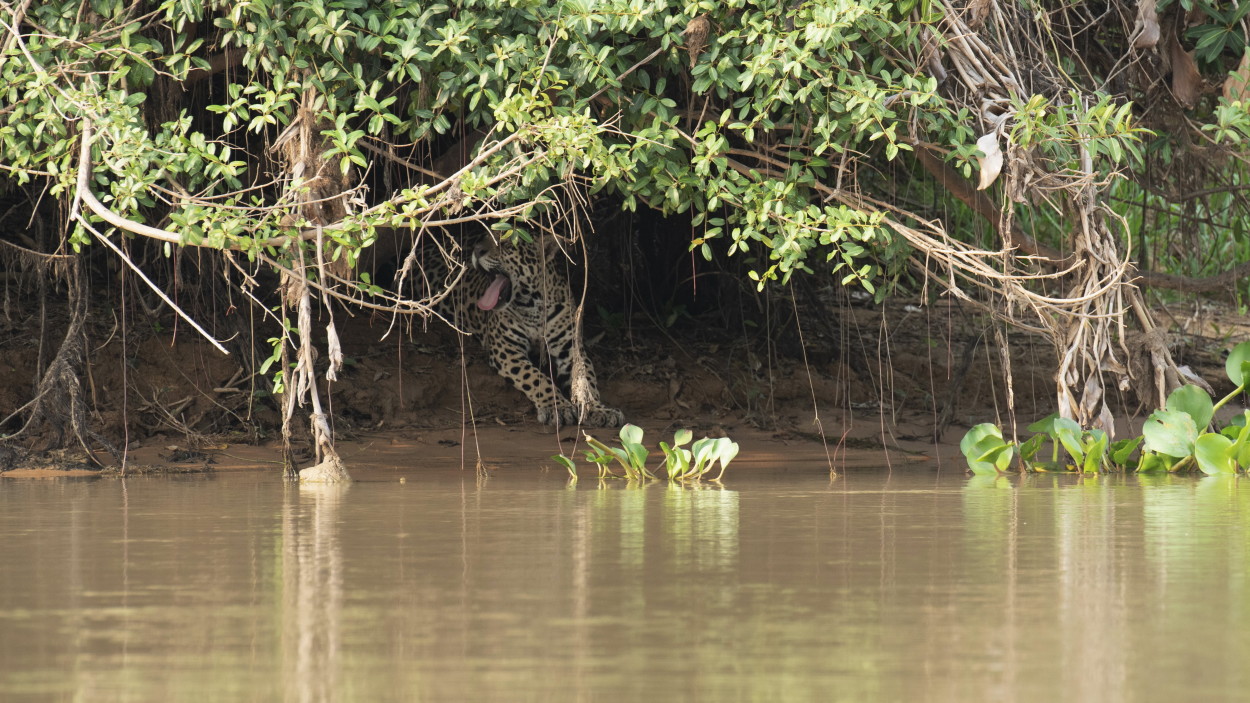
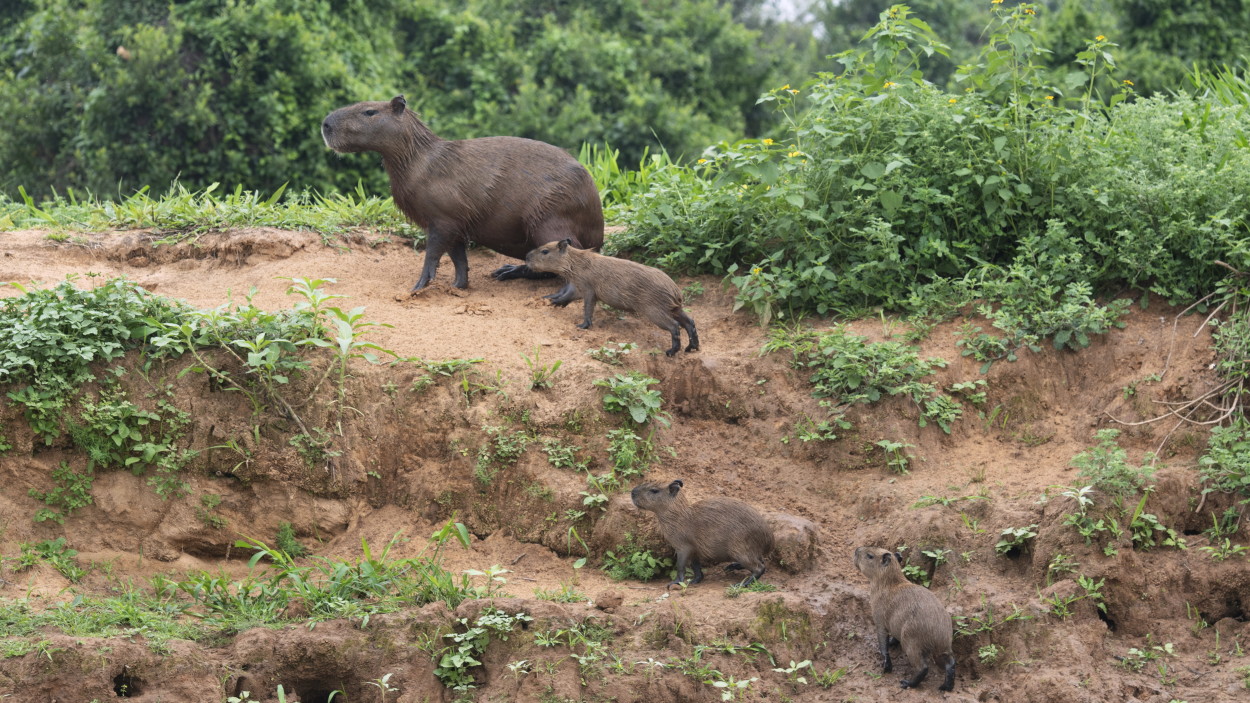
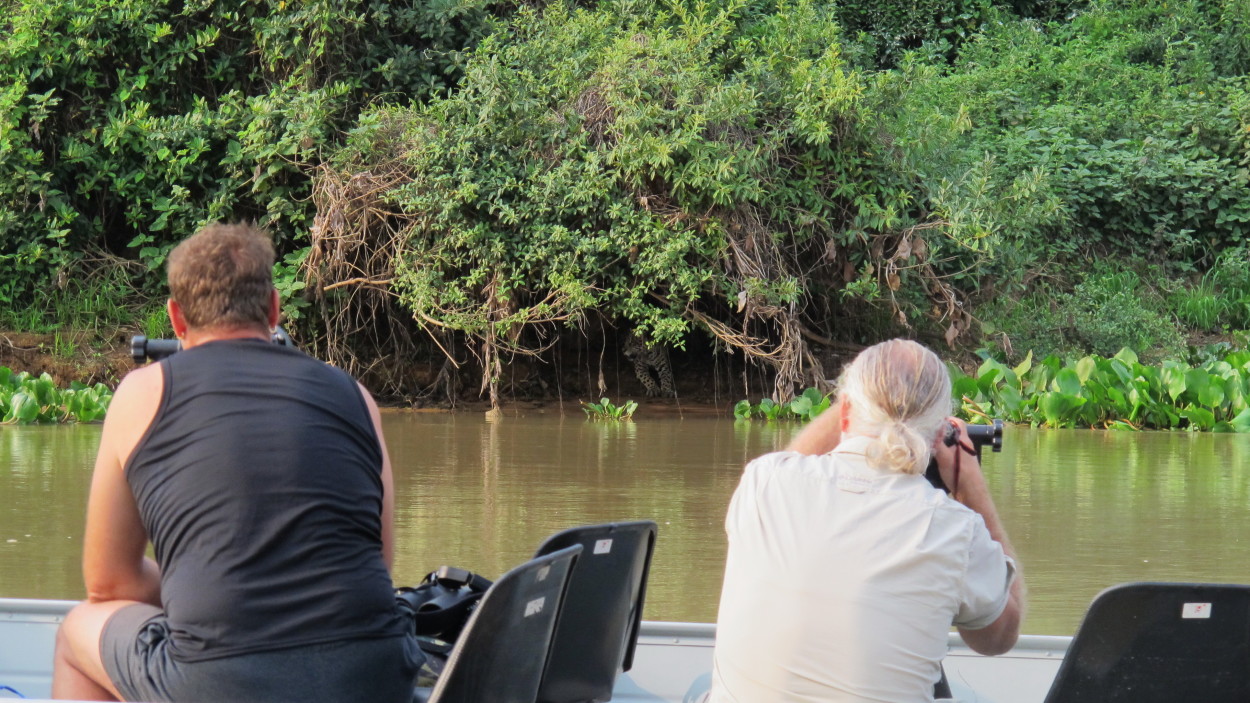
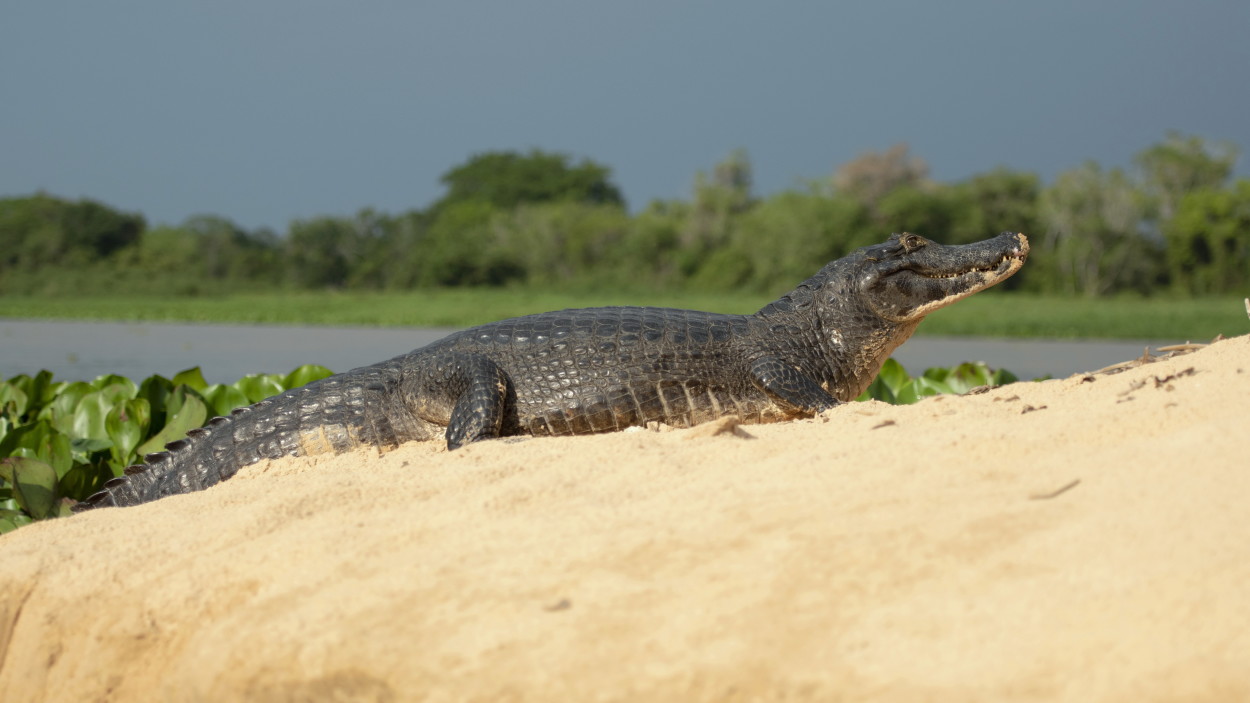
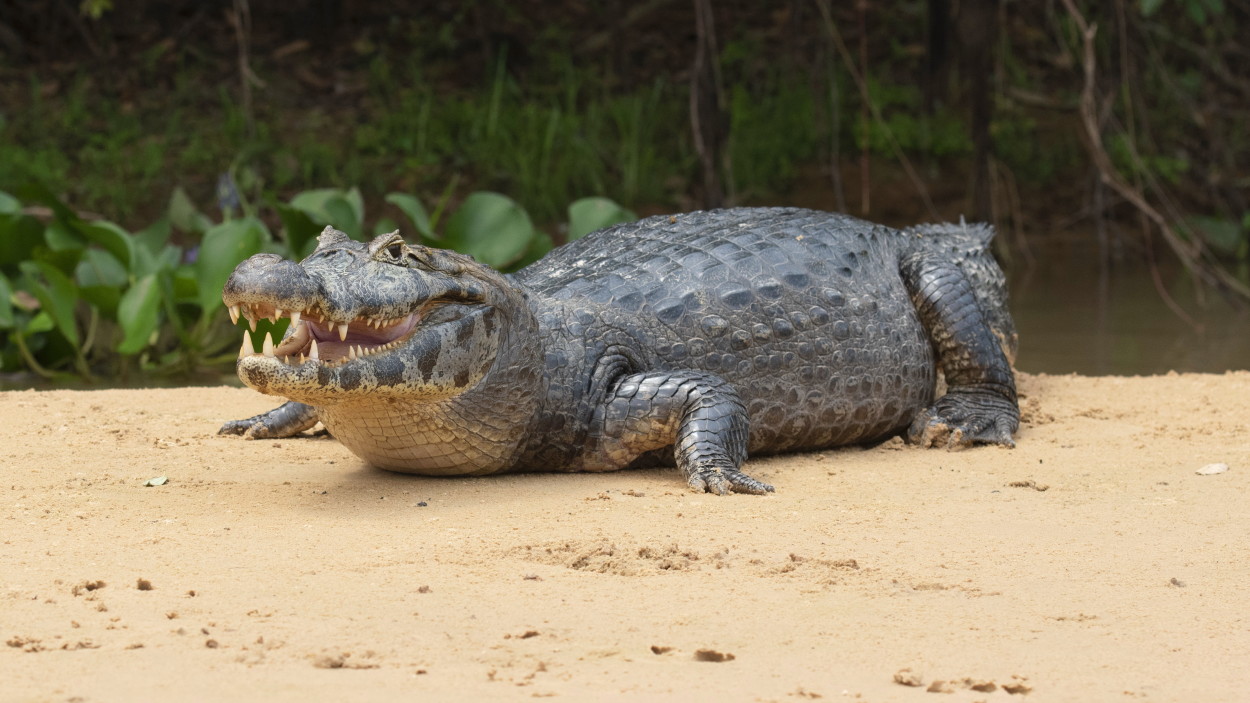
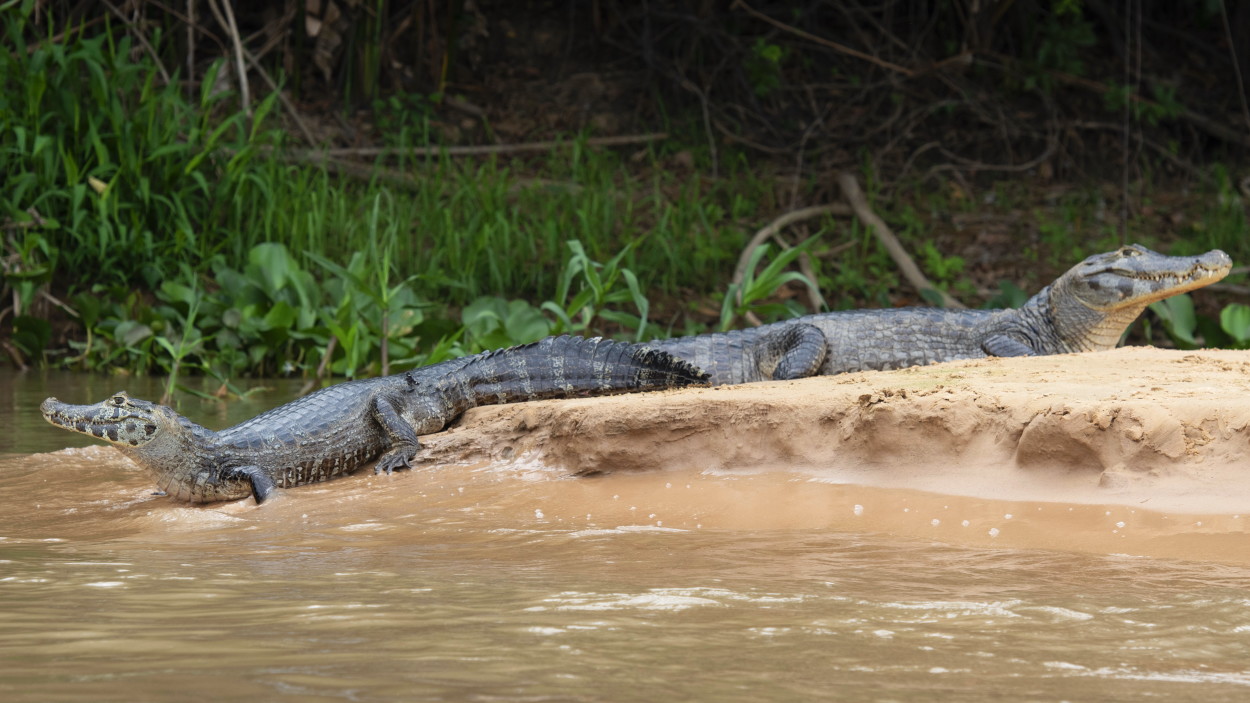
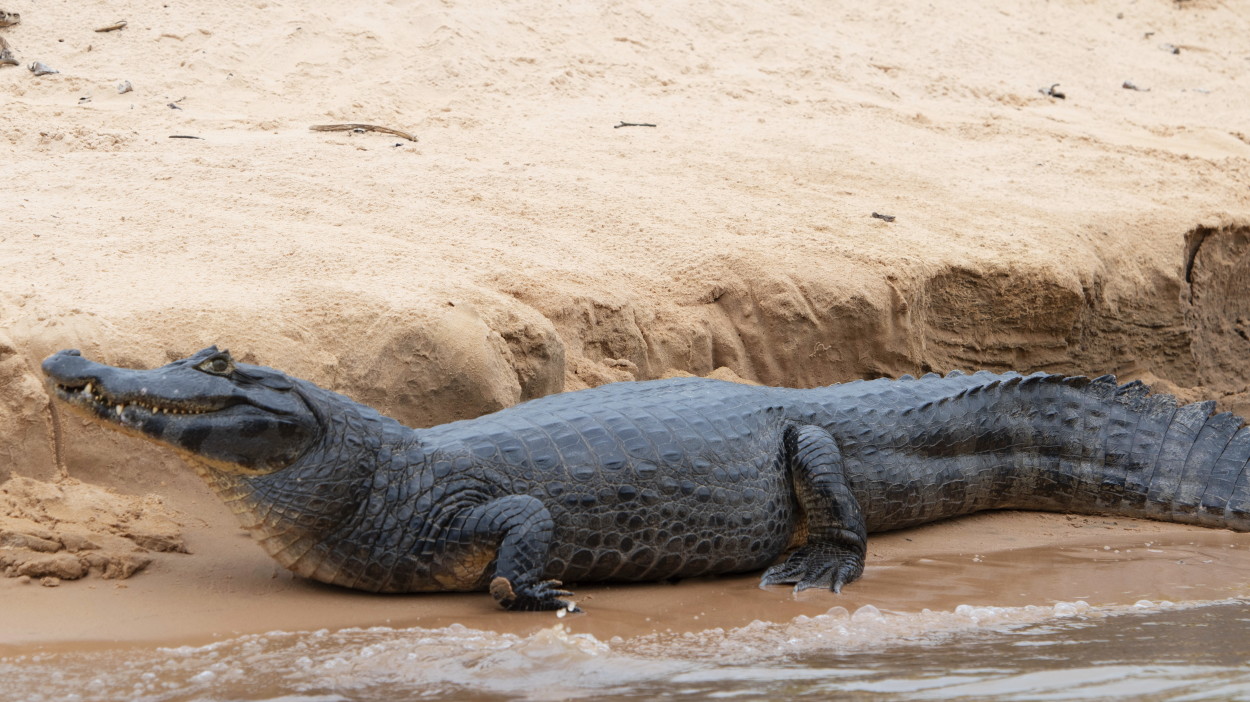
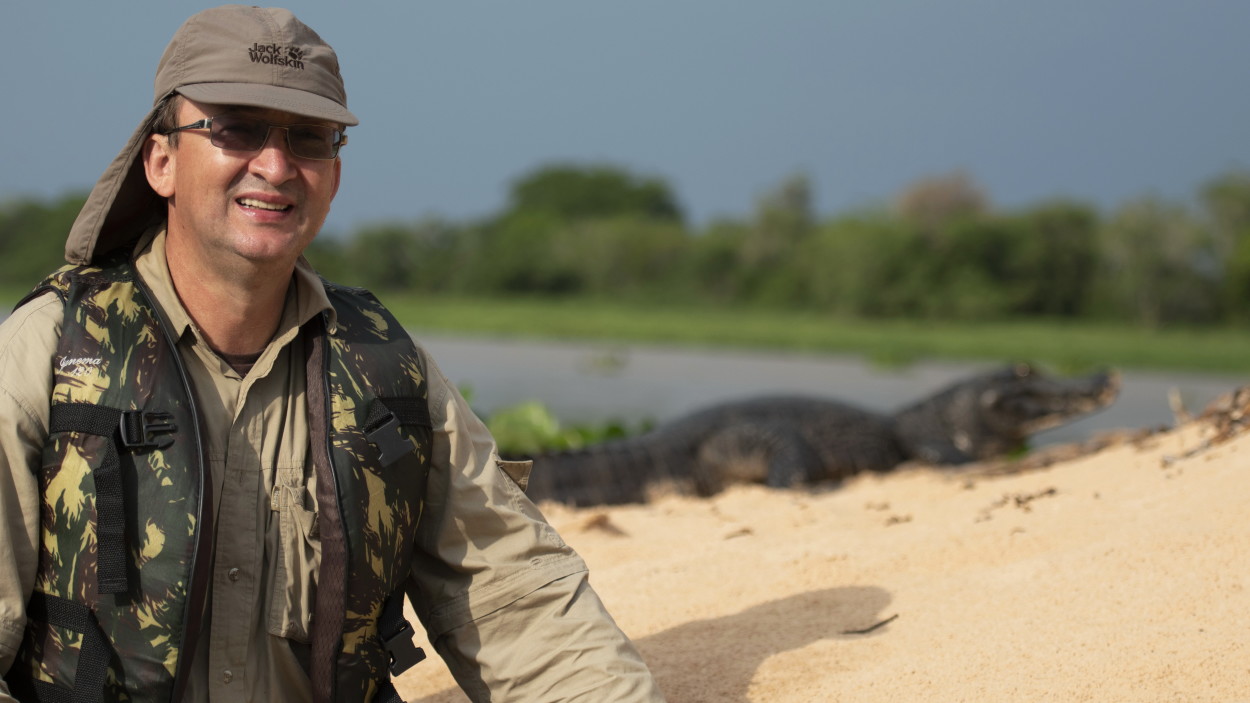
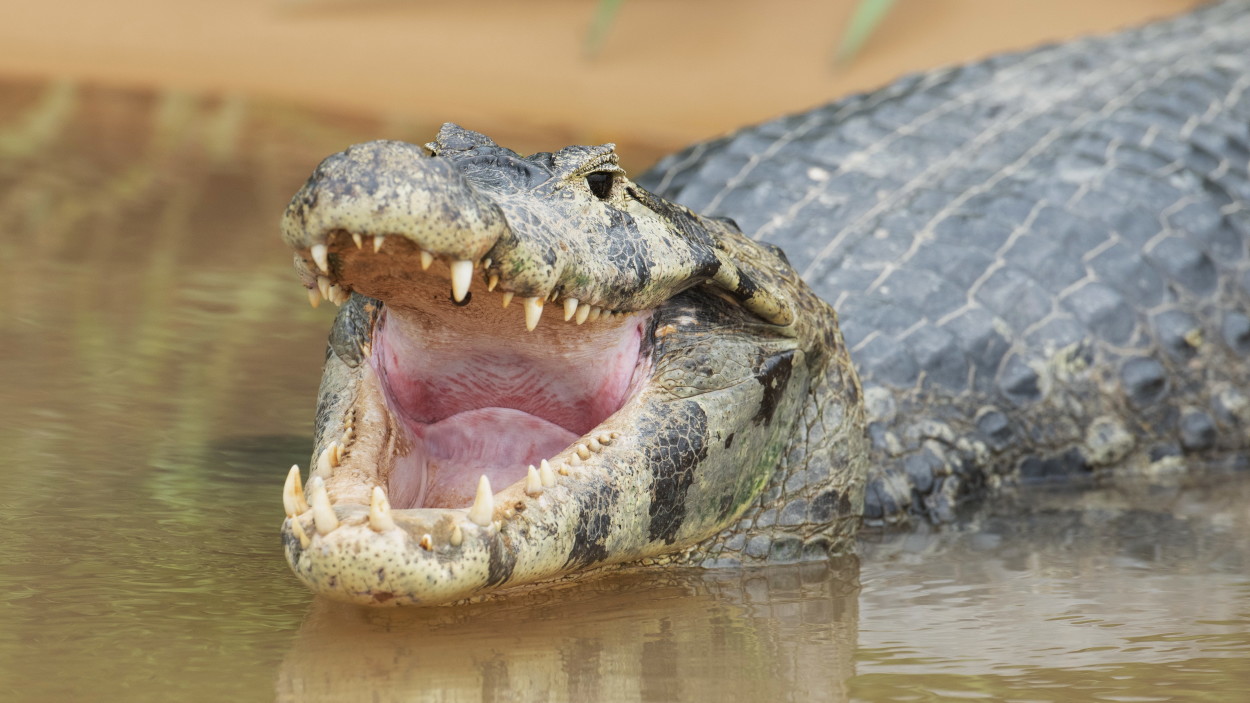
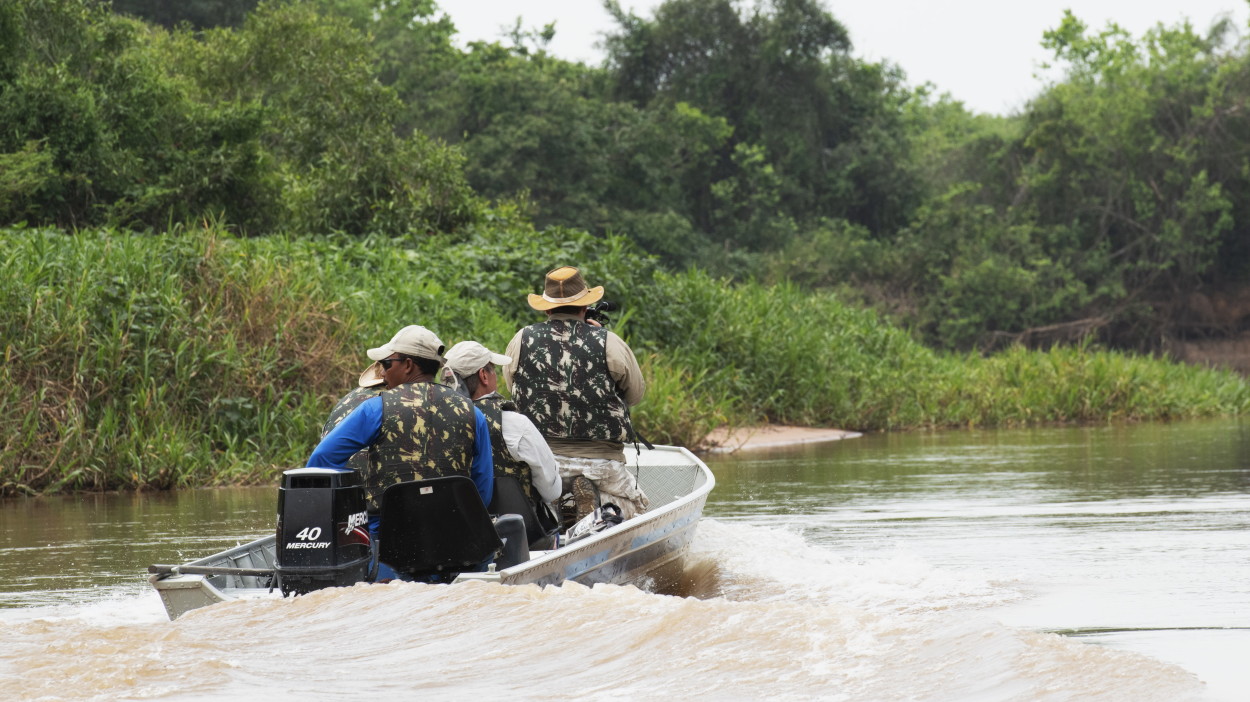
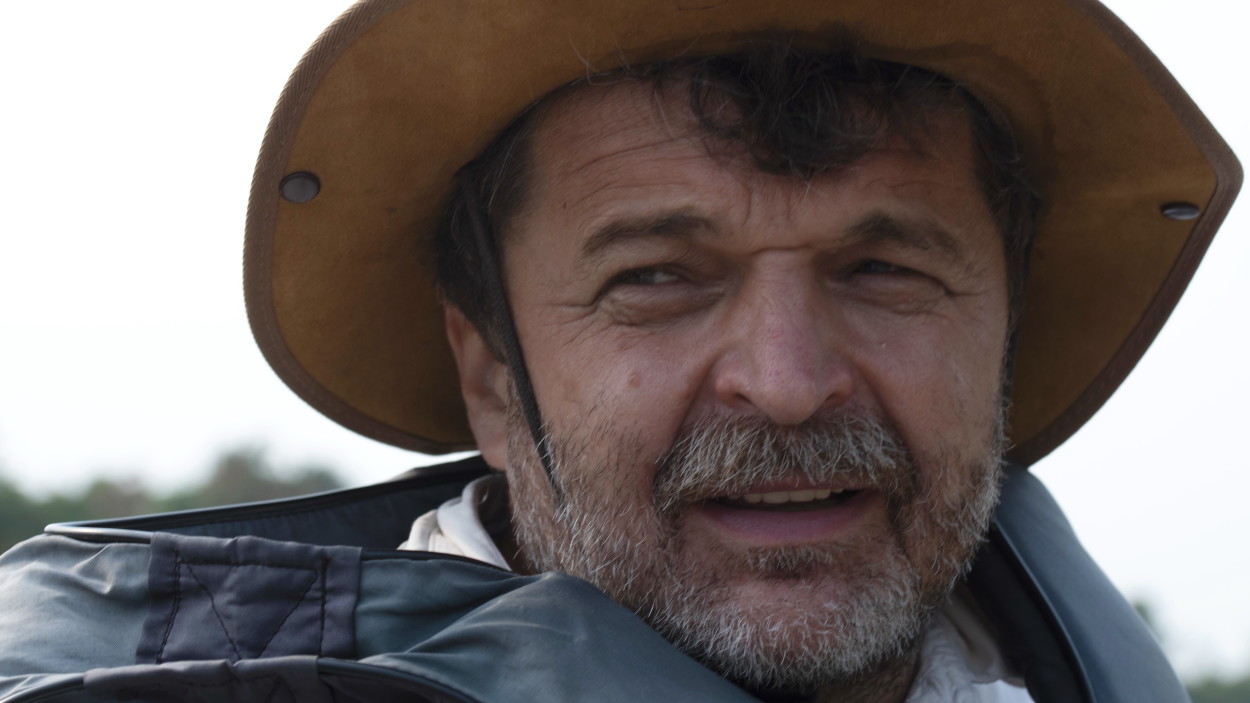
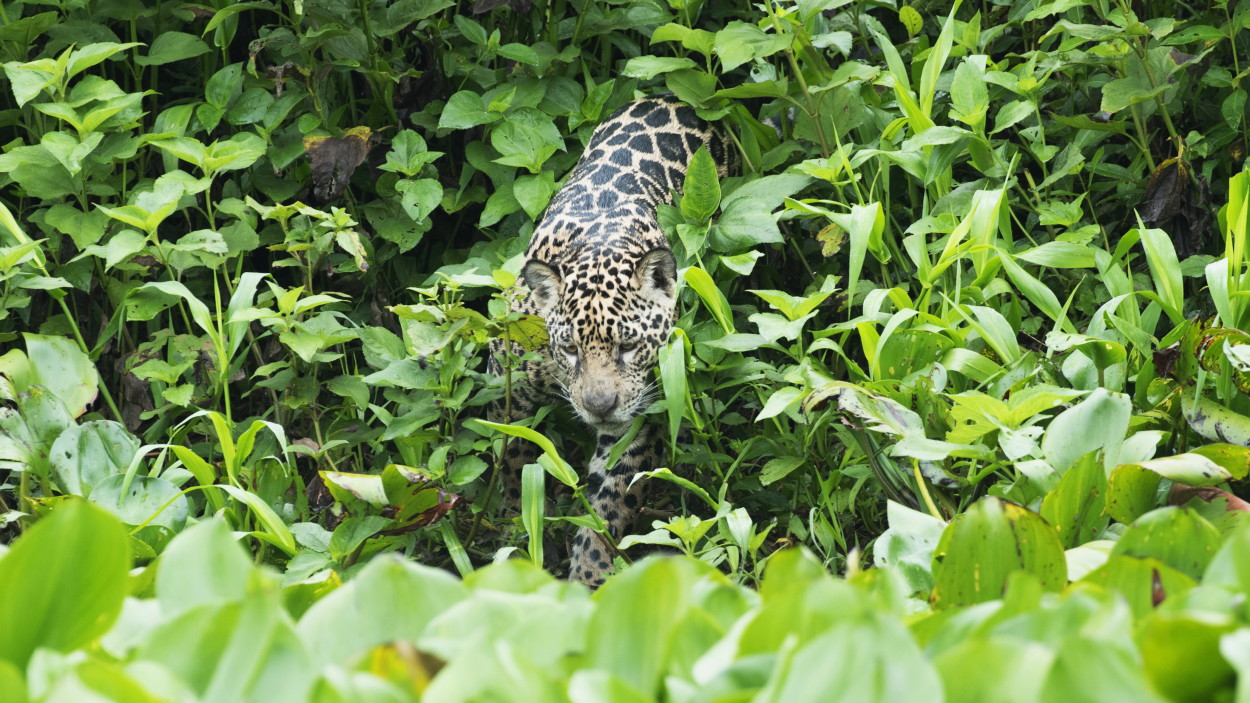
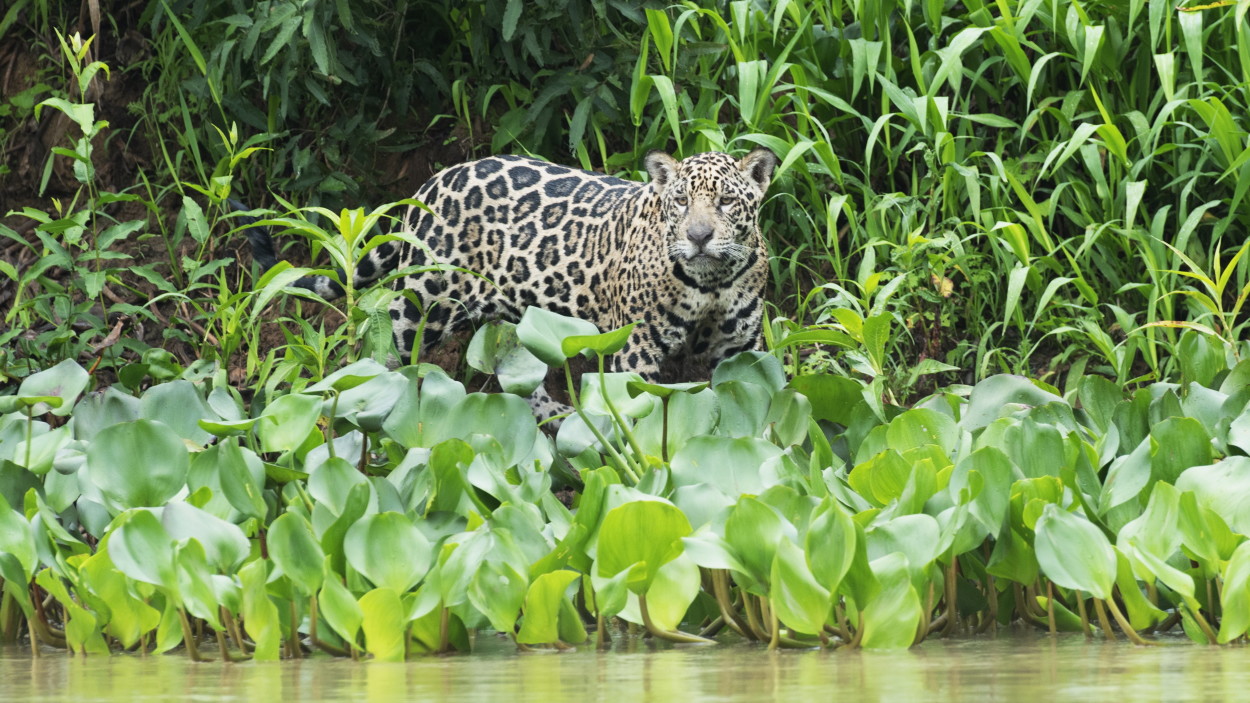
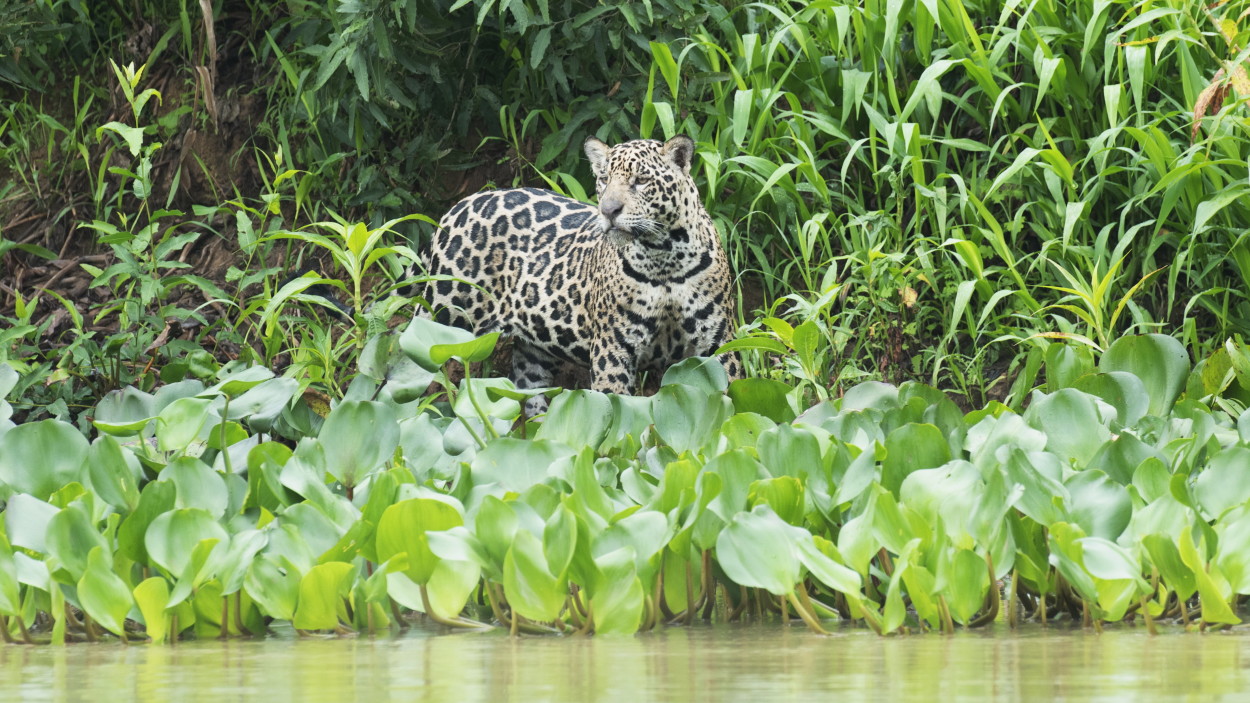
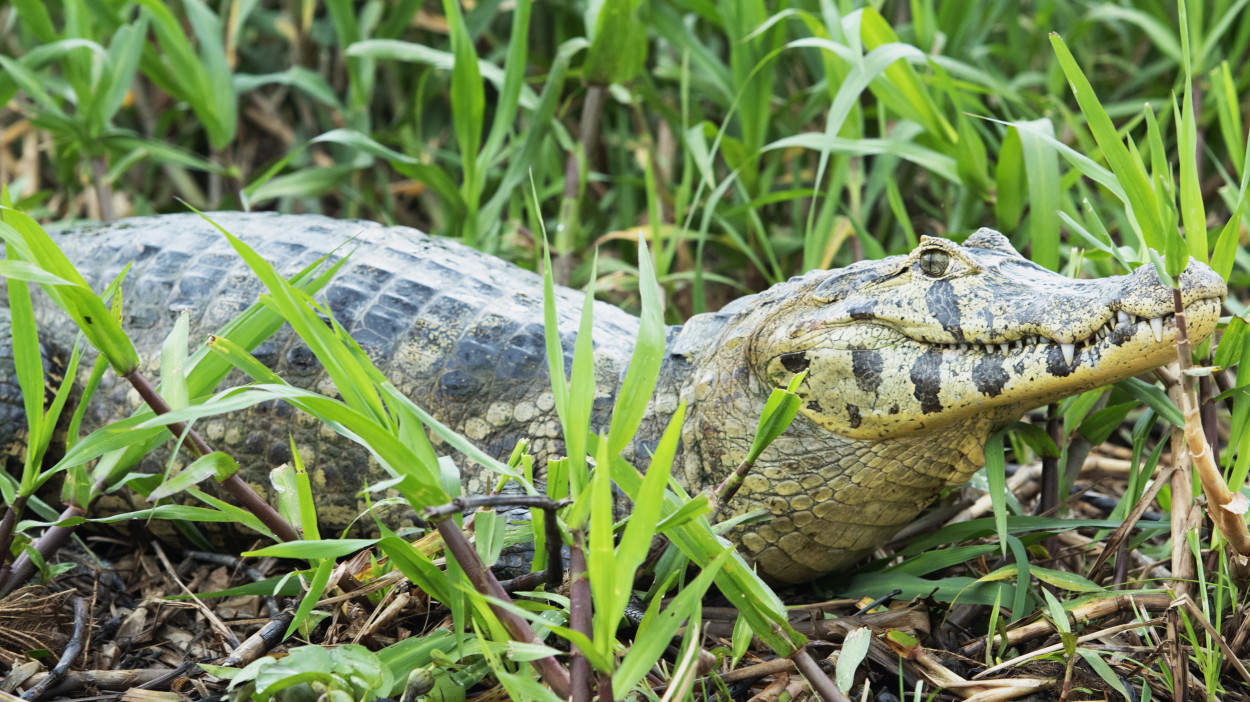

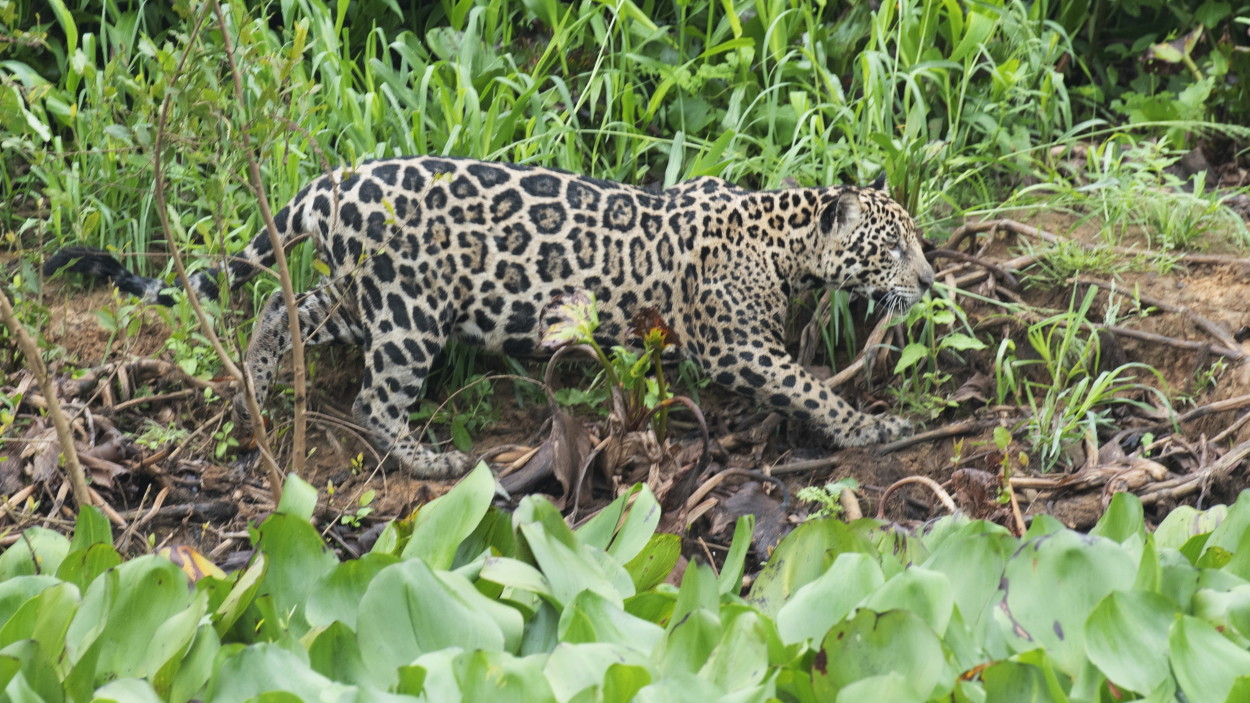
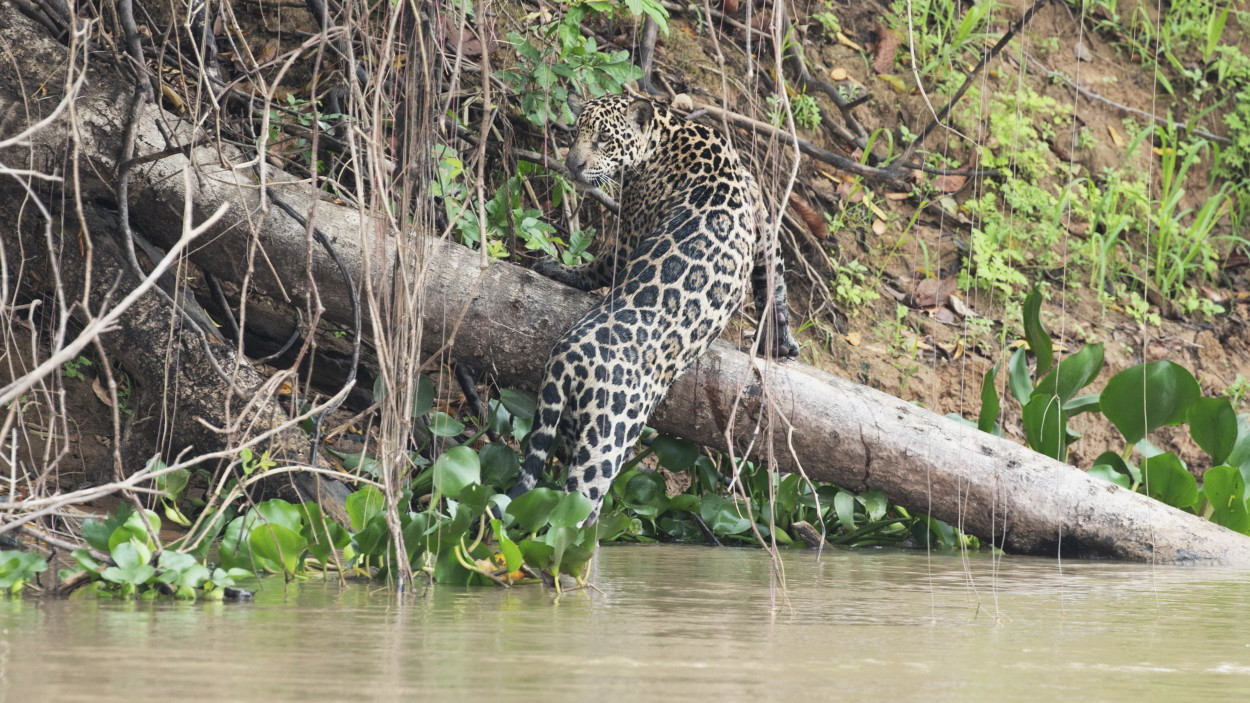
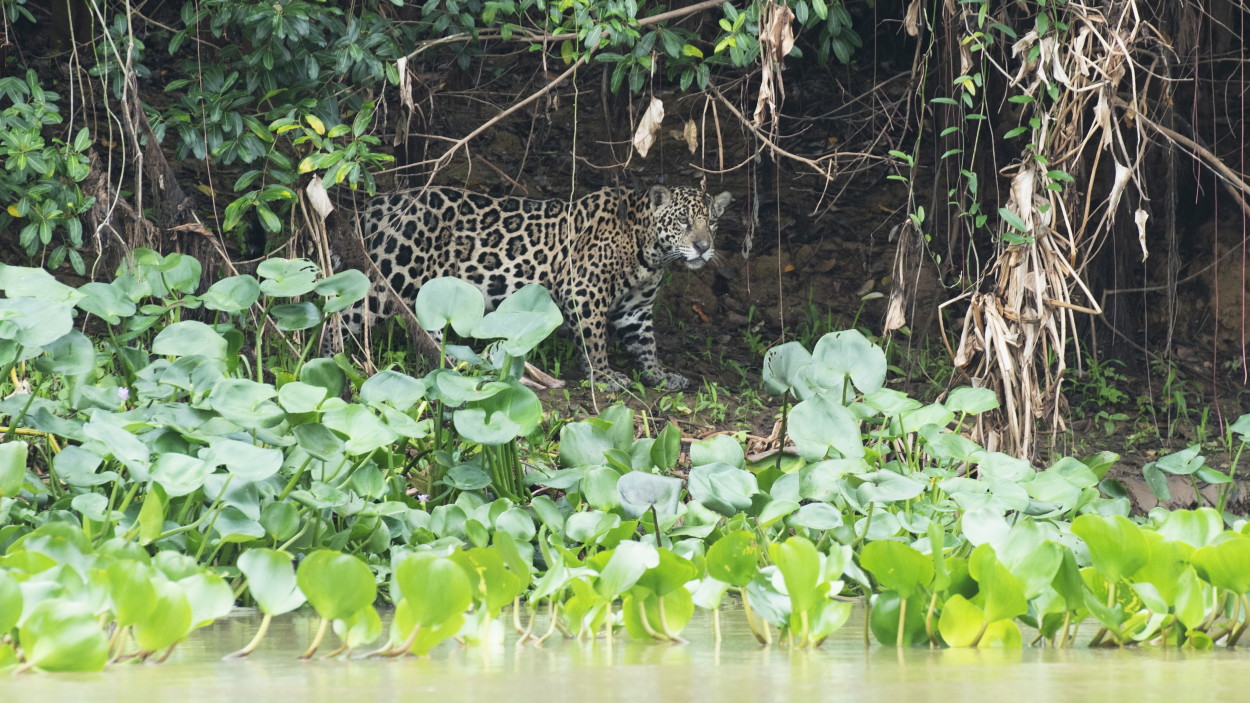
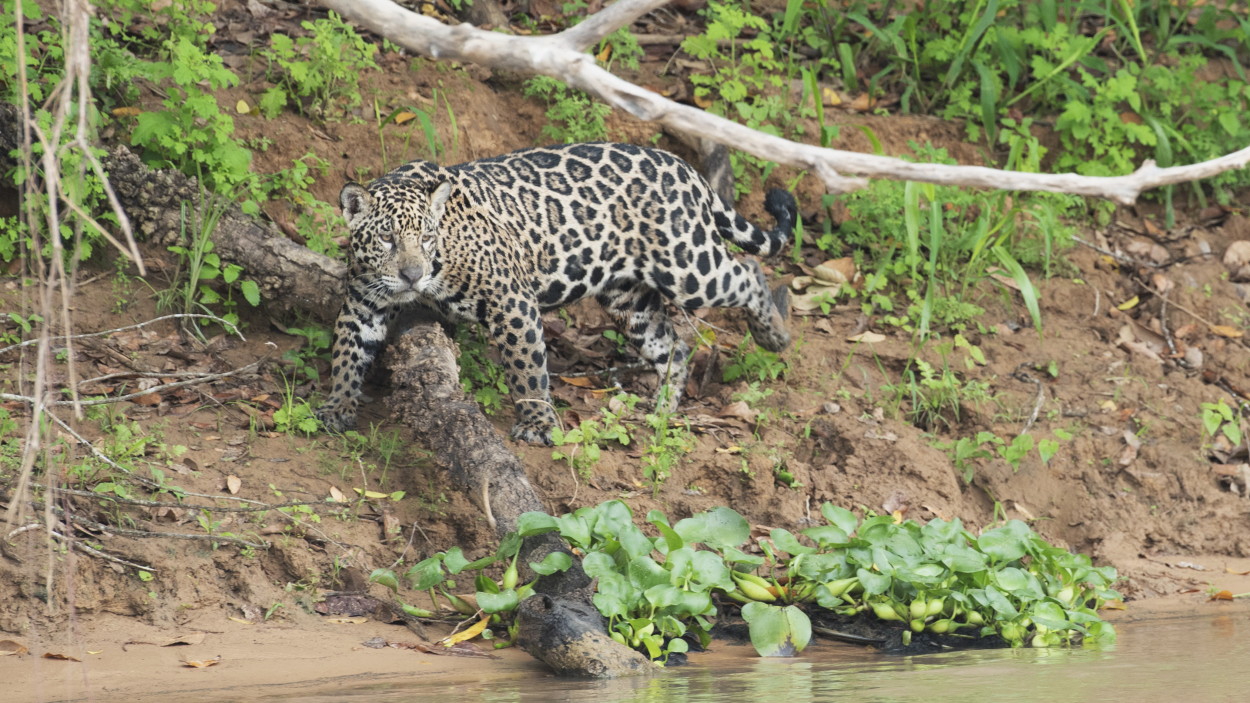
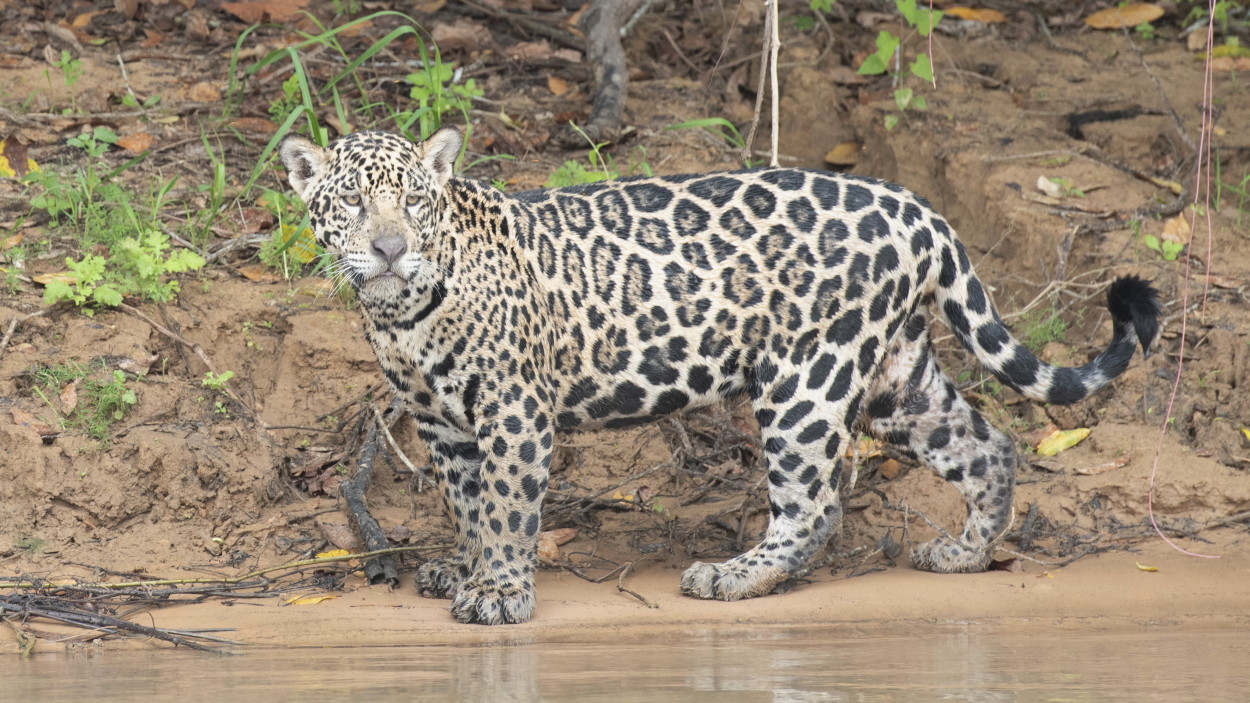
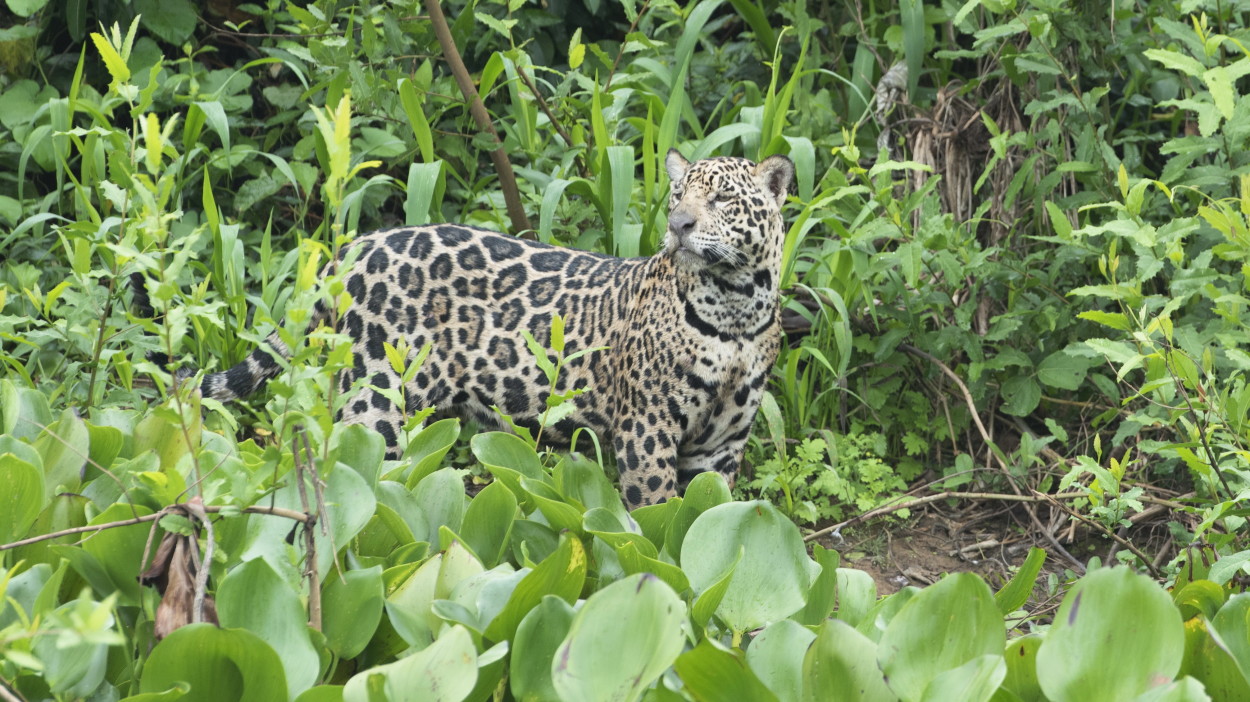
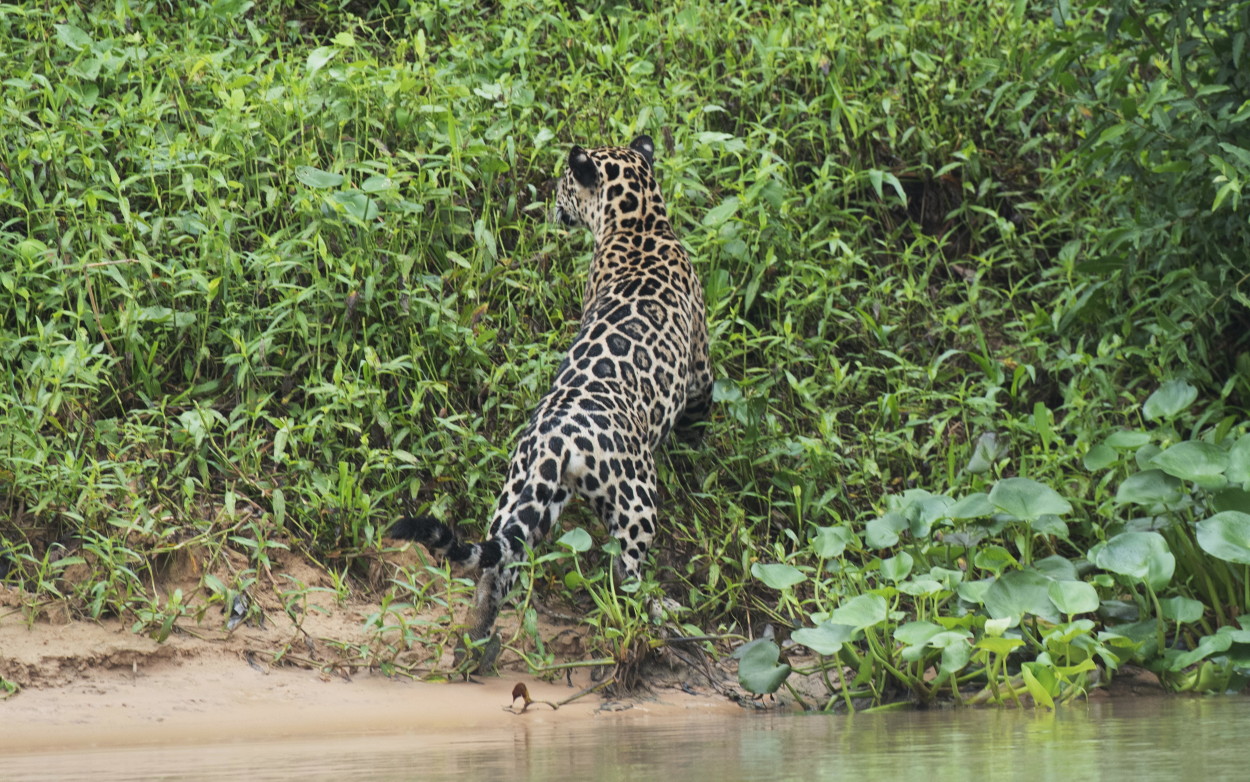
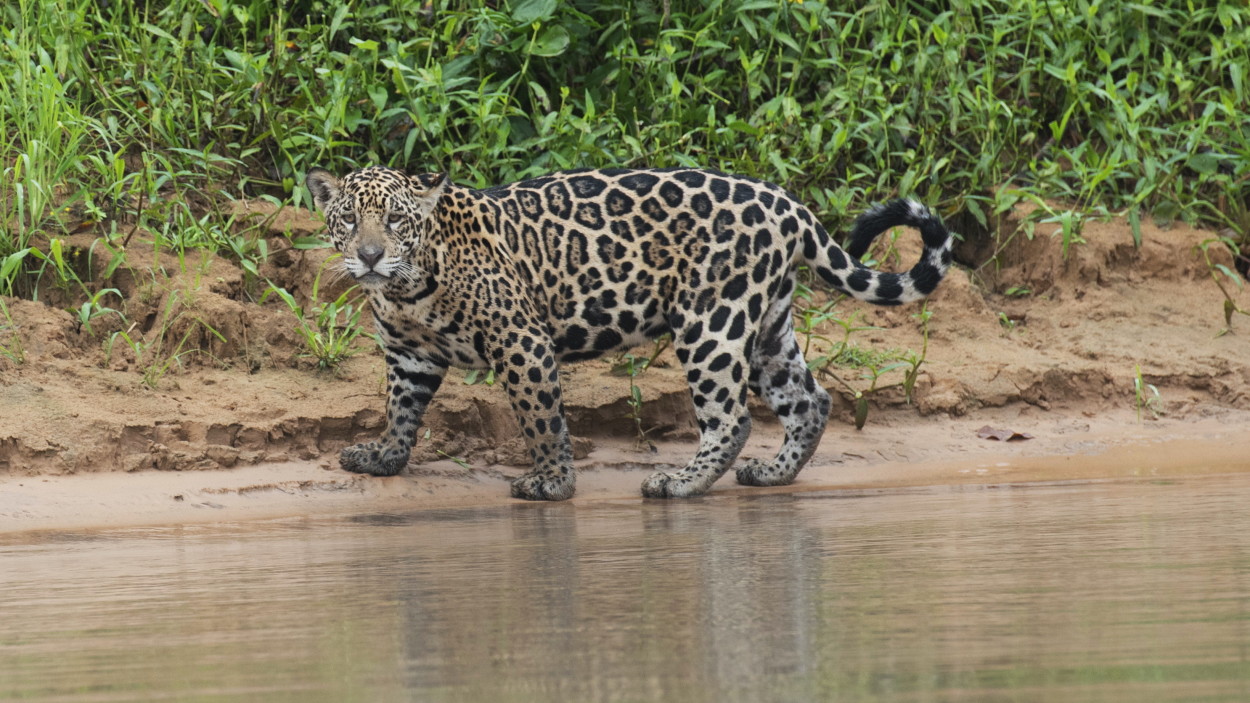
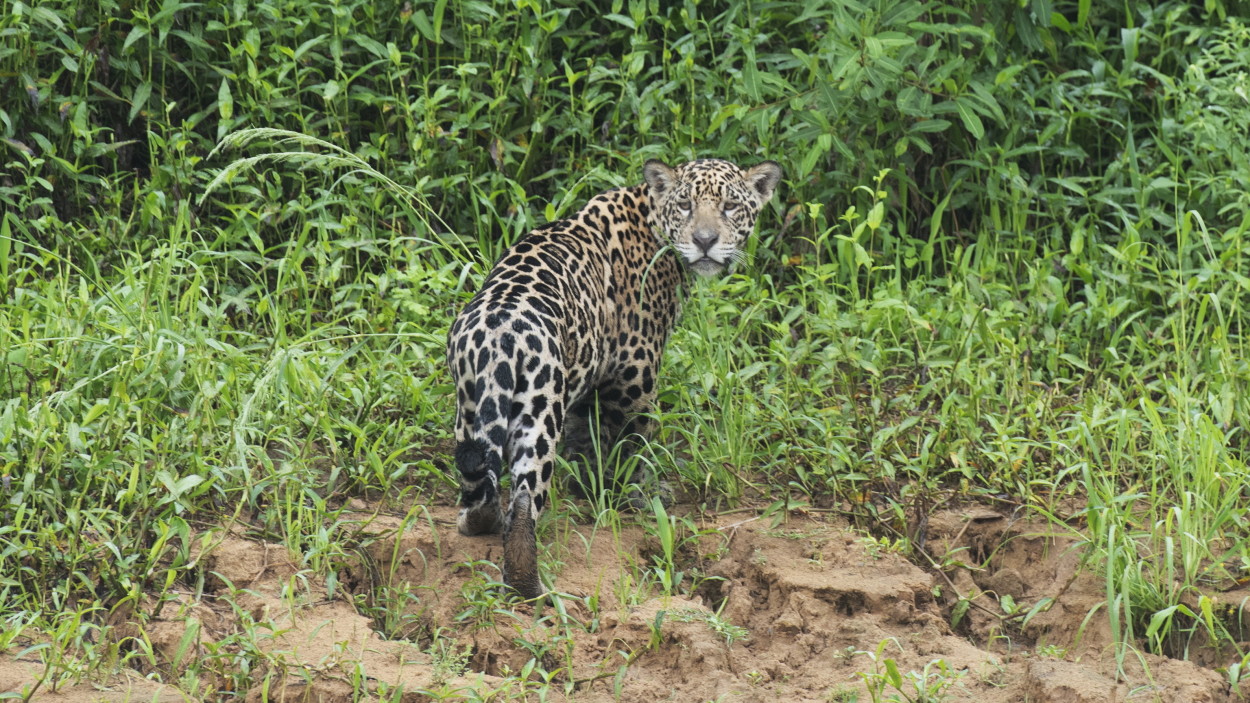
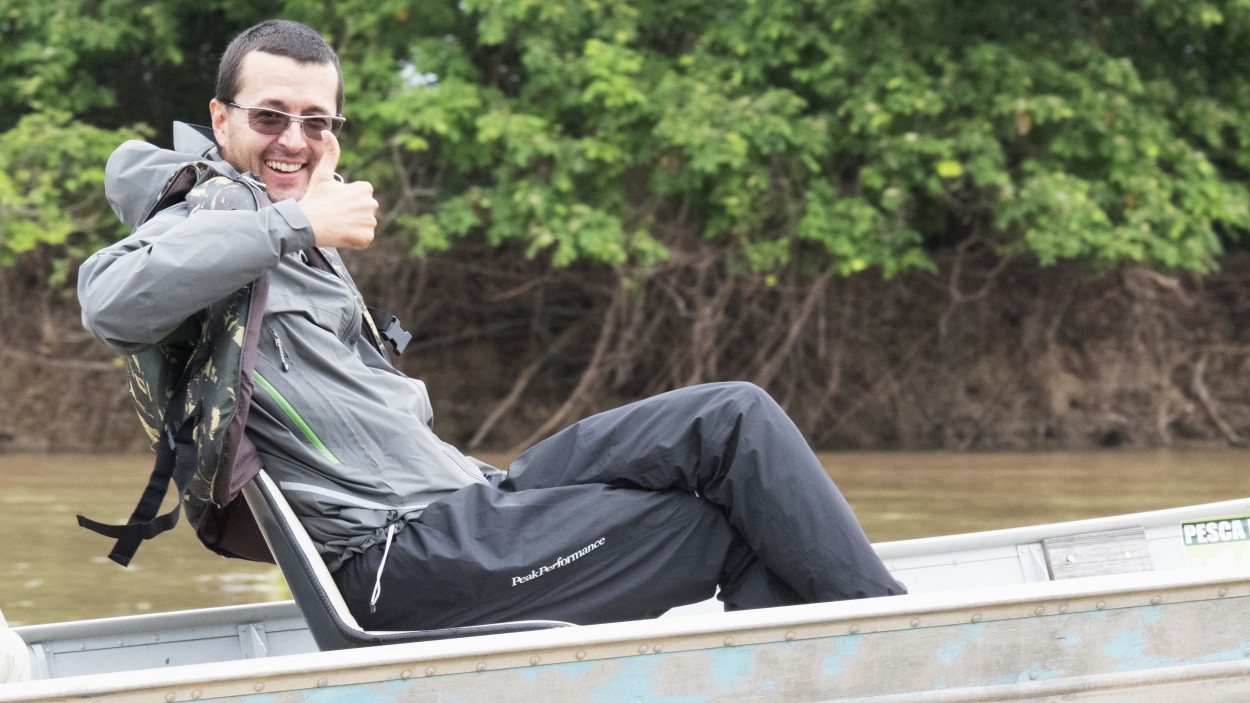
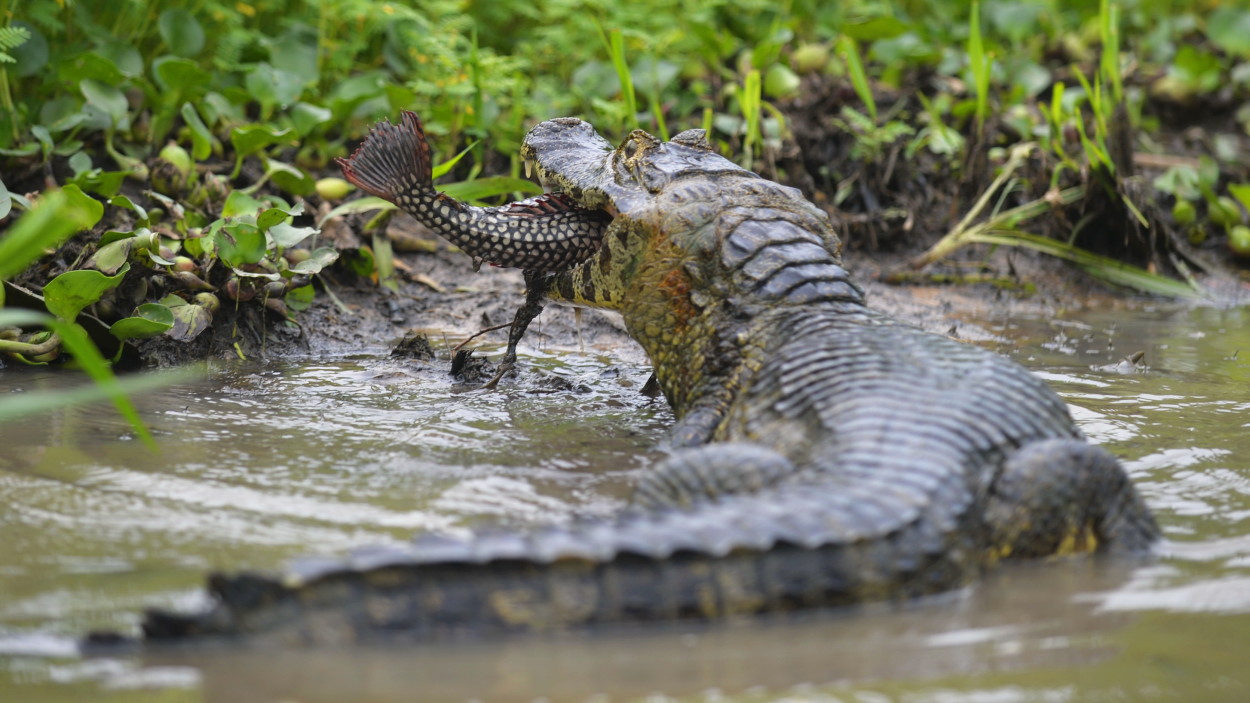
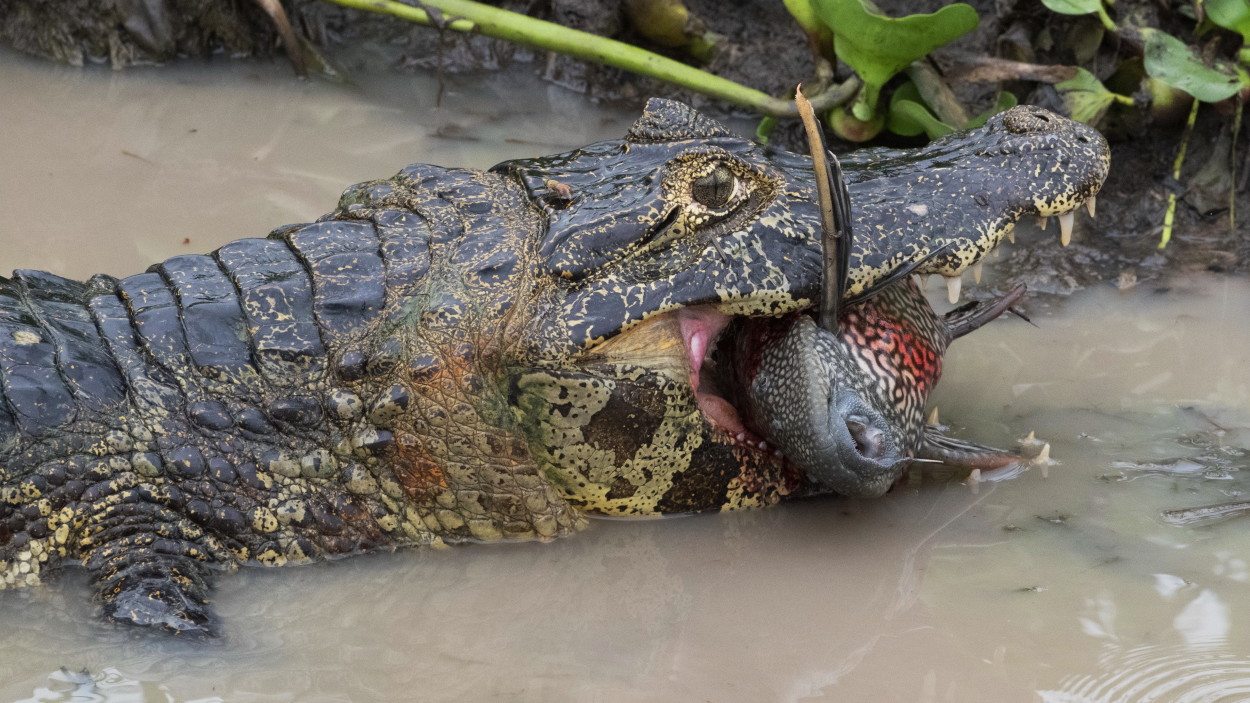
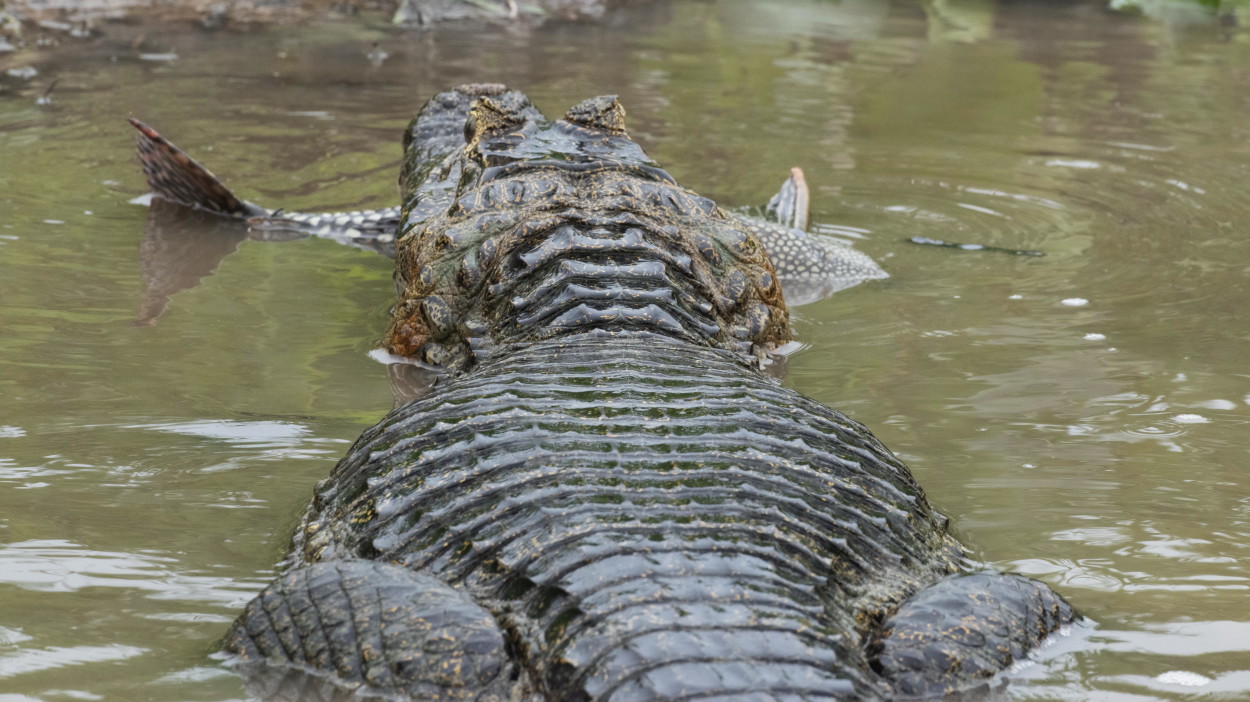
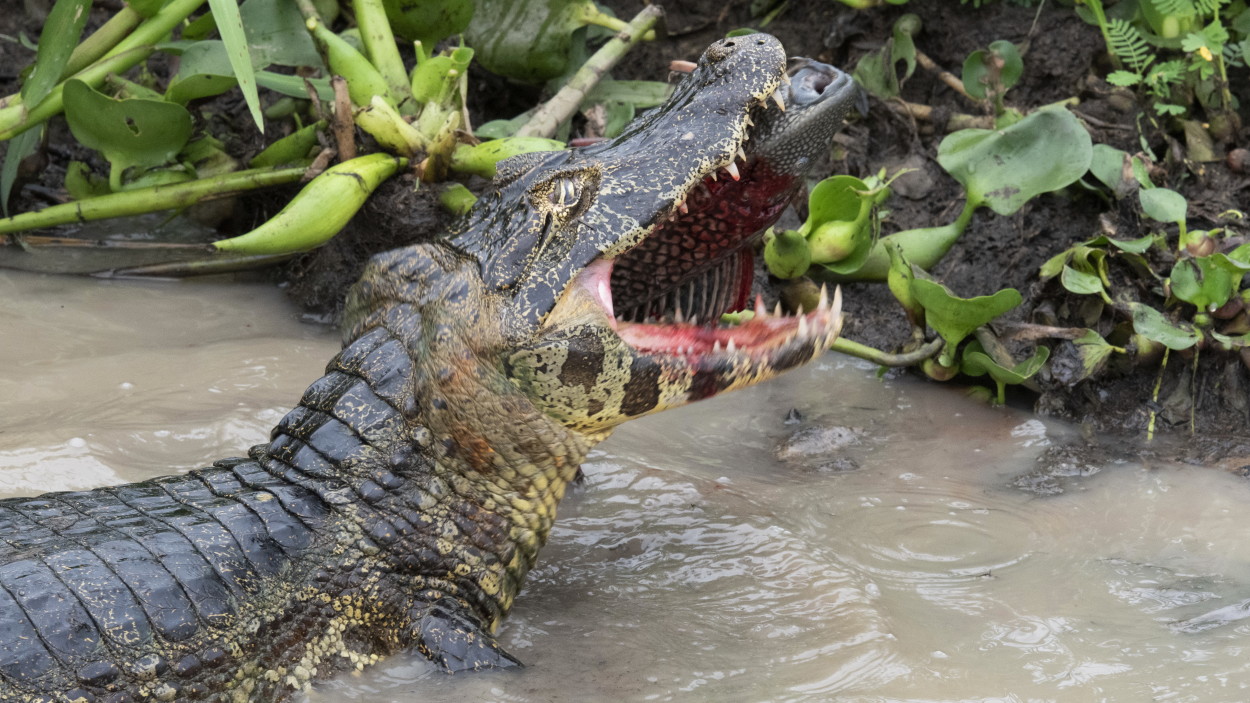
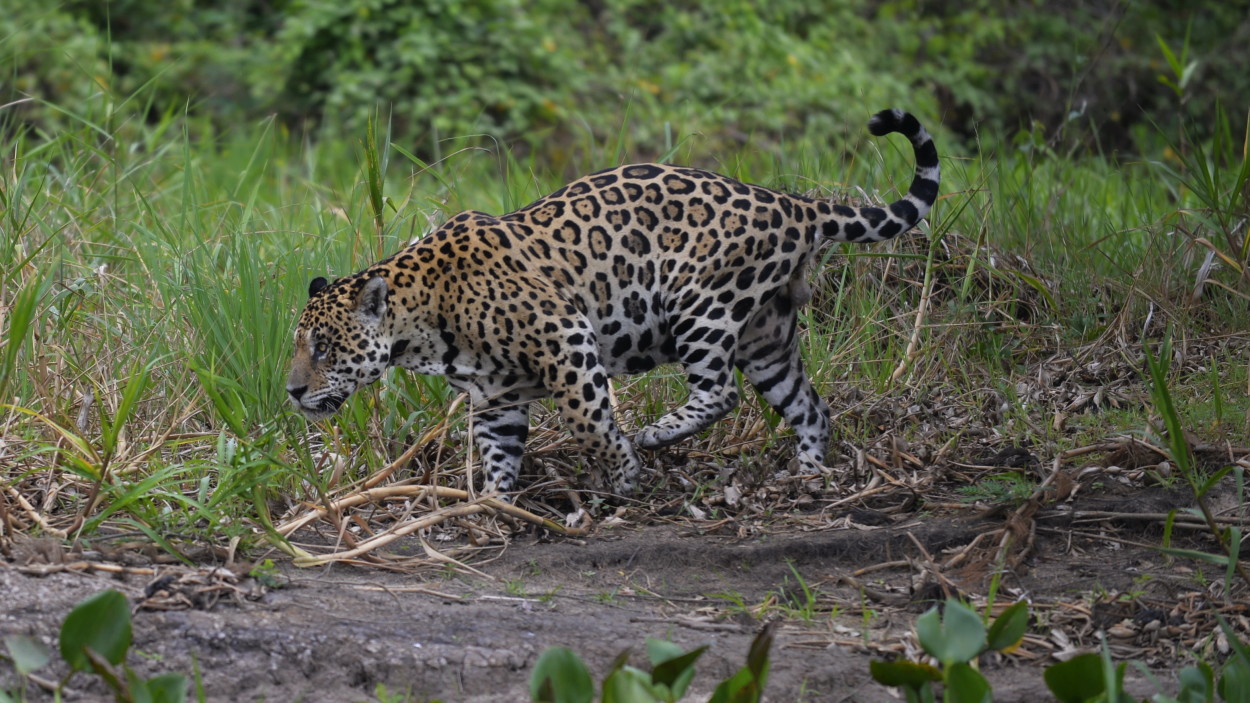
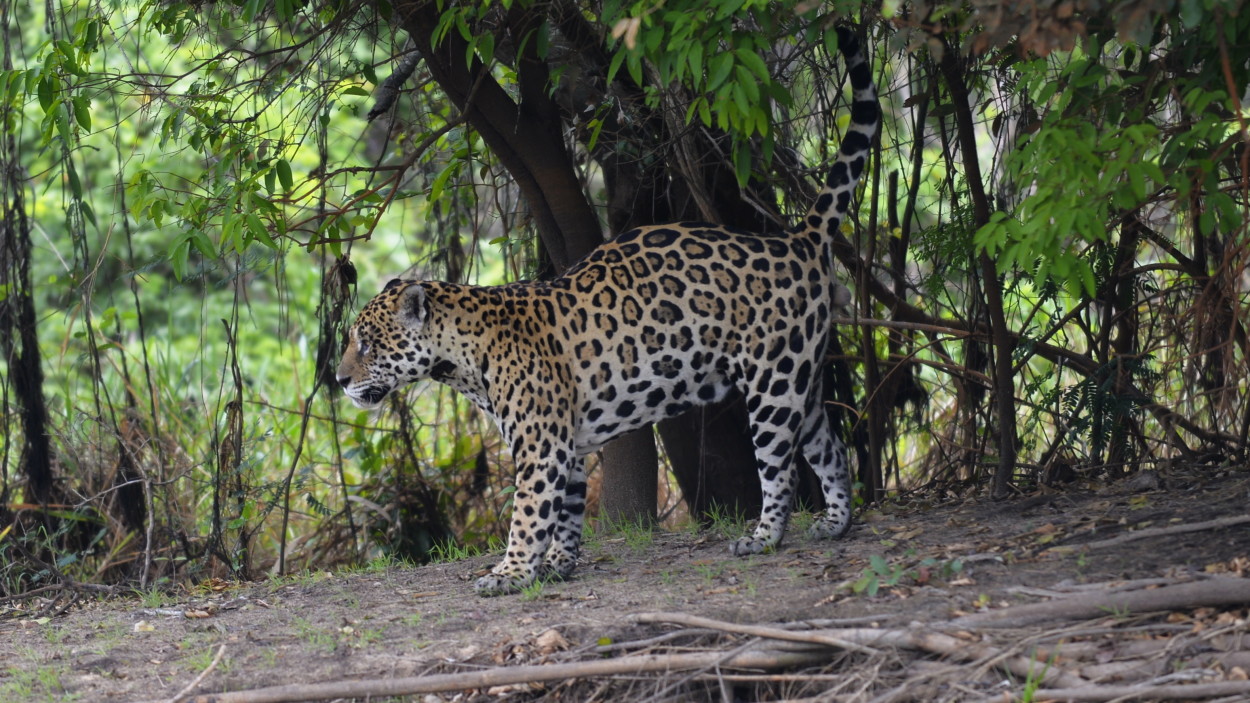
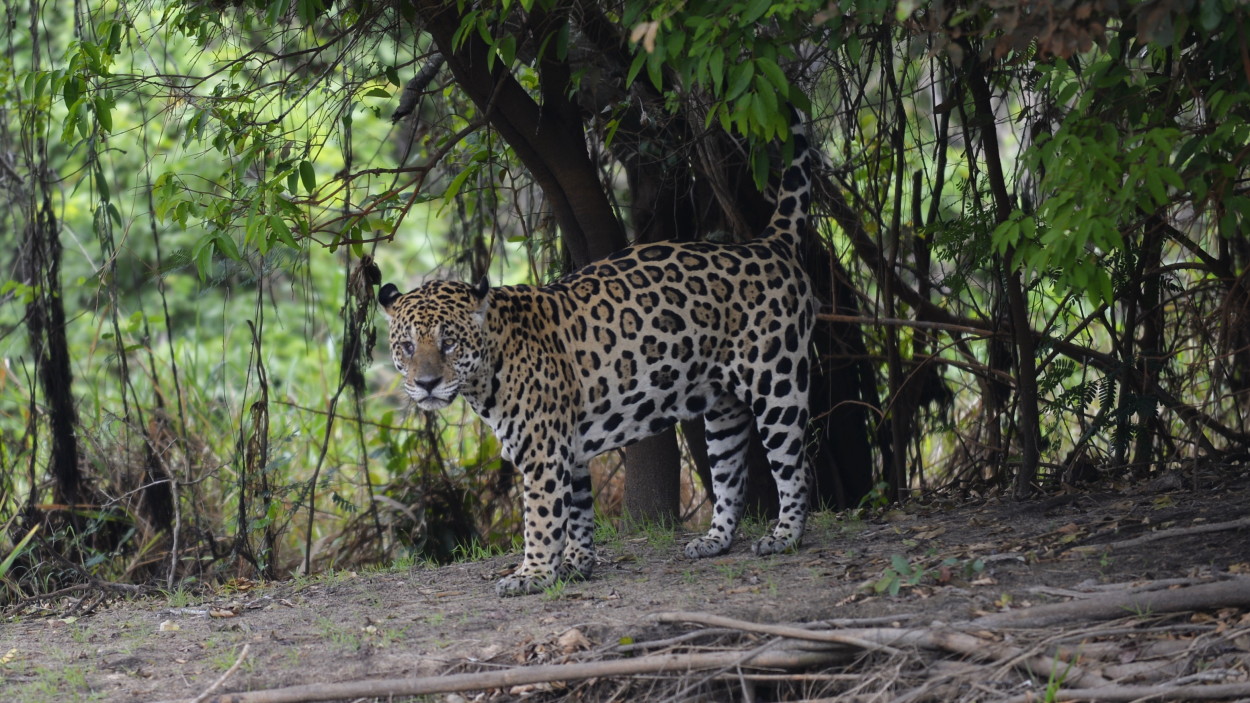
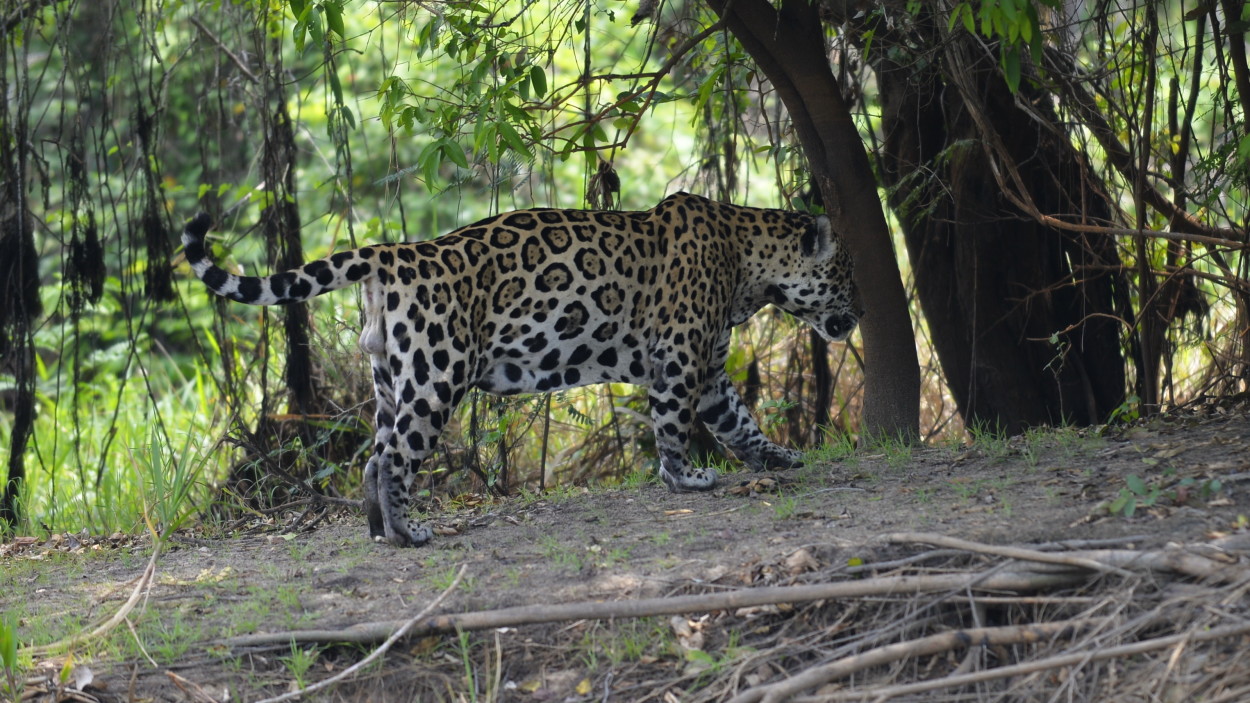
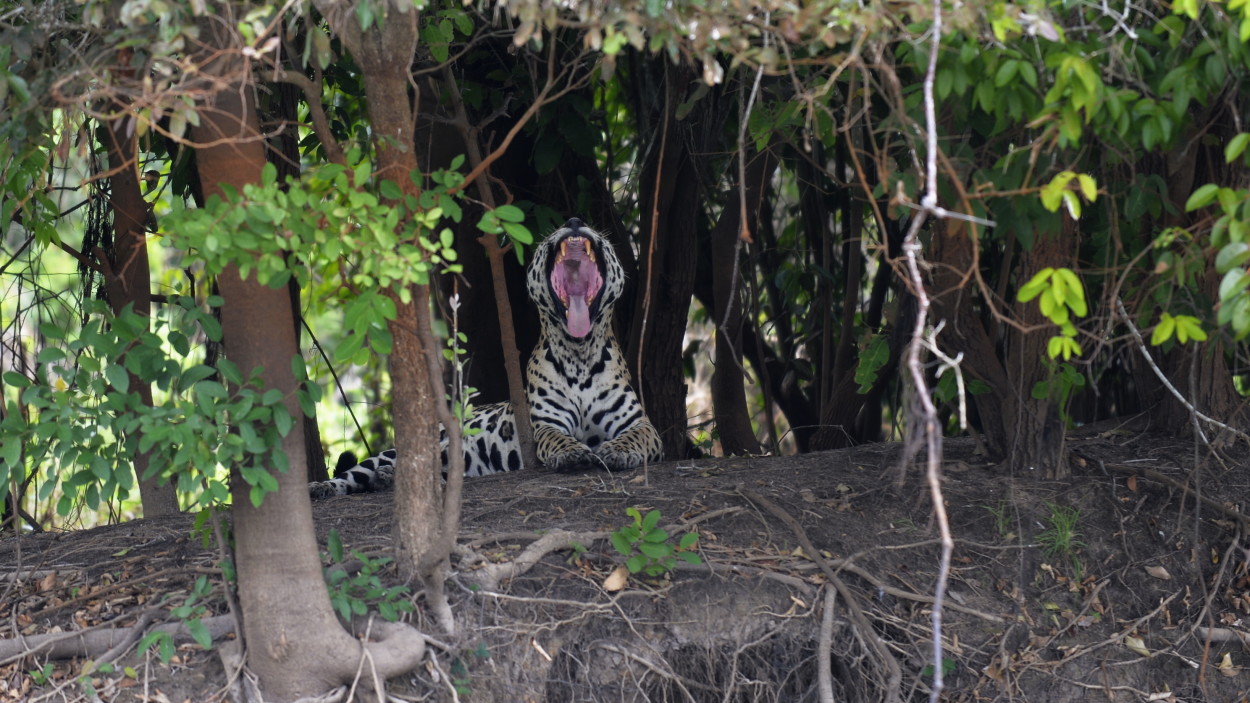
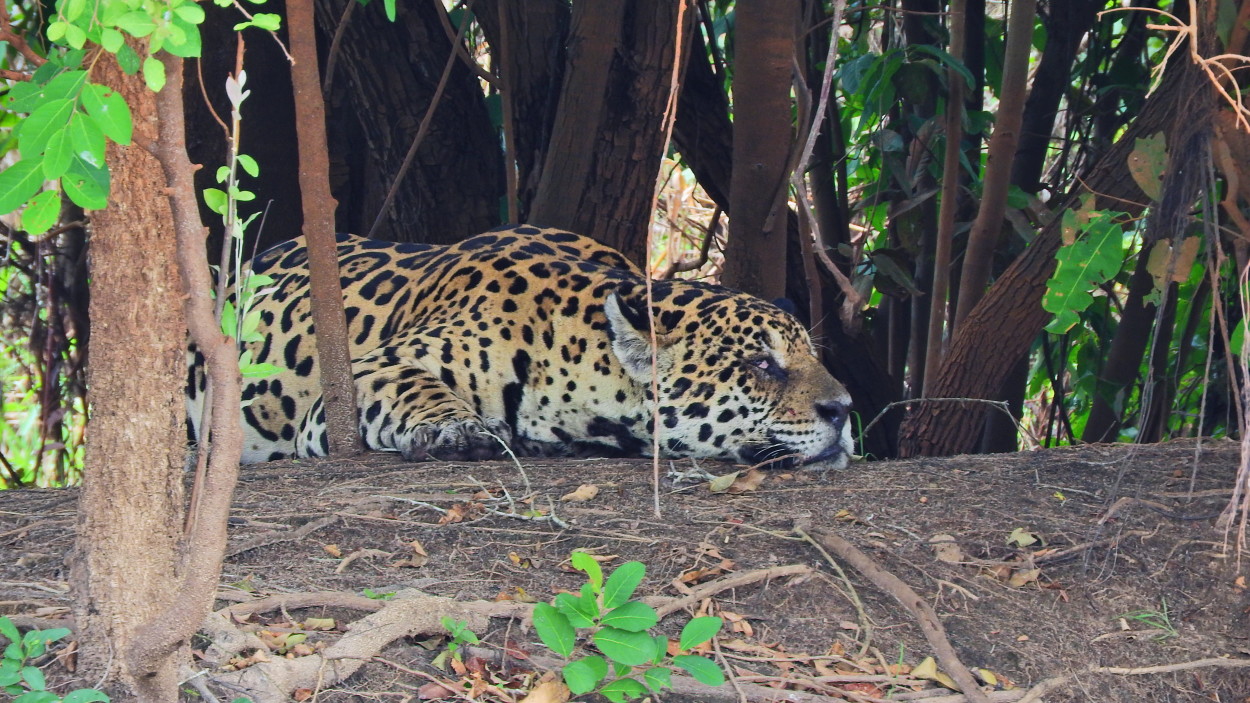
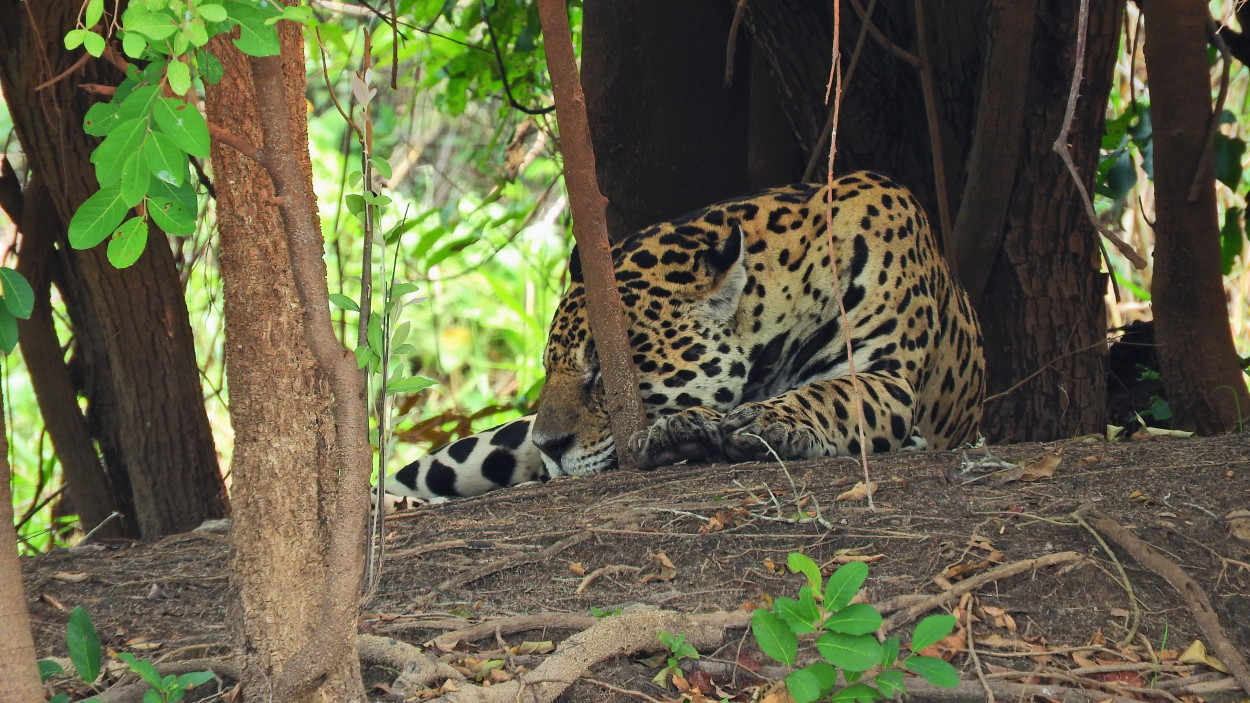
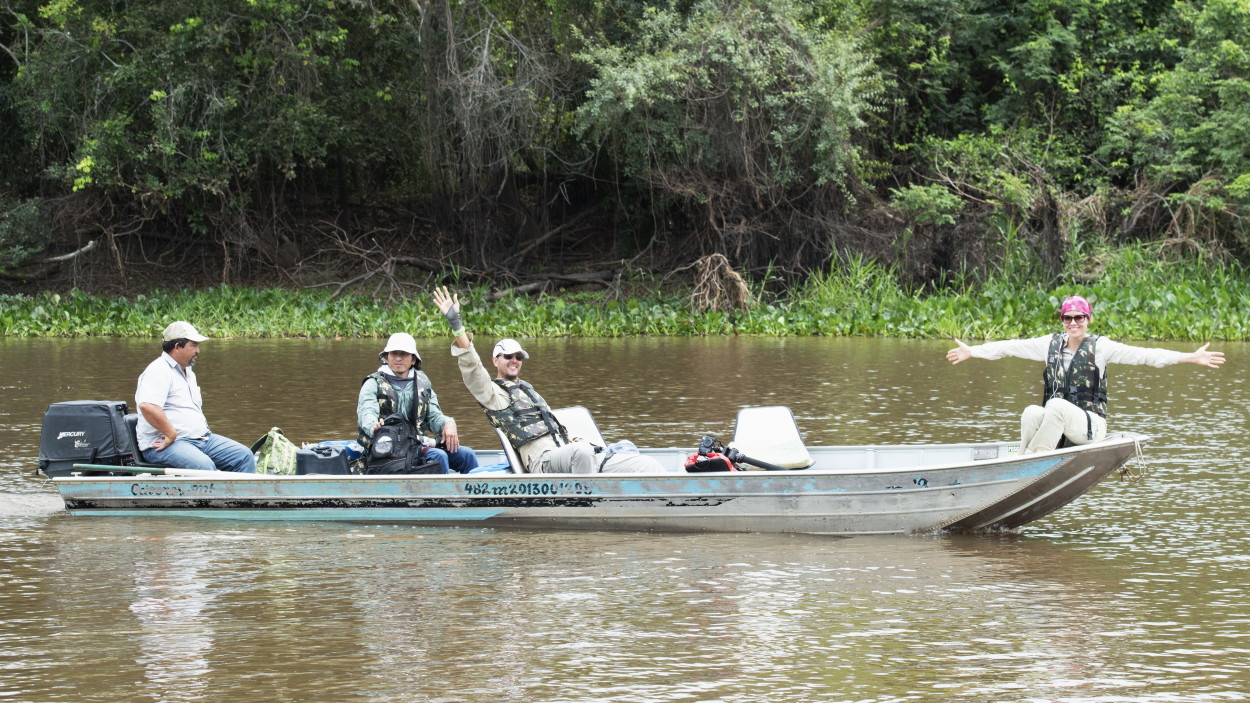
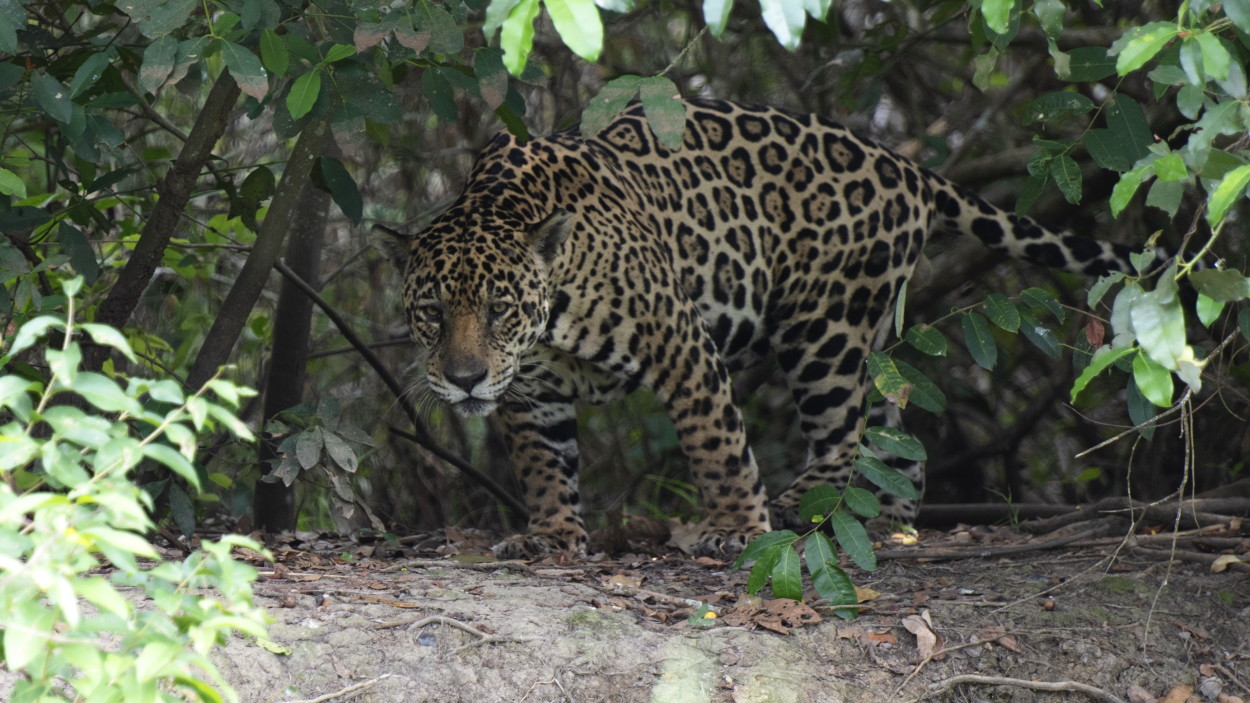
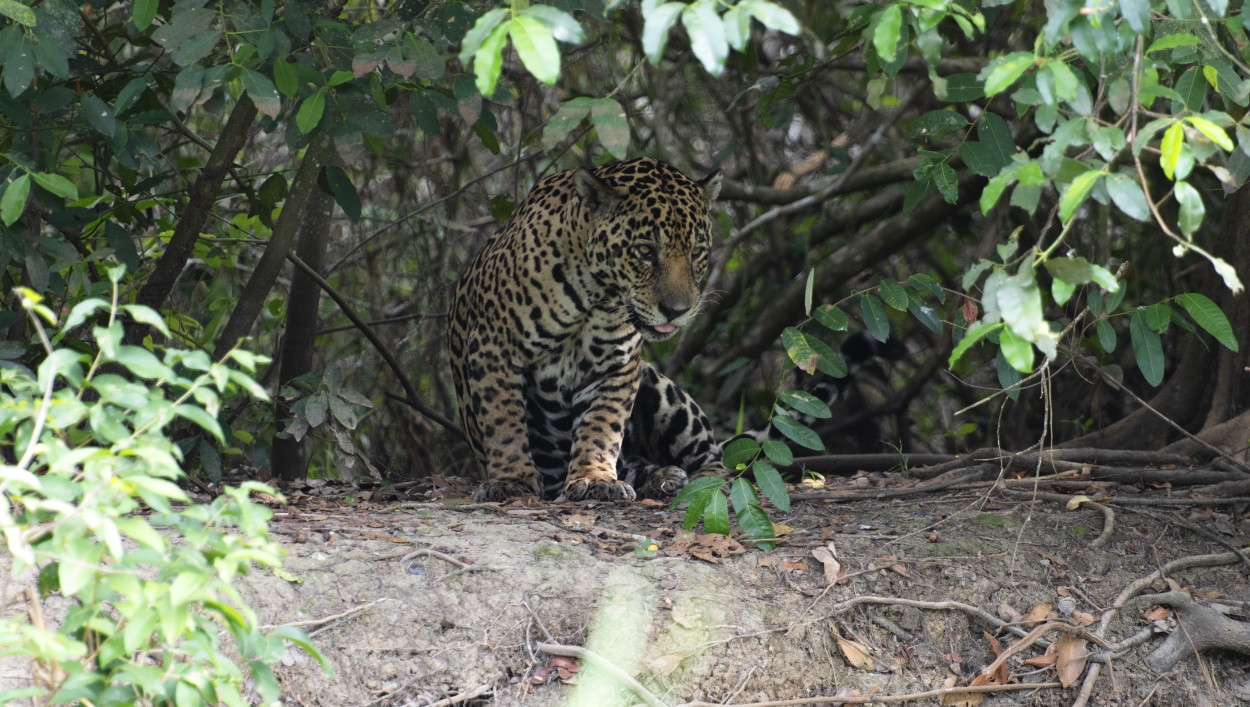

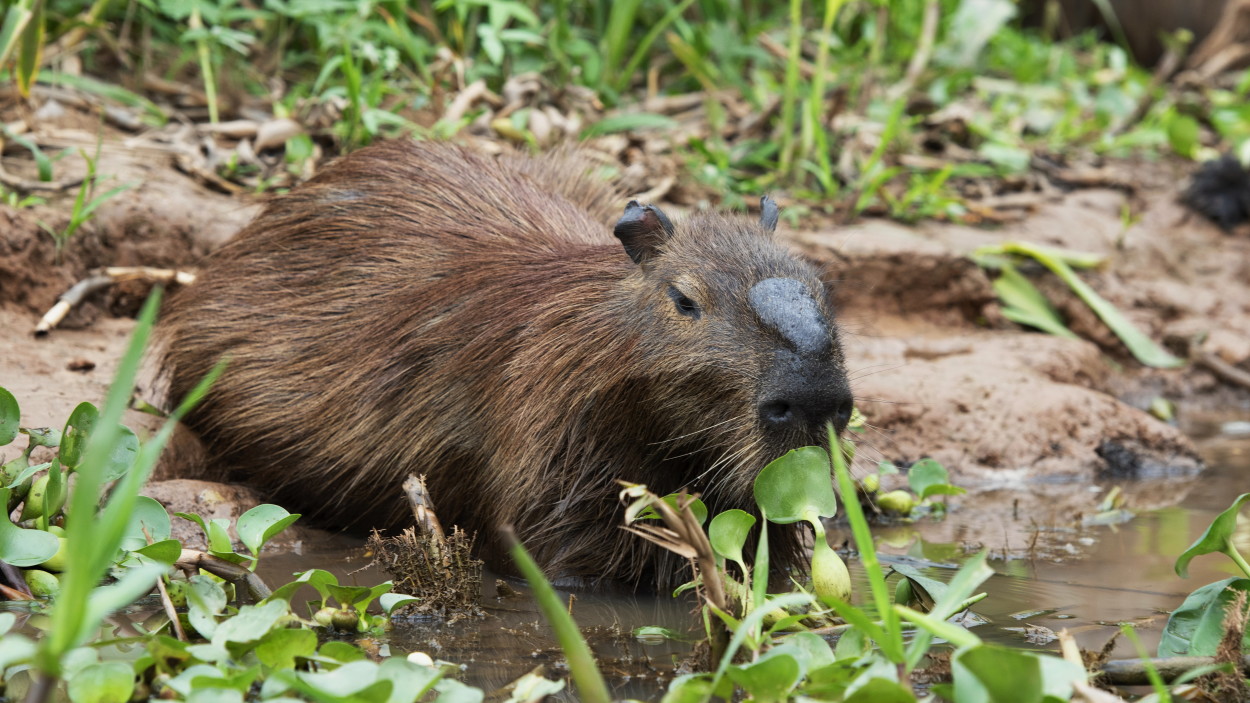
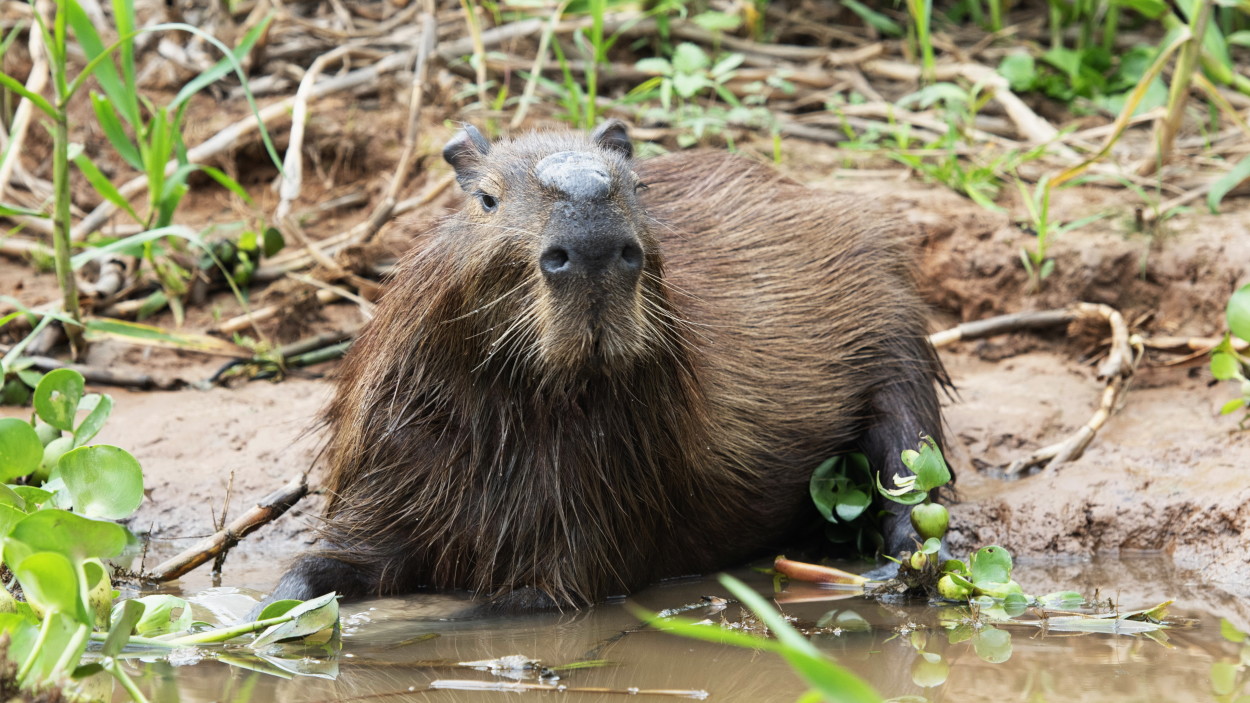
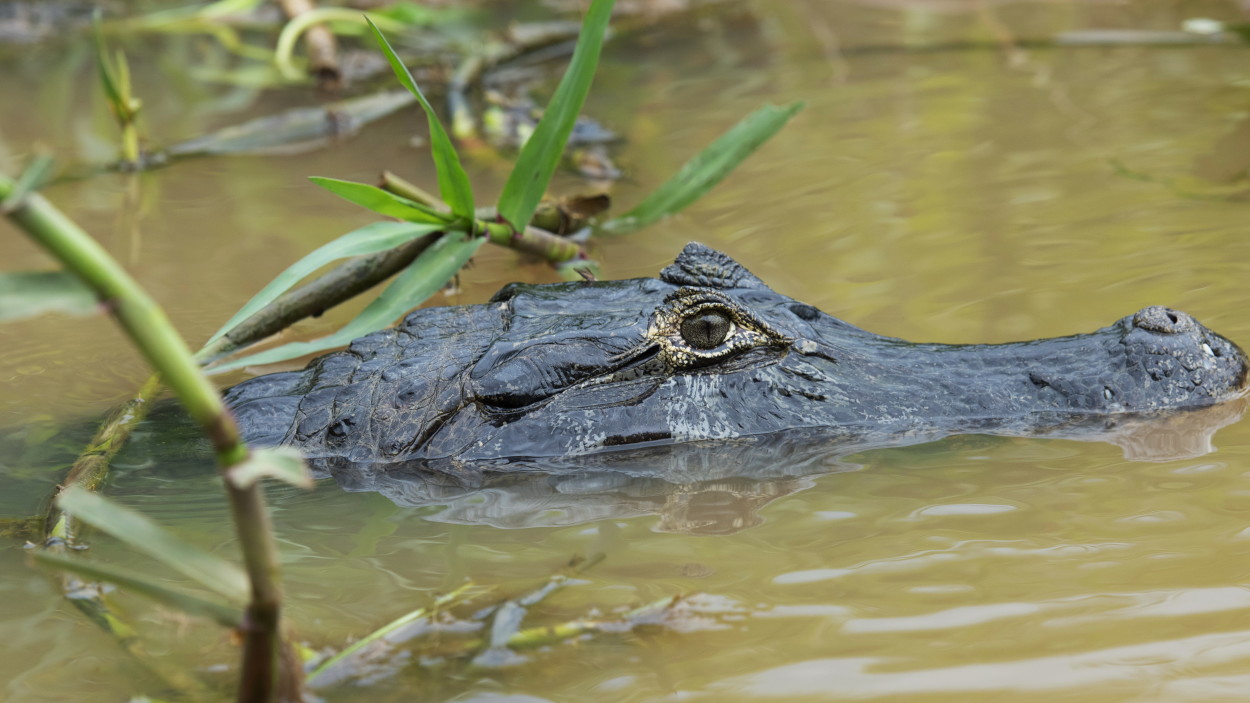
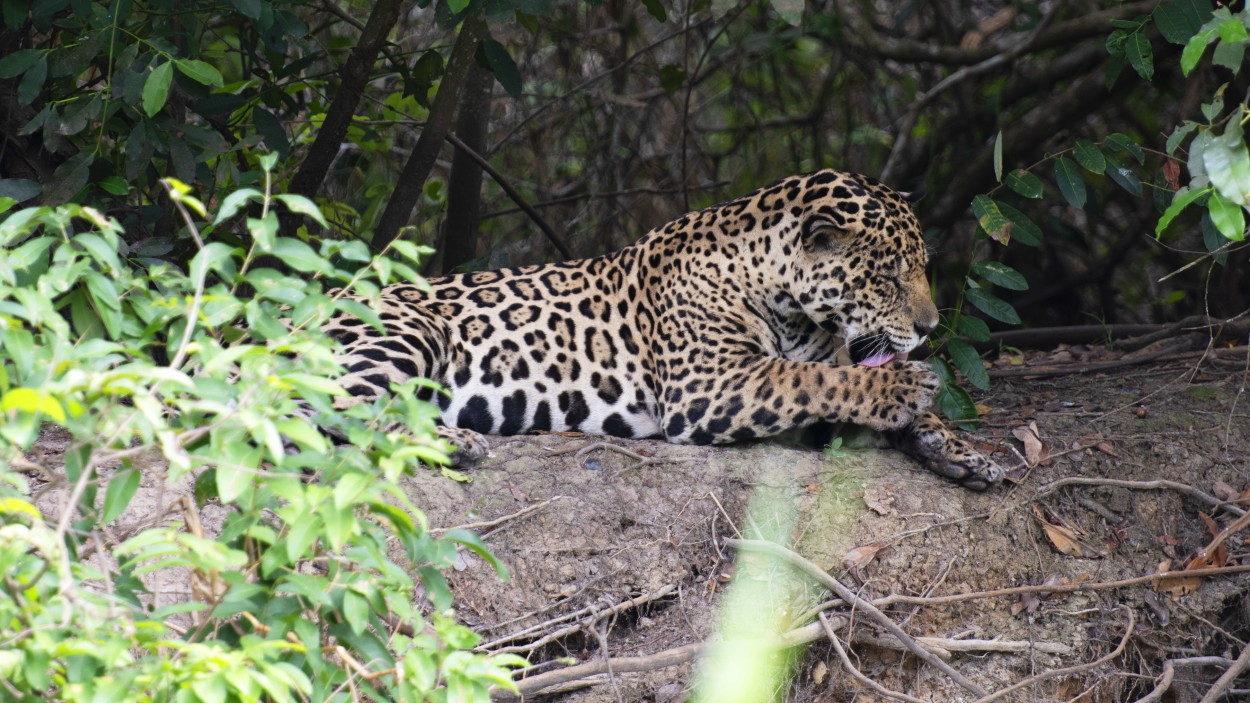
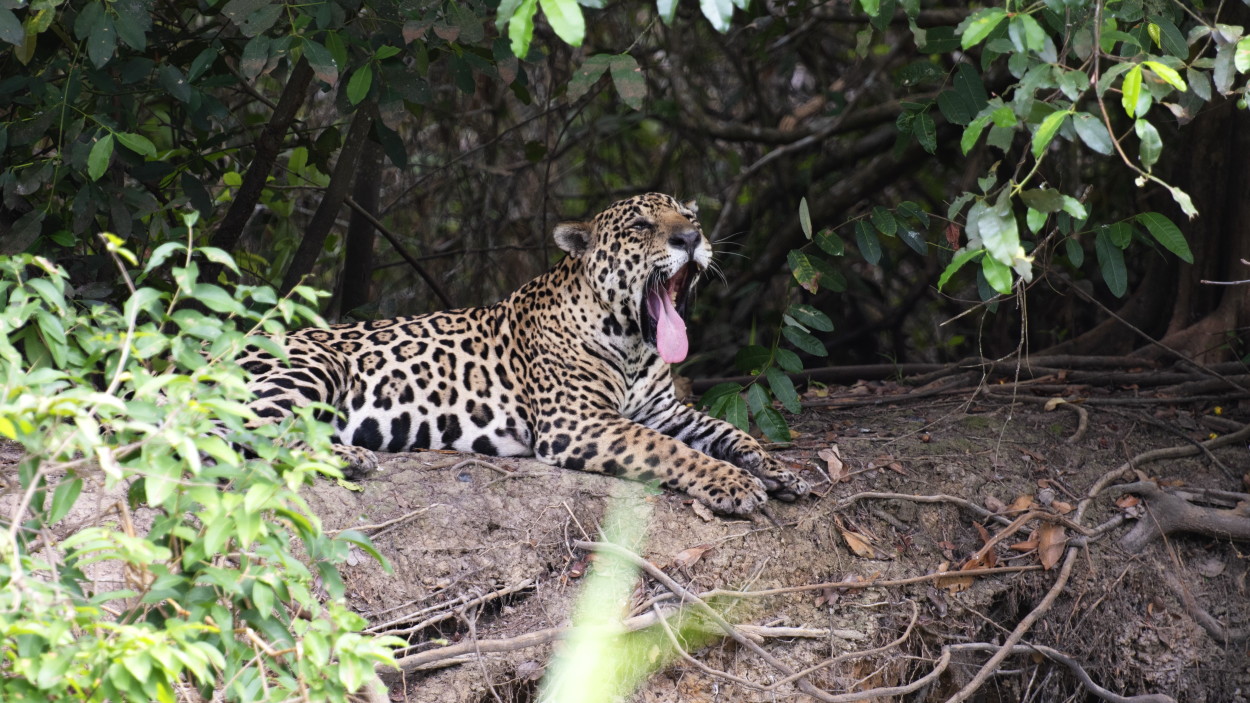
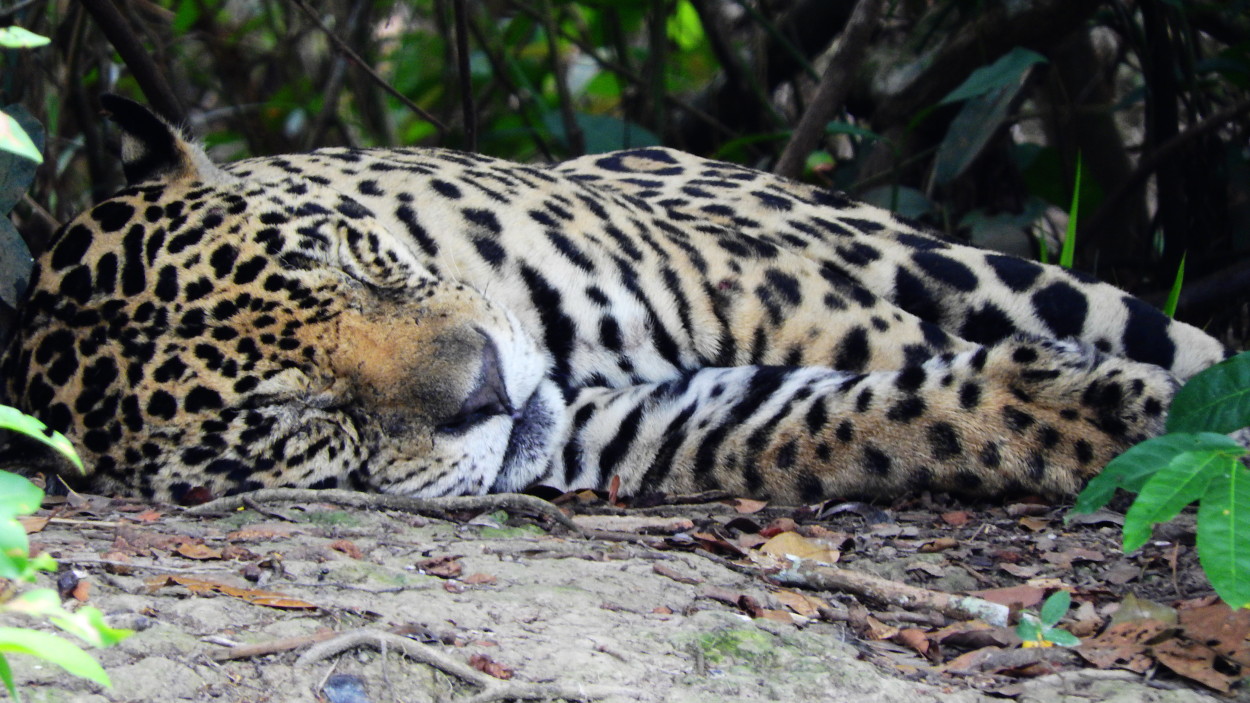
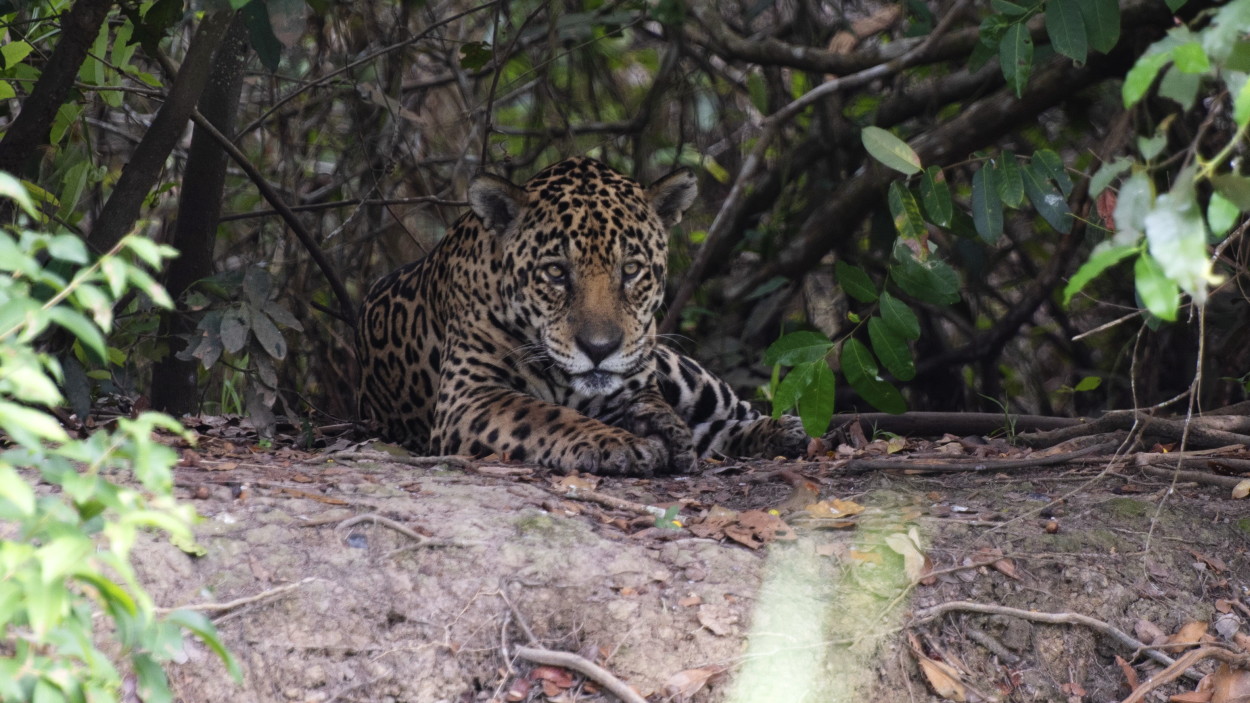
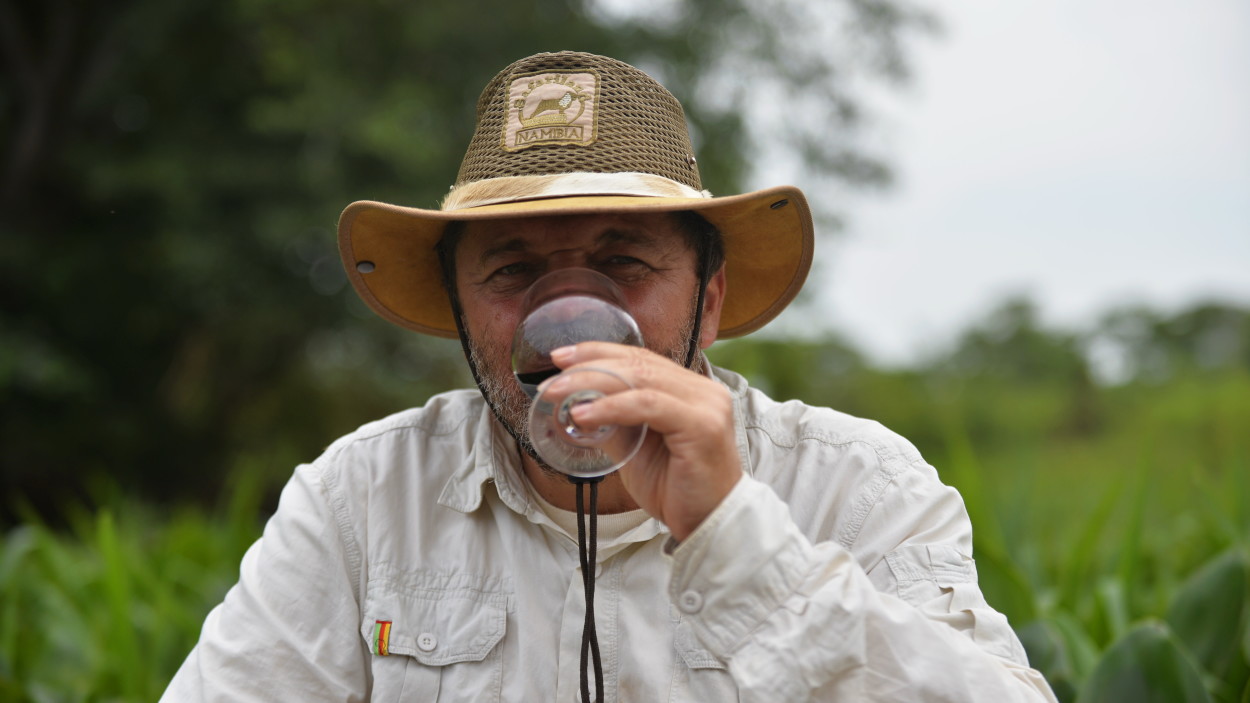
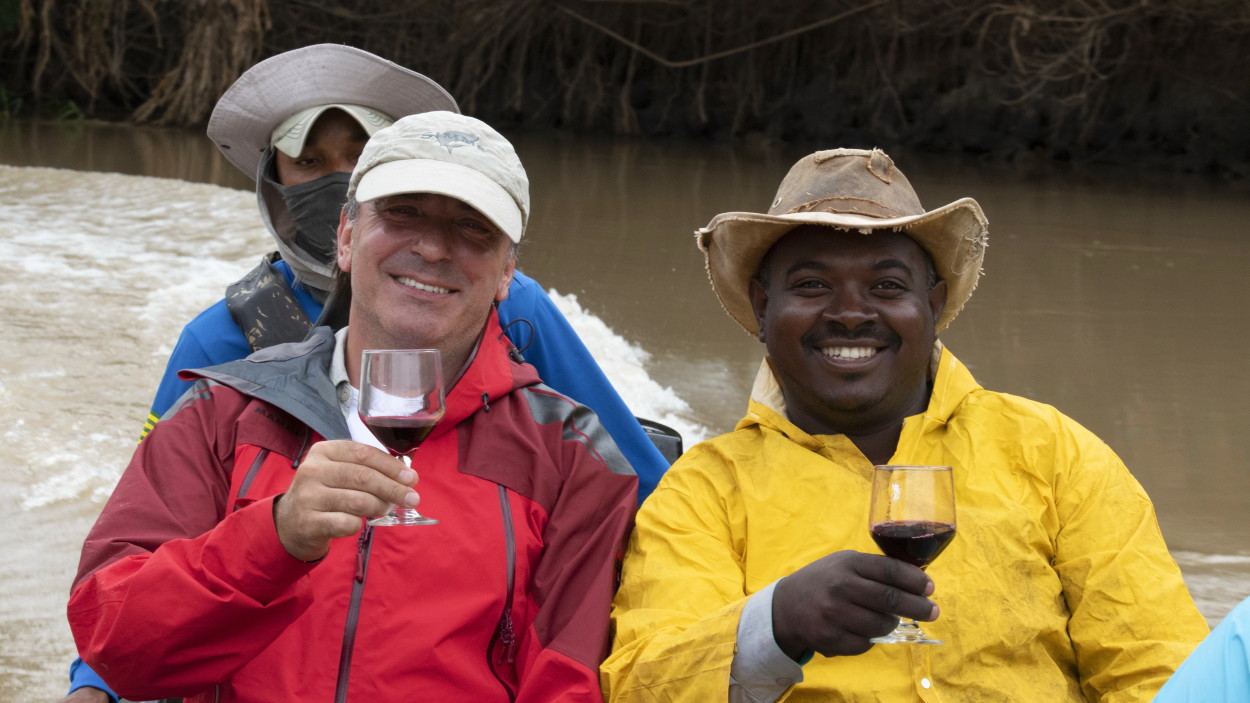
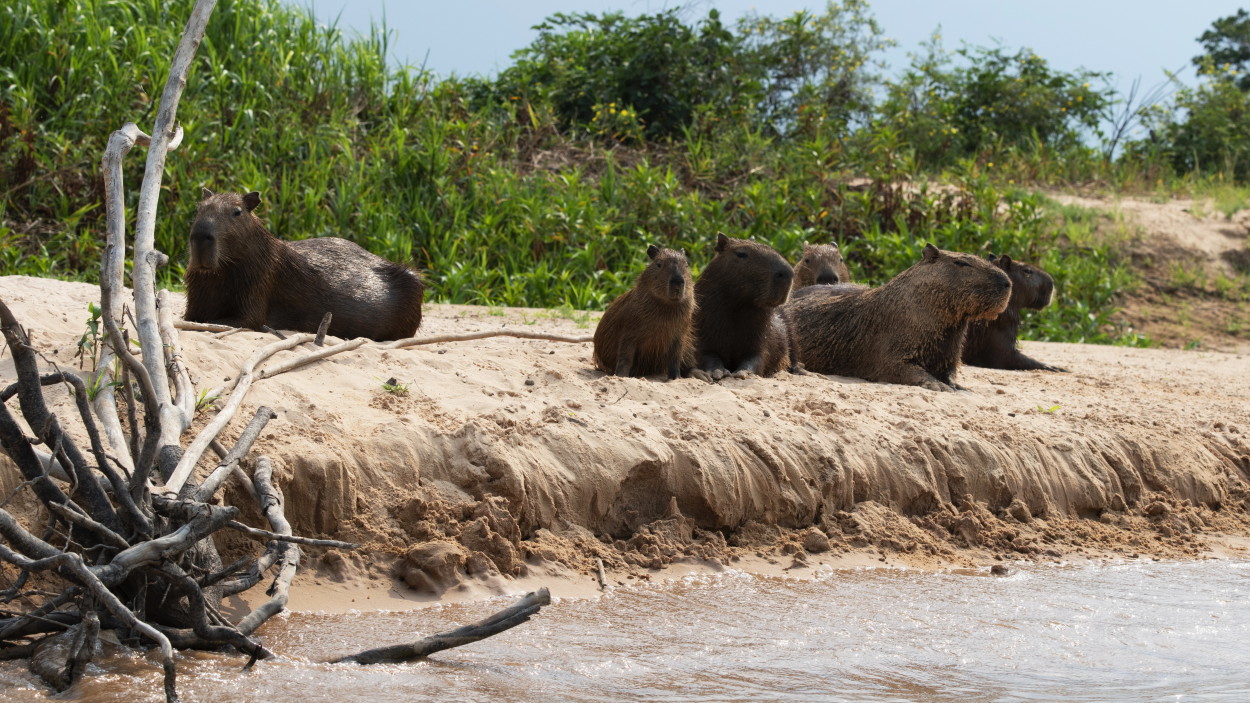
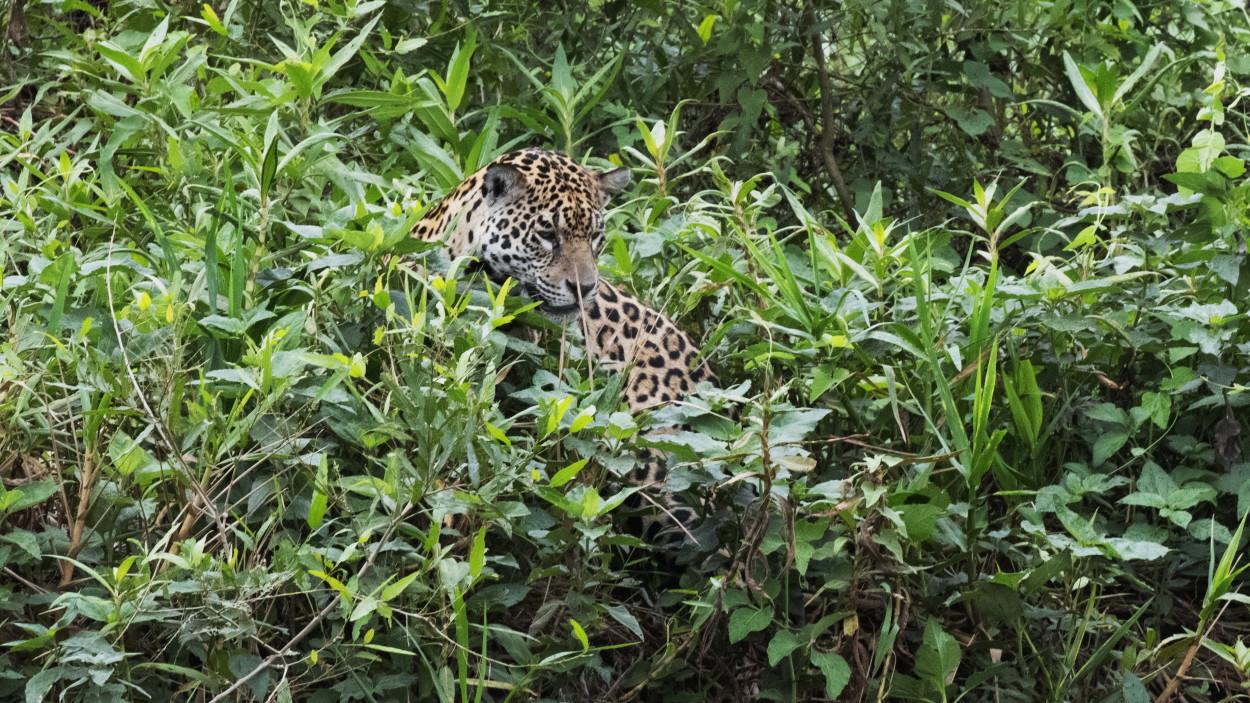
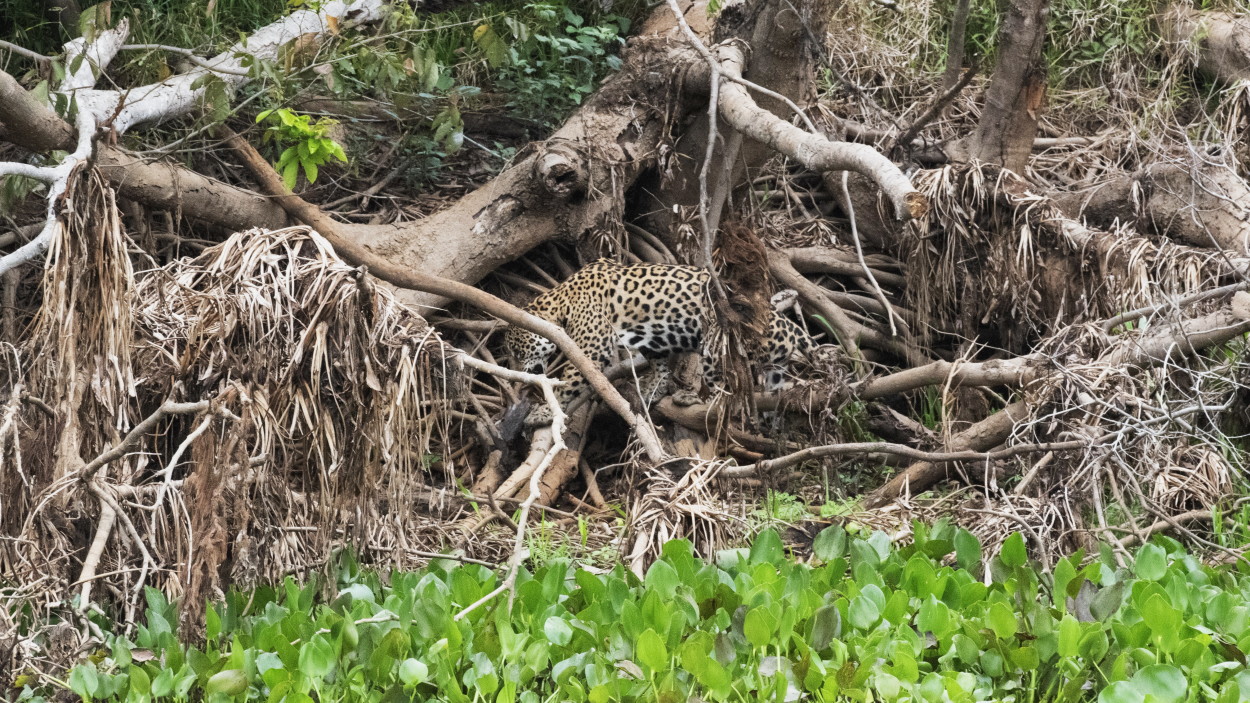
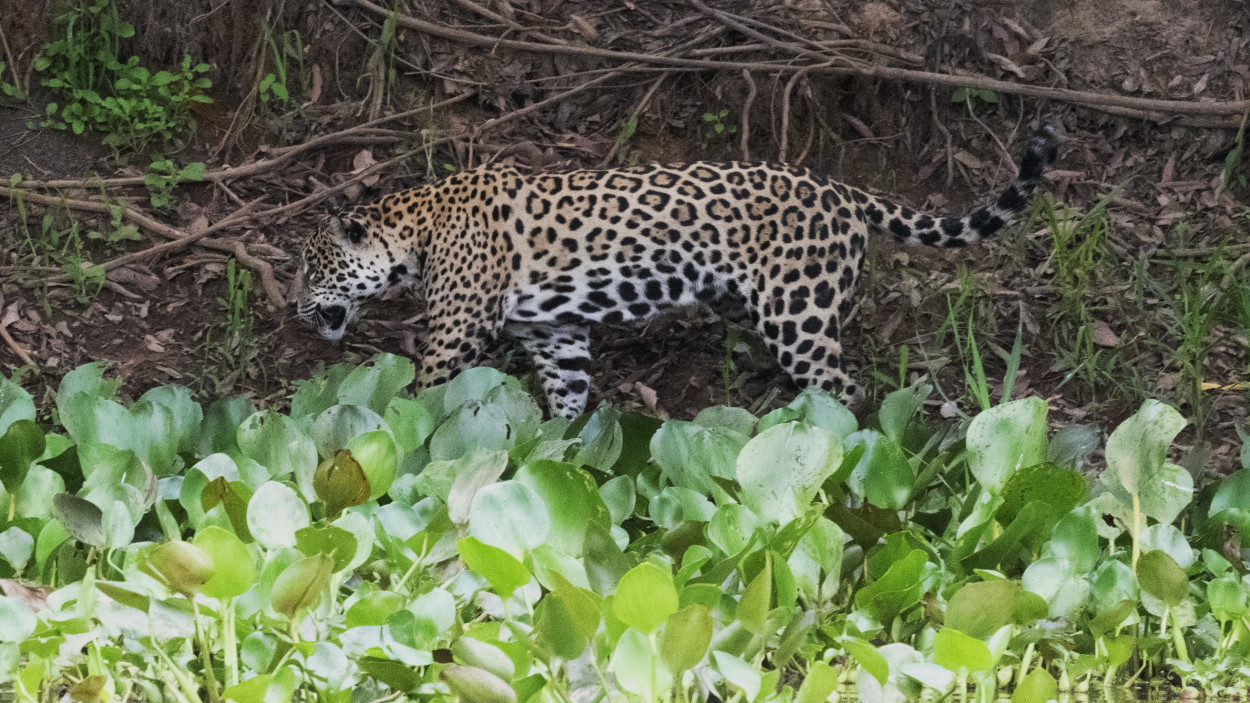
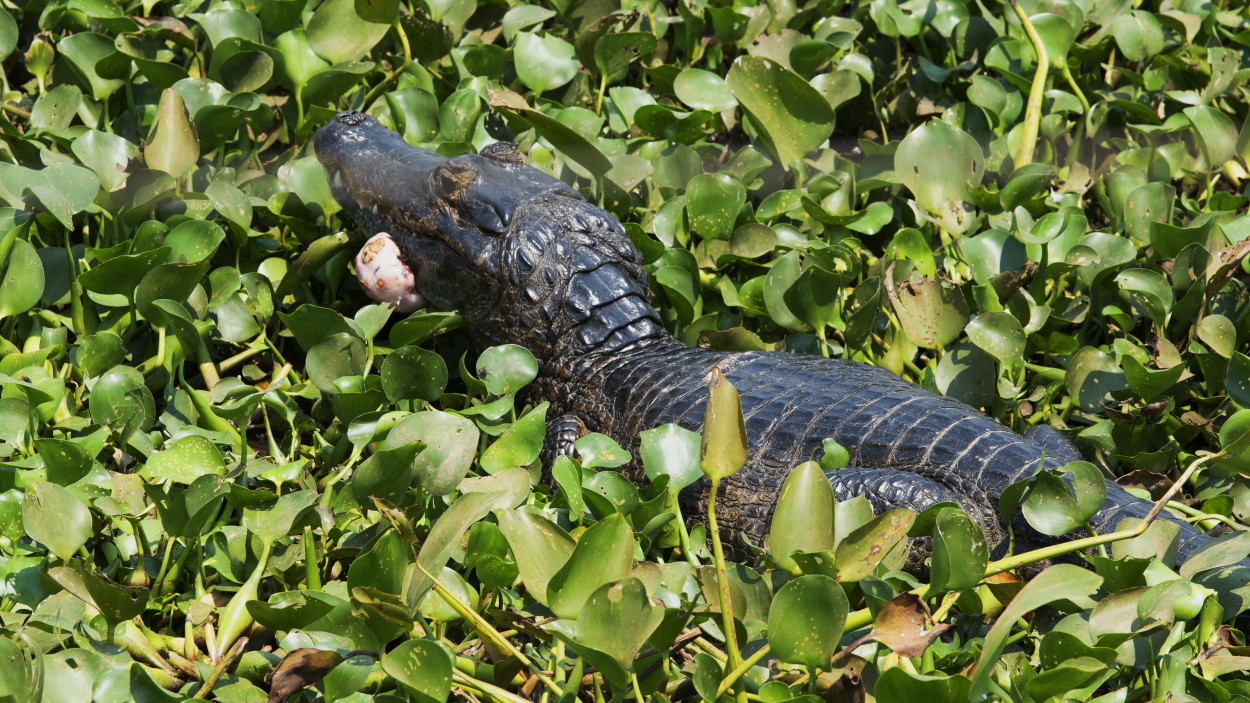
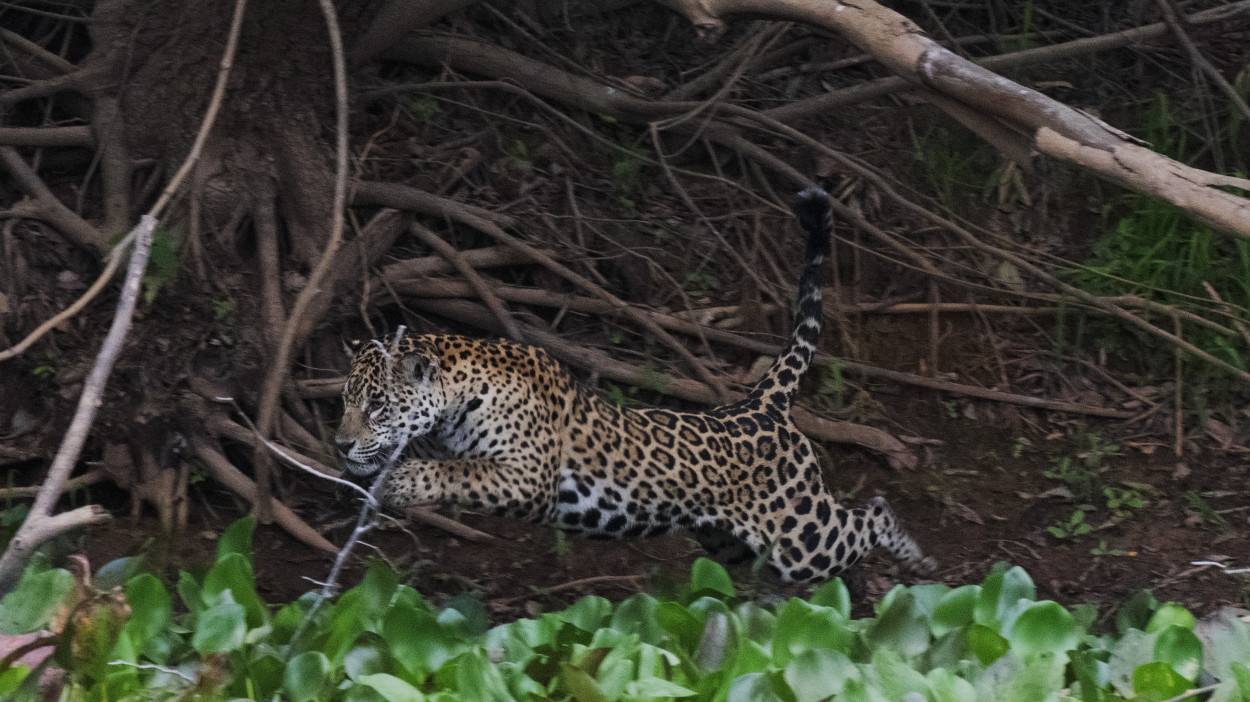
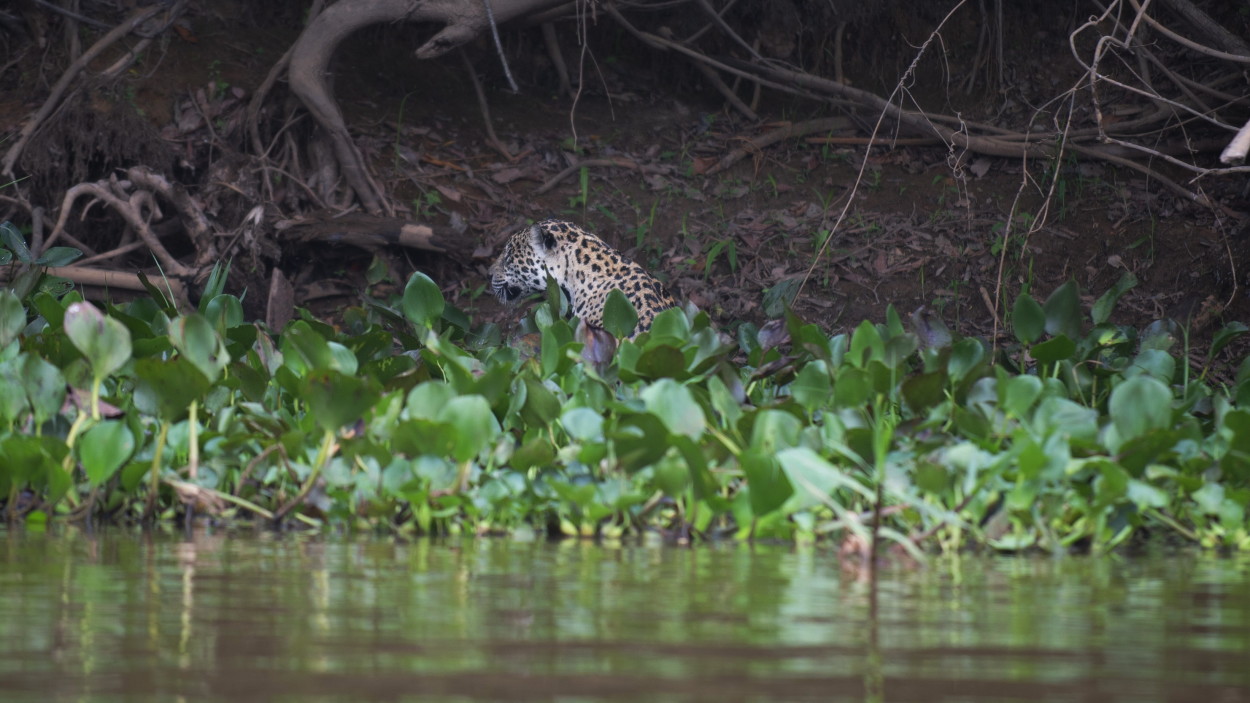
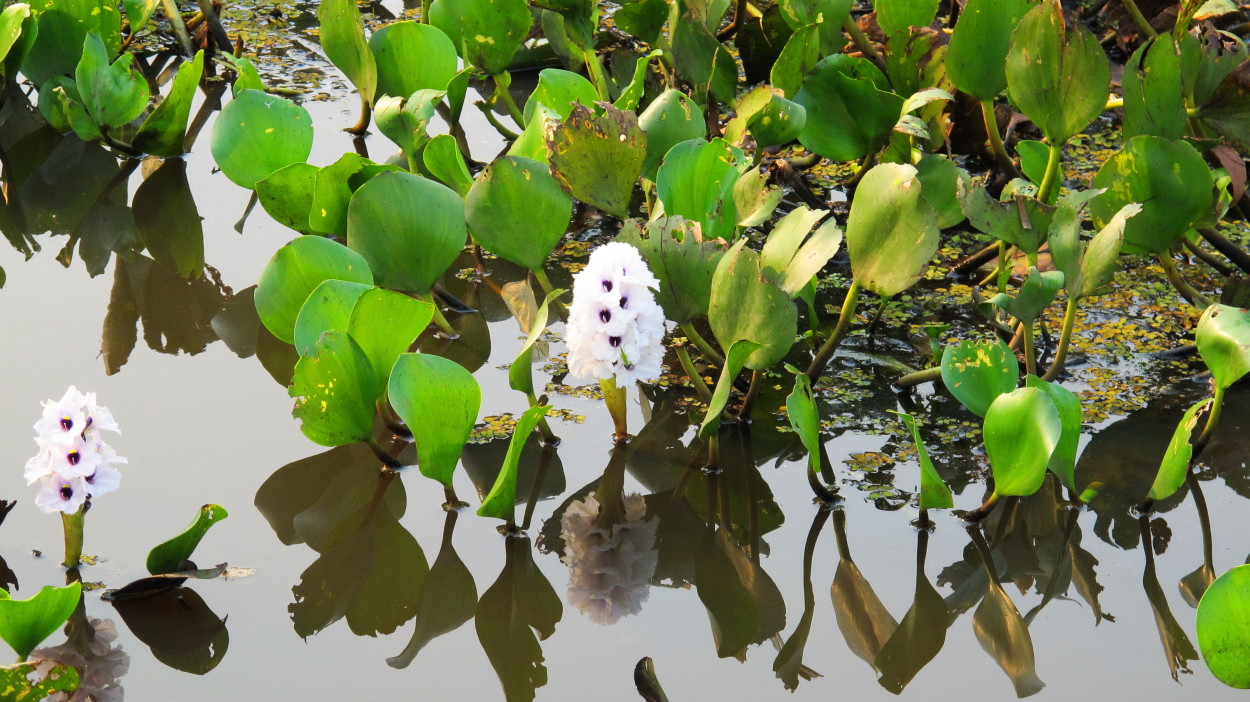
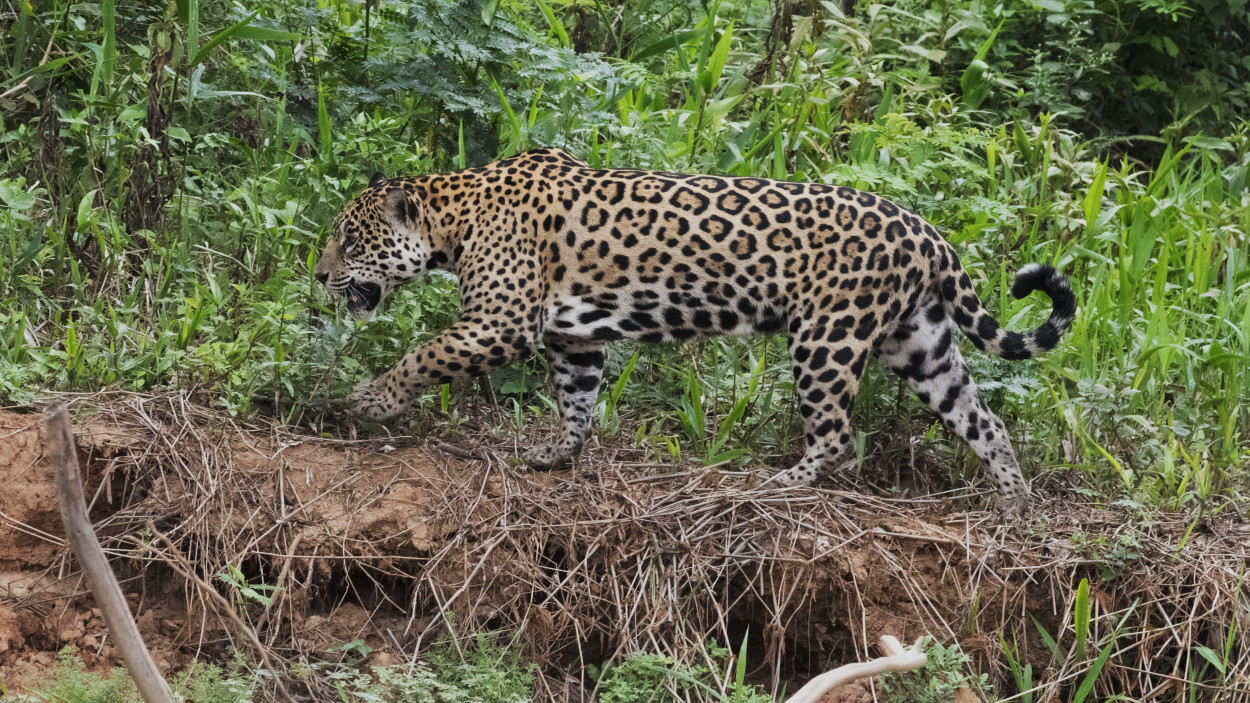
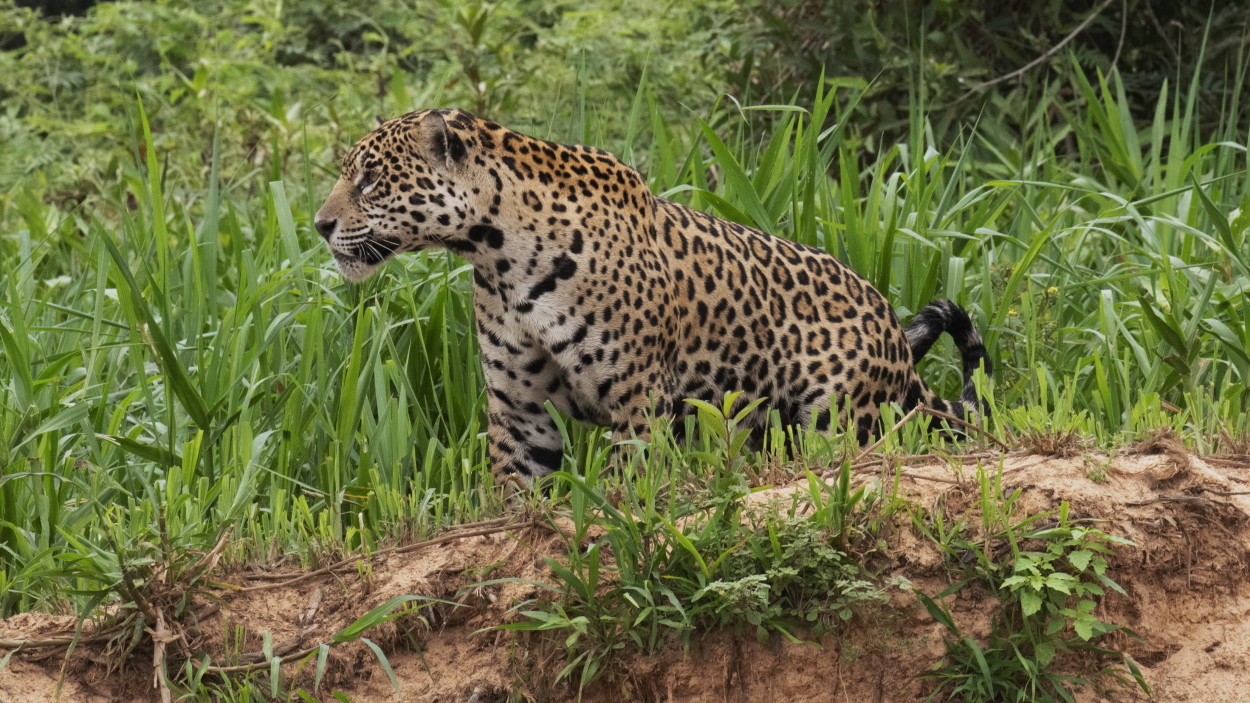
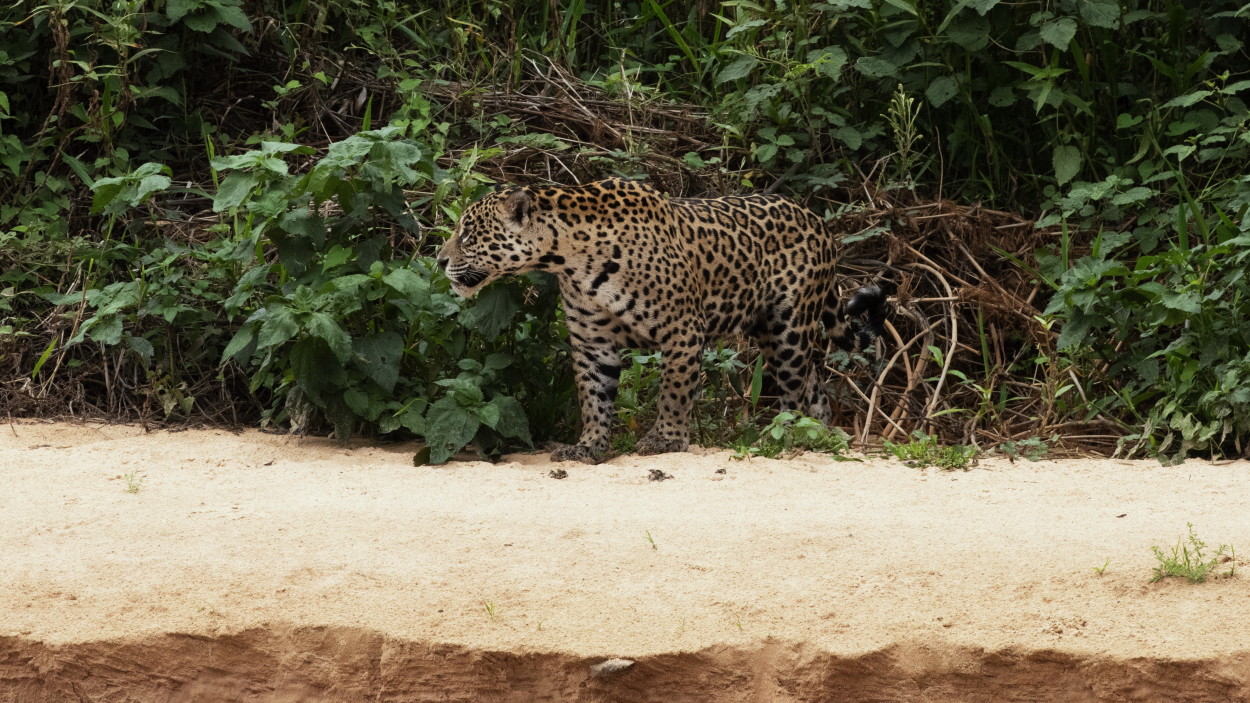
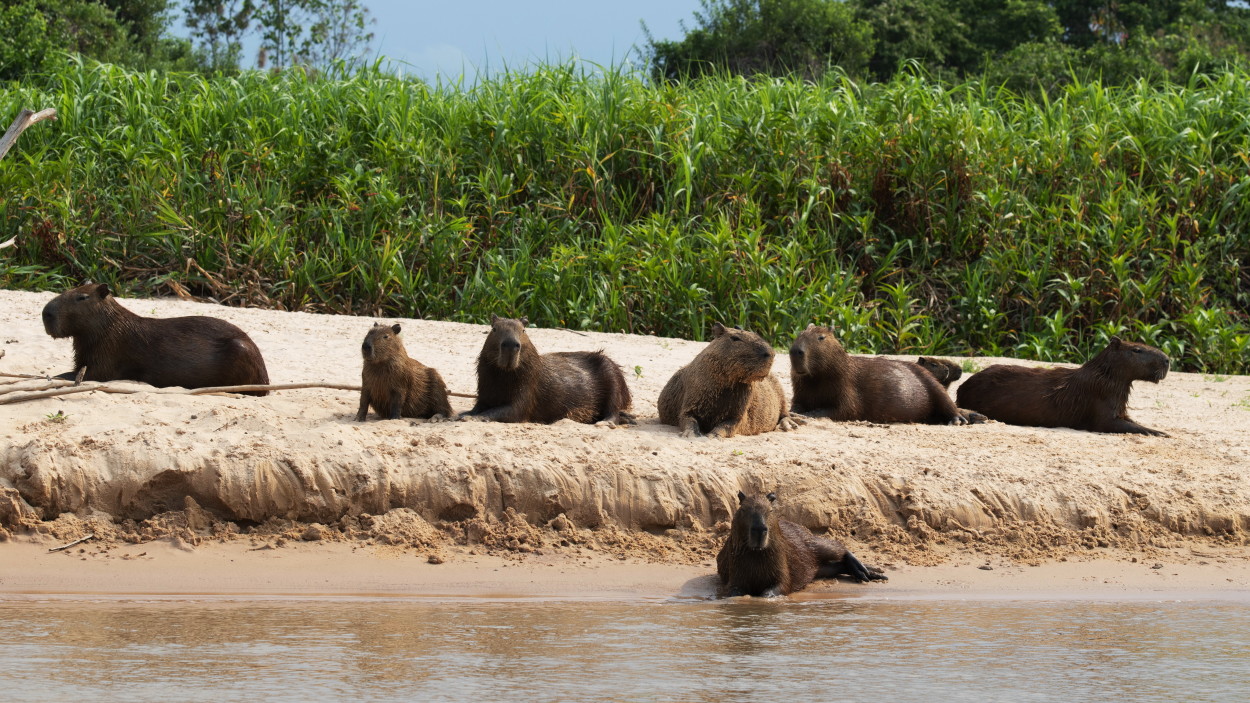
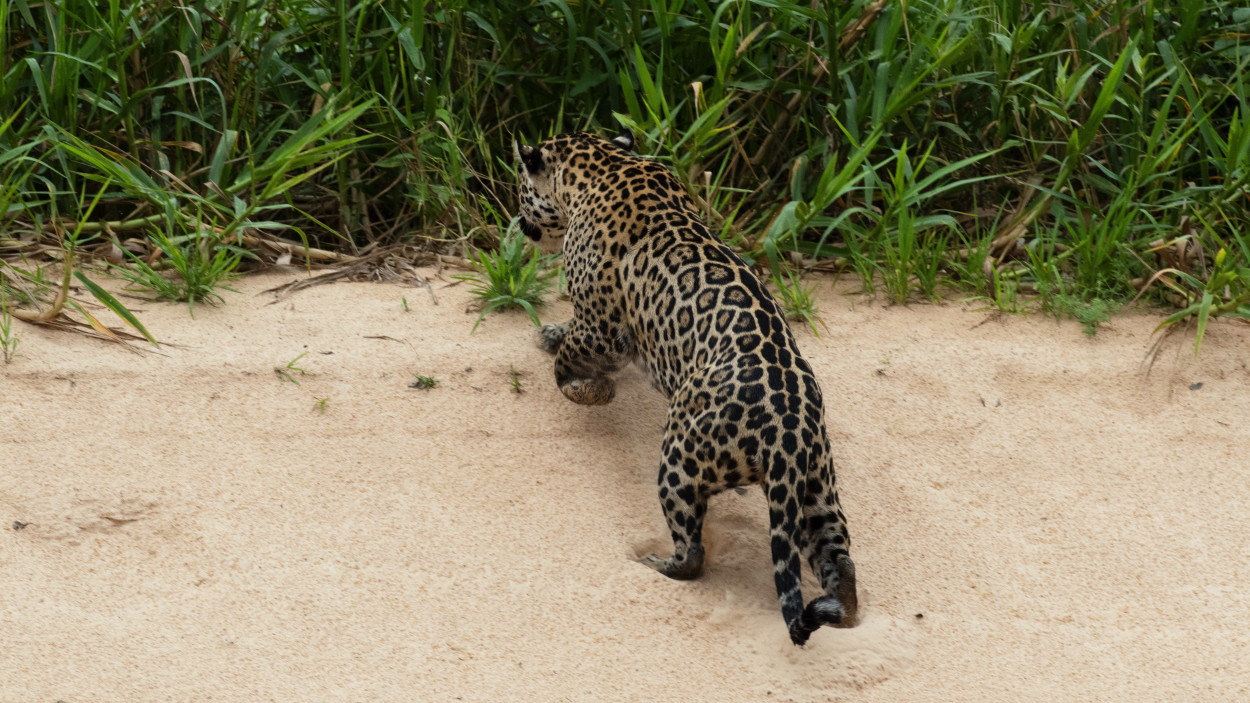
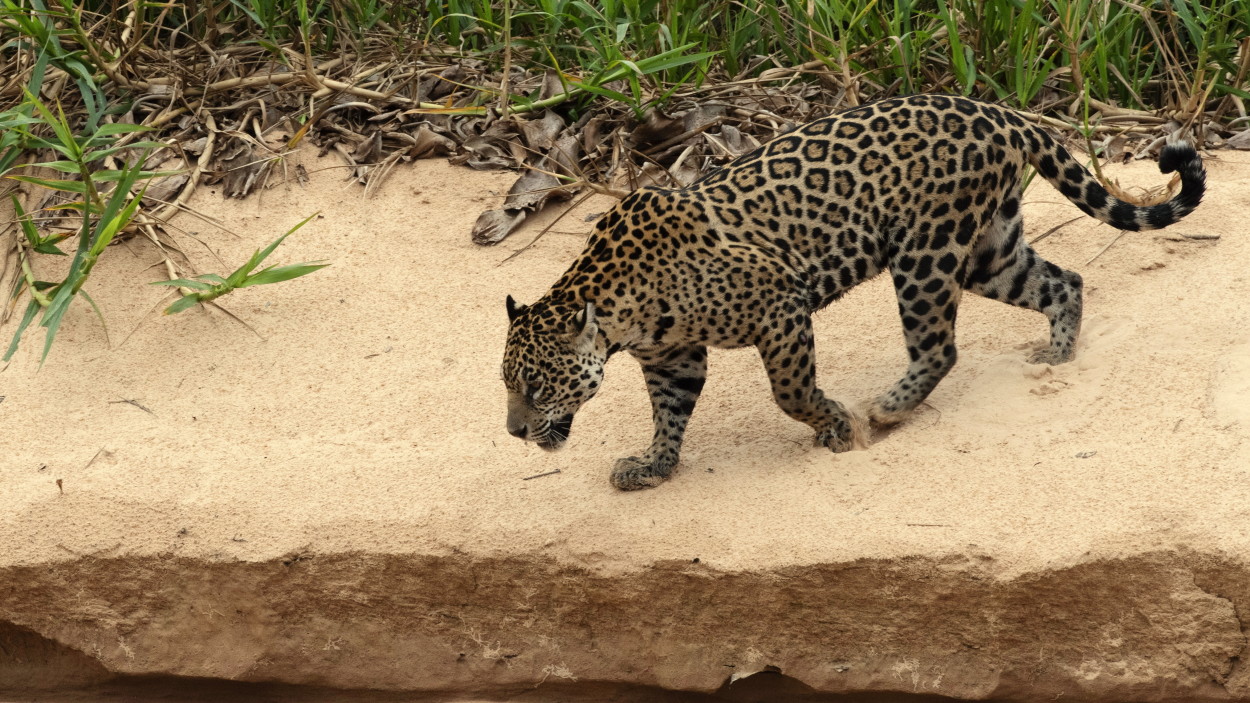
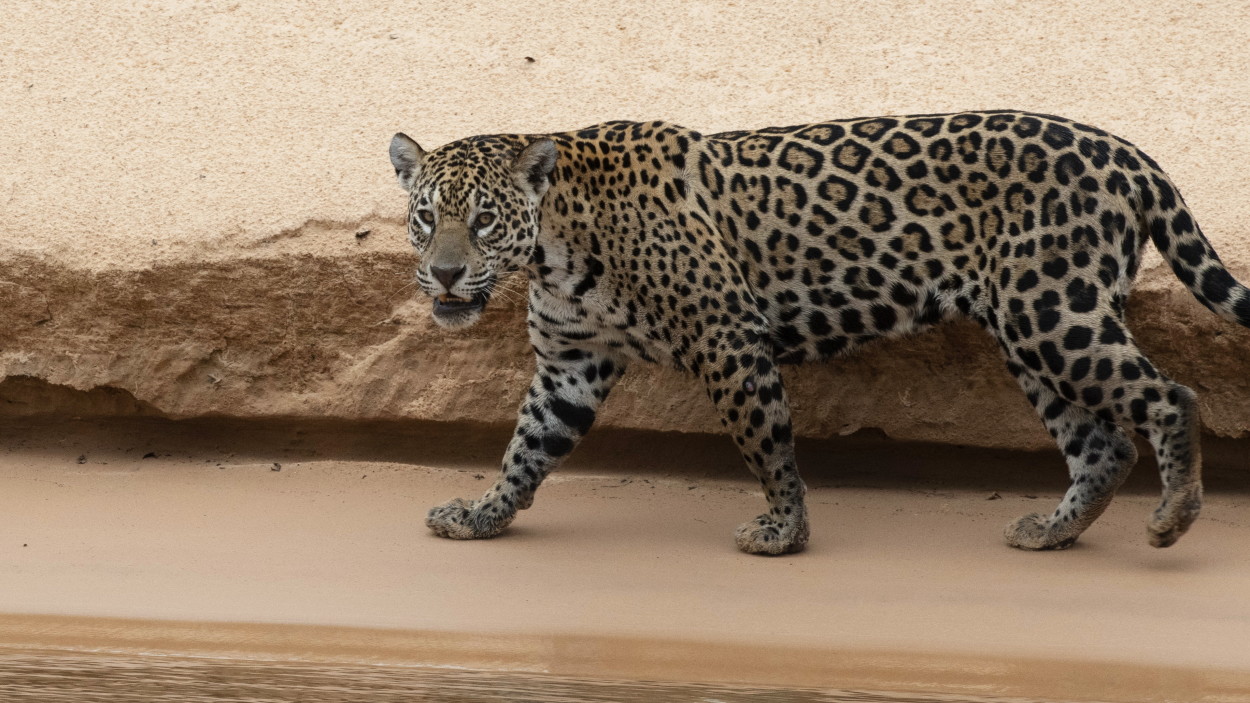
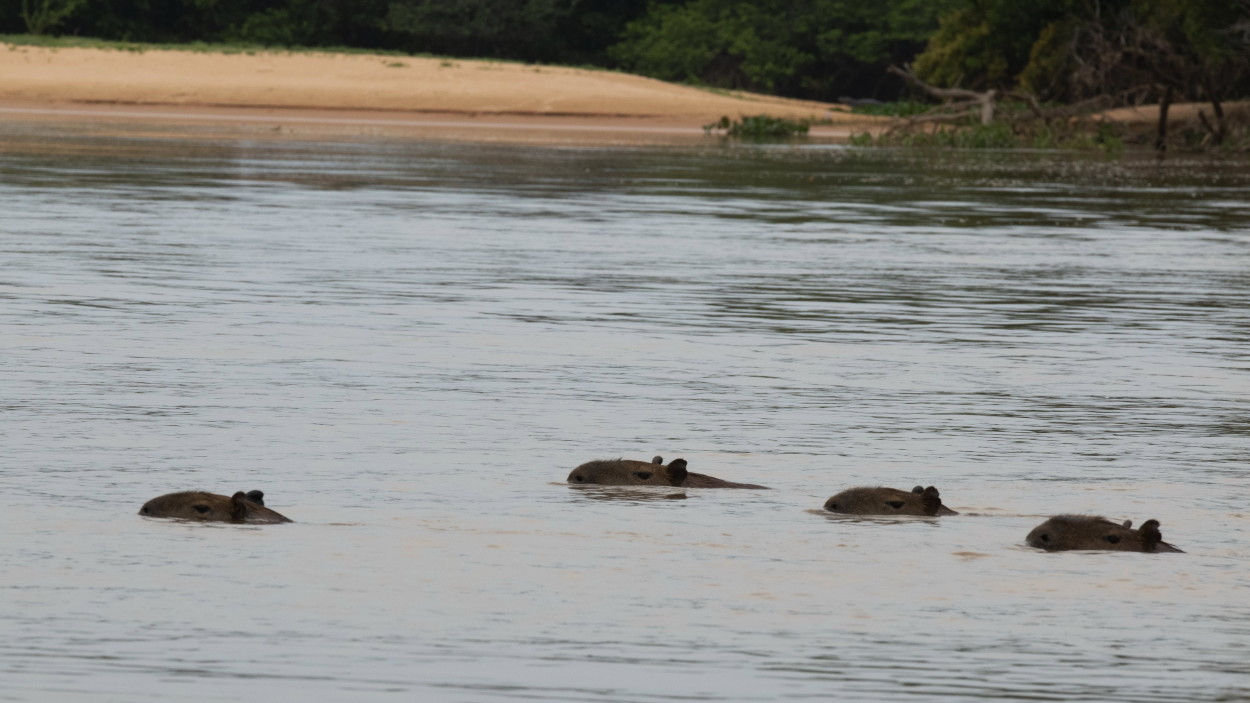
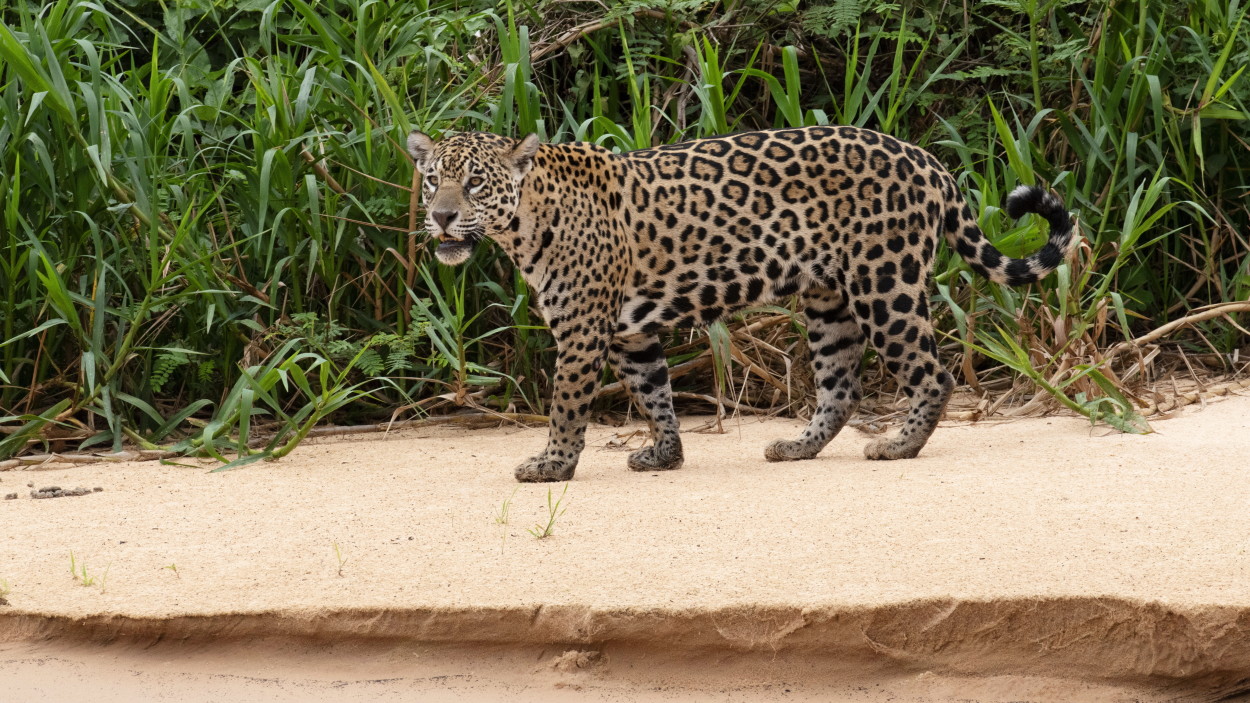
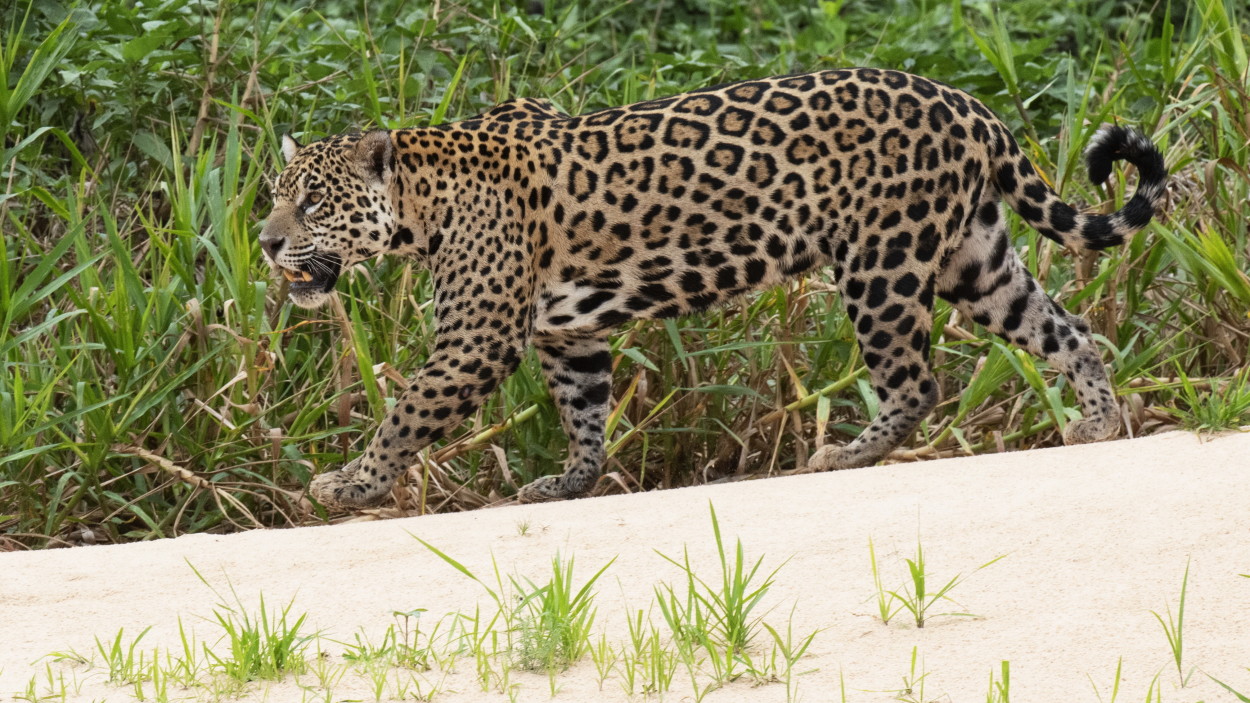
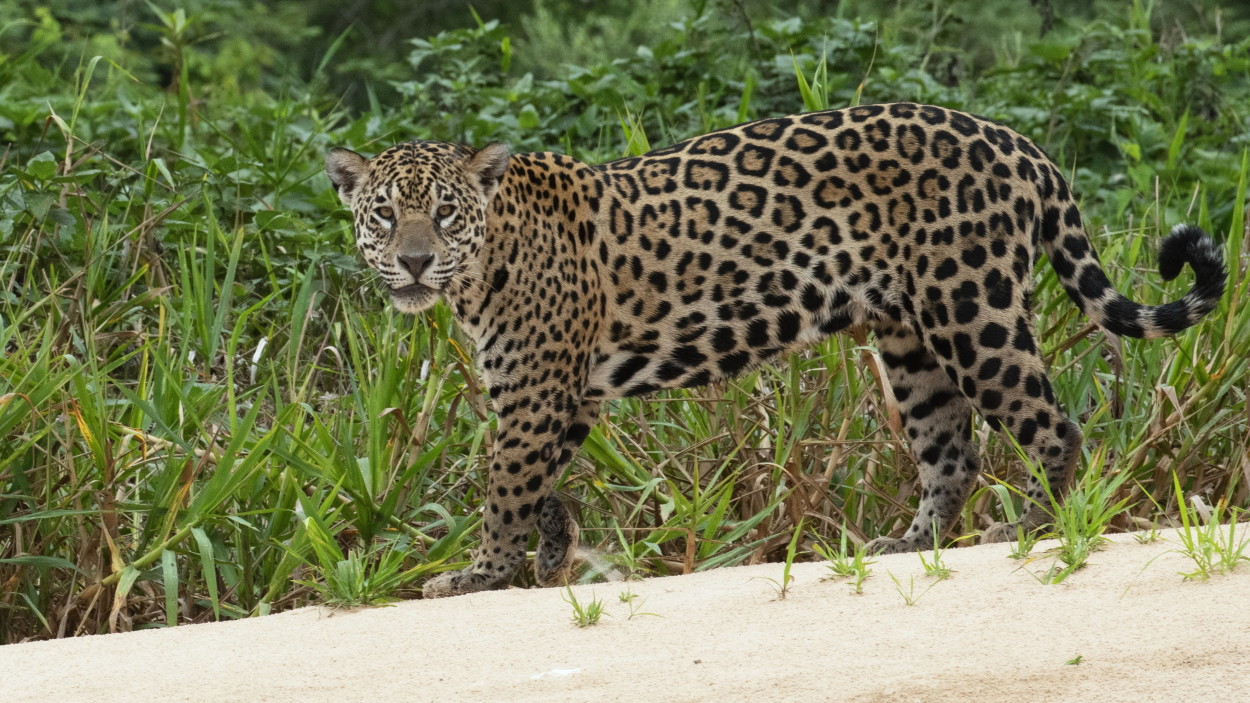
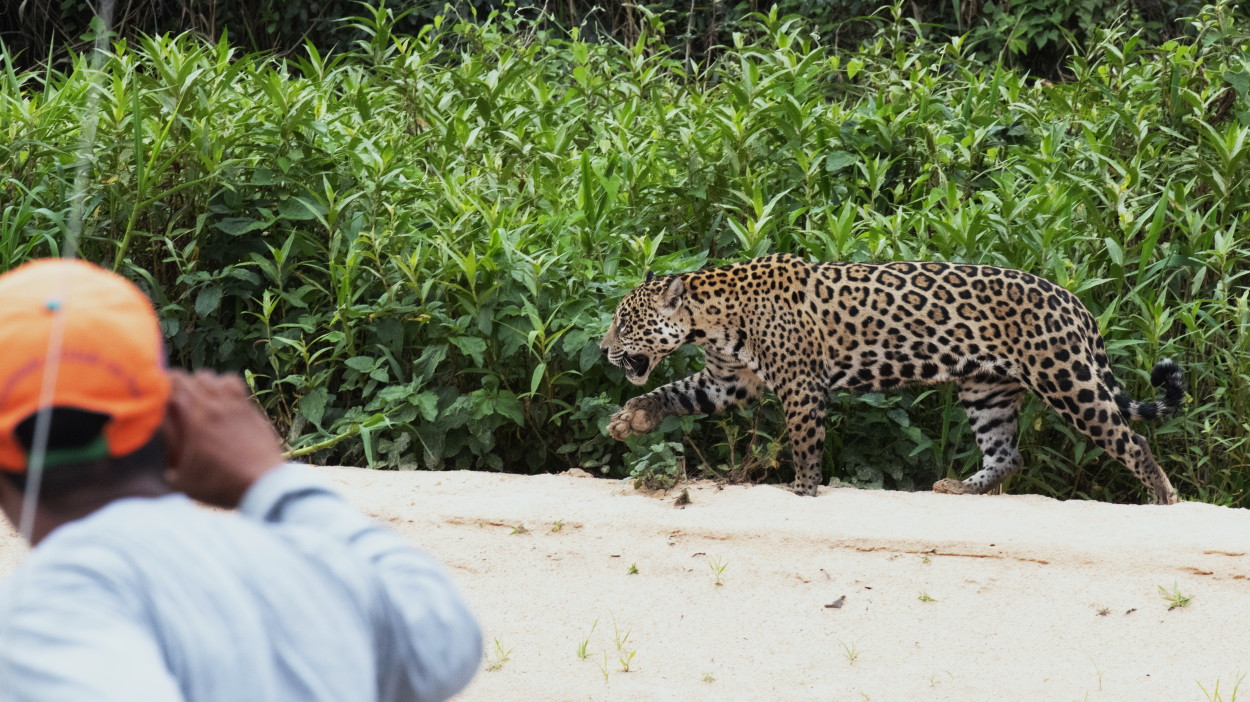
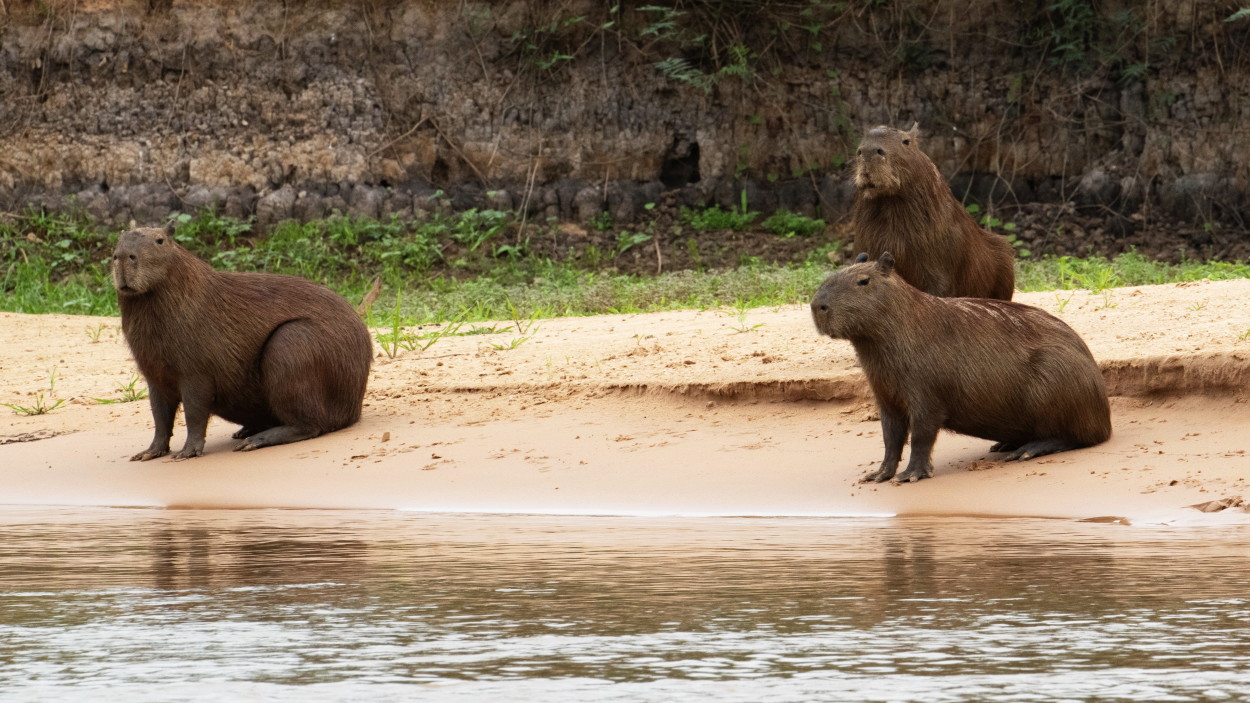
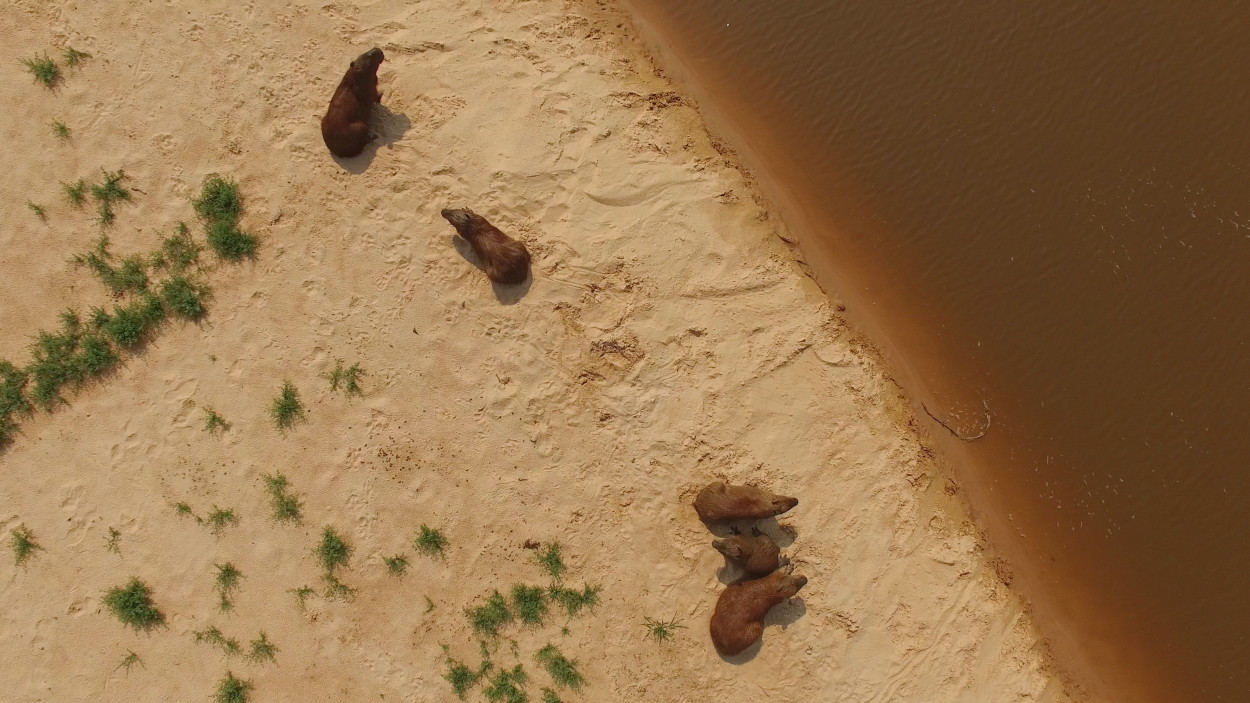
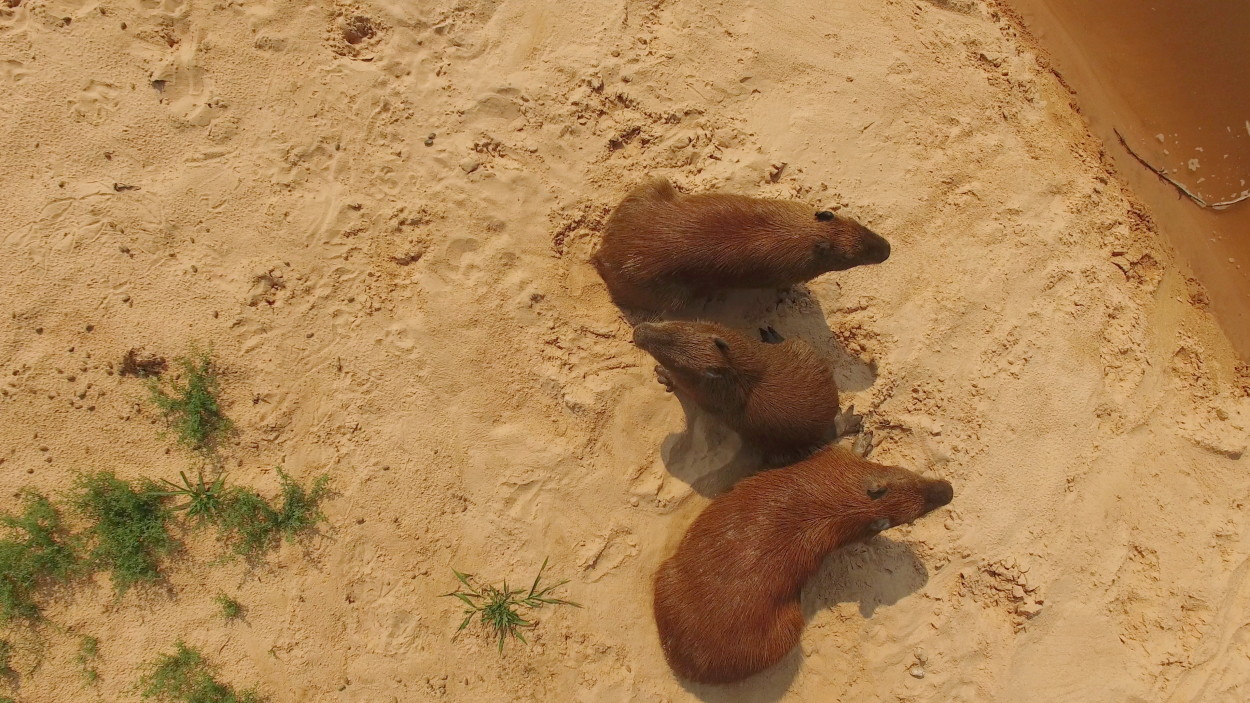
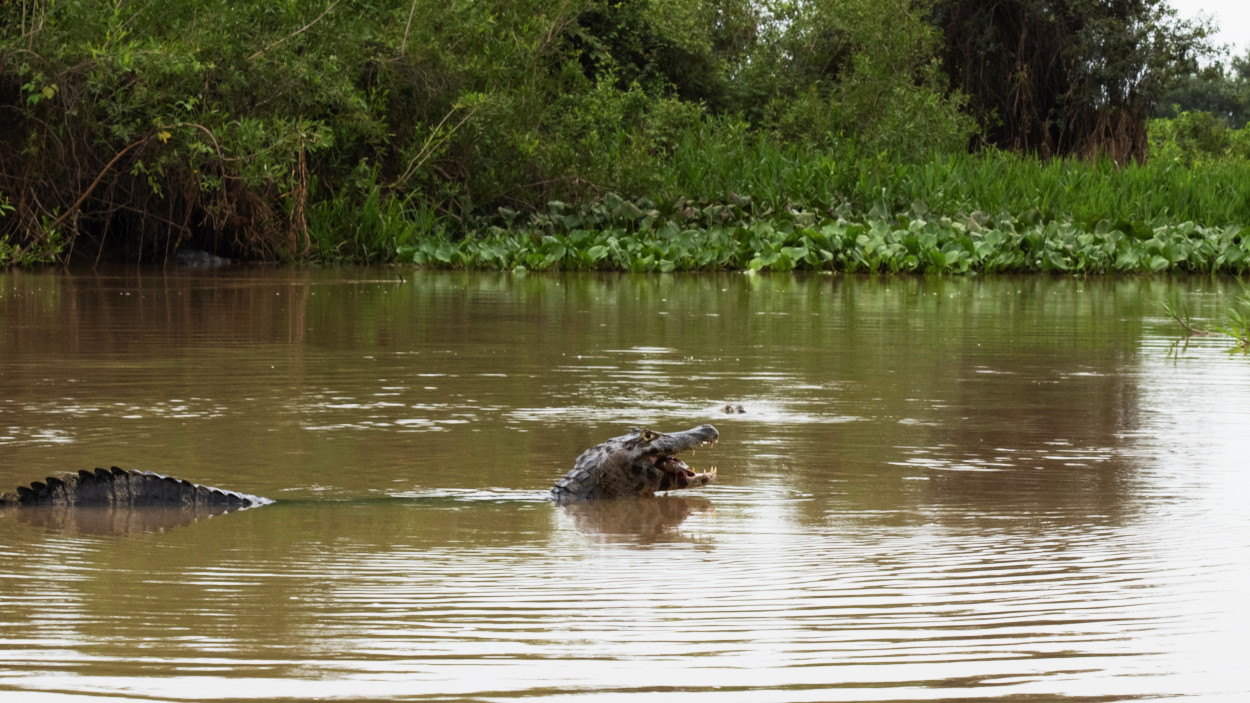
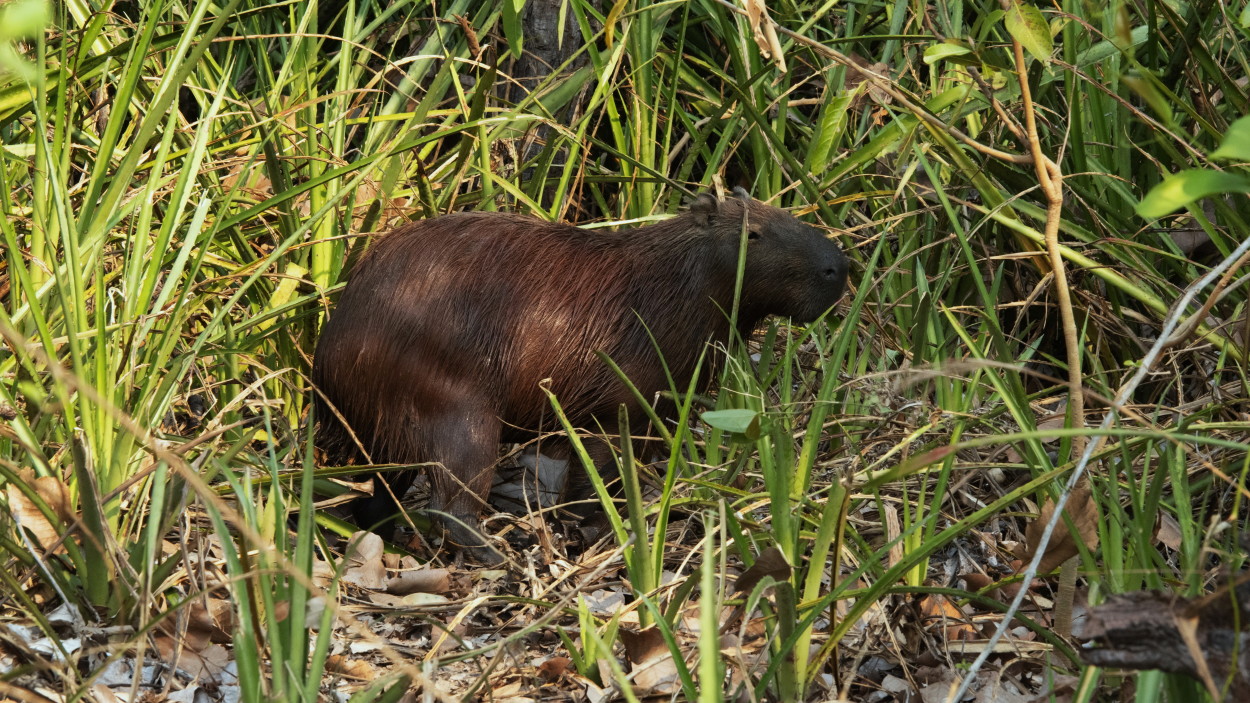
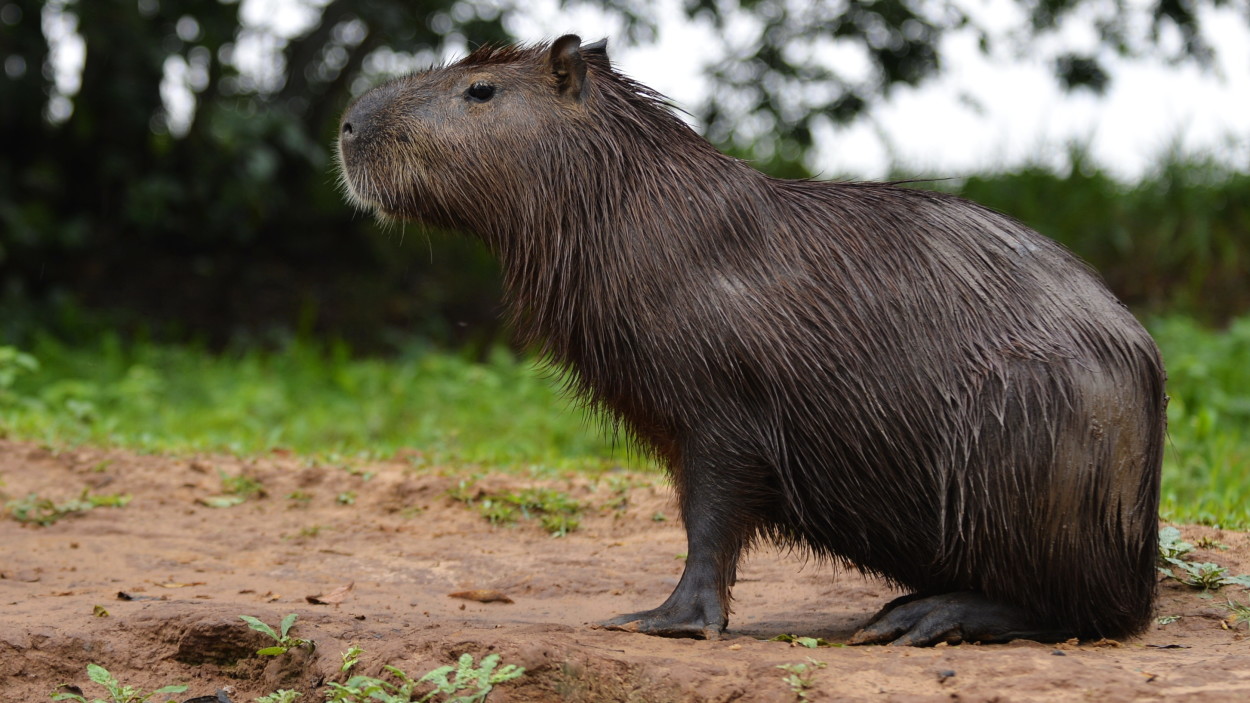
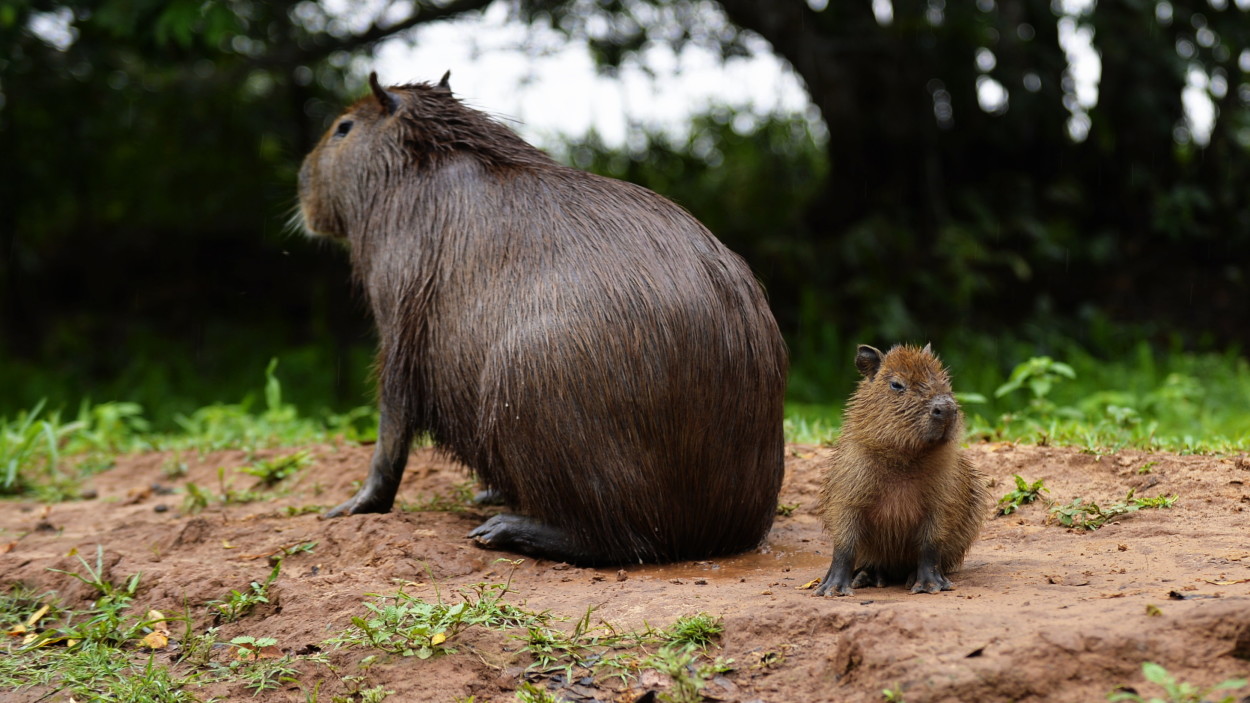
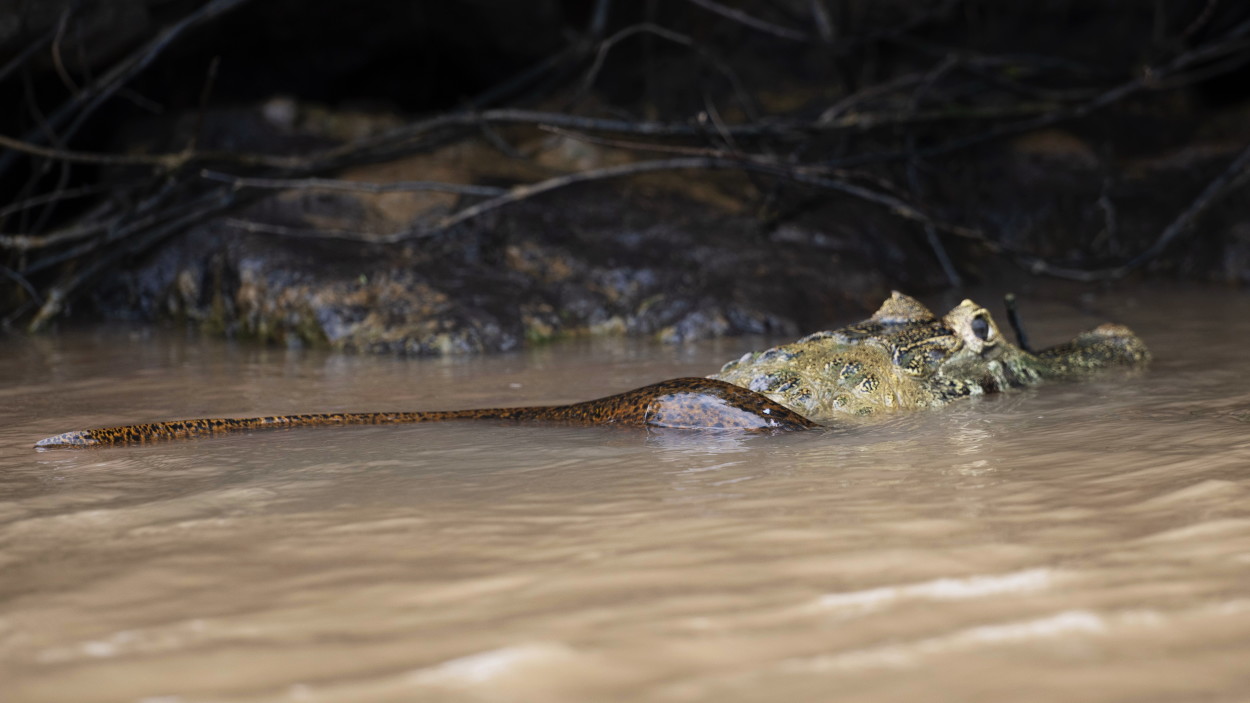
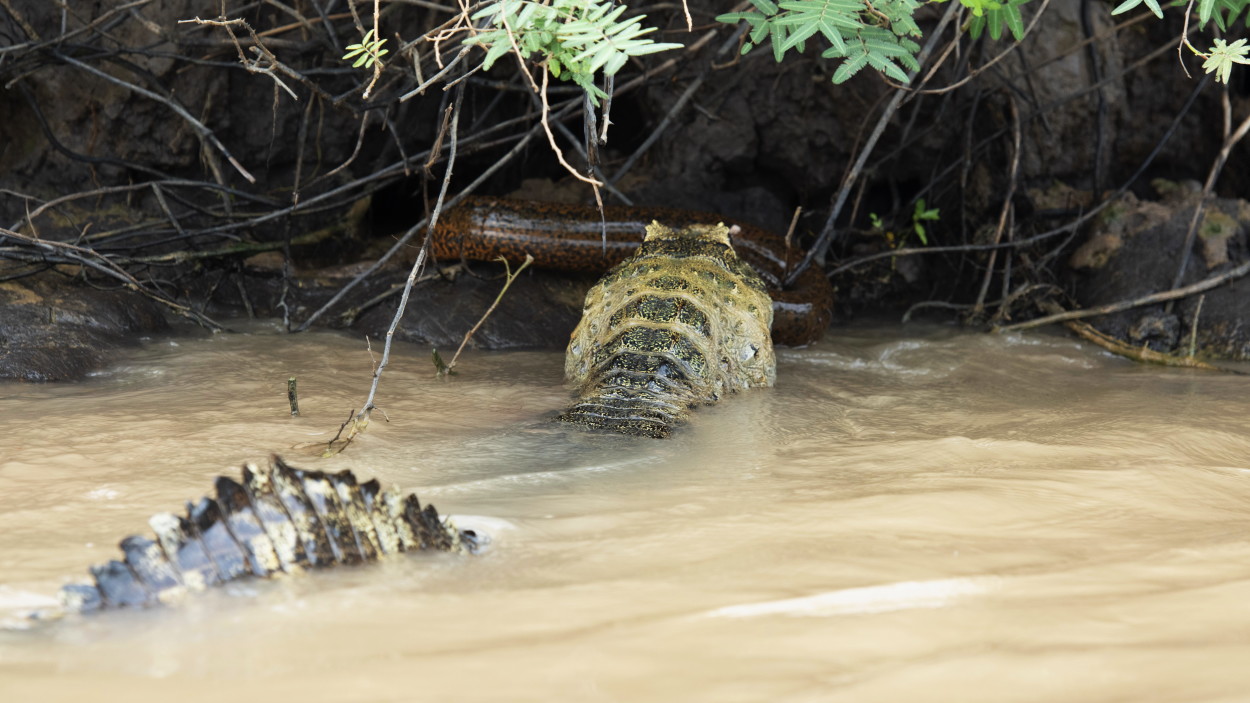
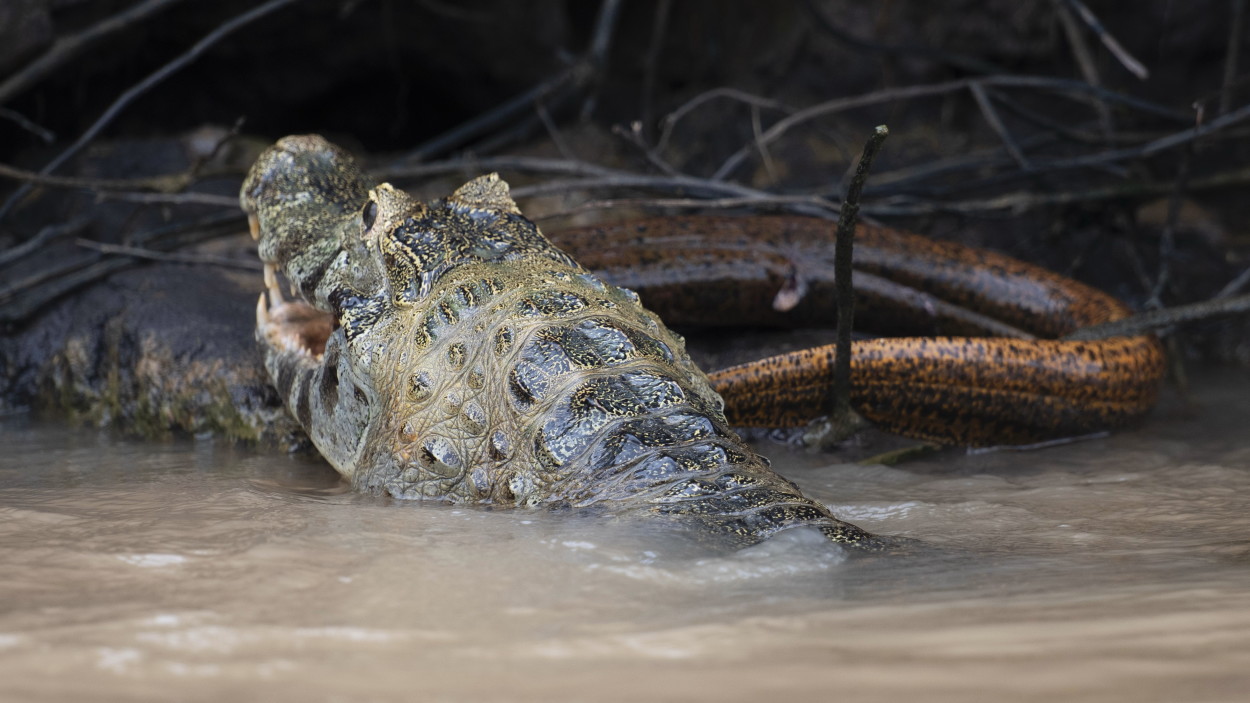
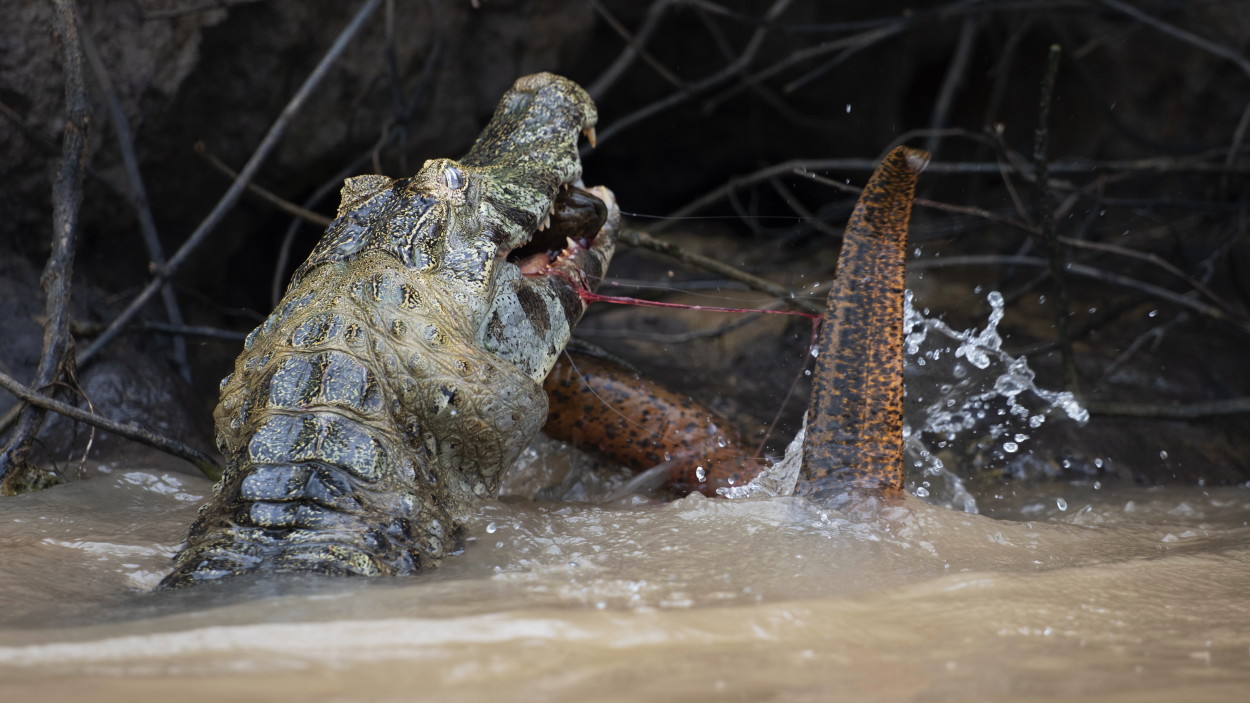
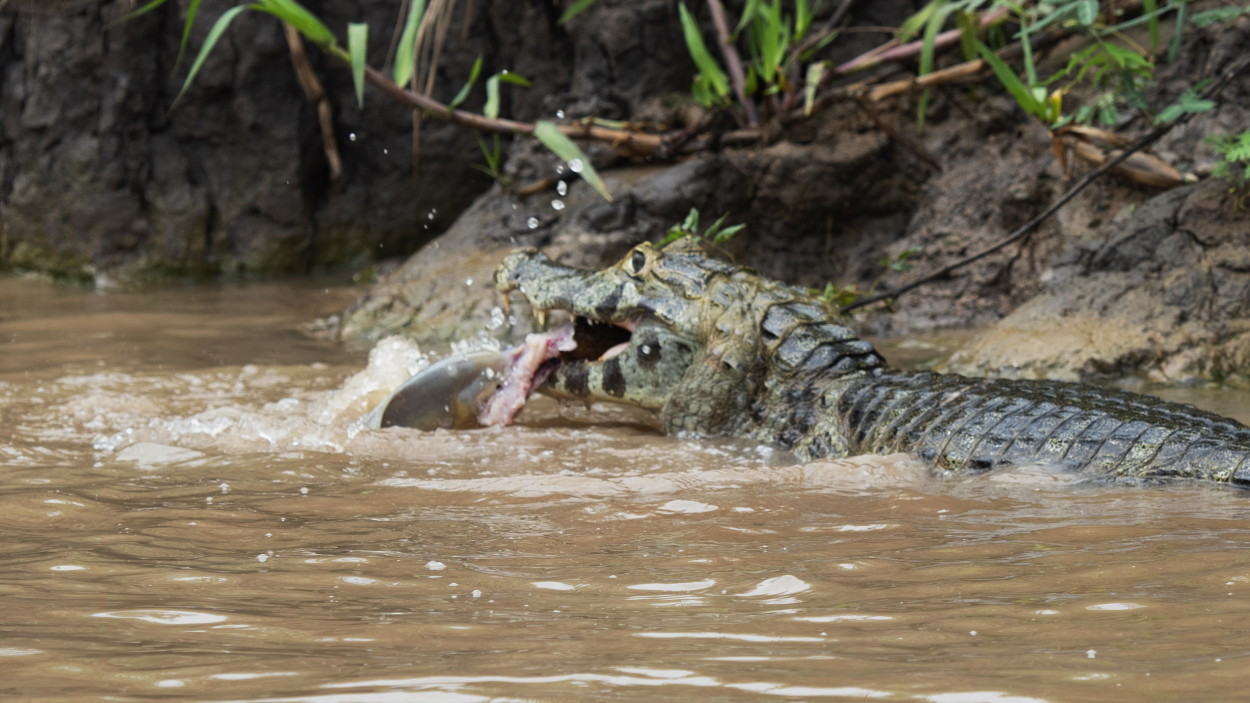
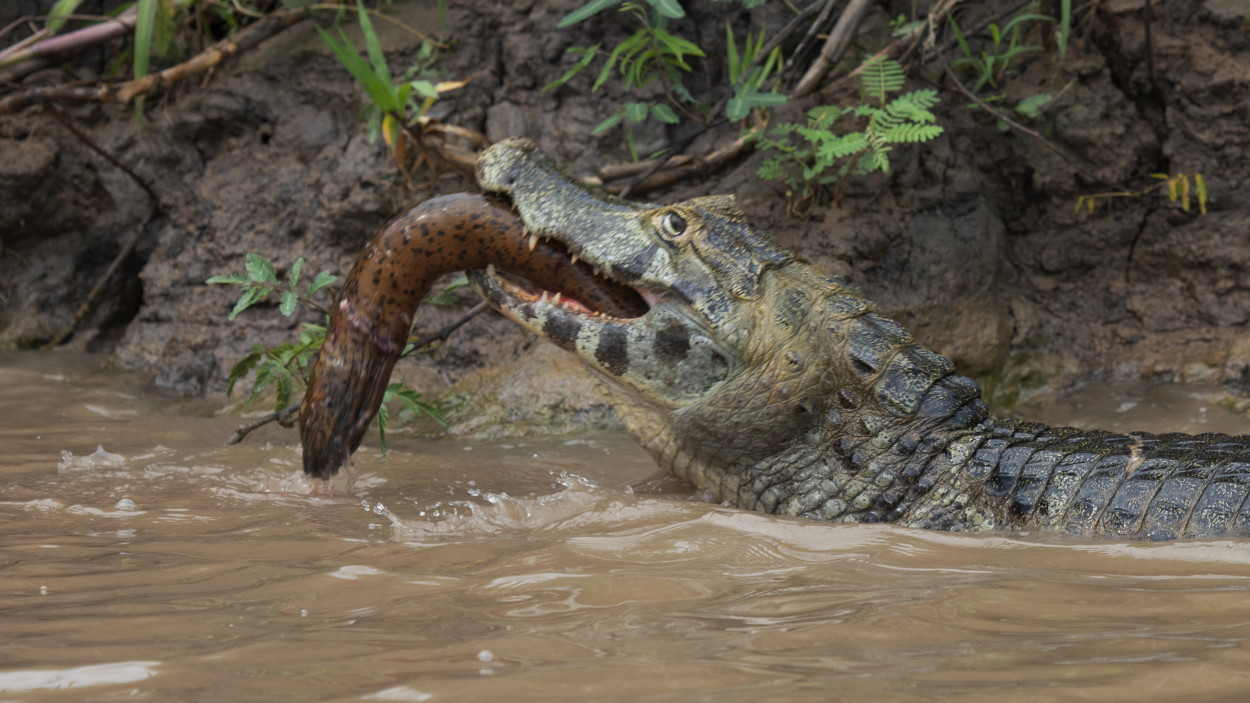
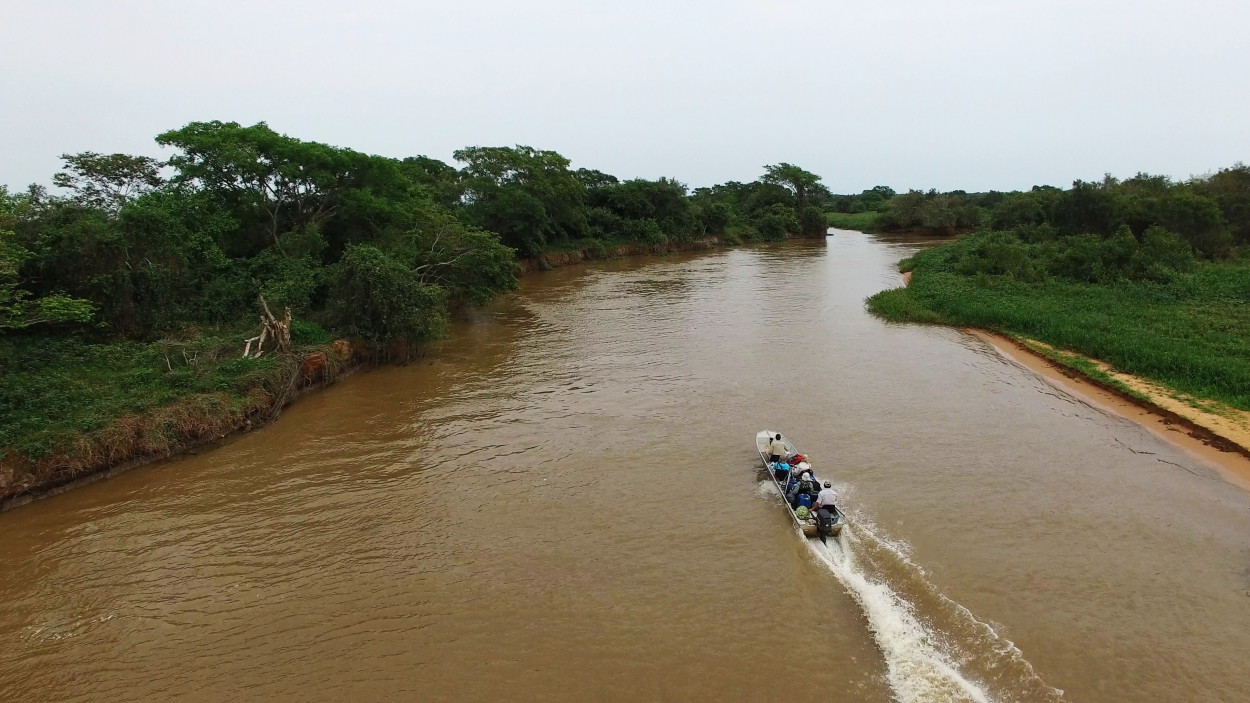
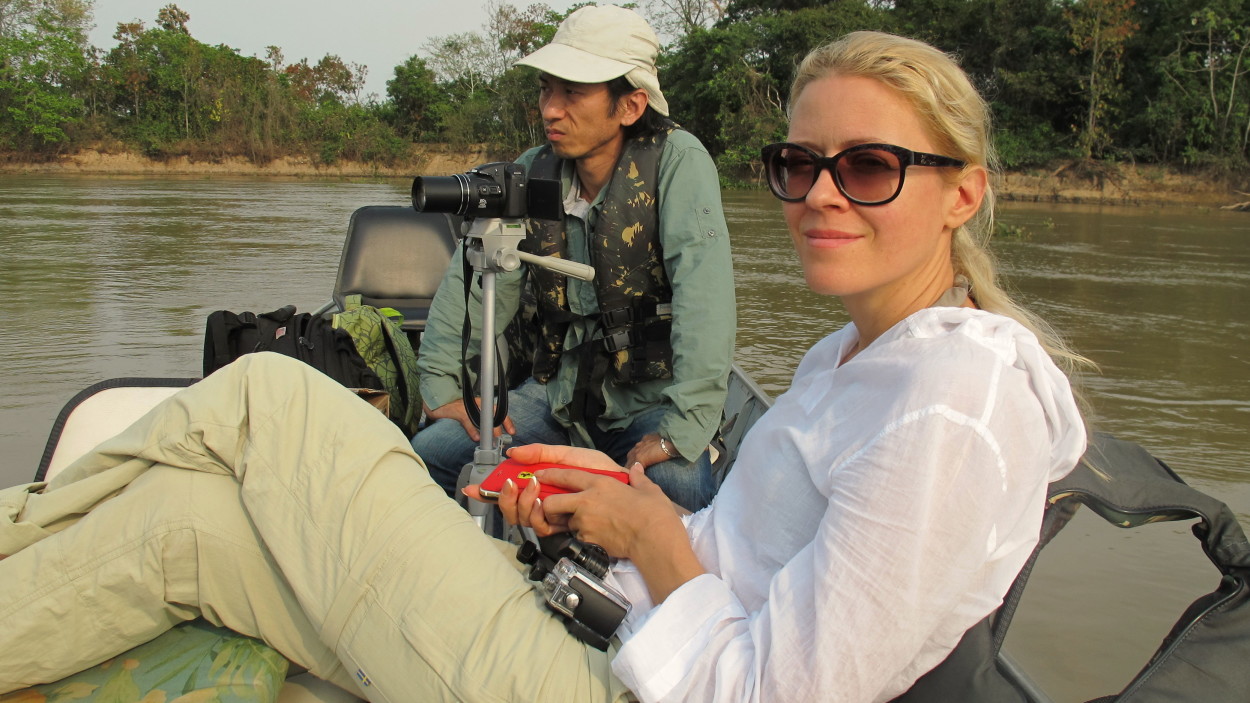
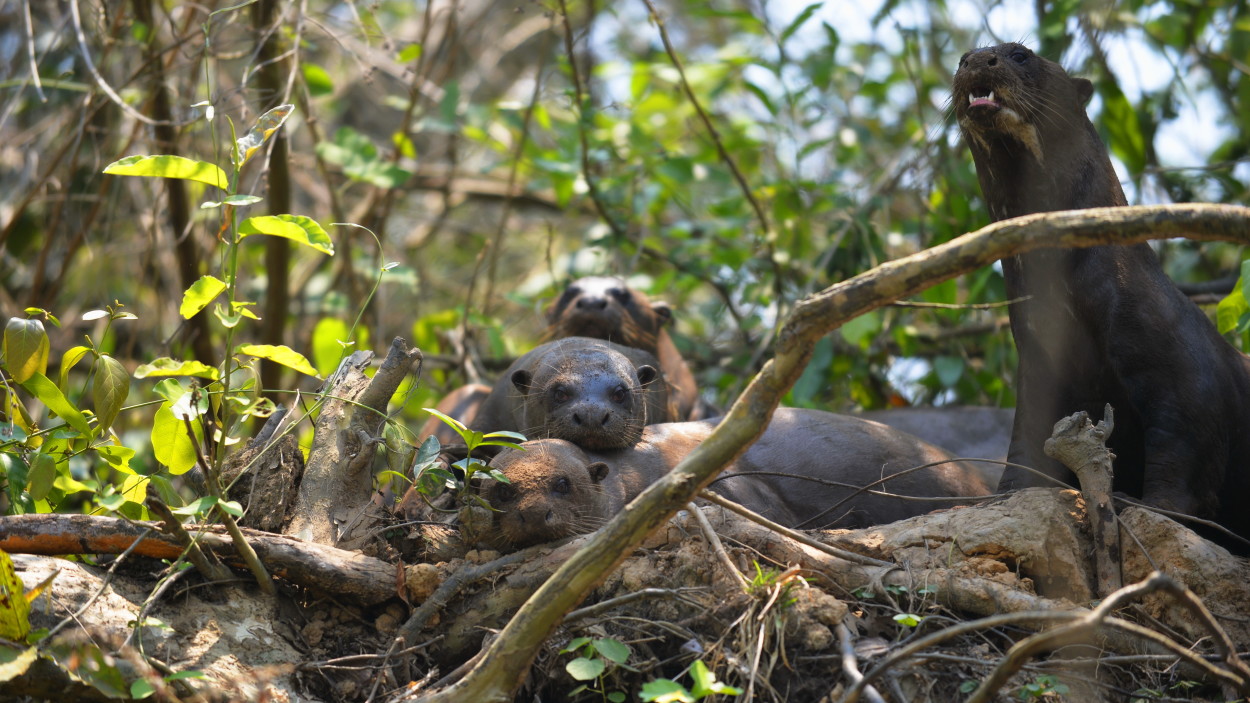
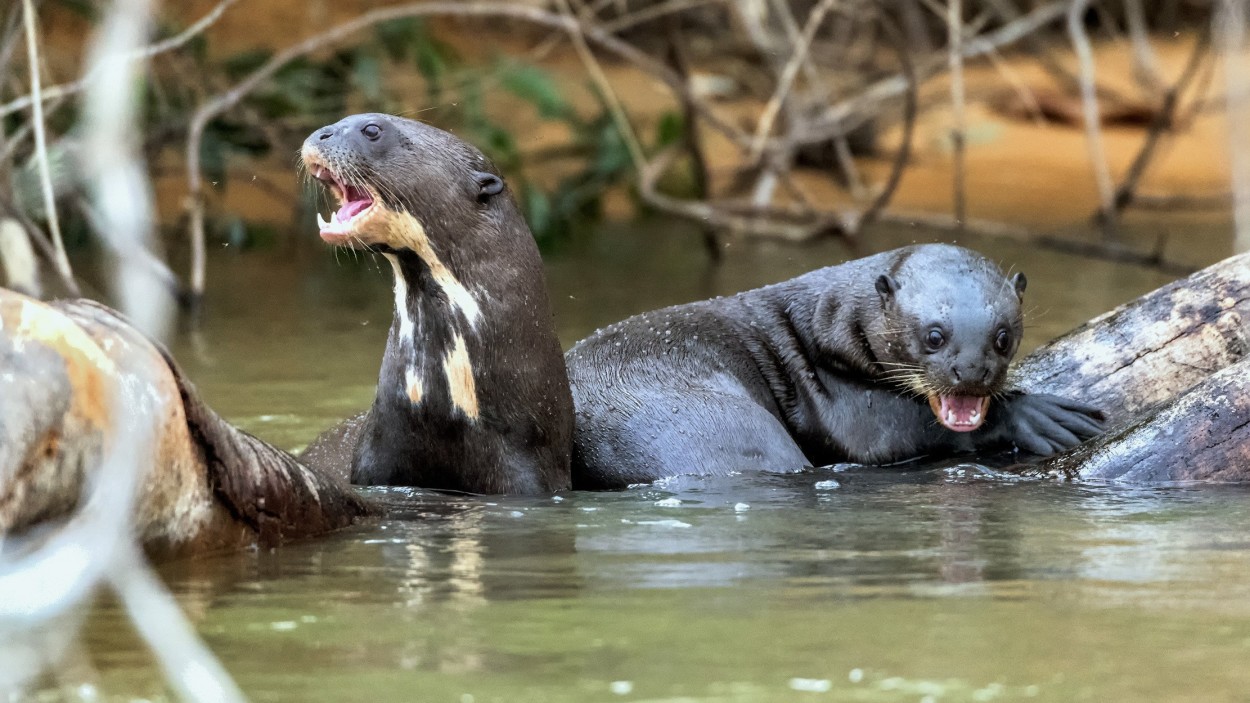
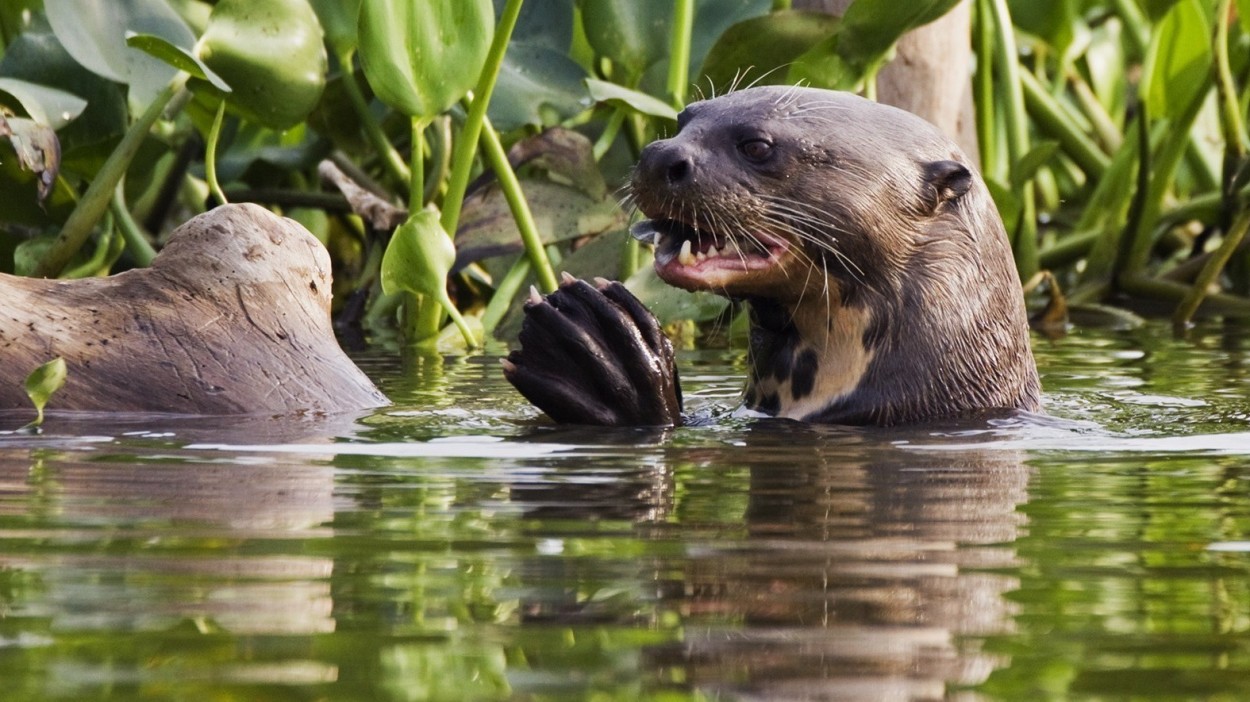
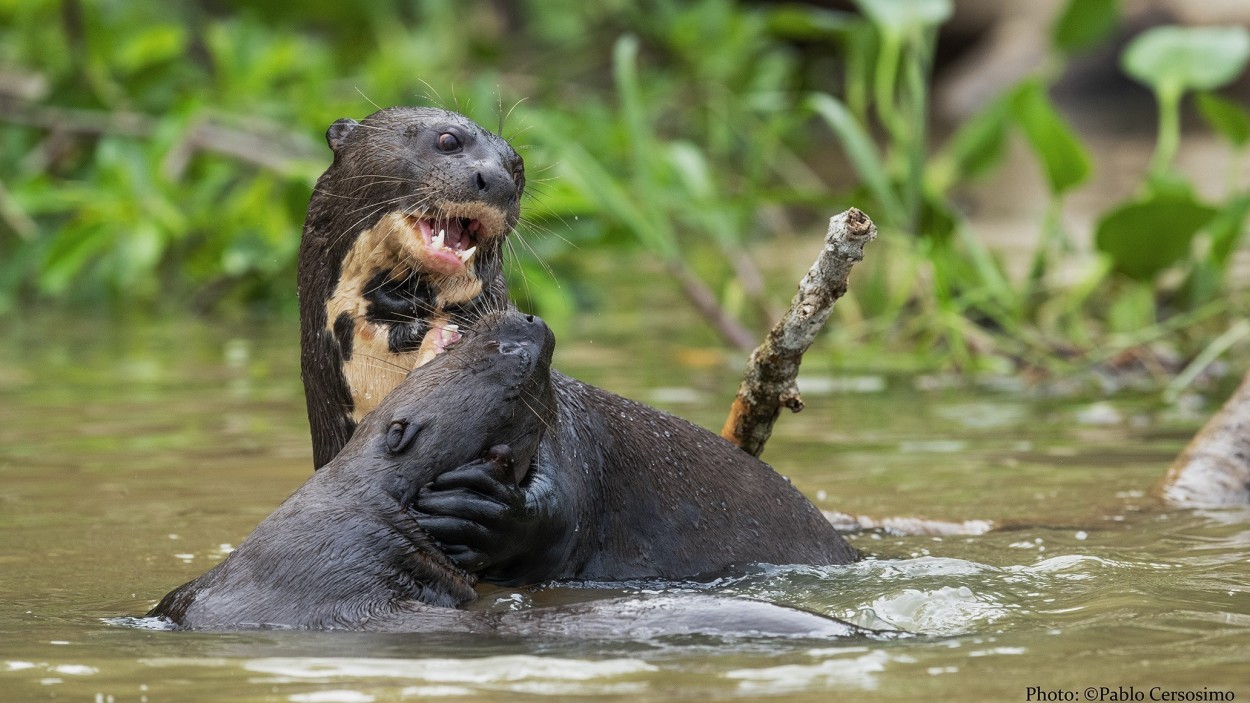
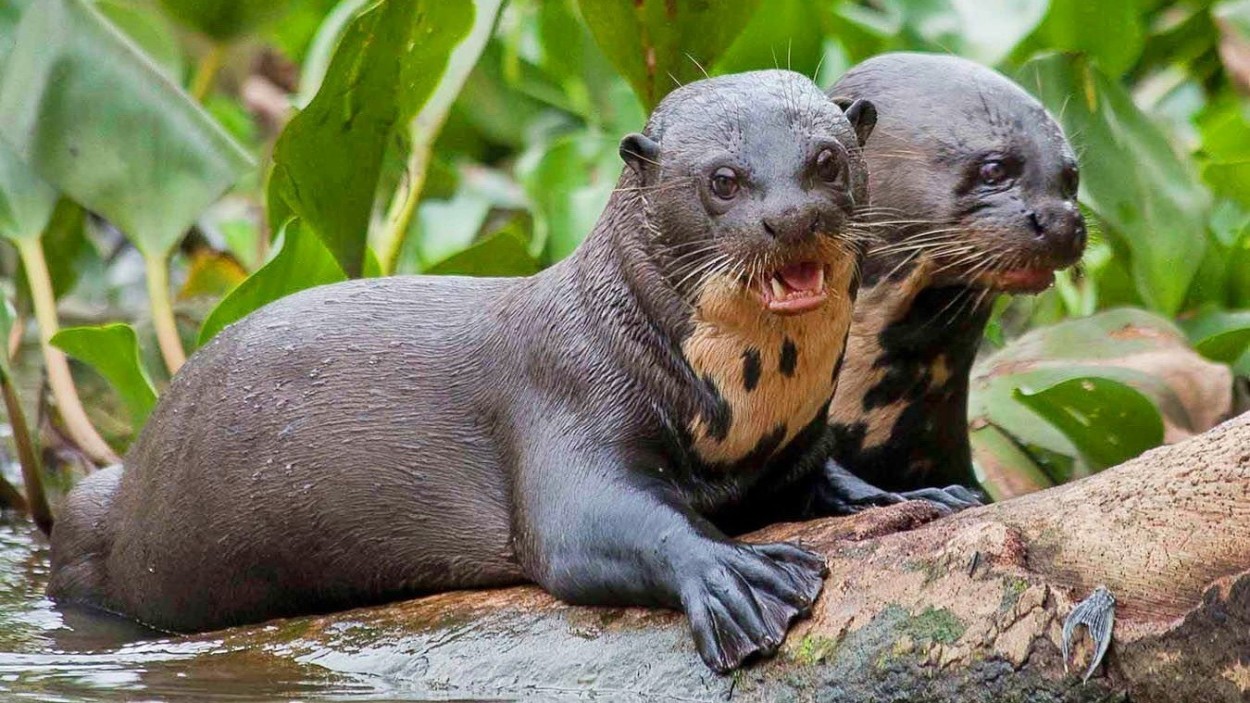
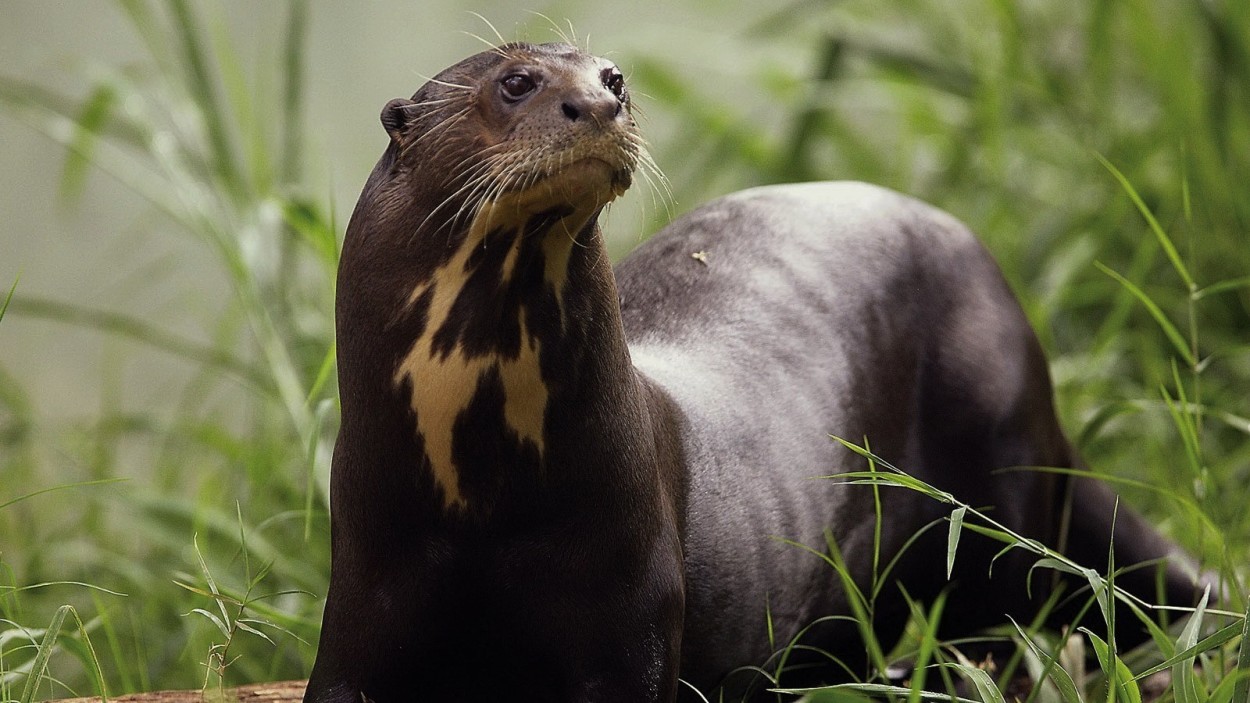
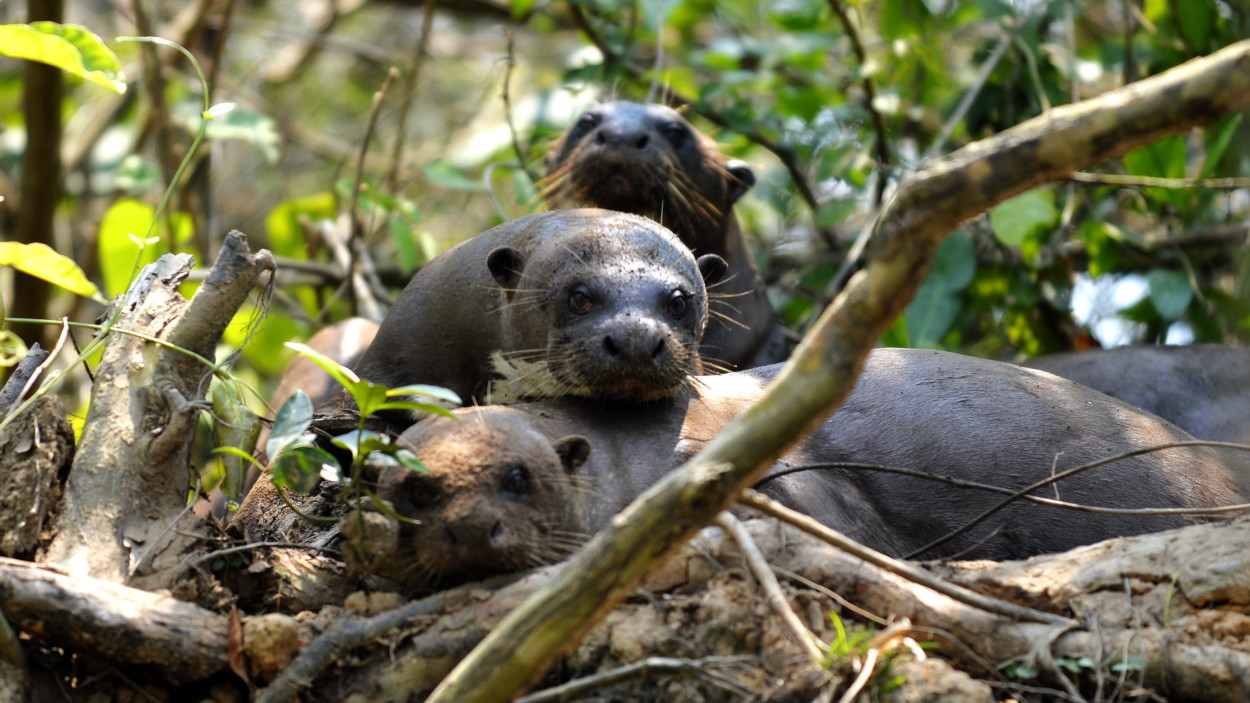
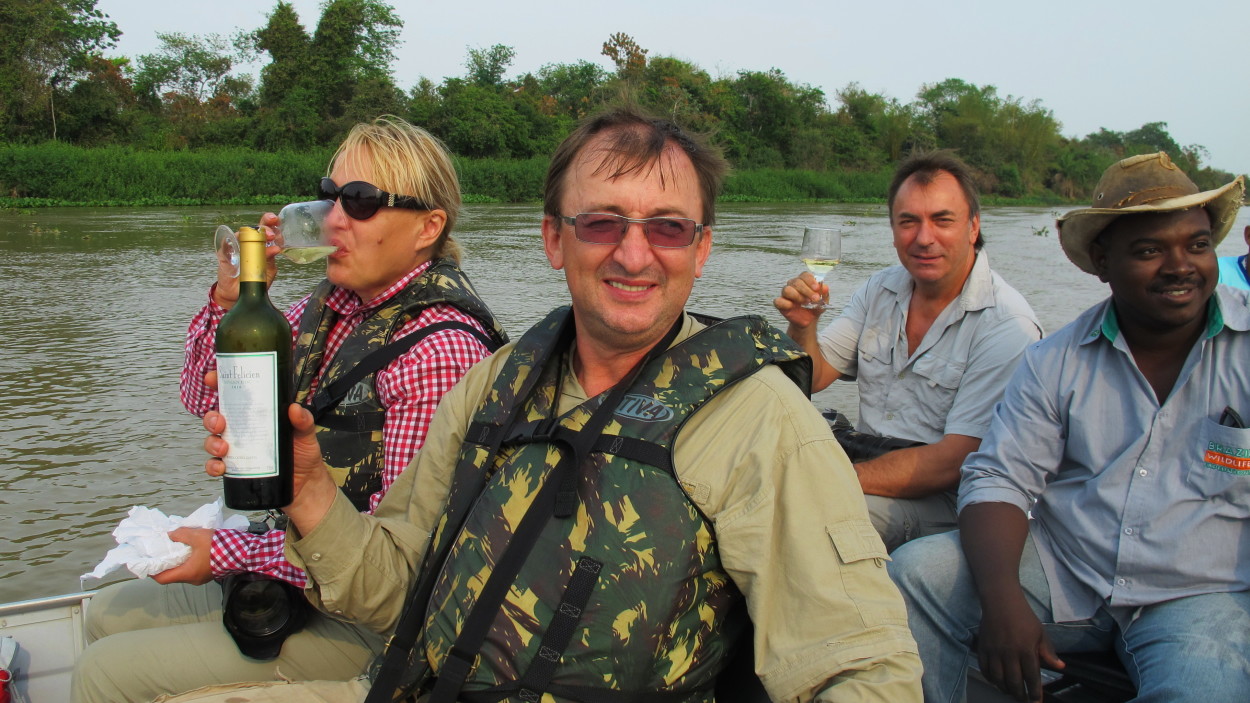
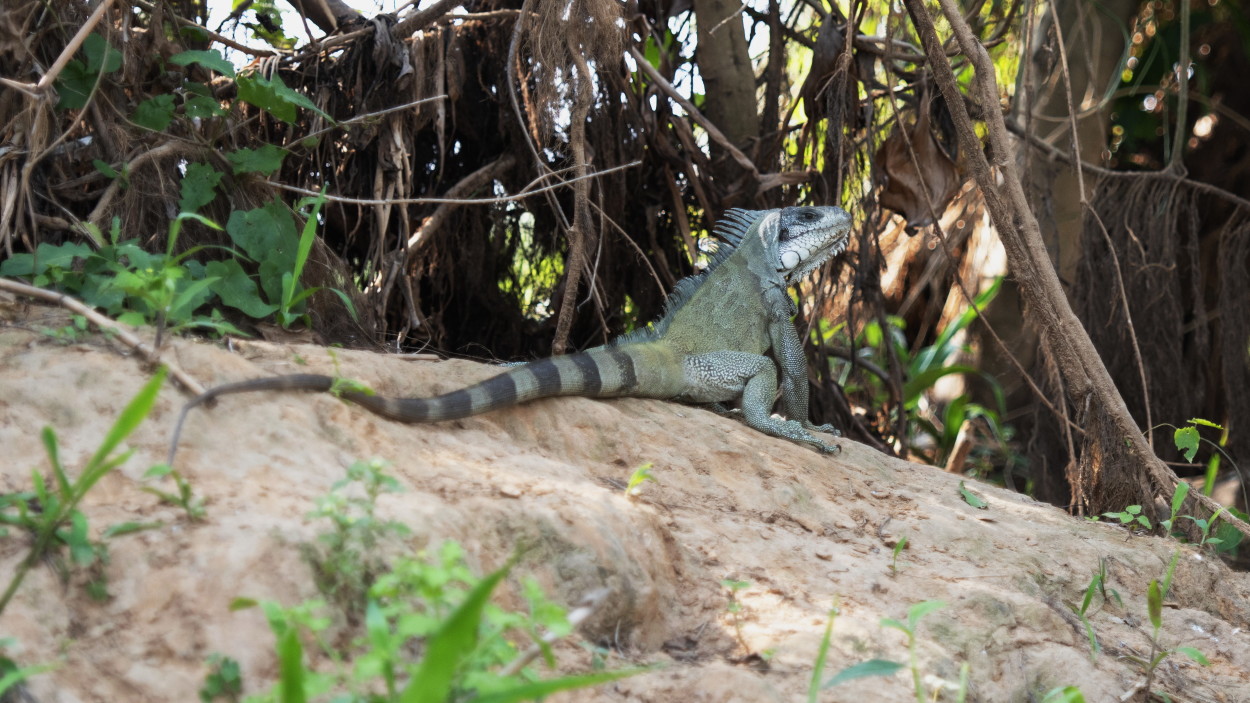
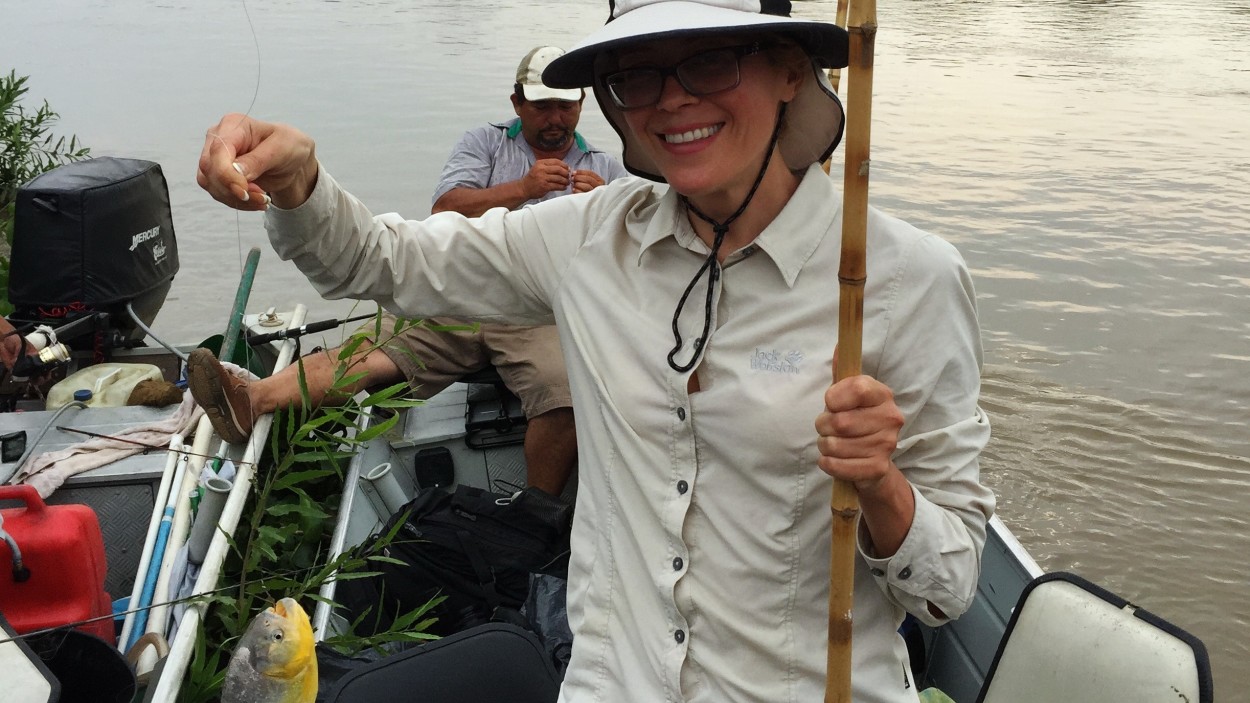

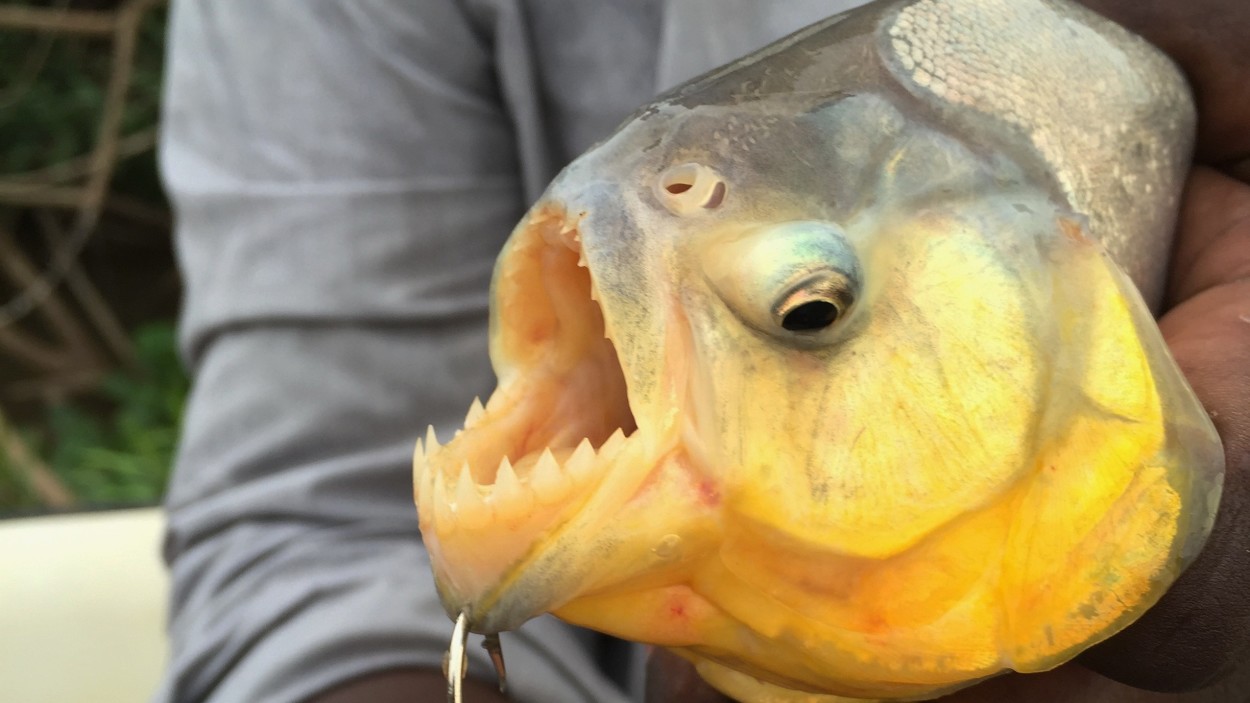
Comments
The post has no comments at the moment.
Leave Comment